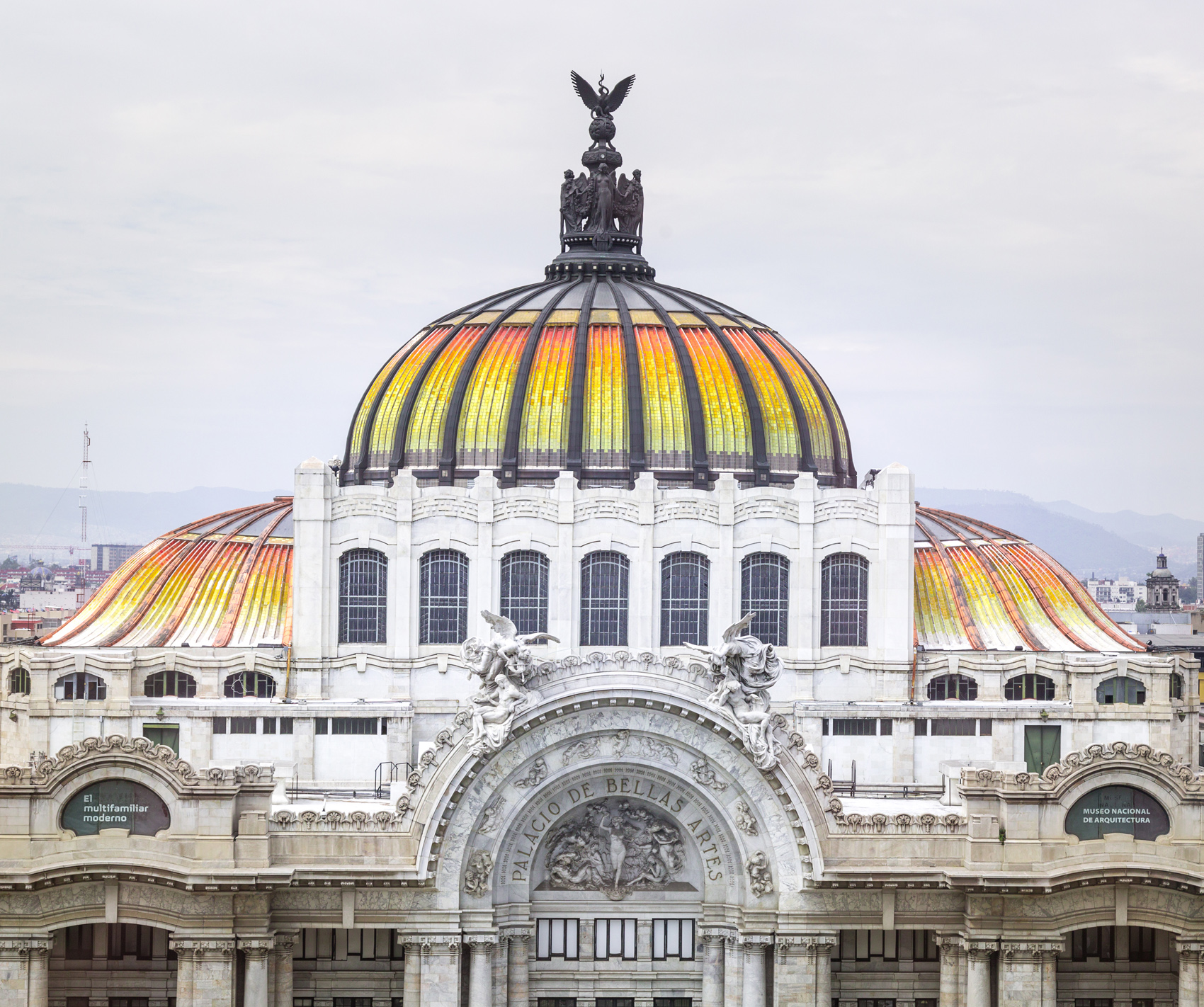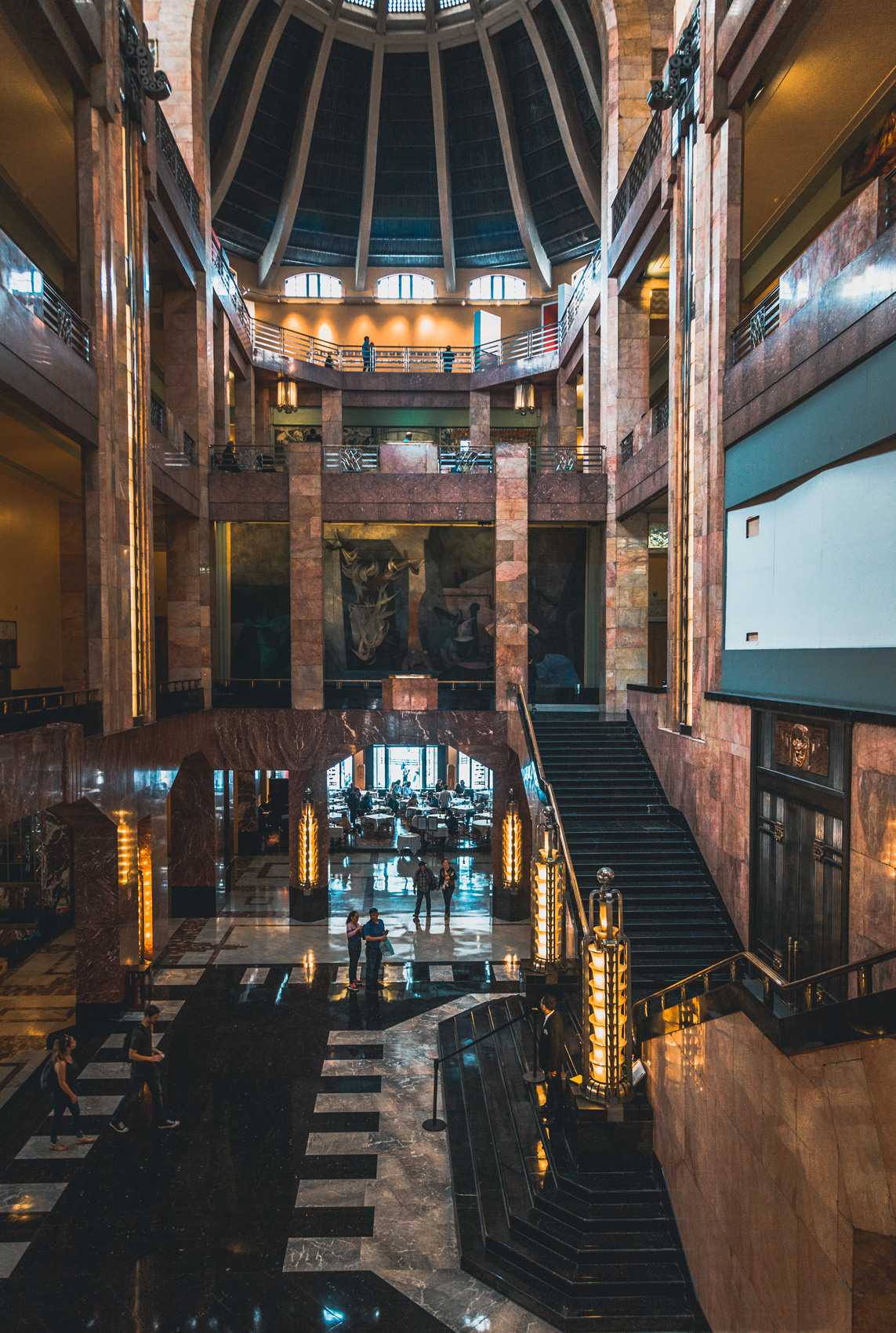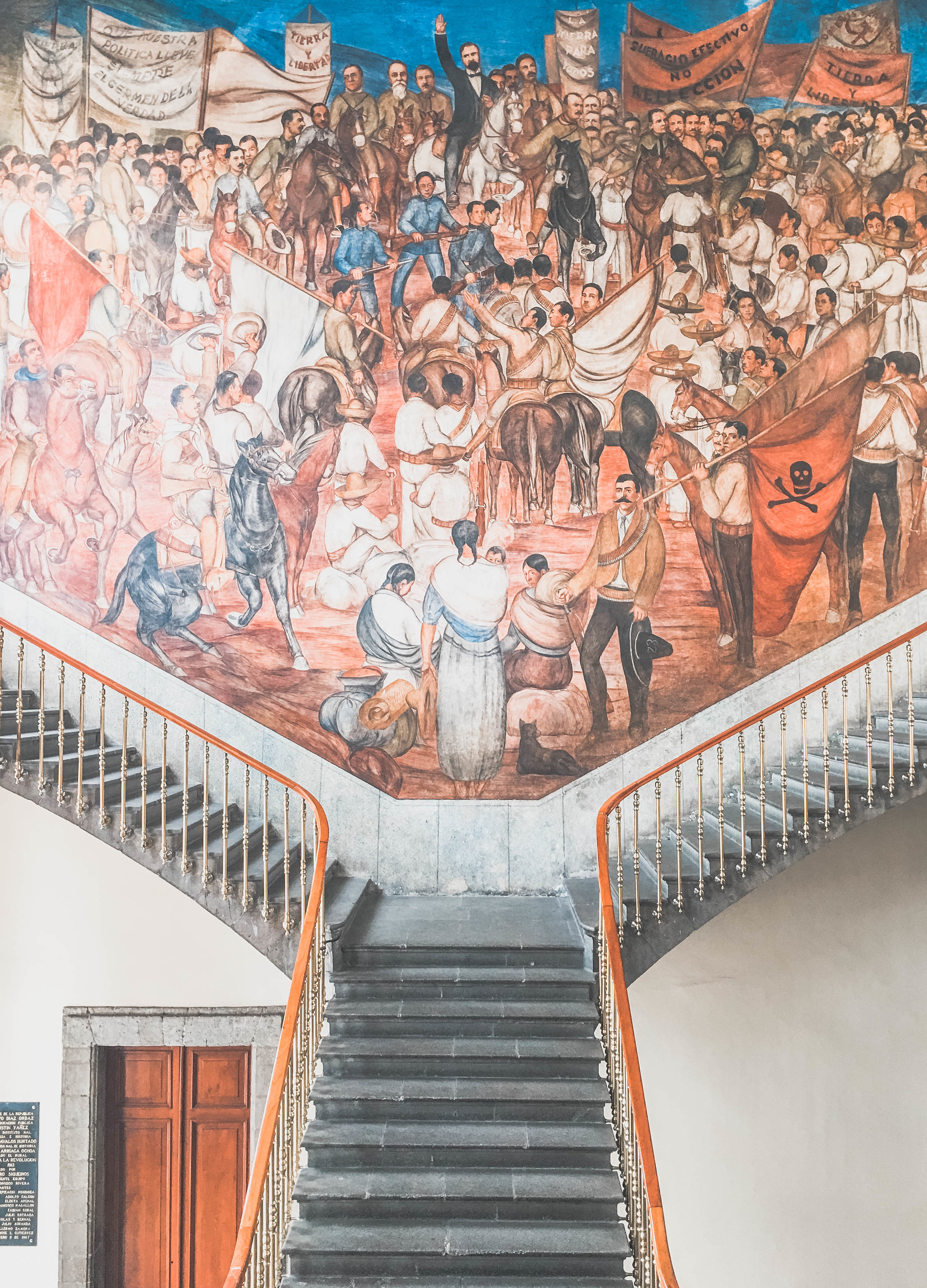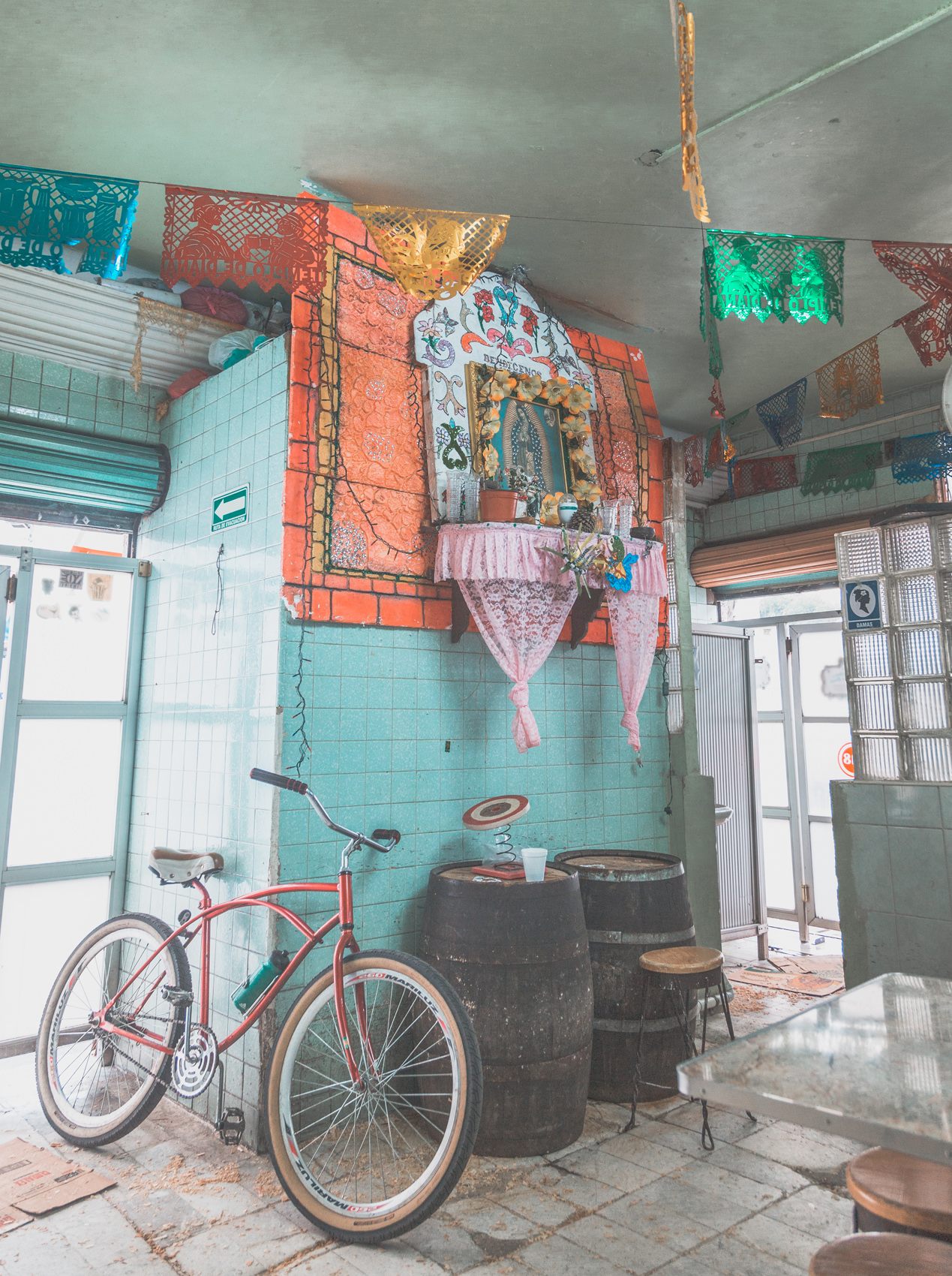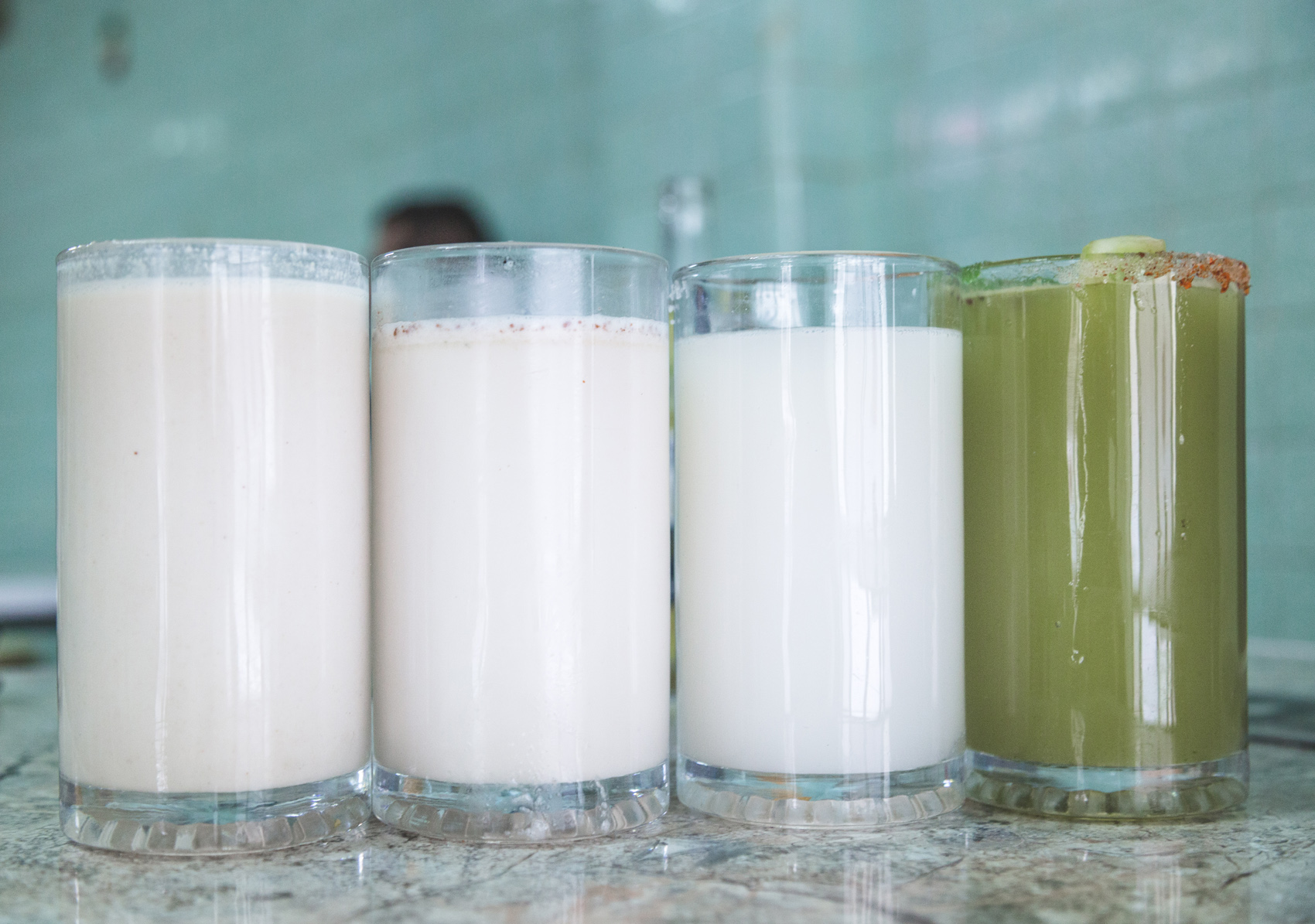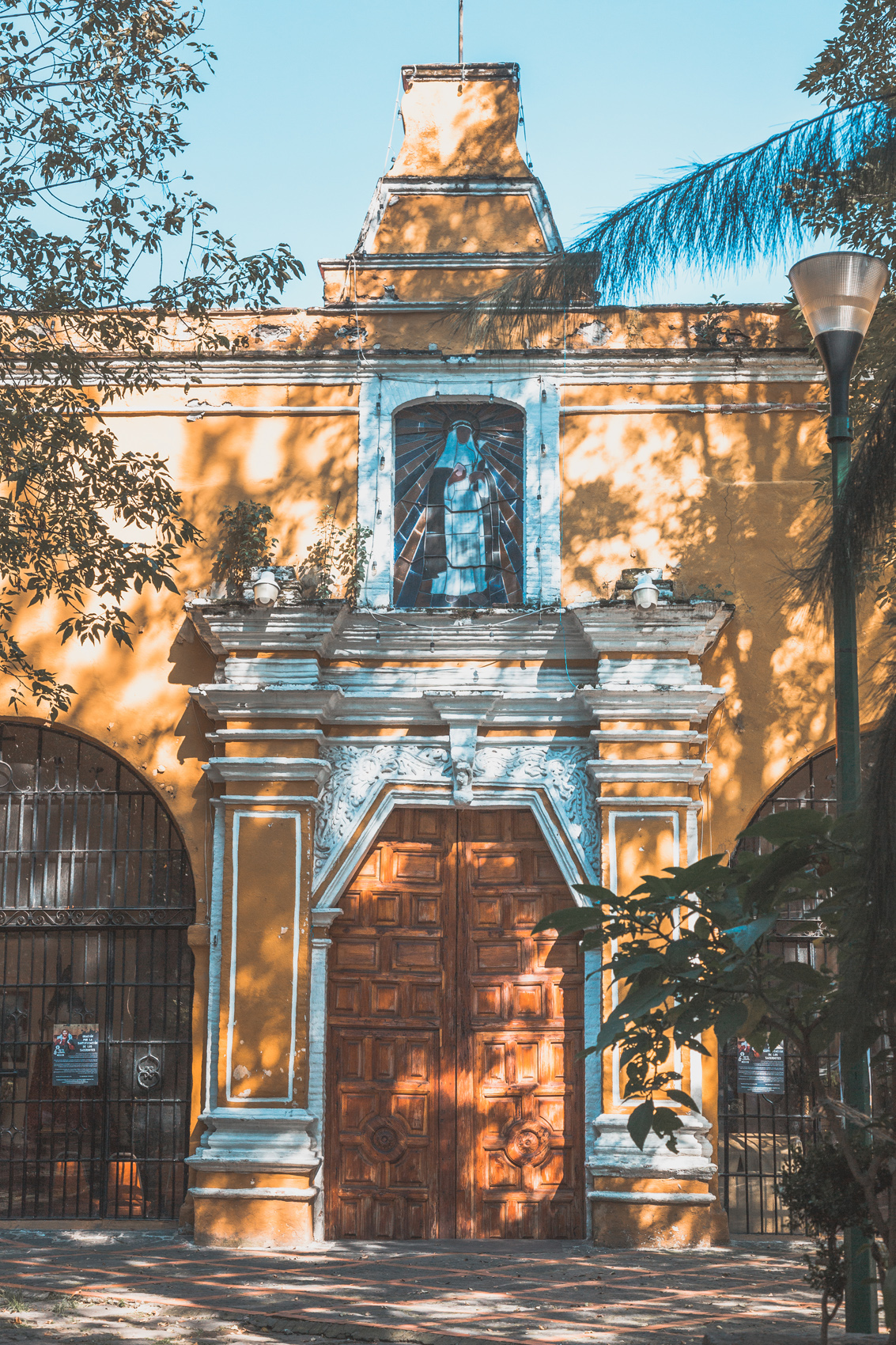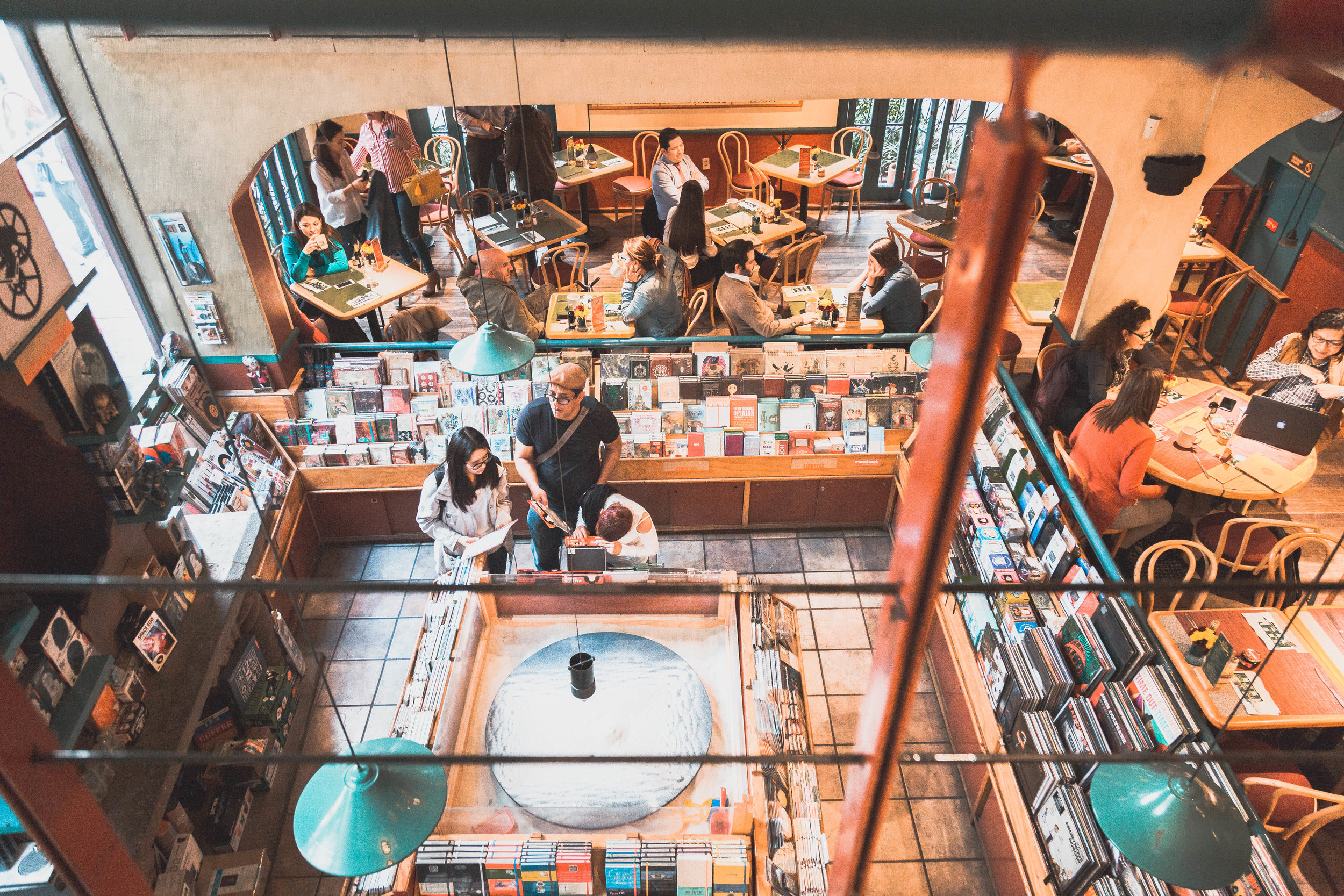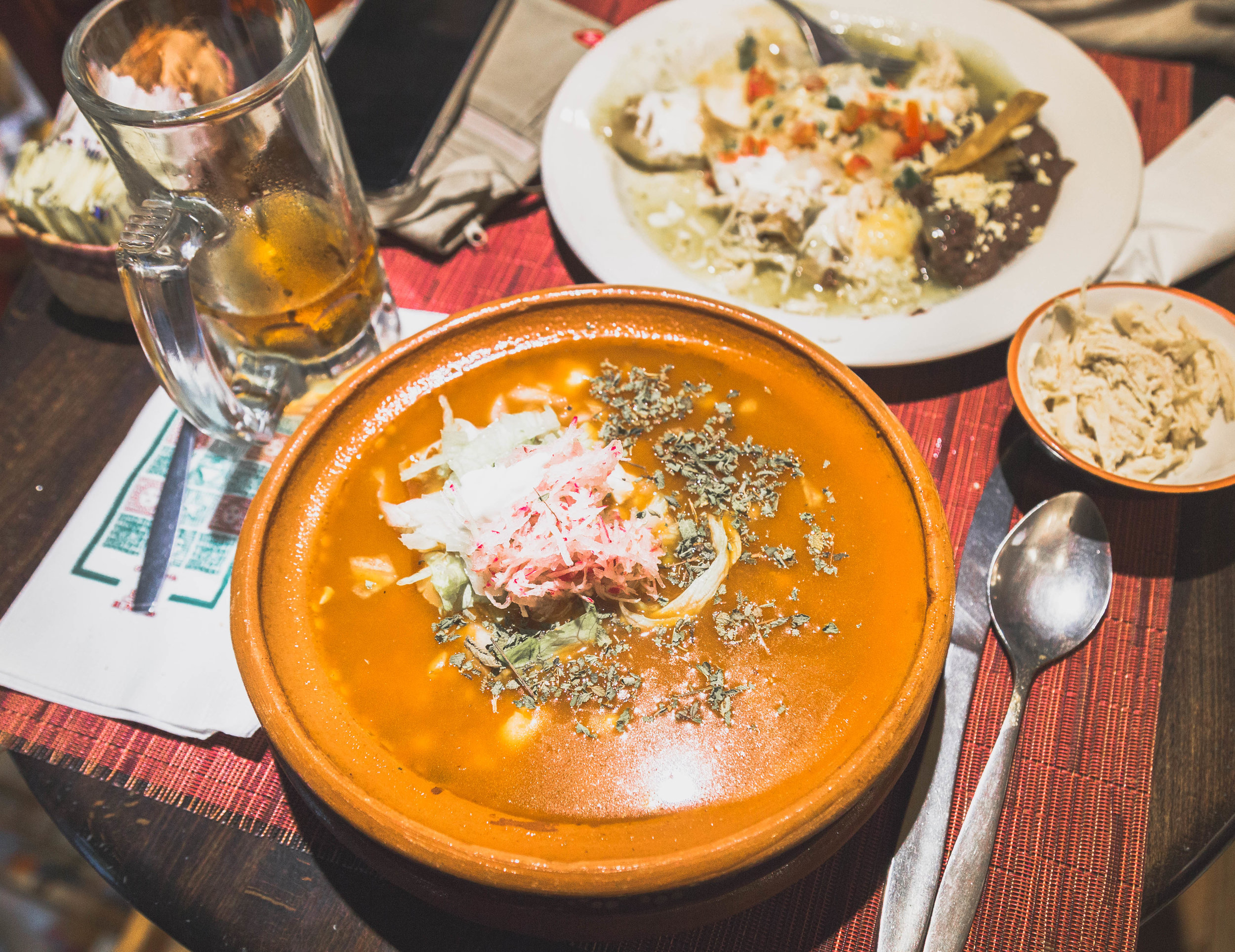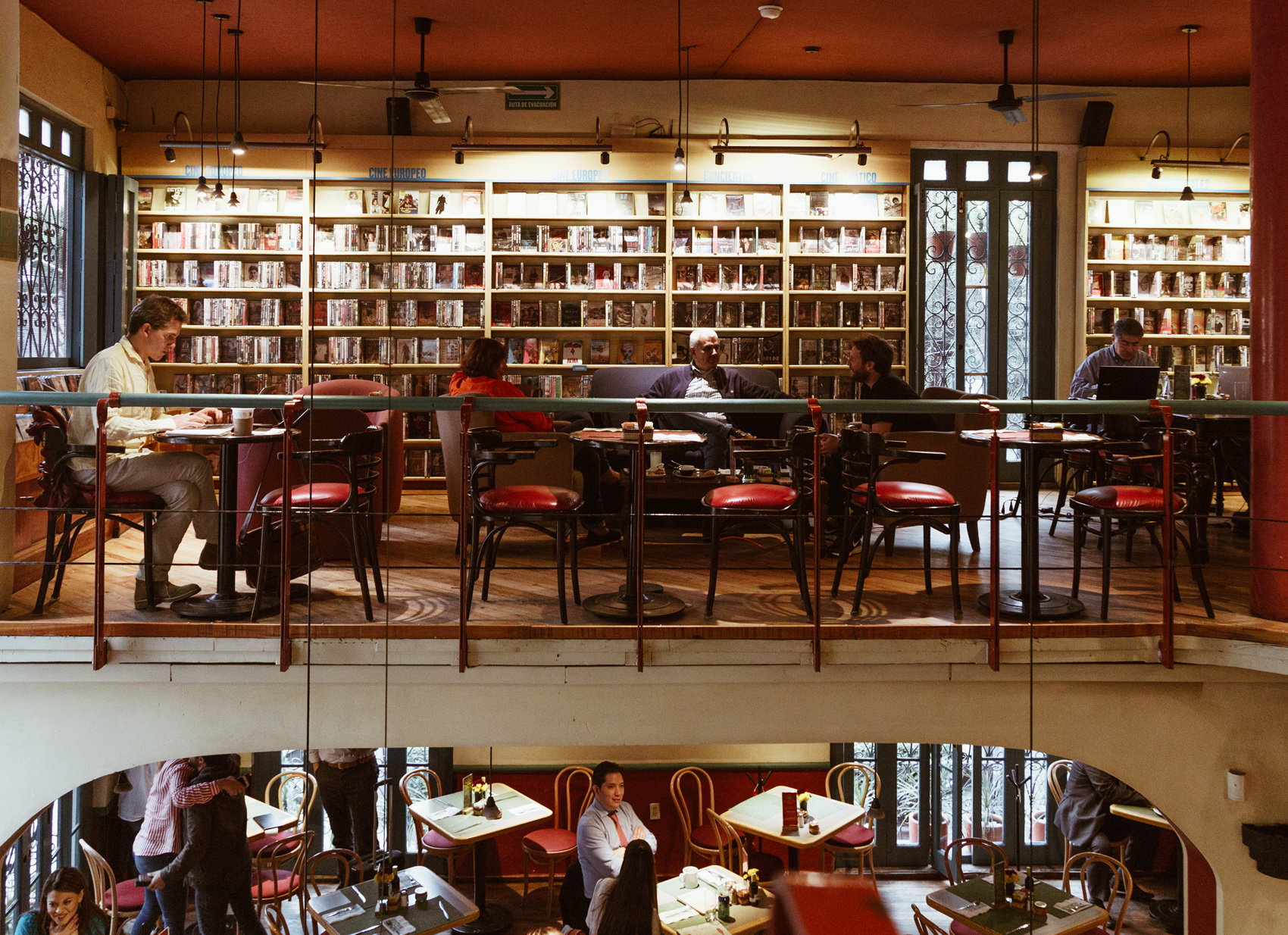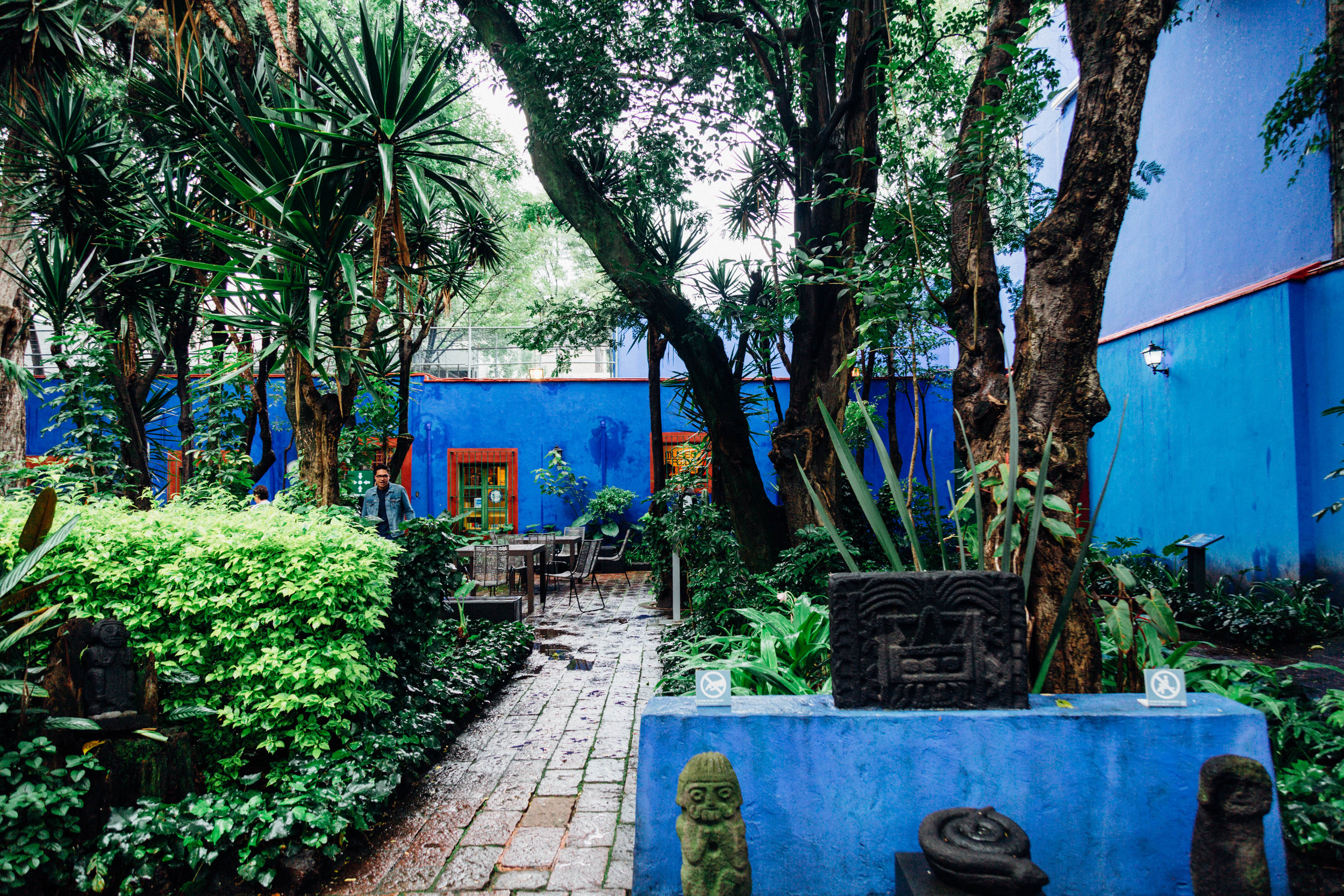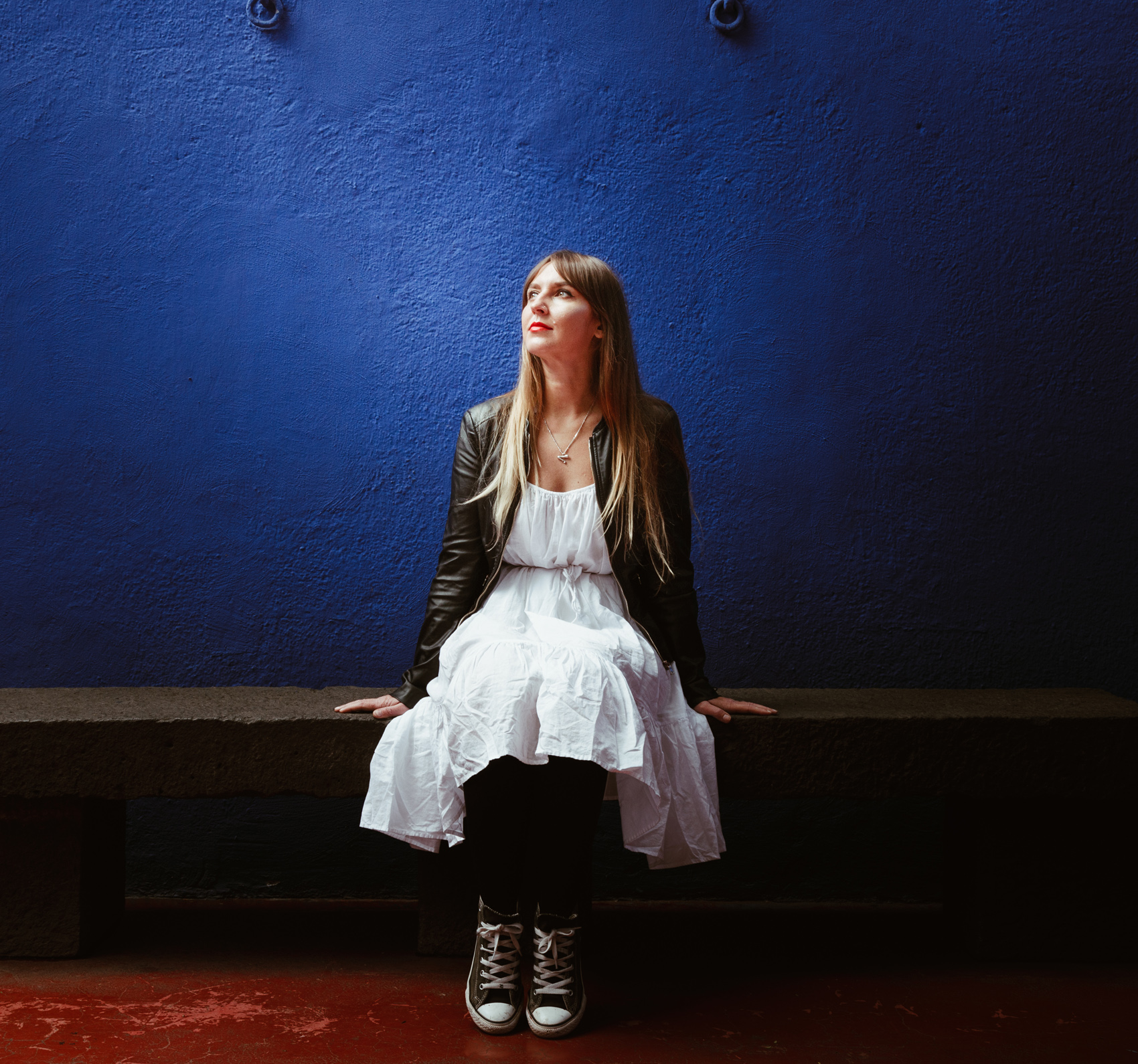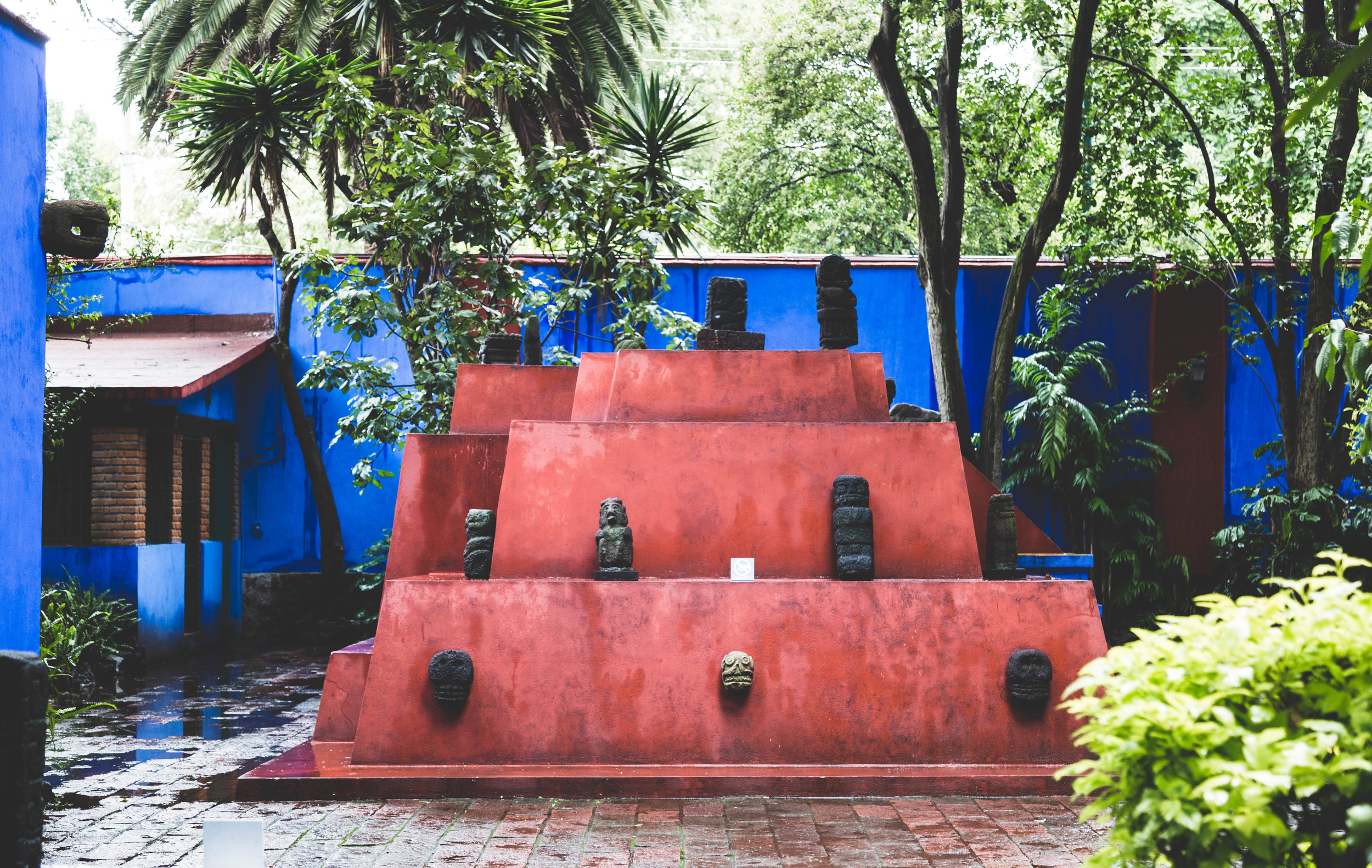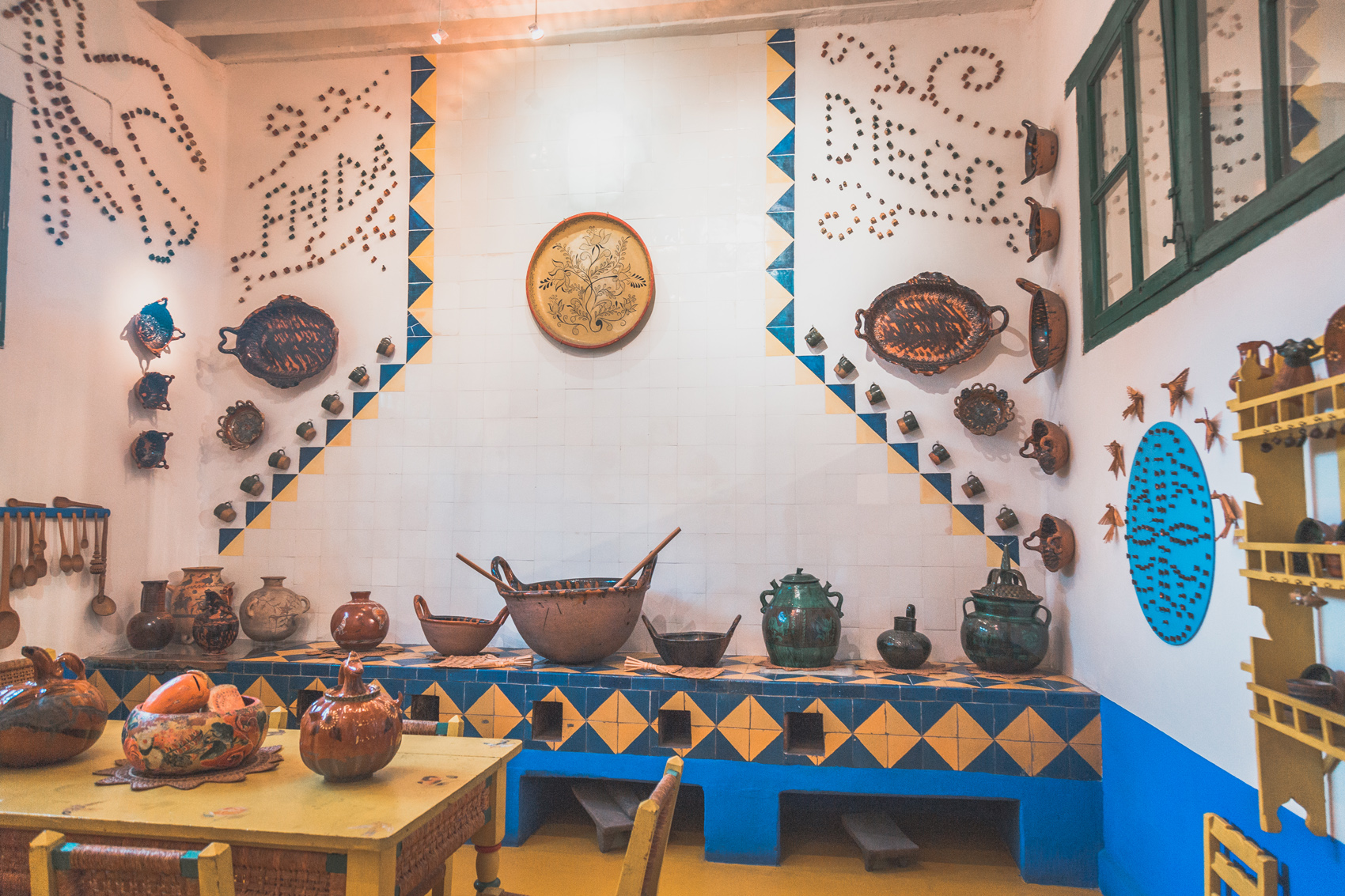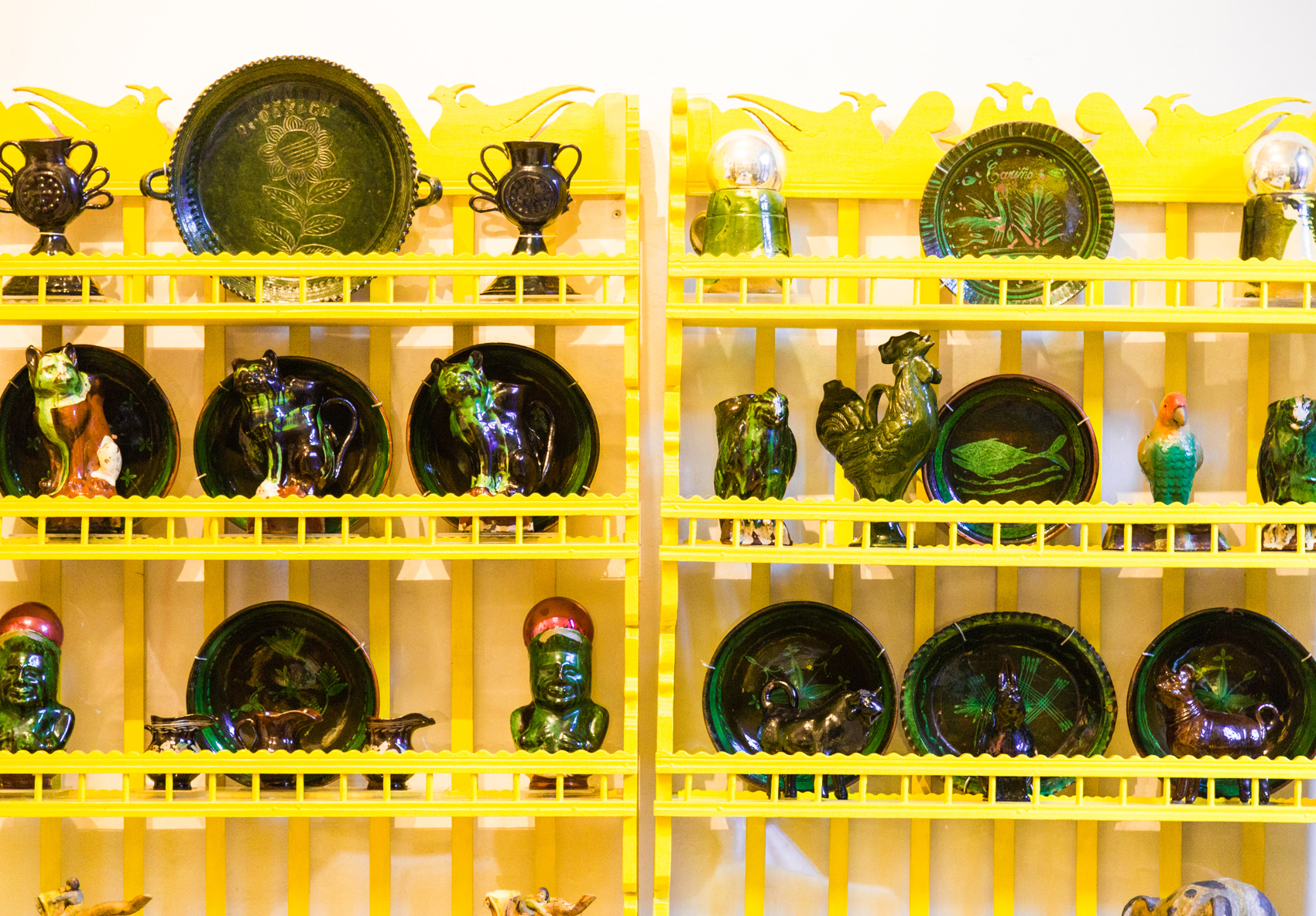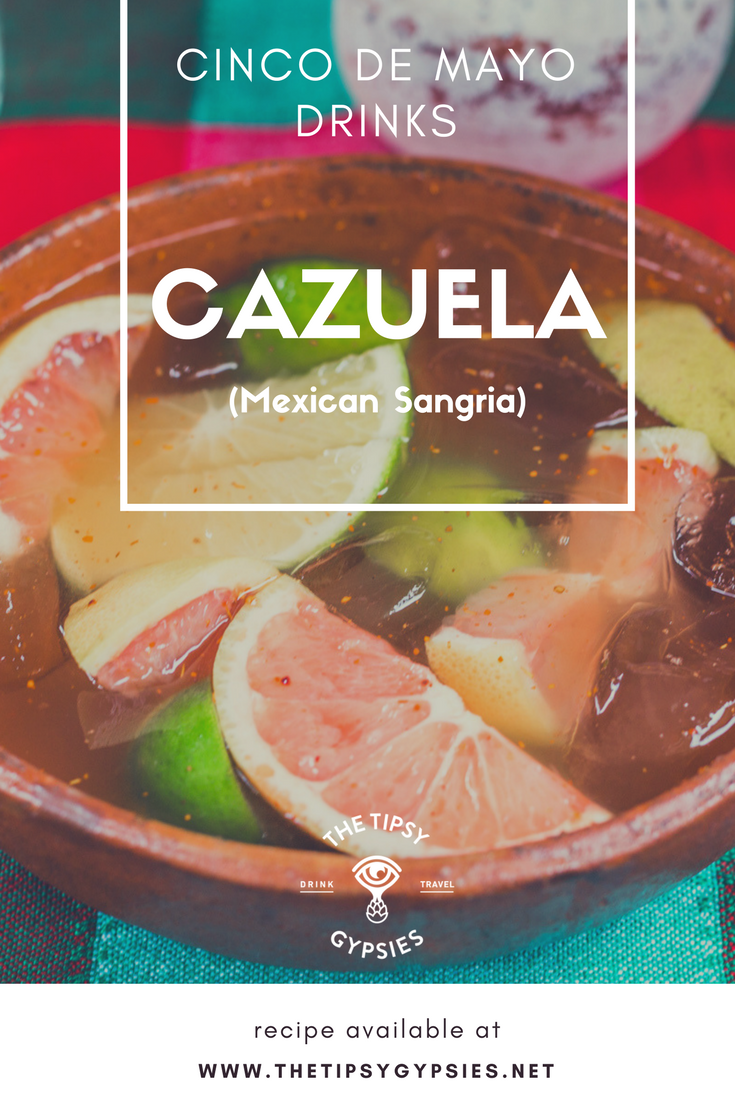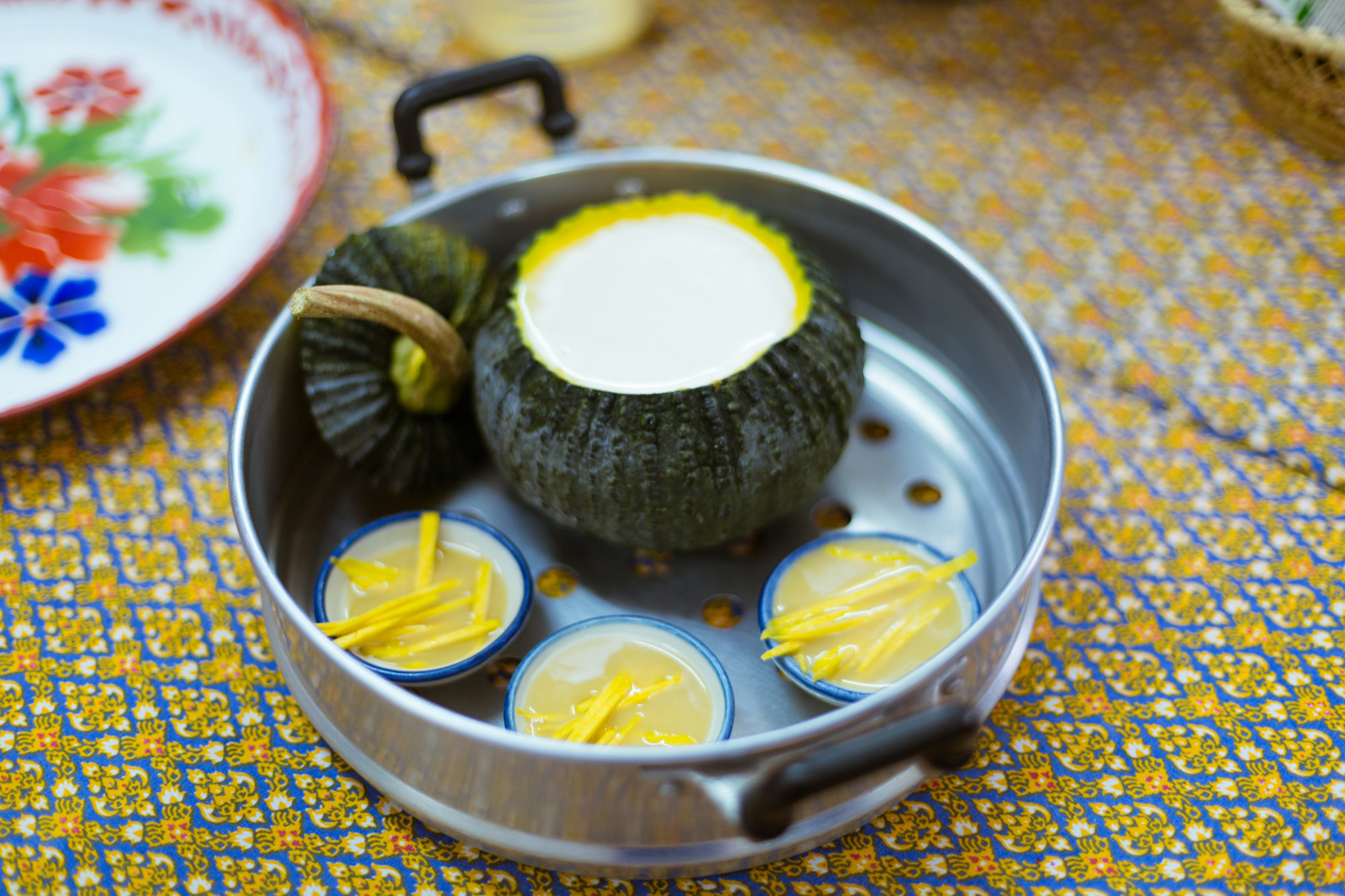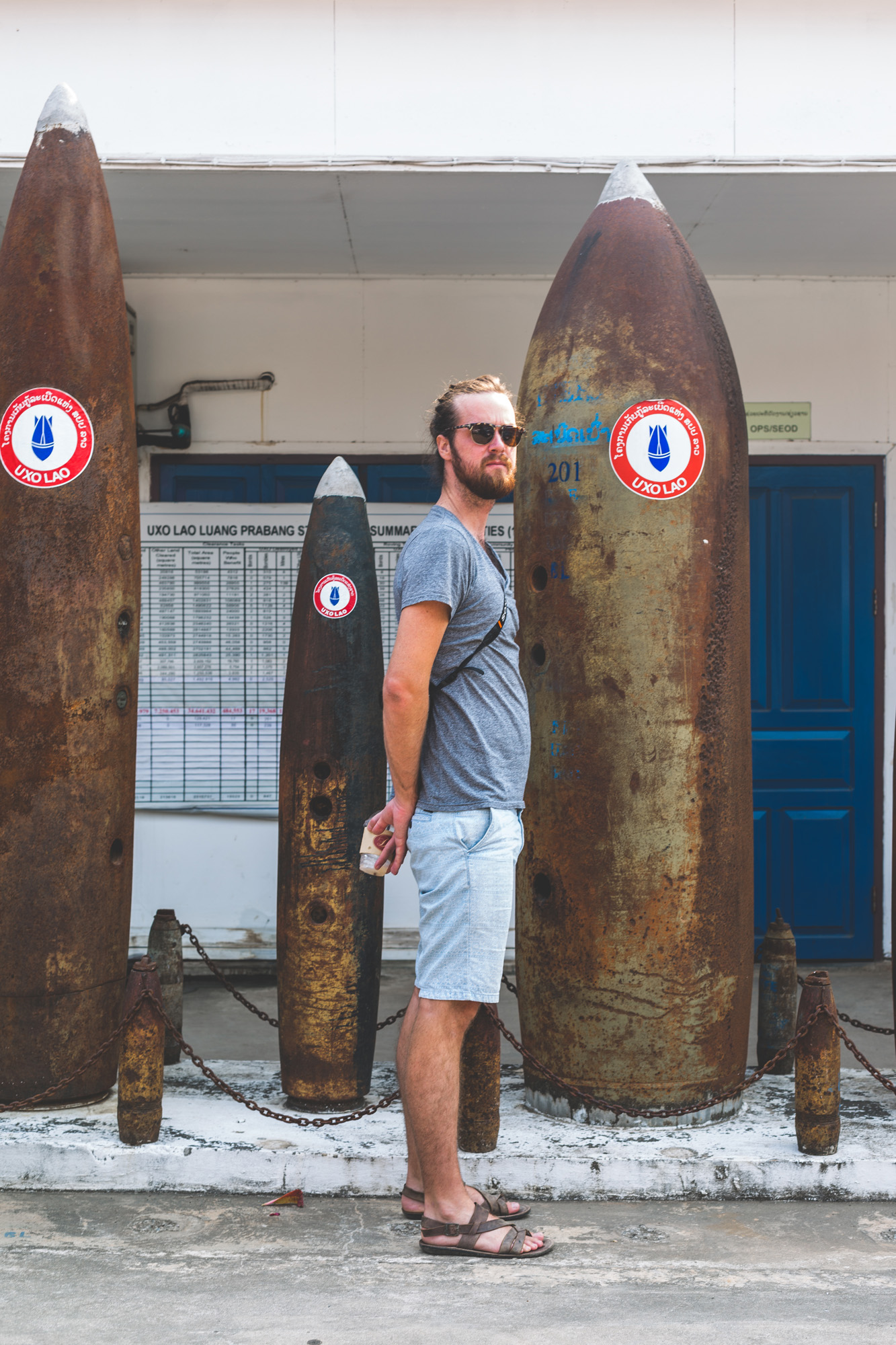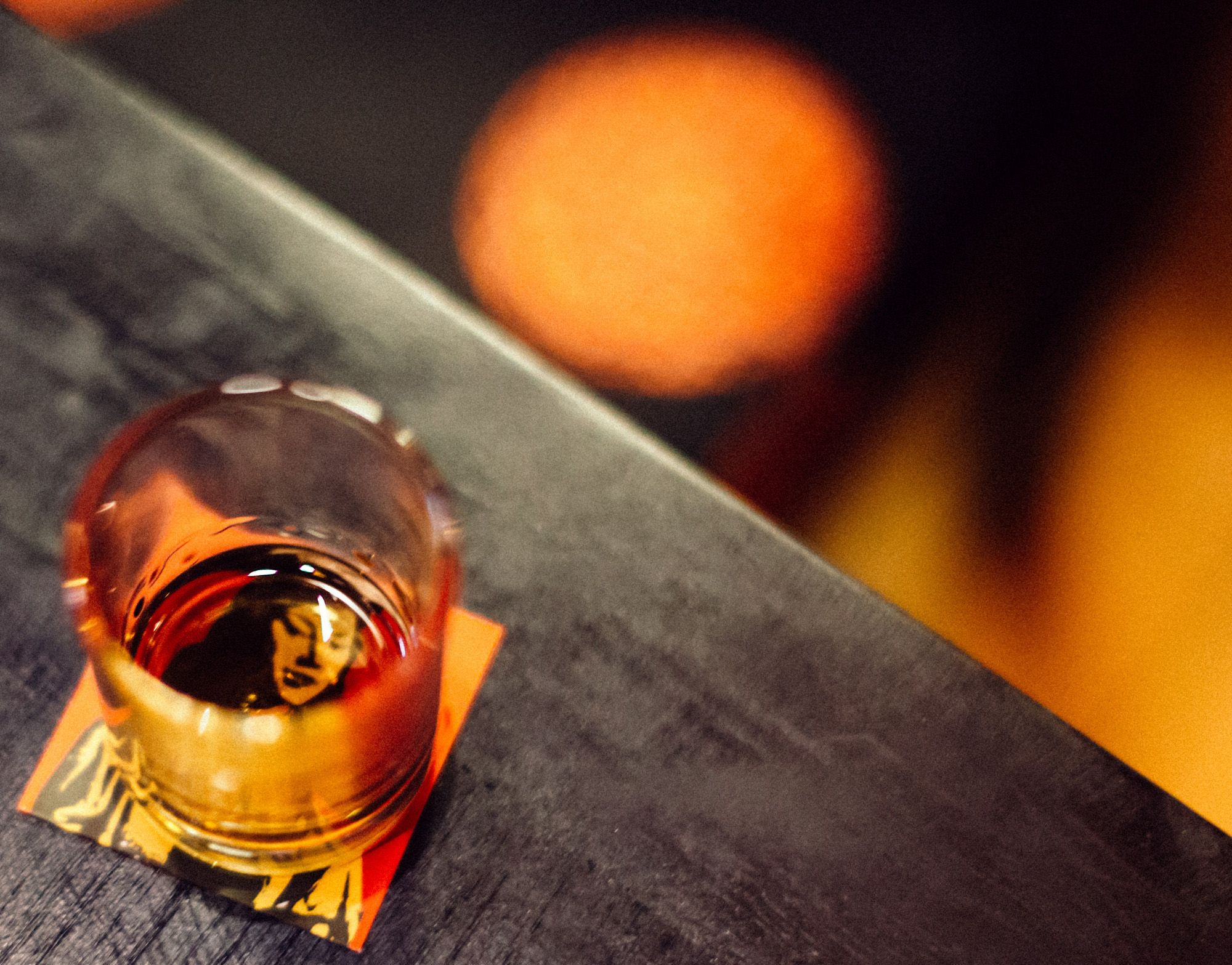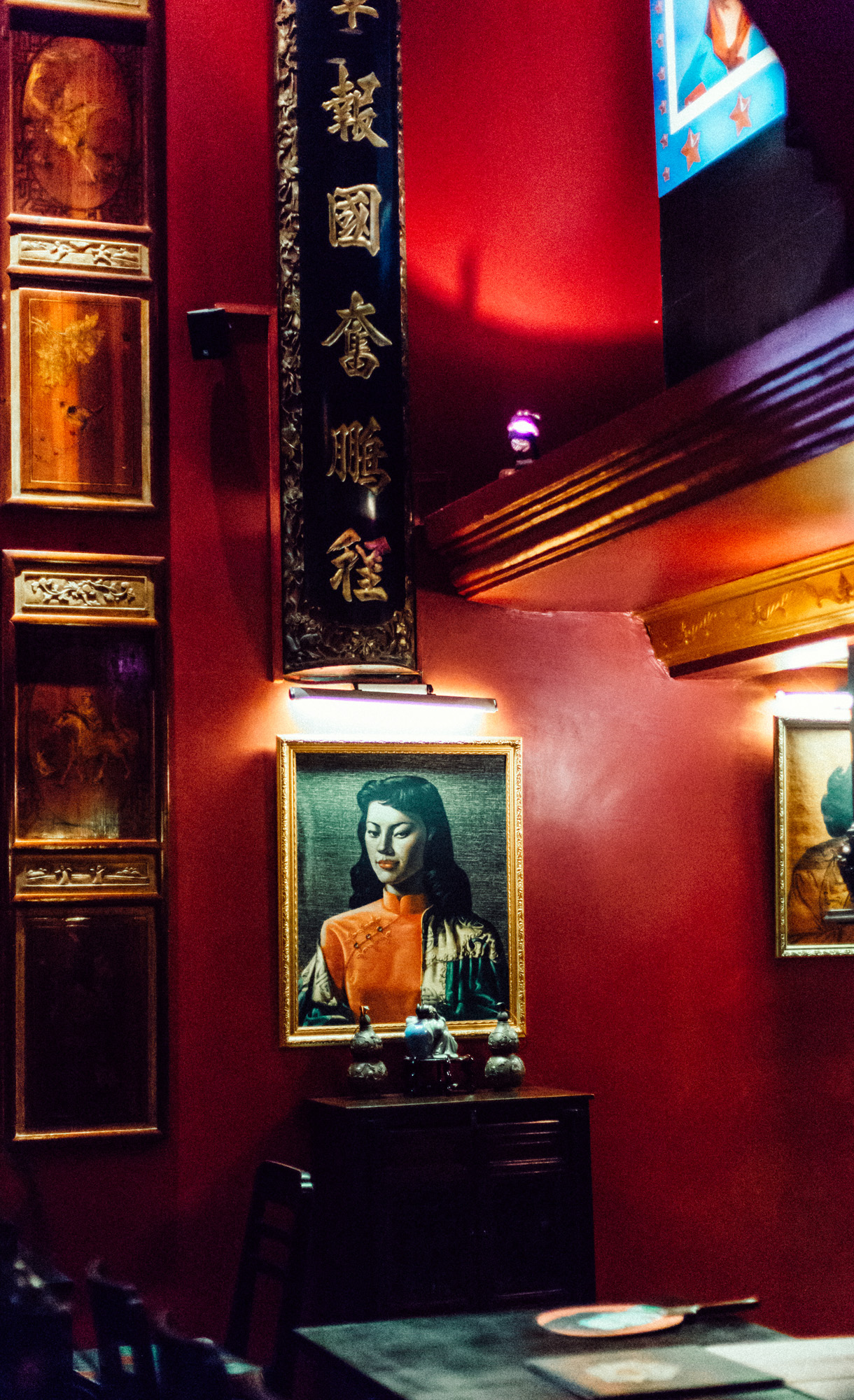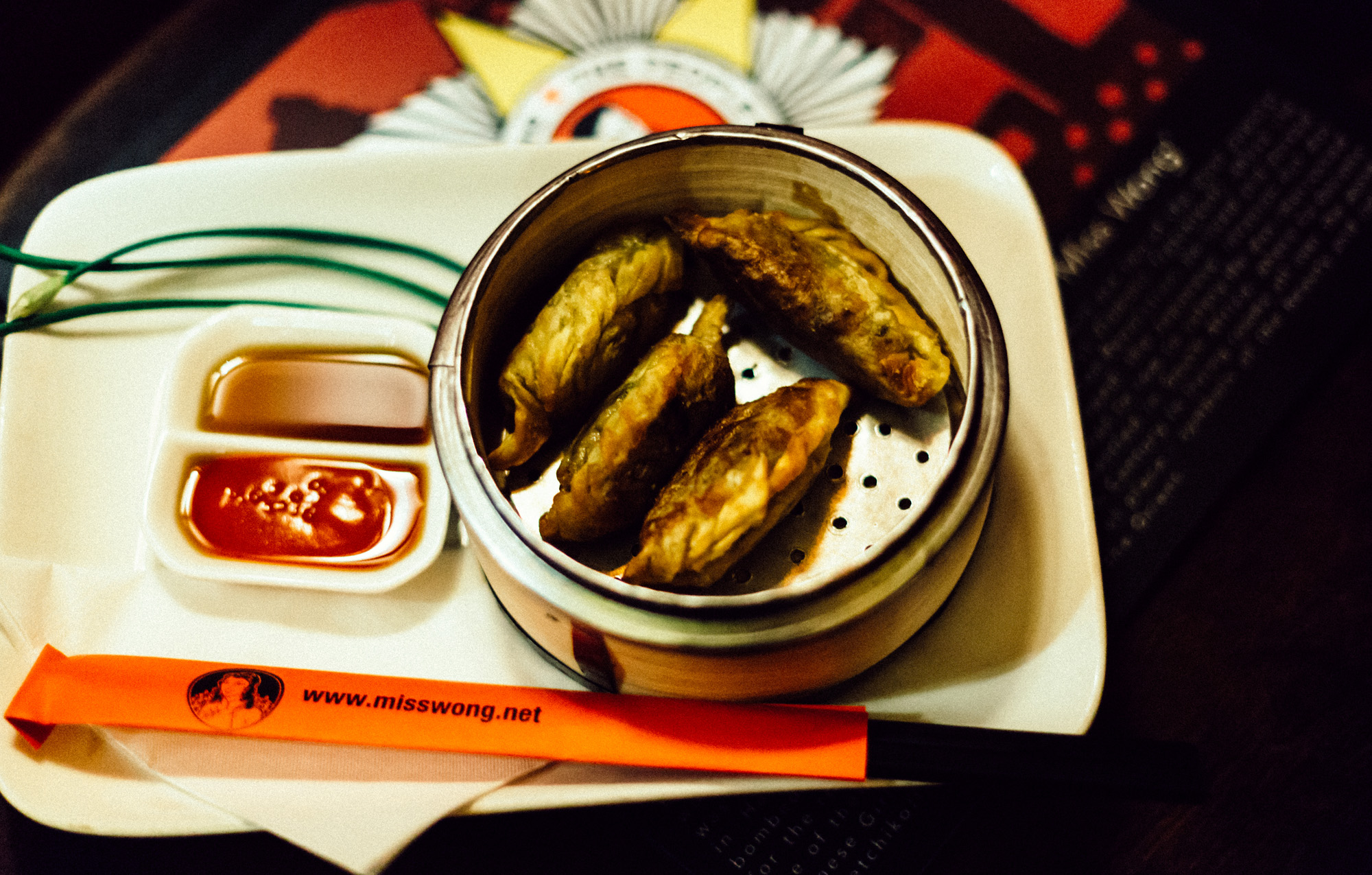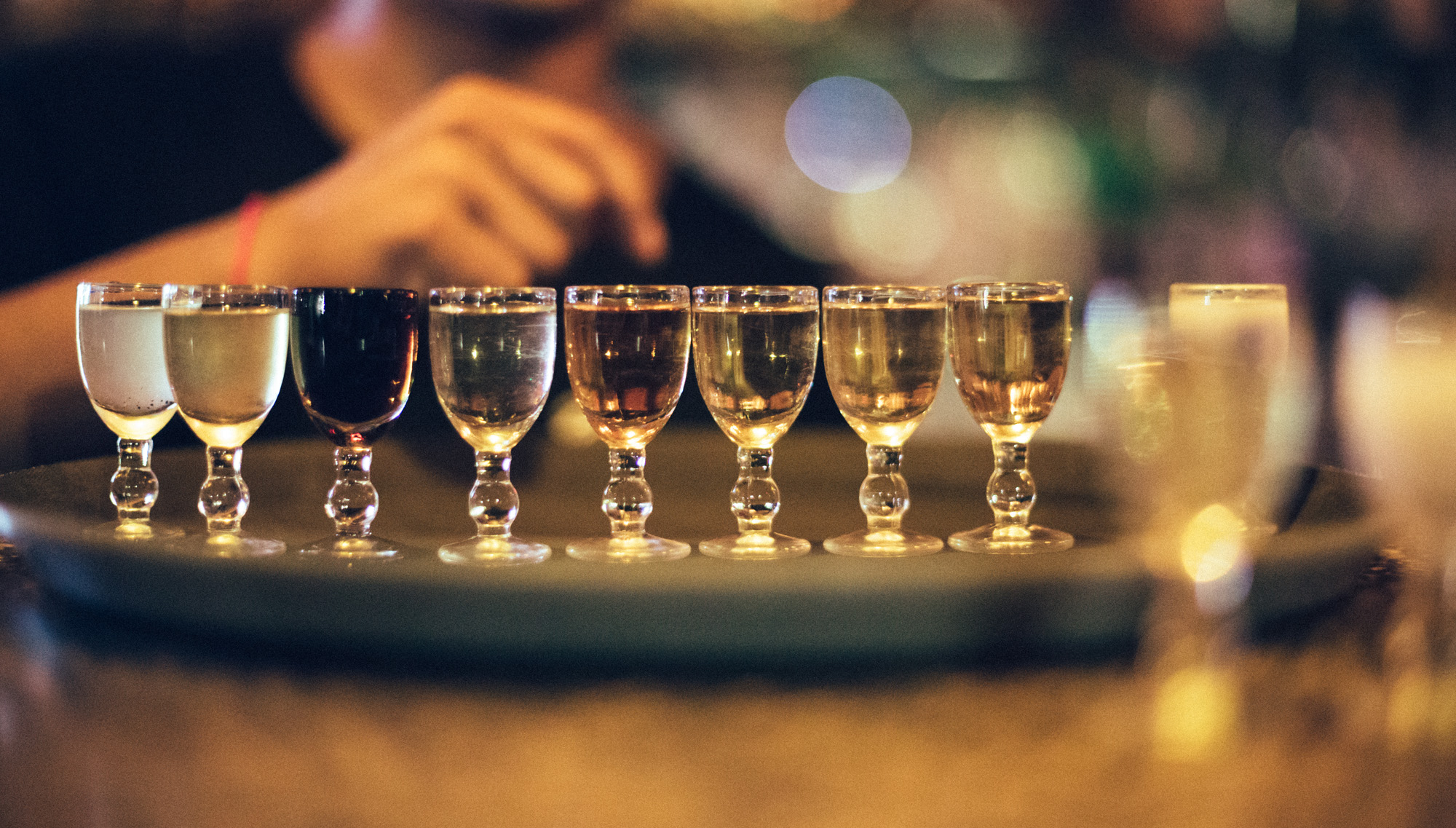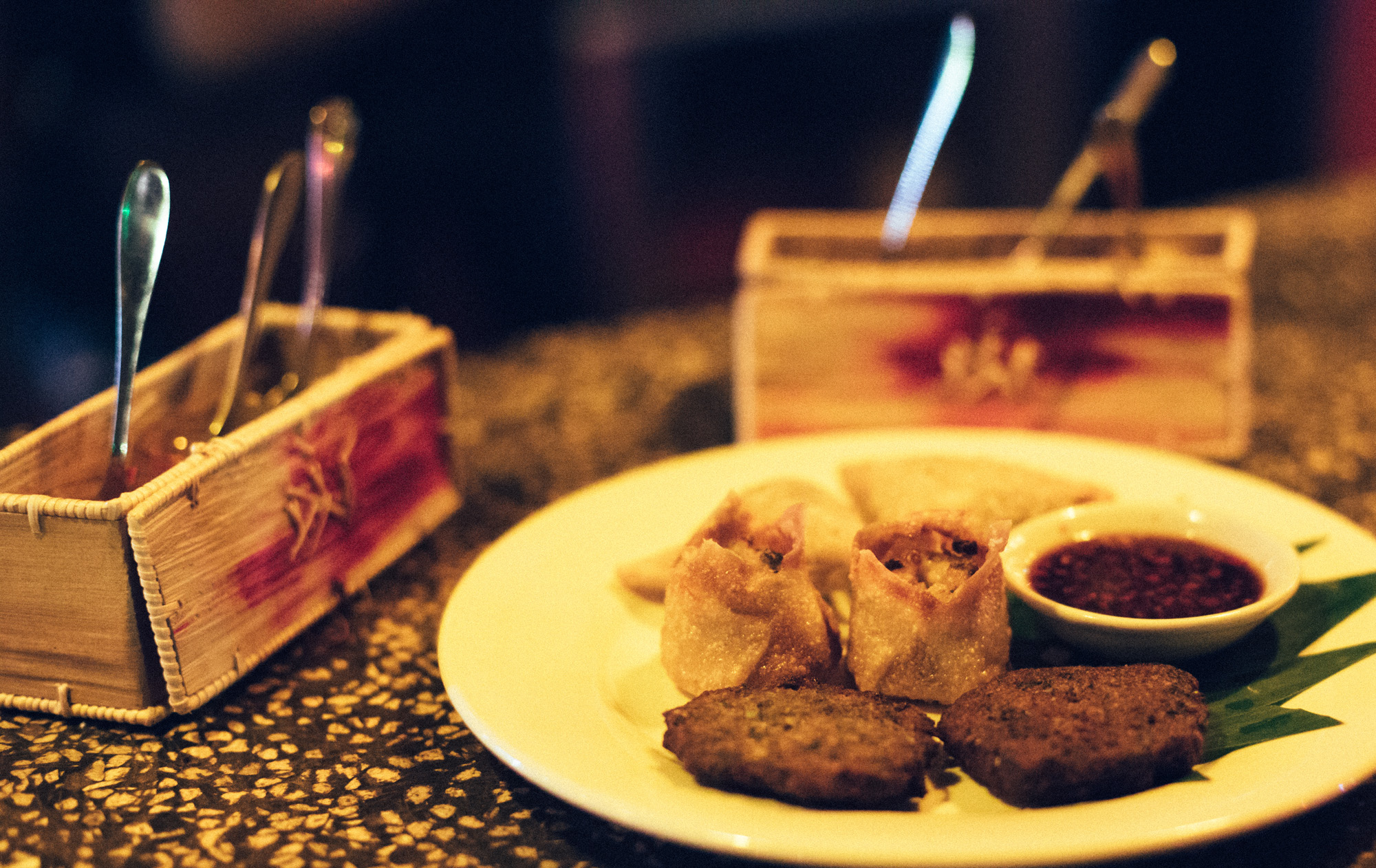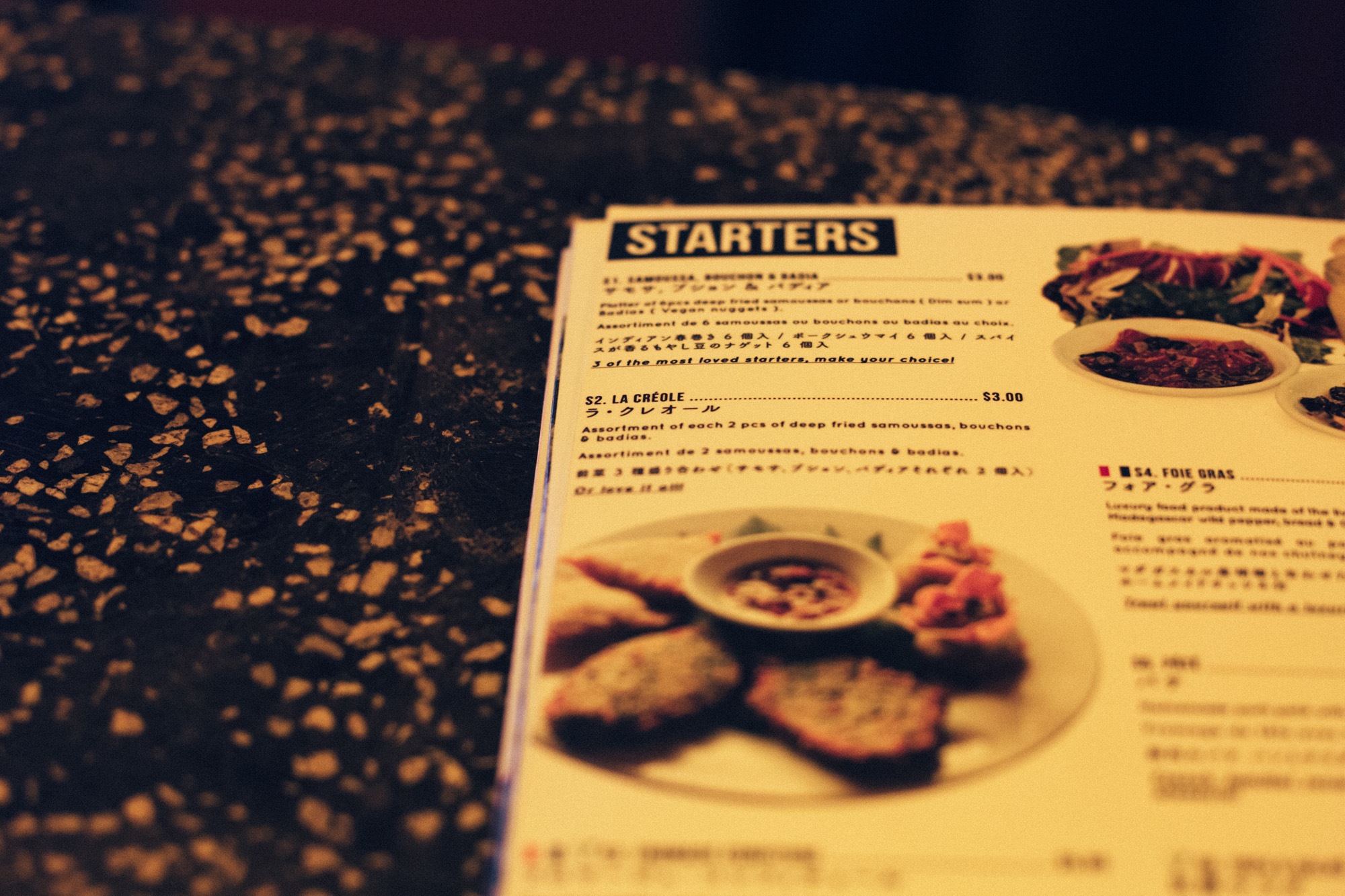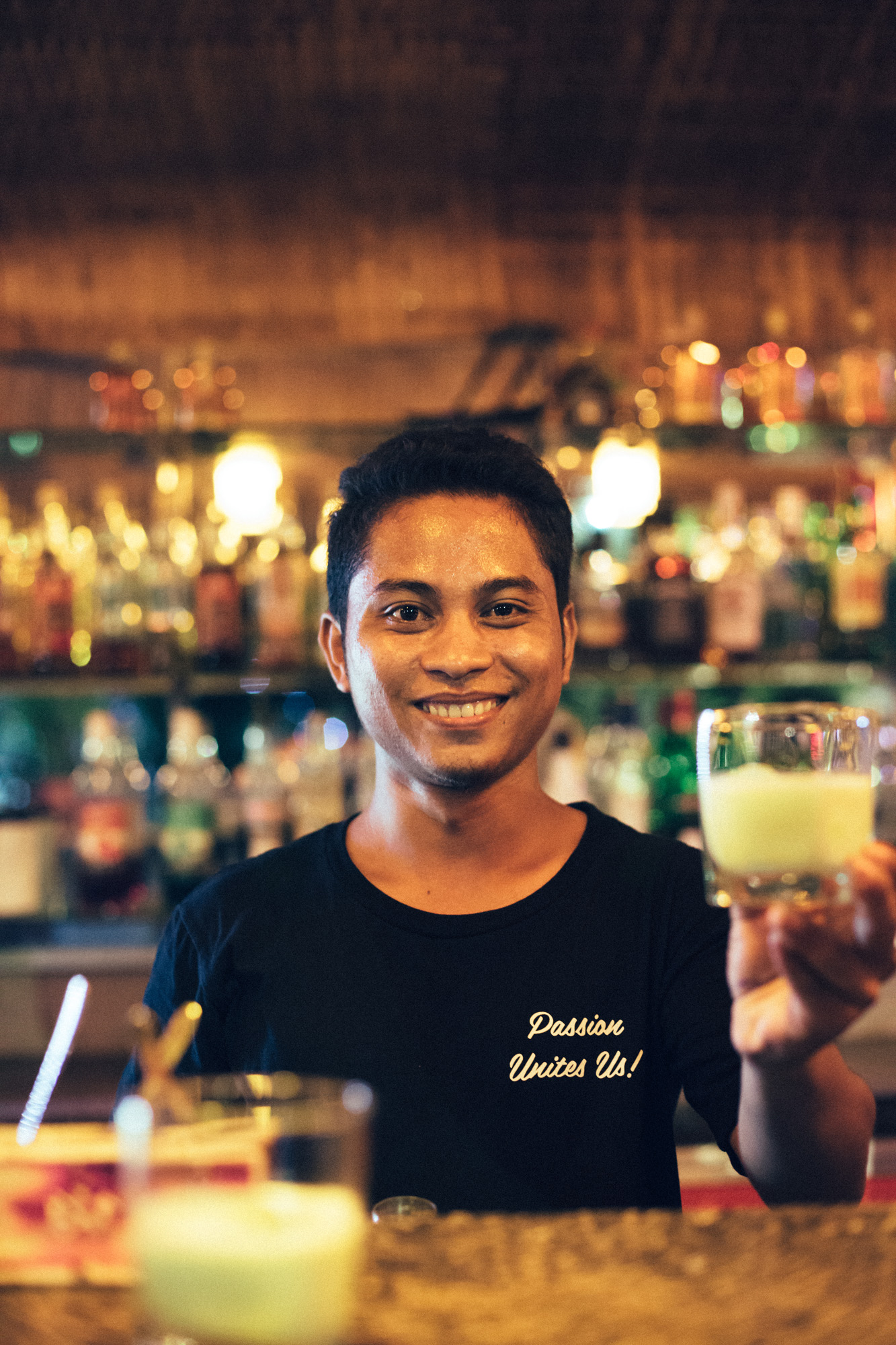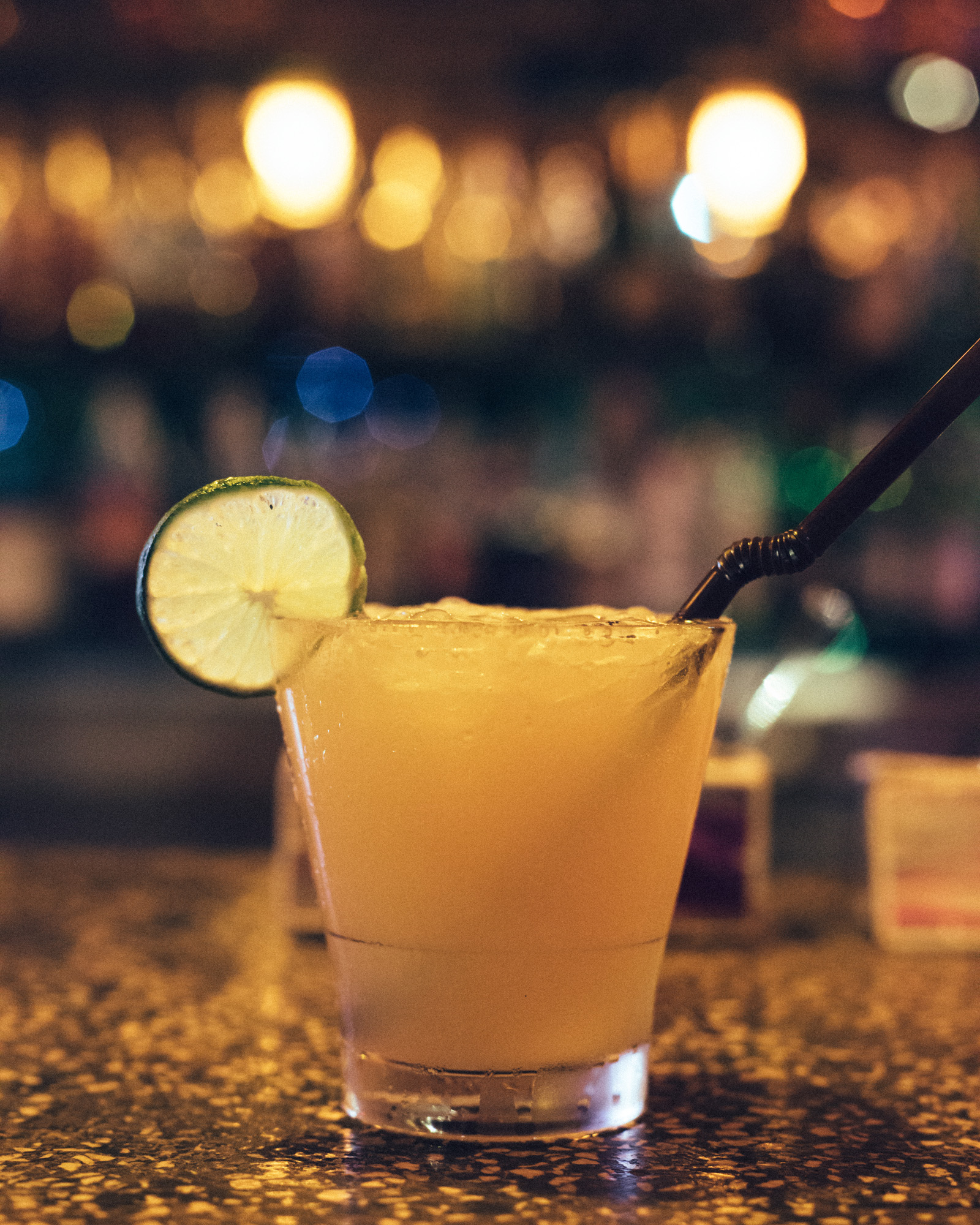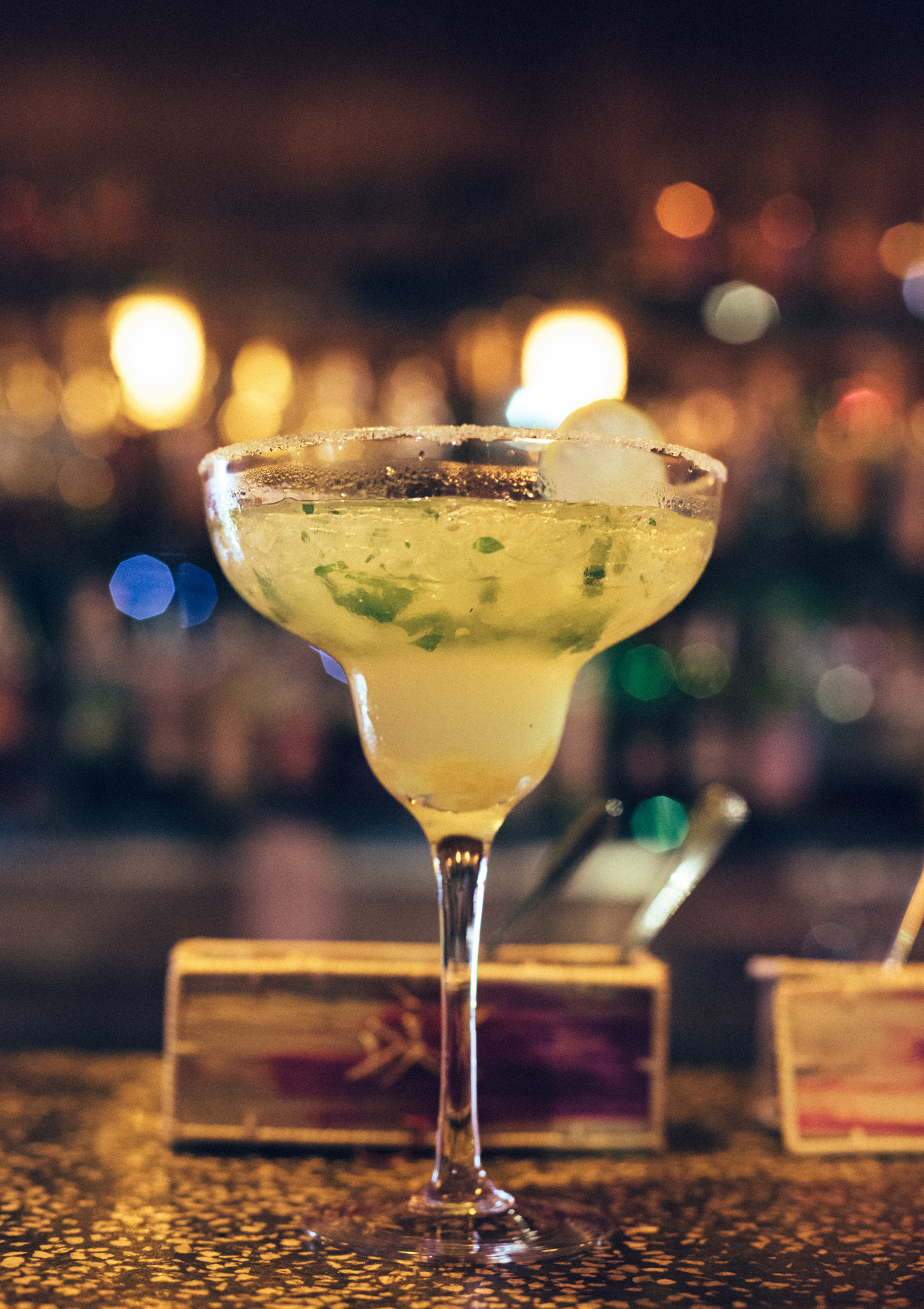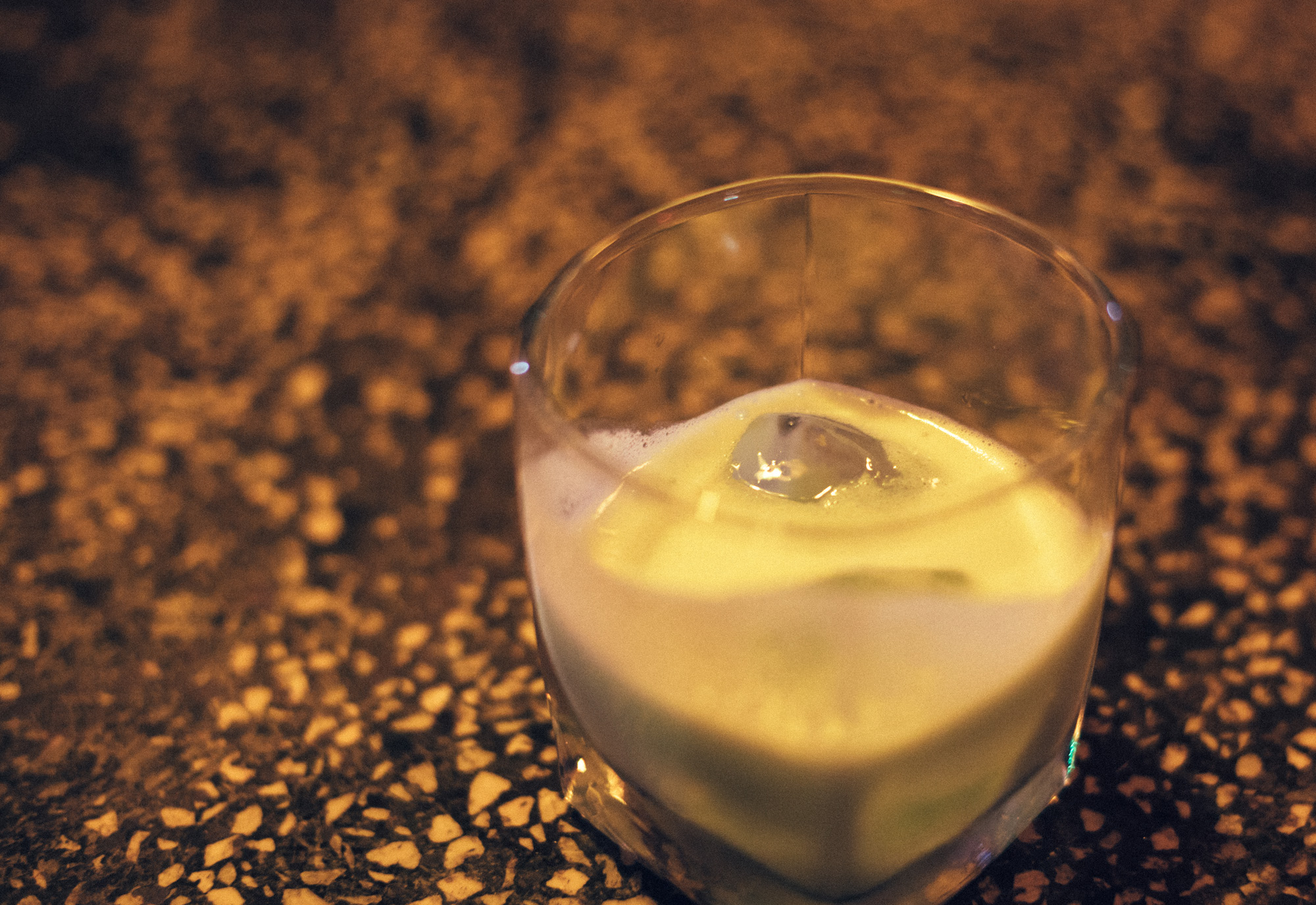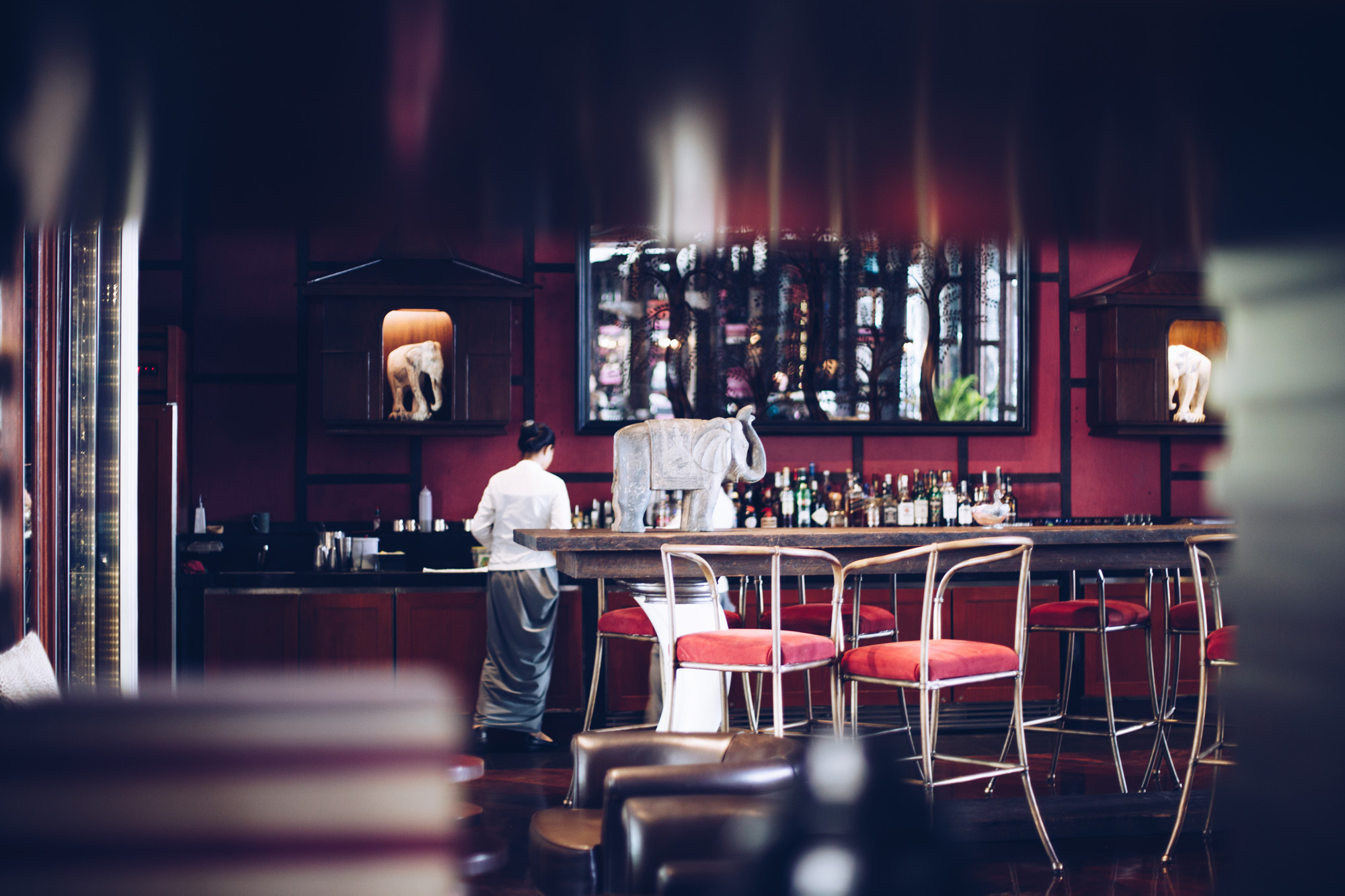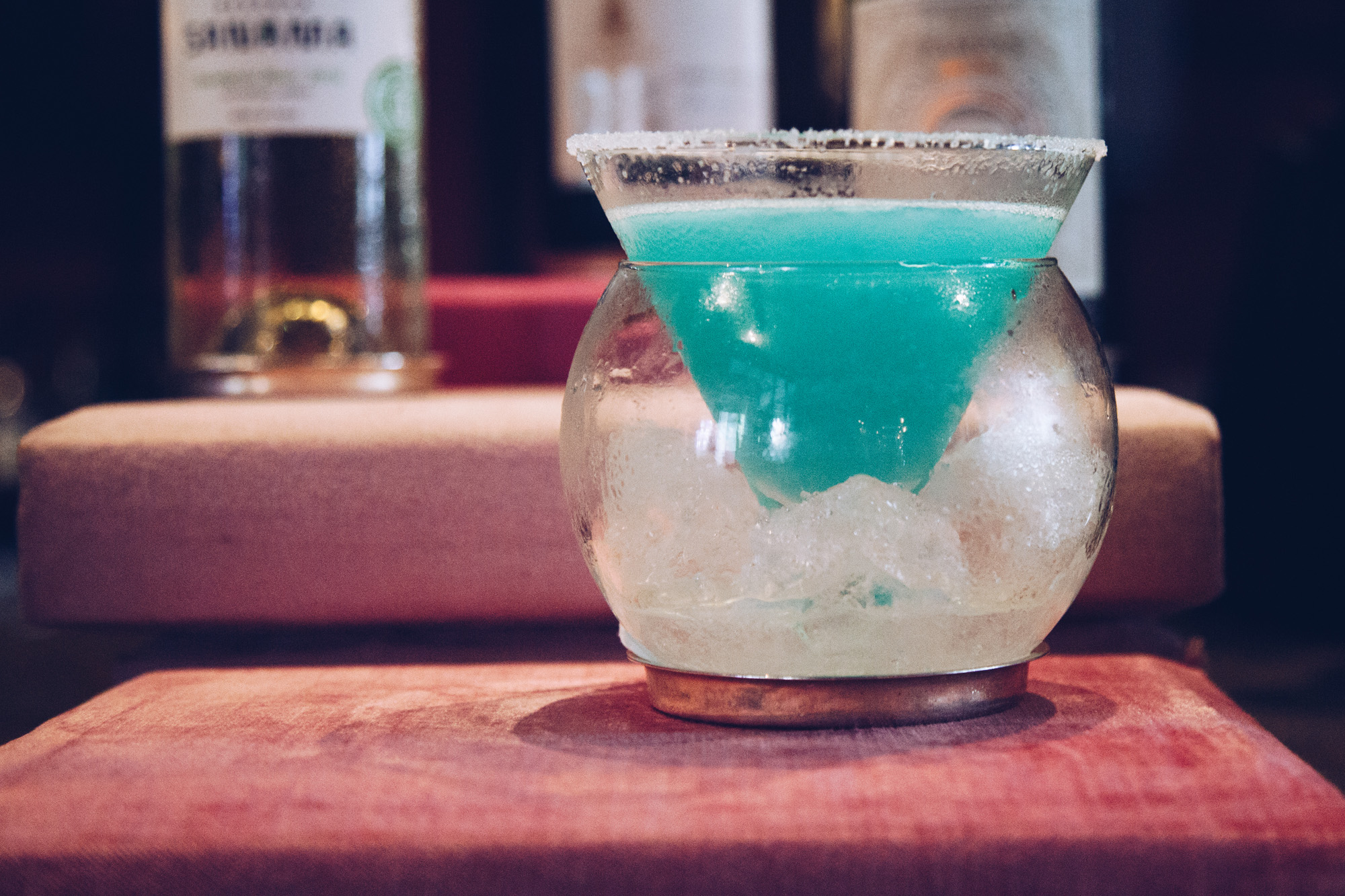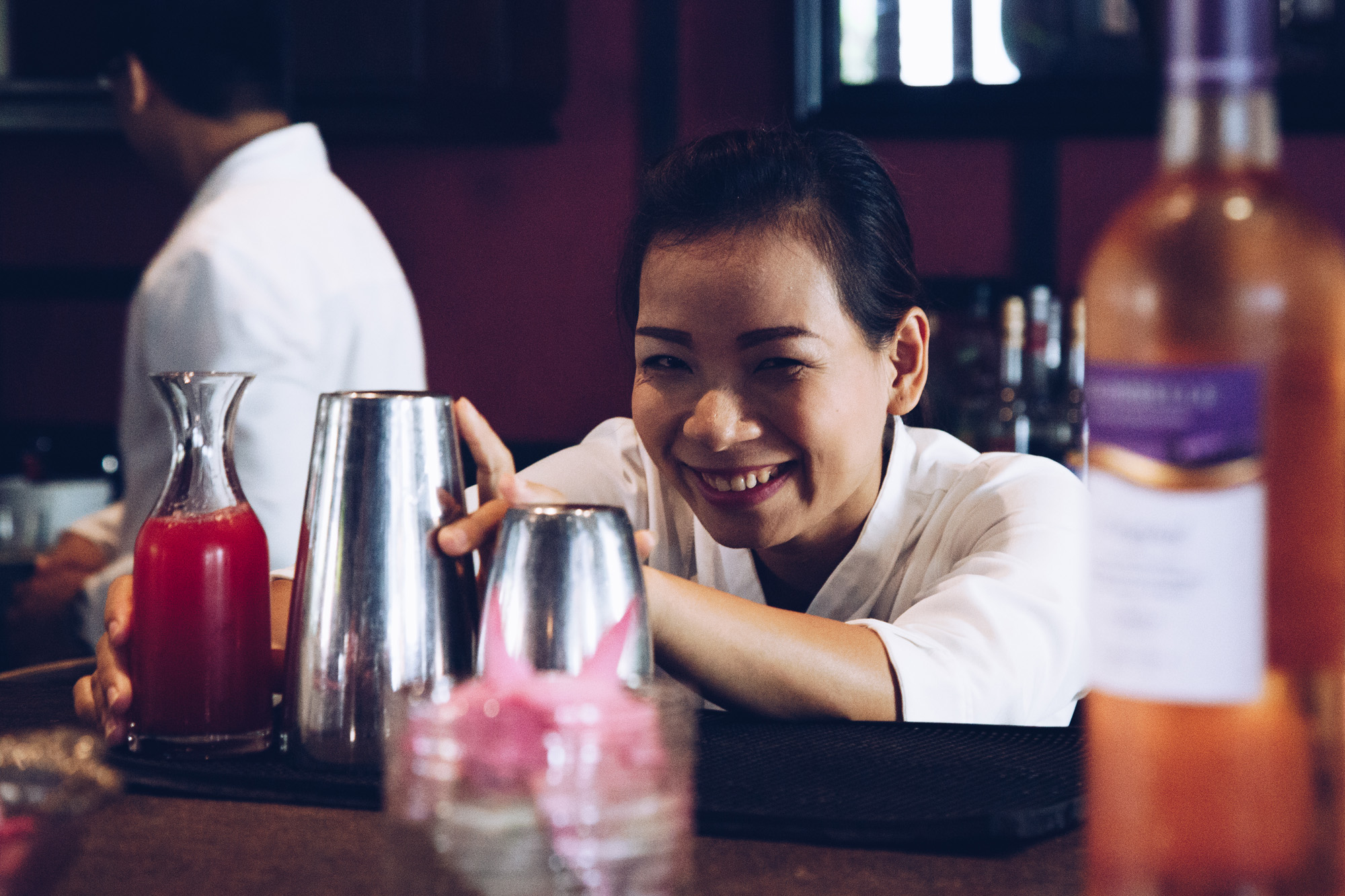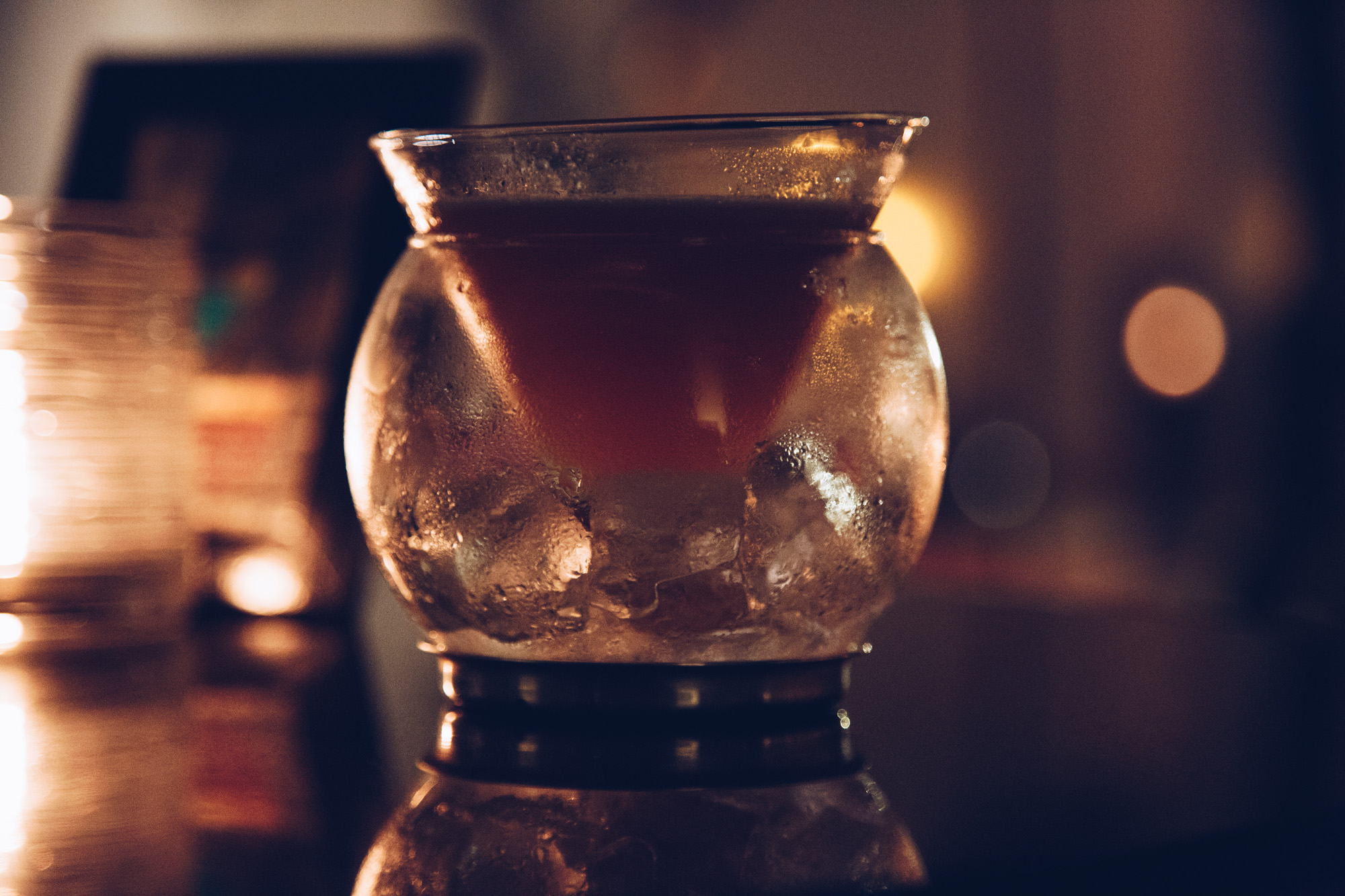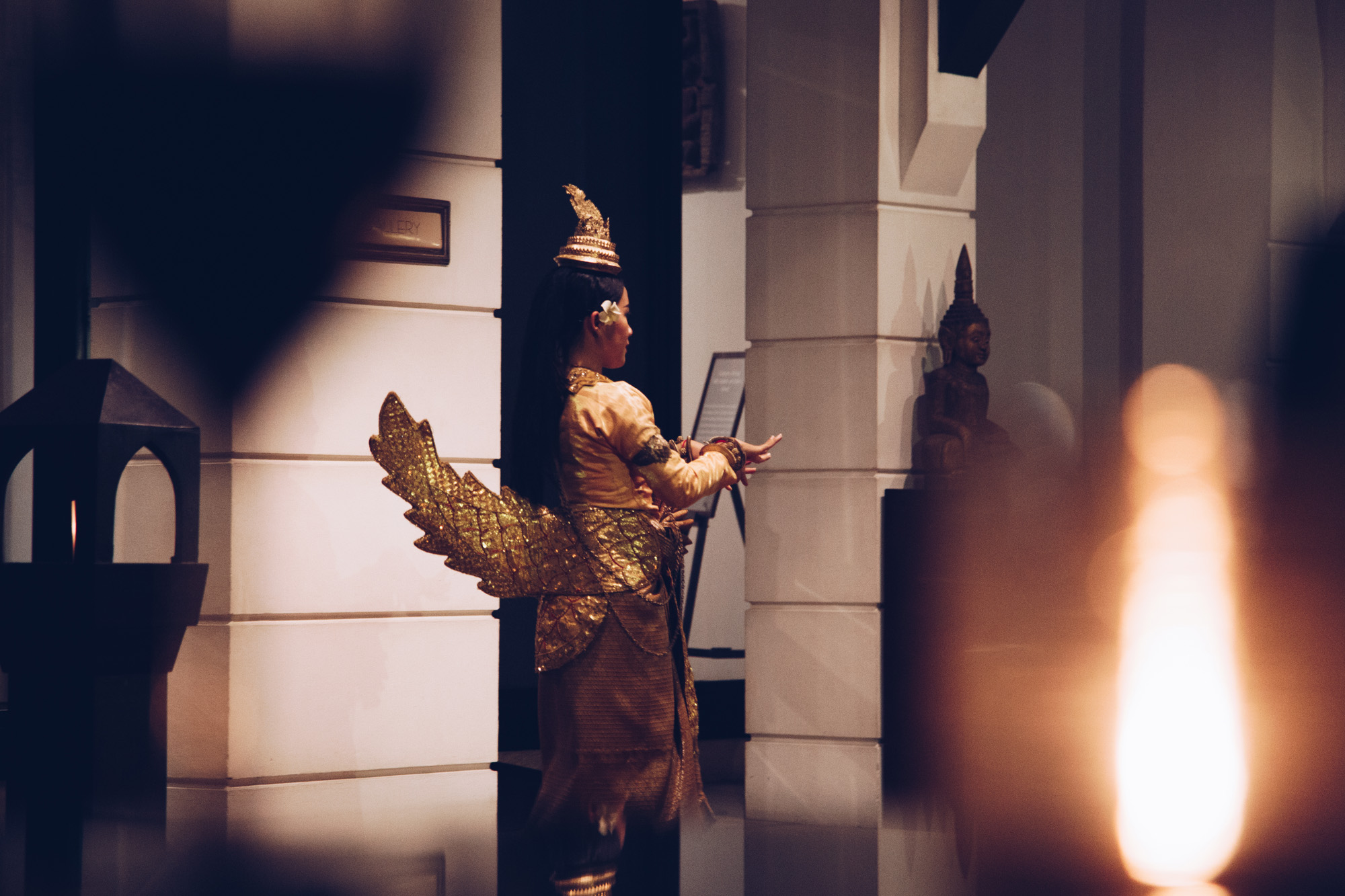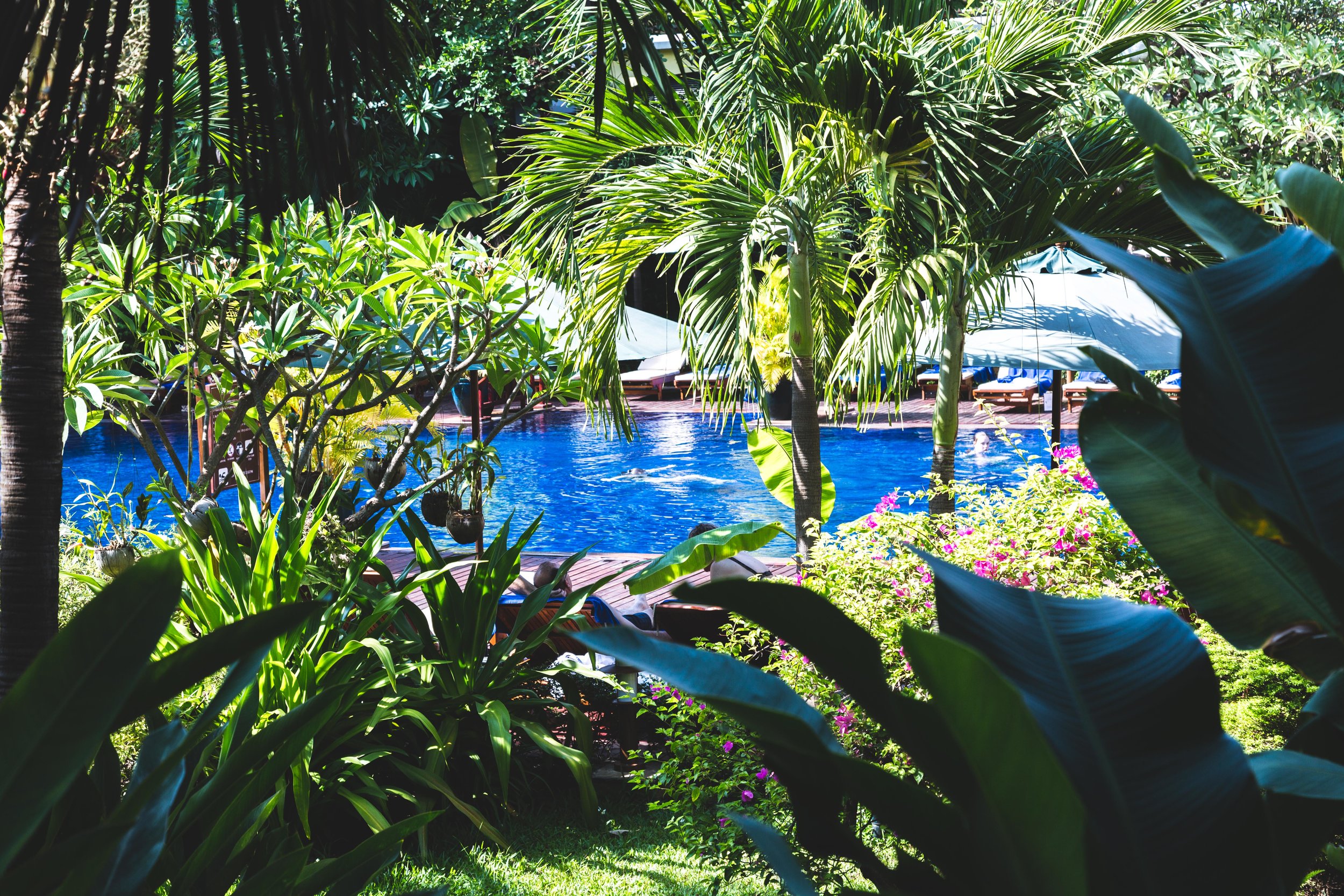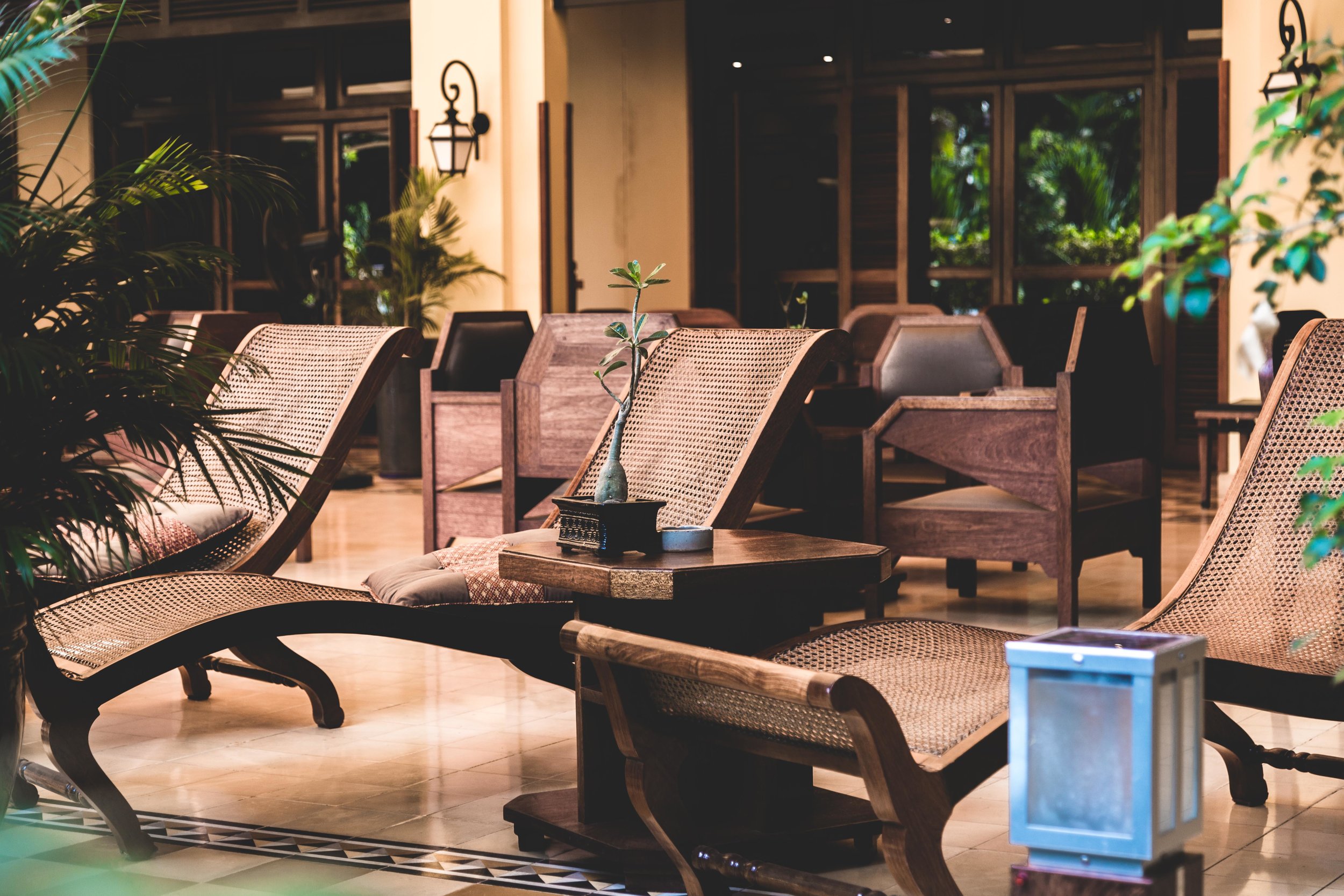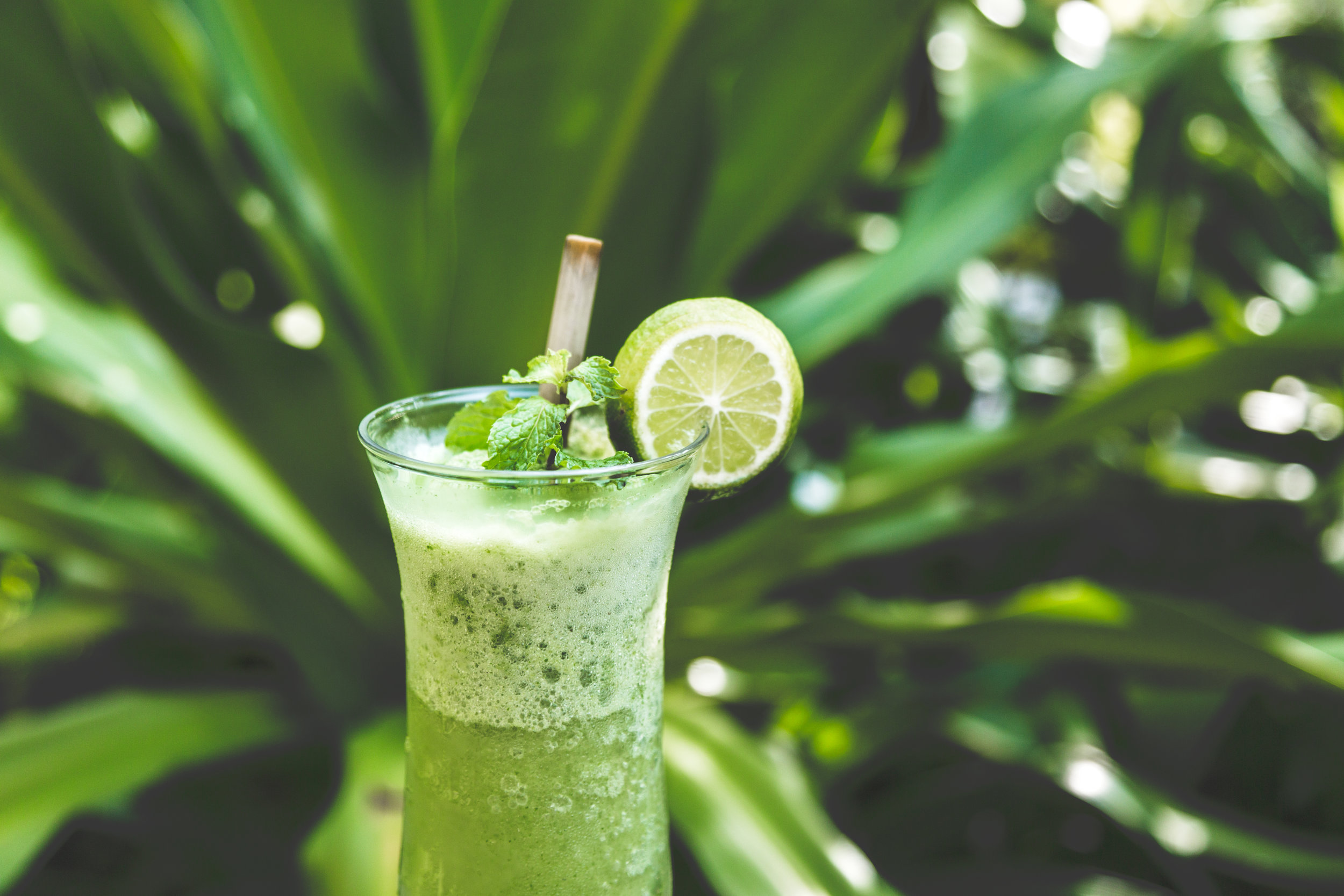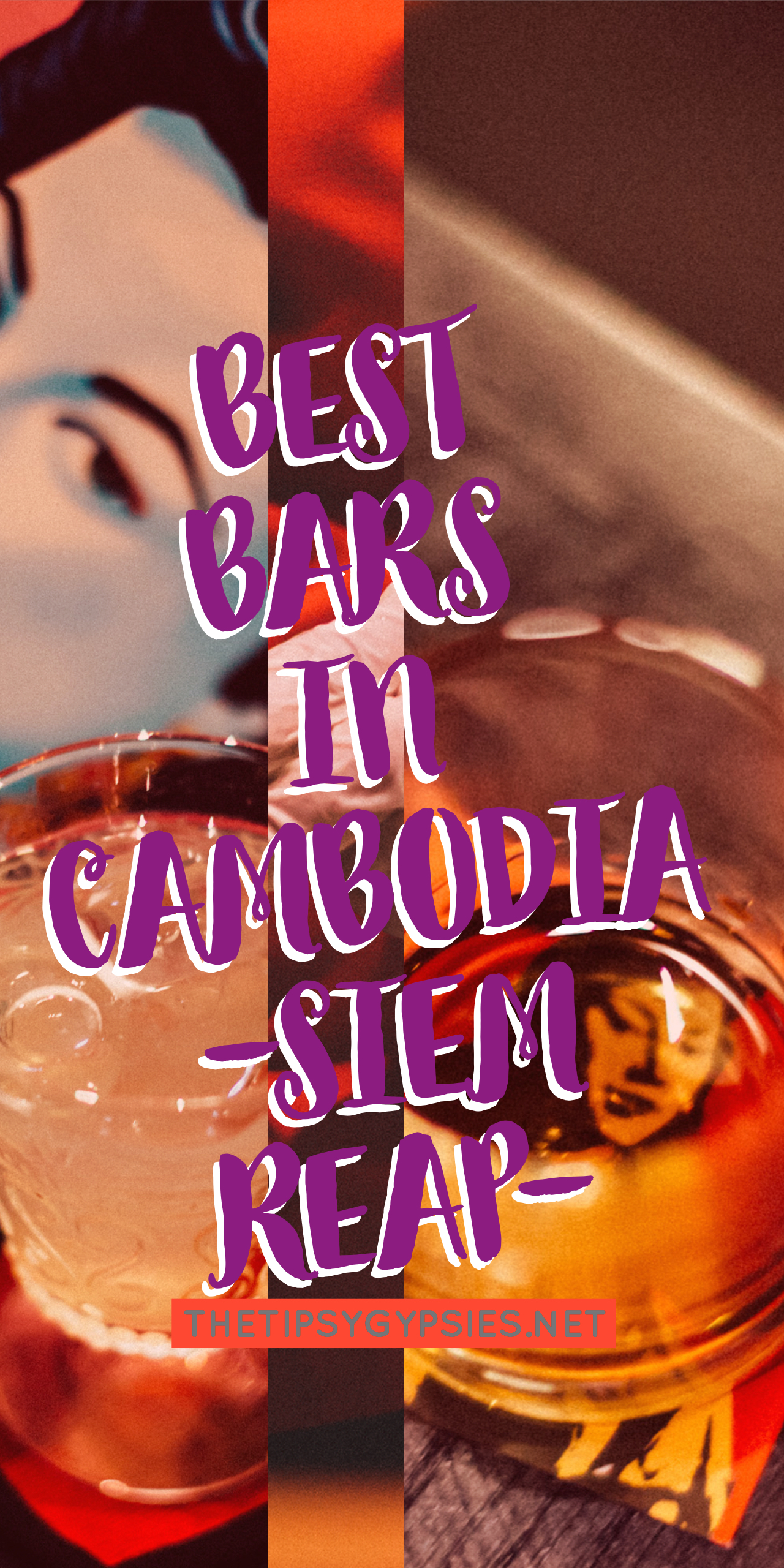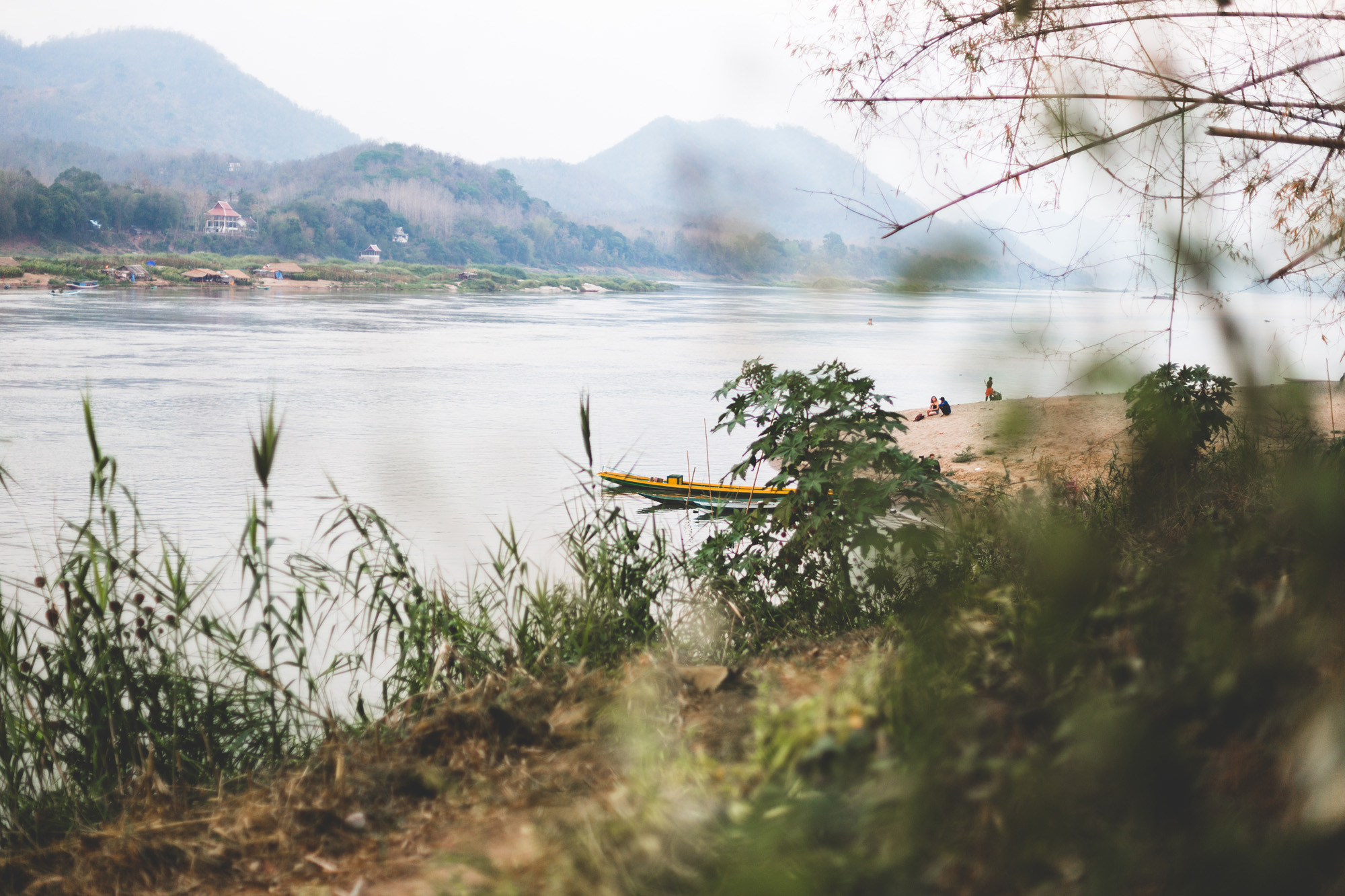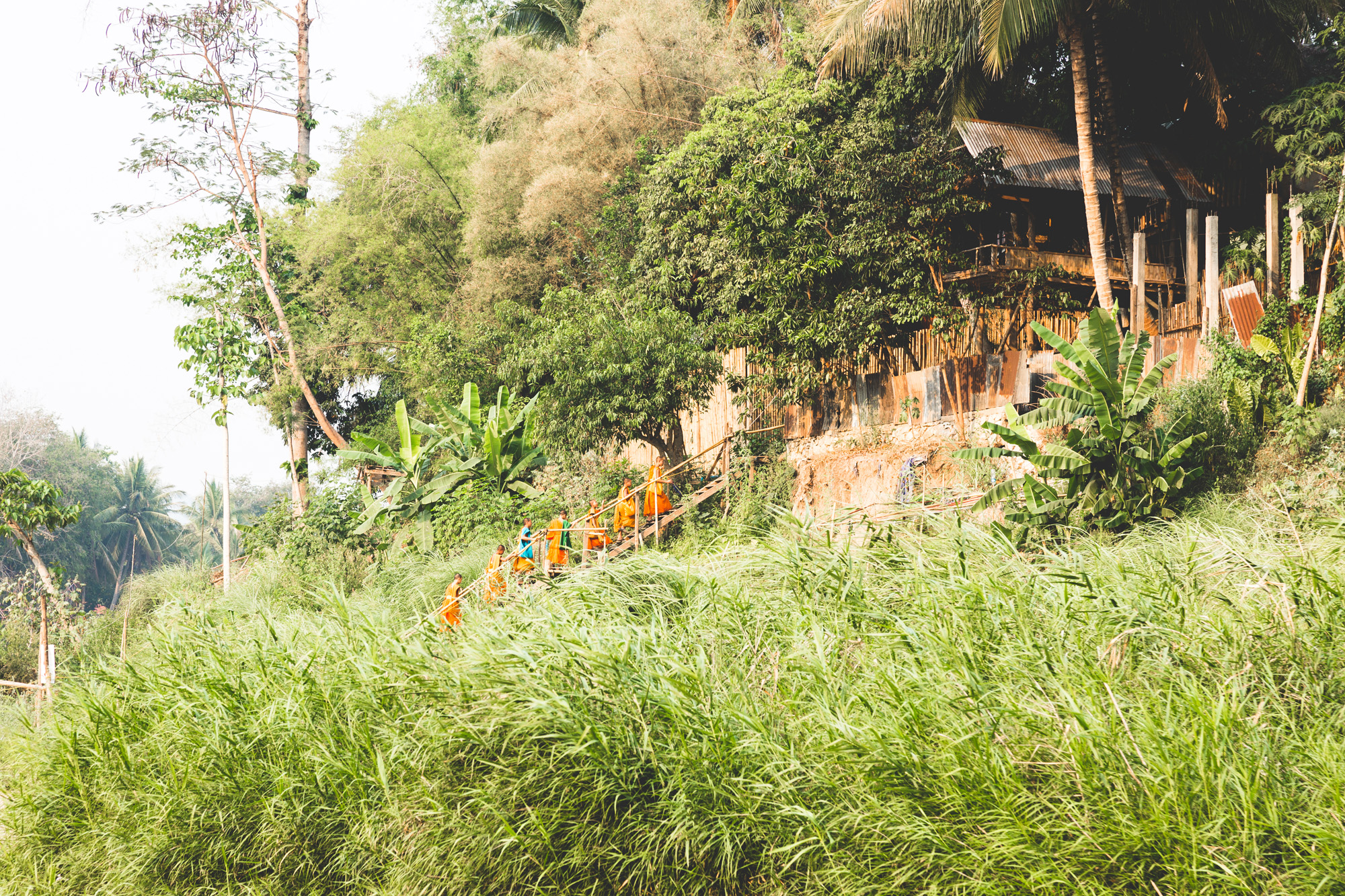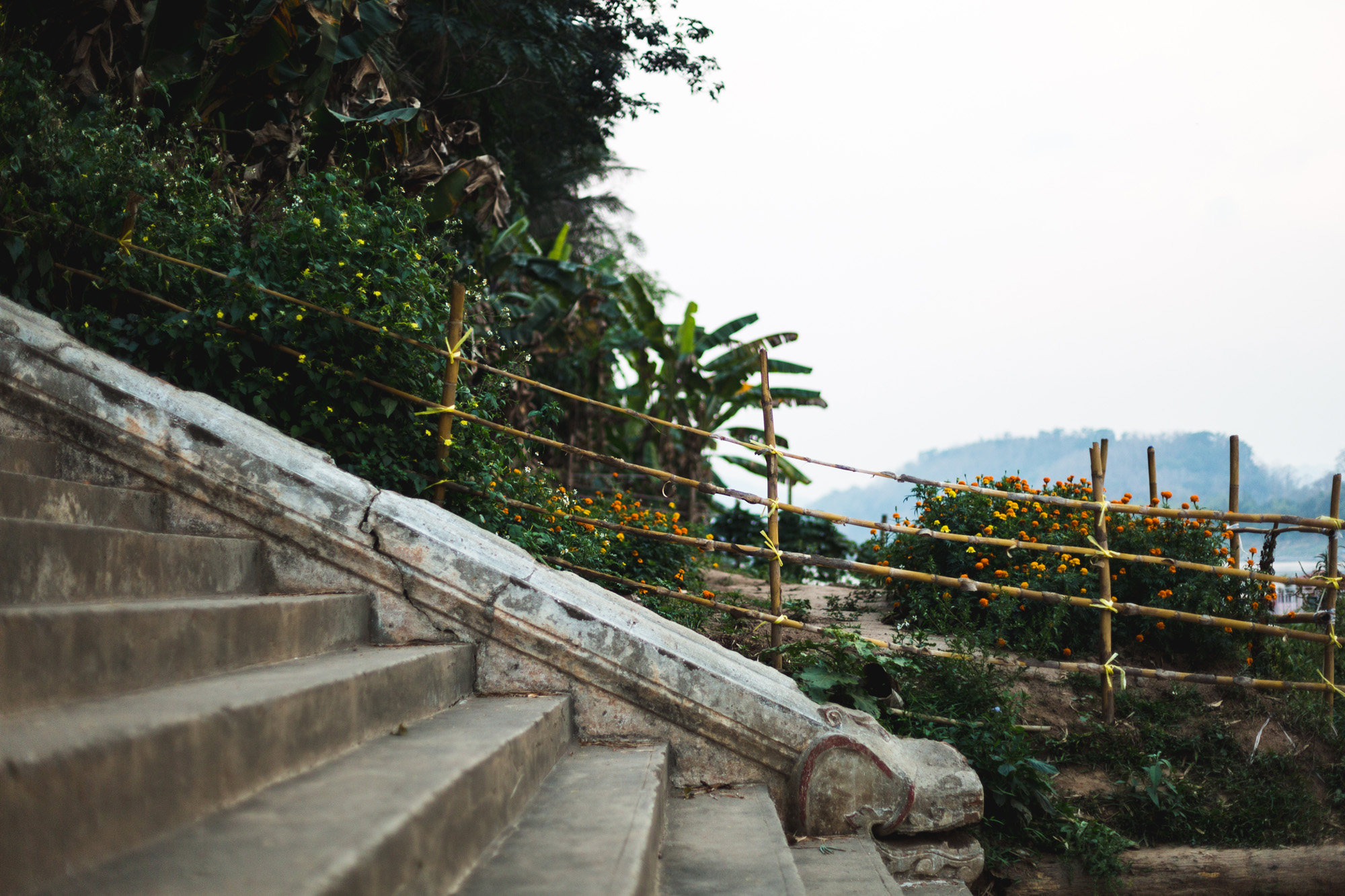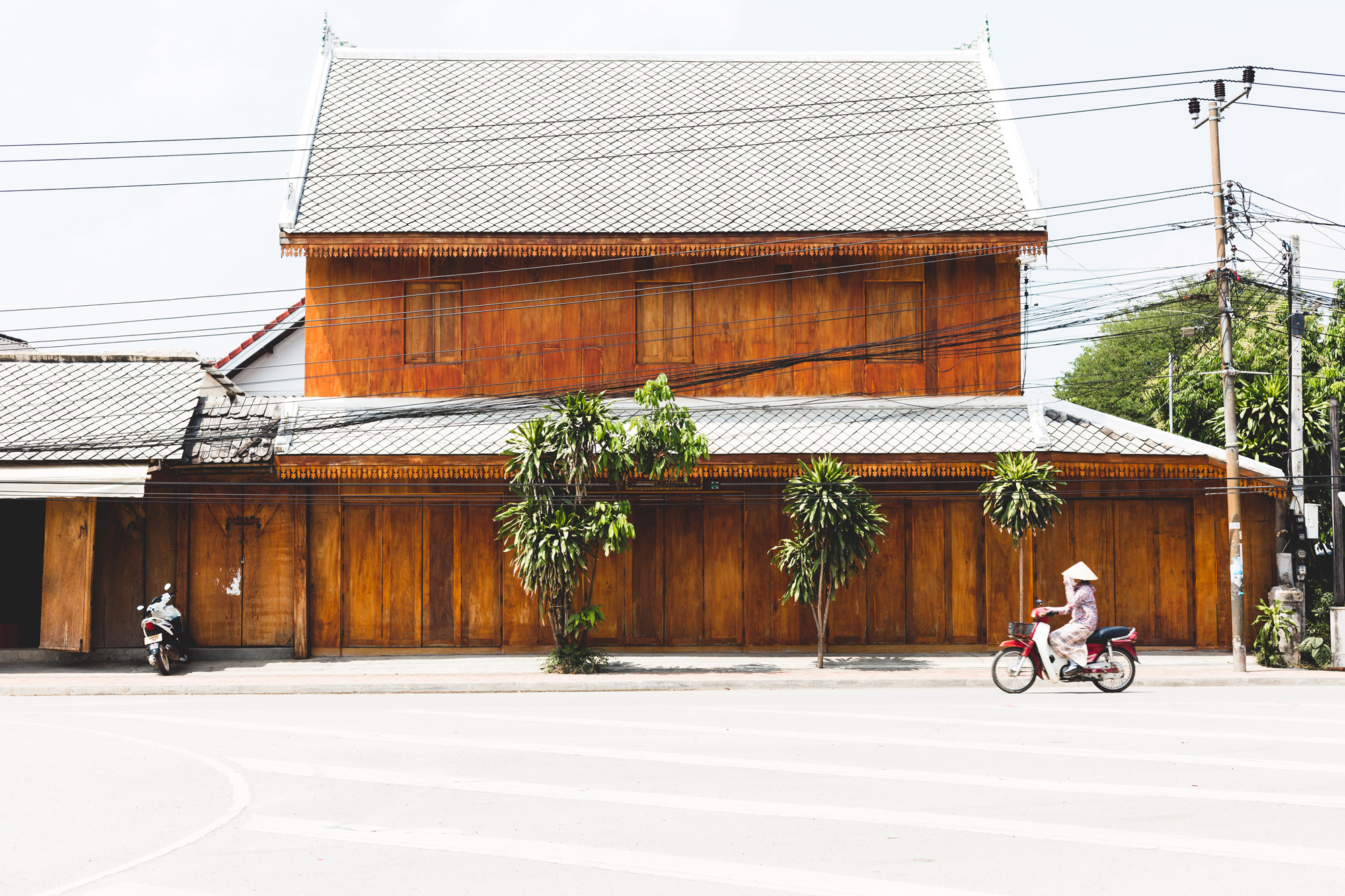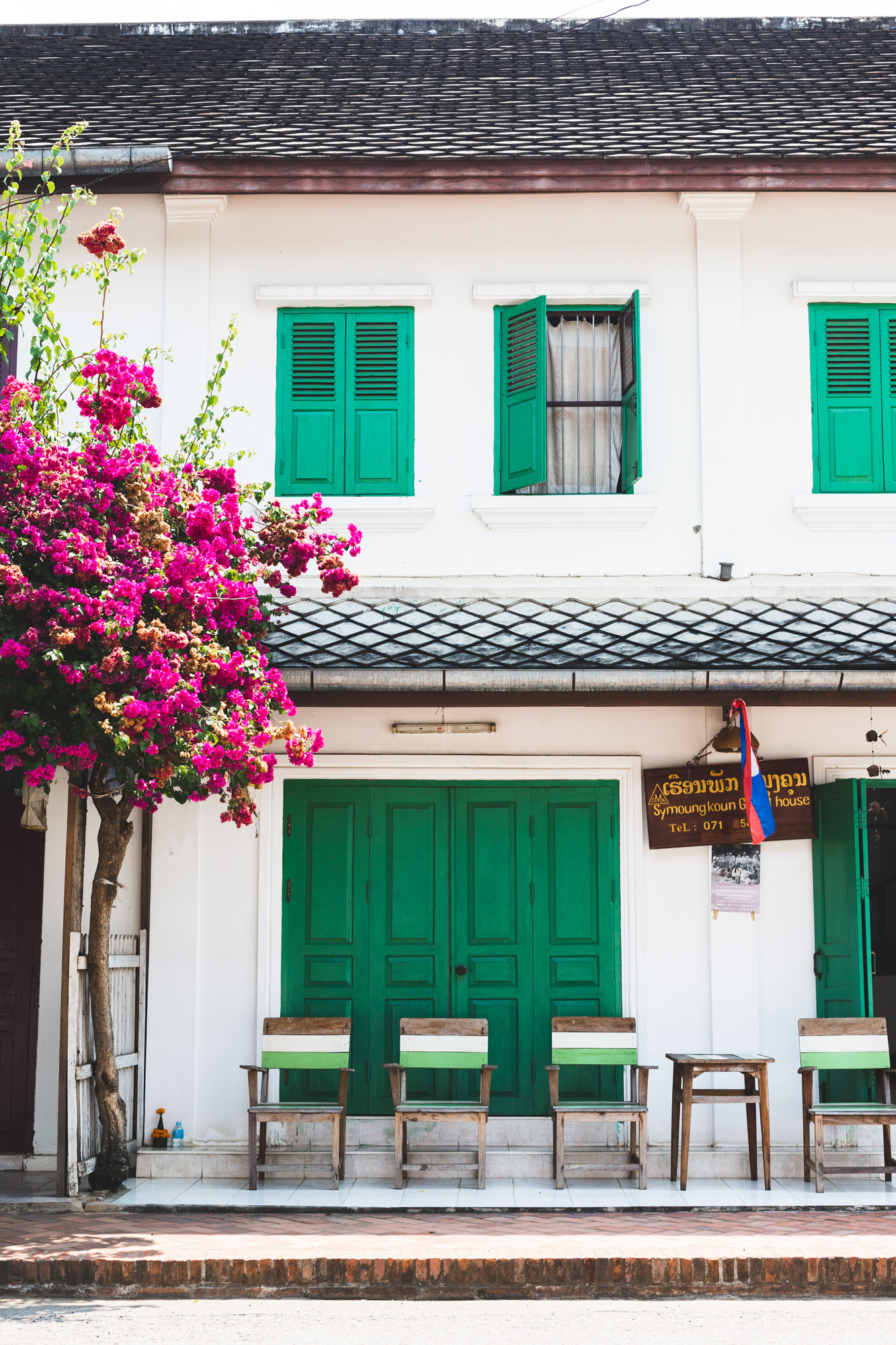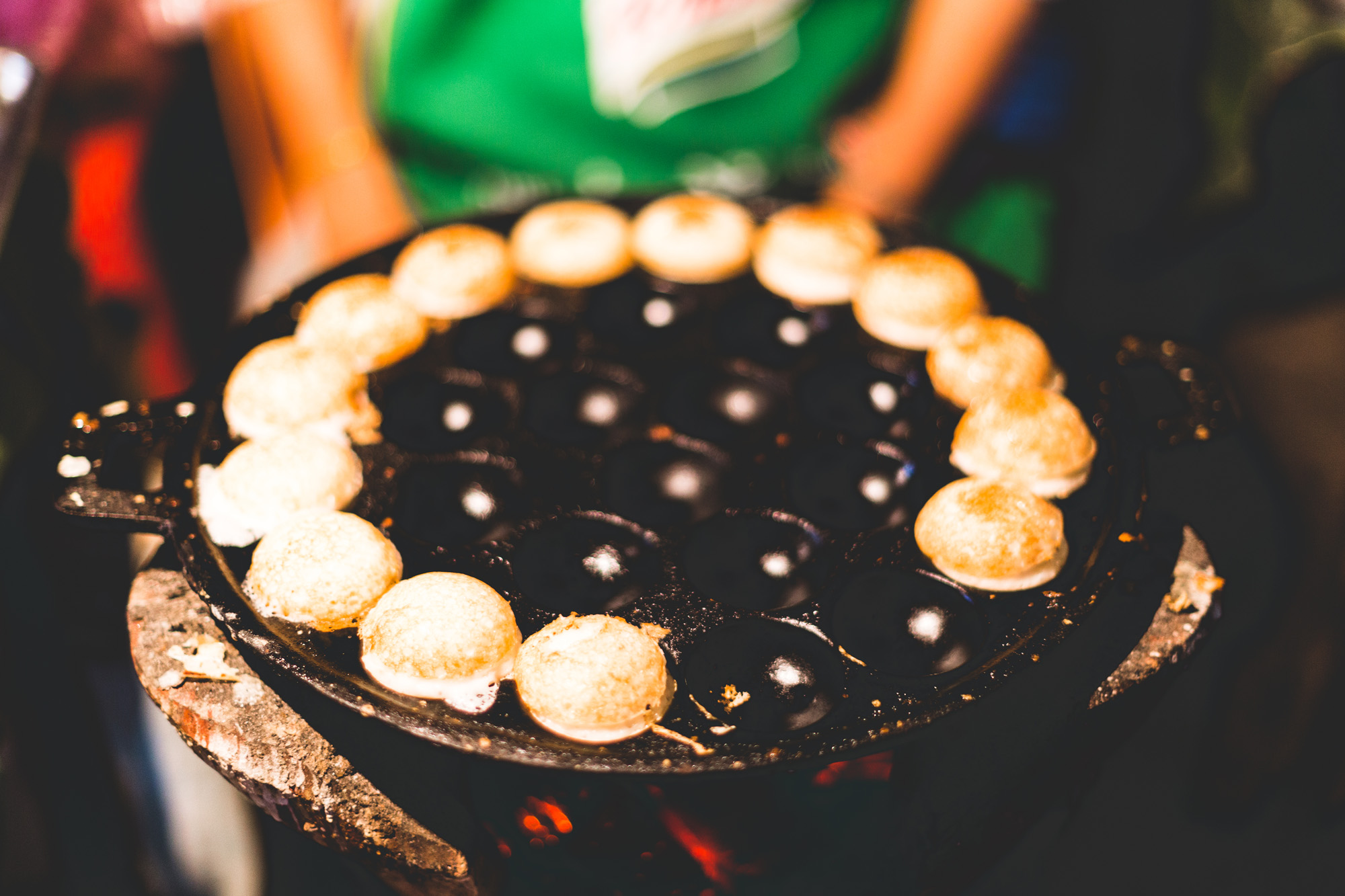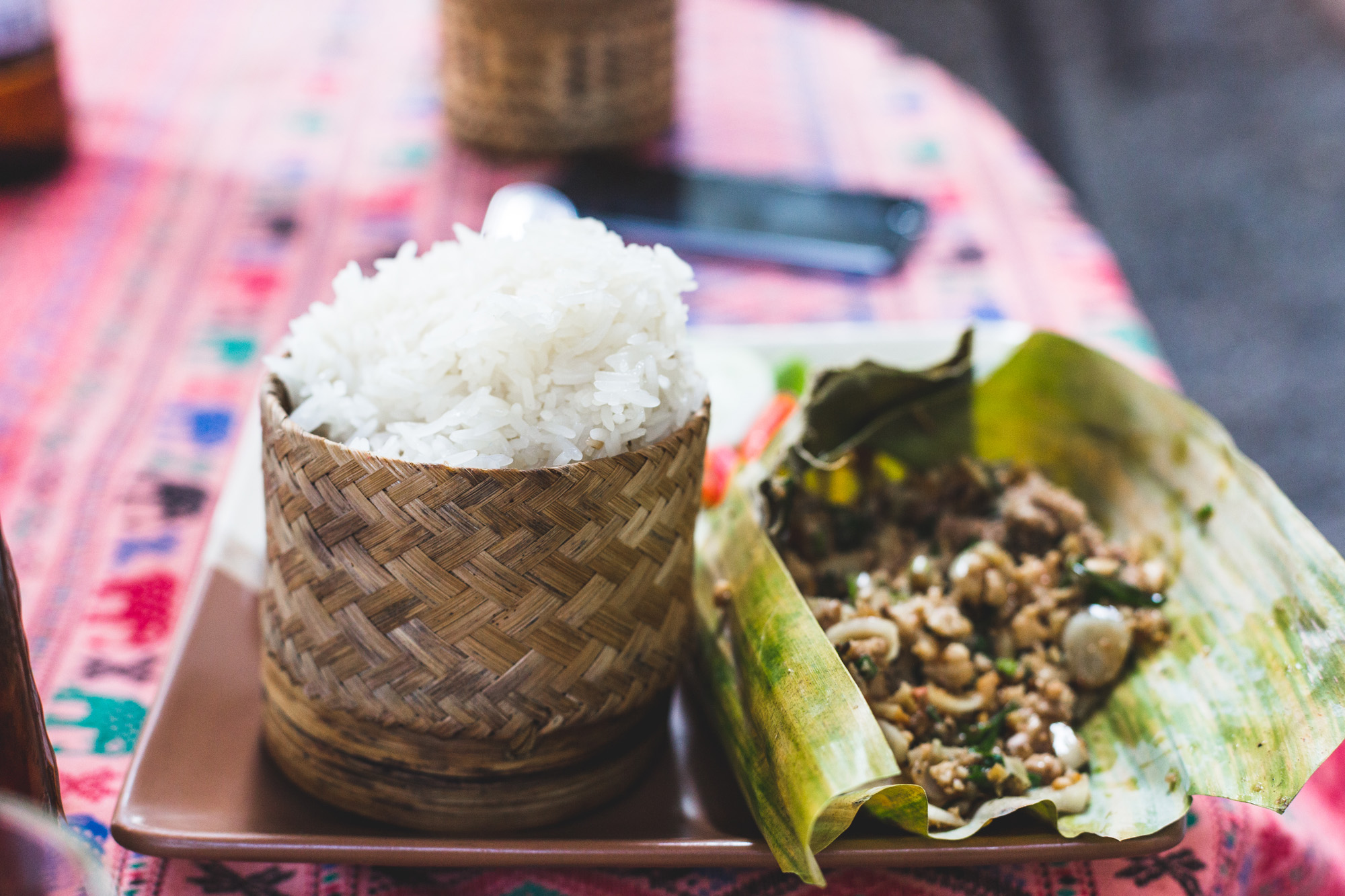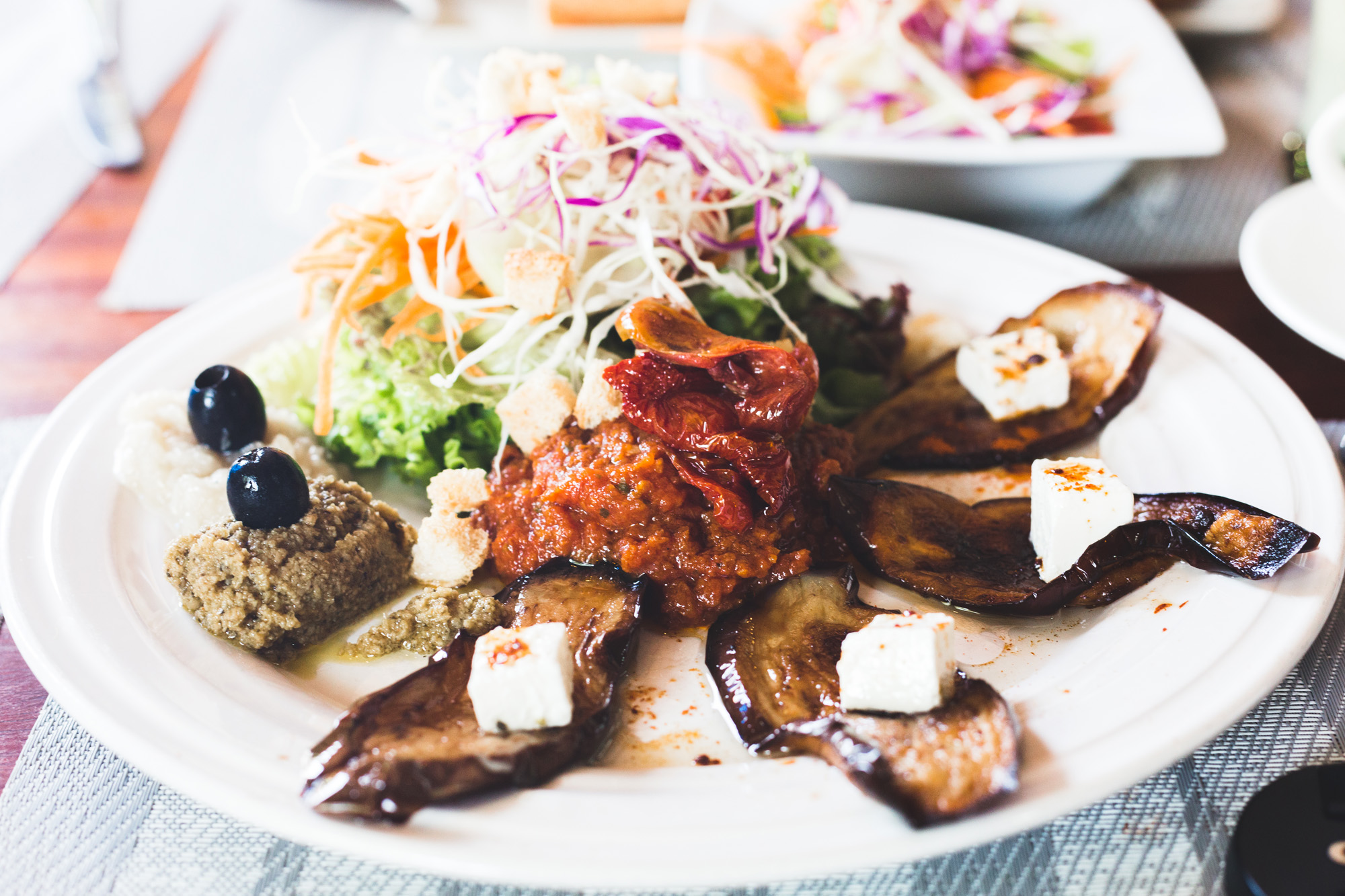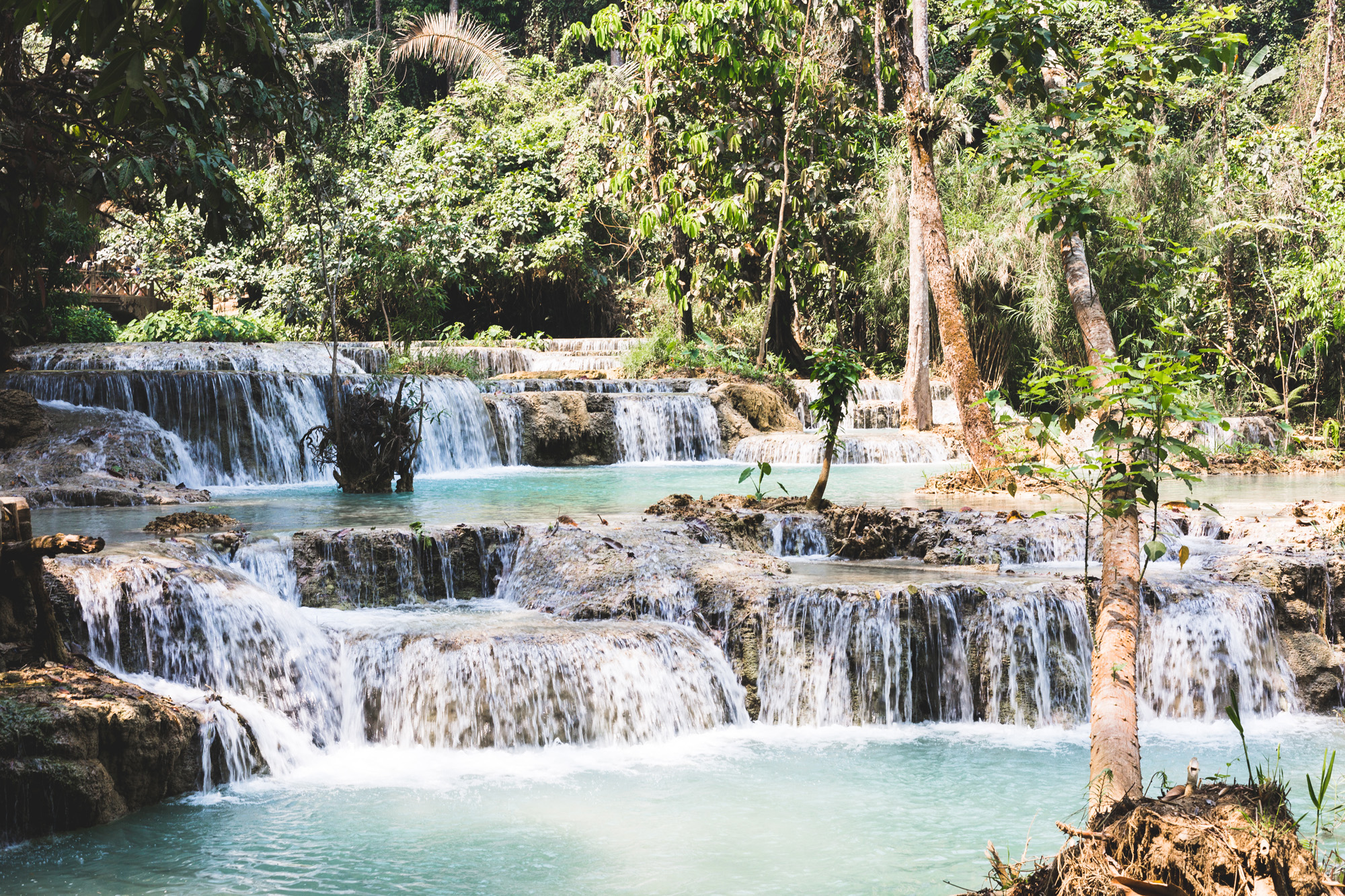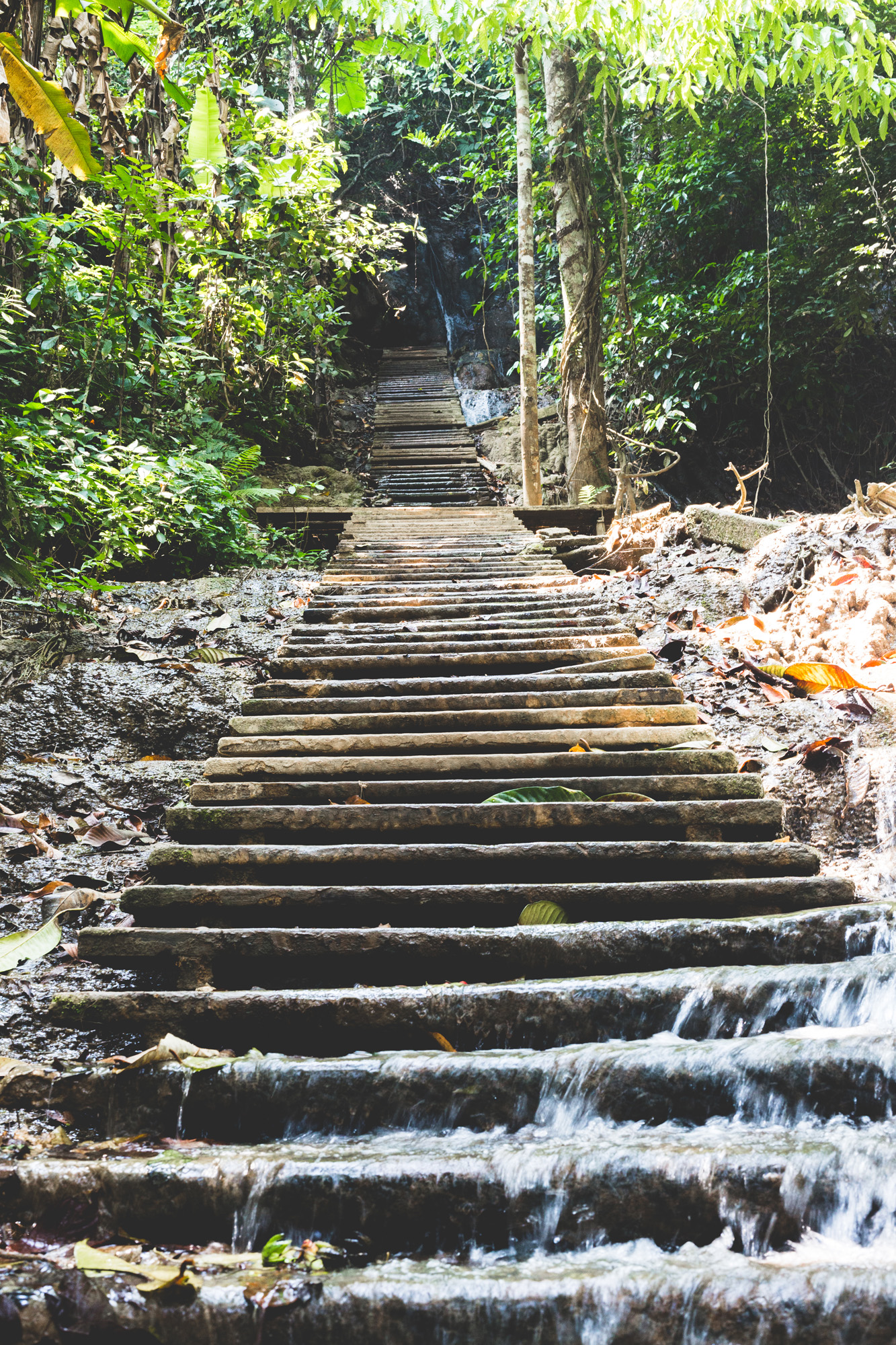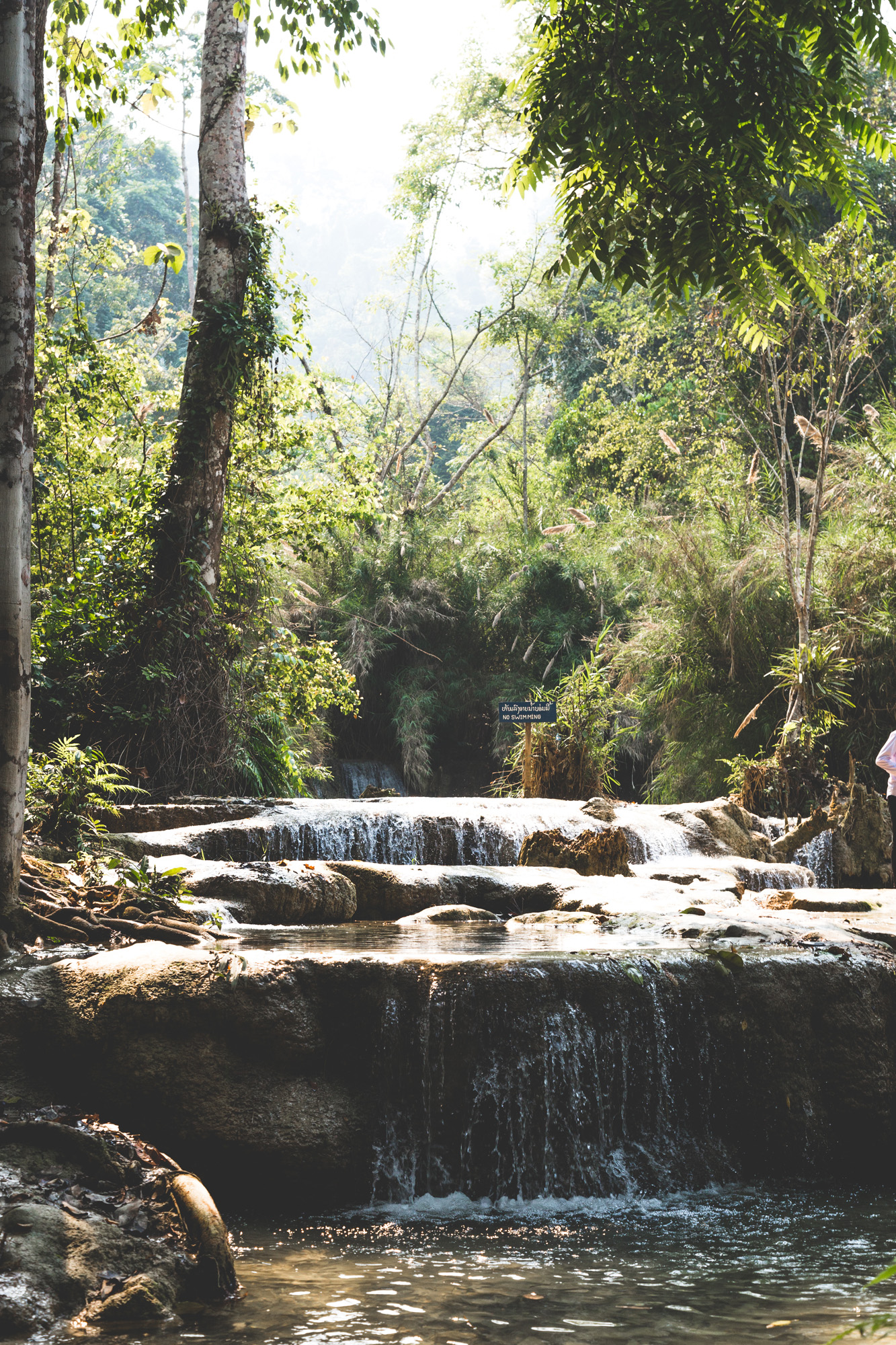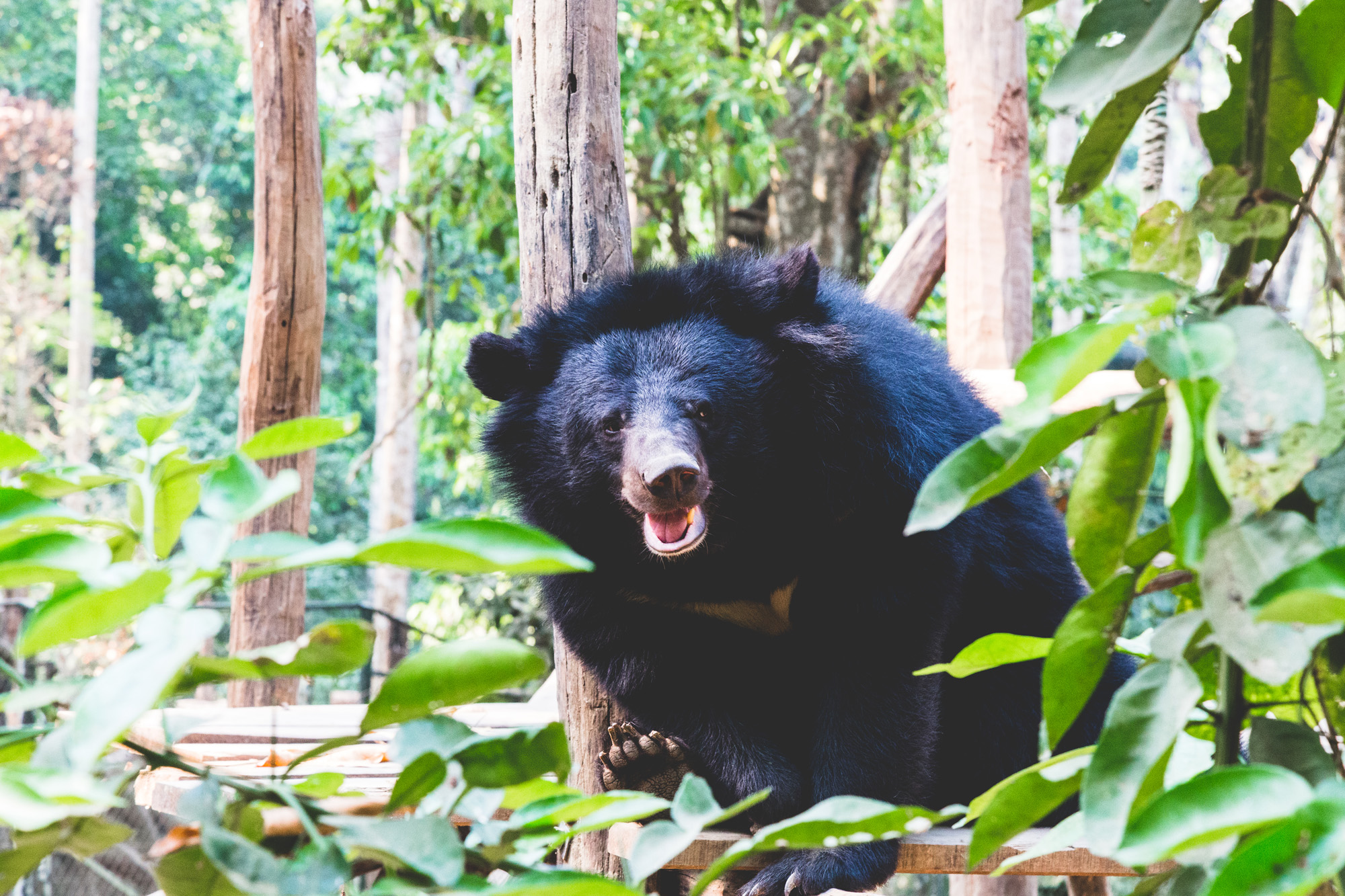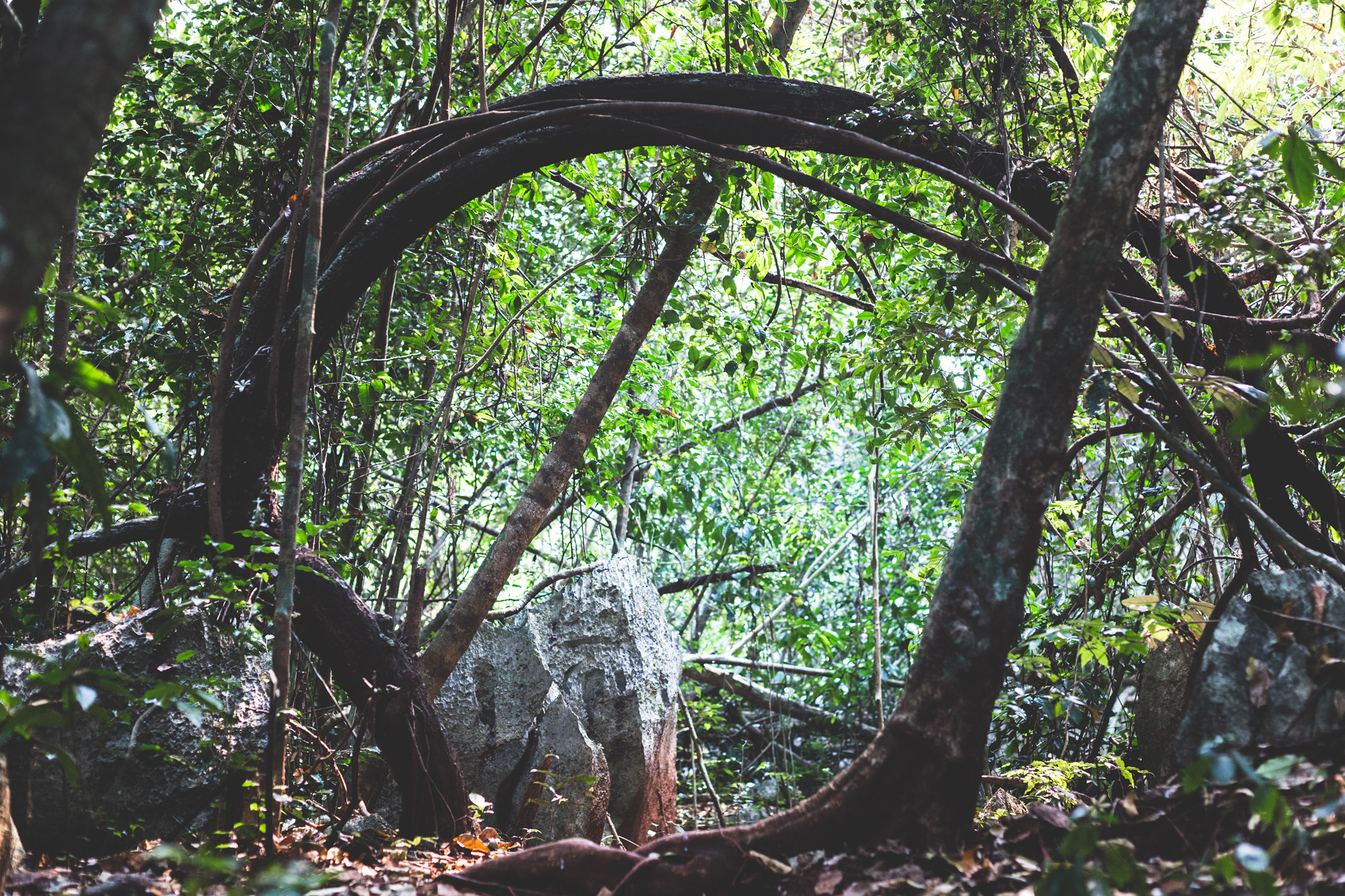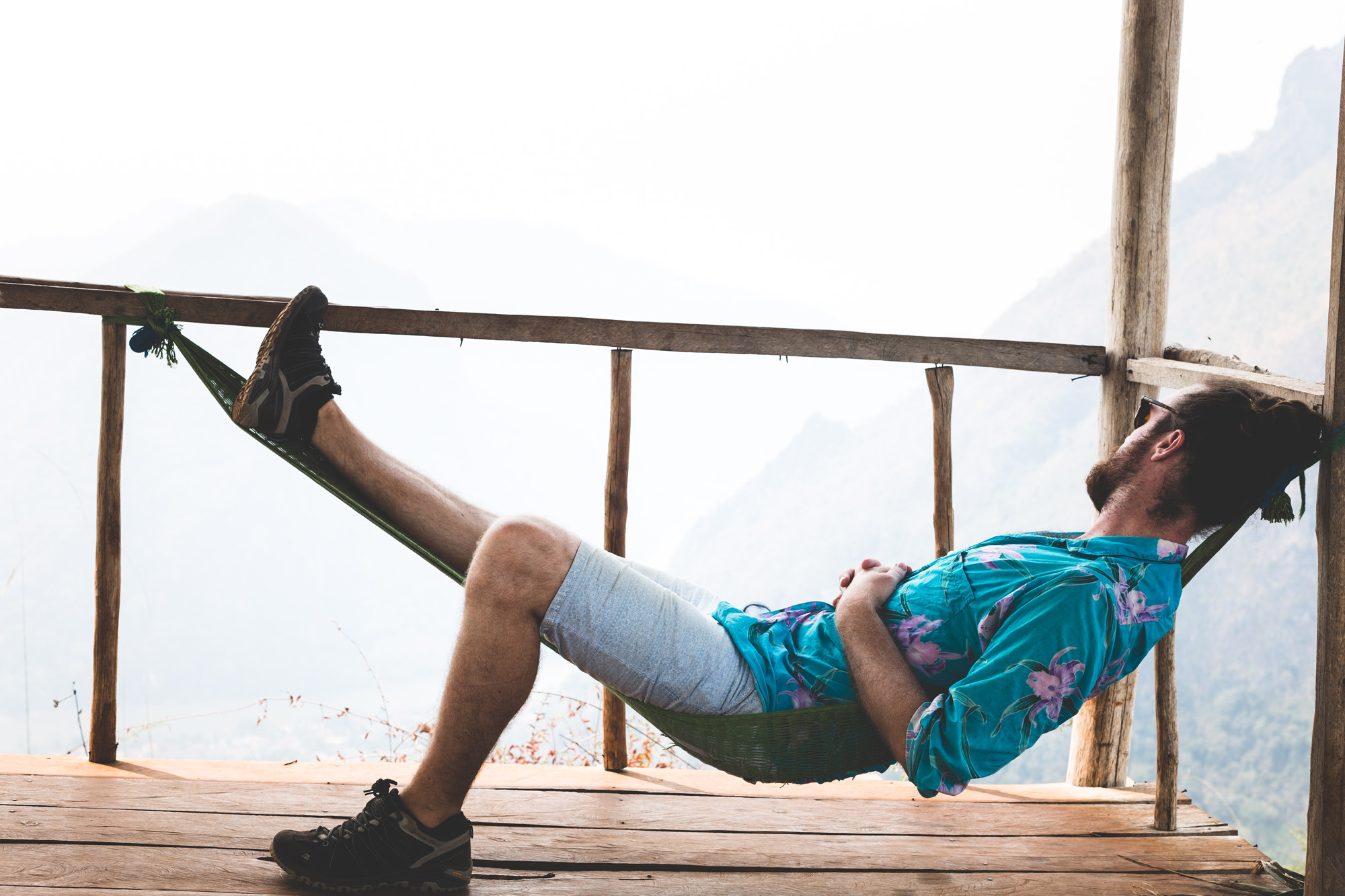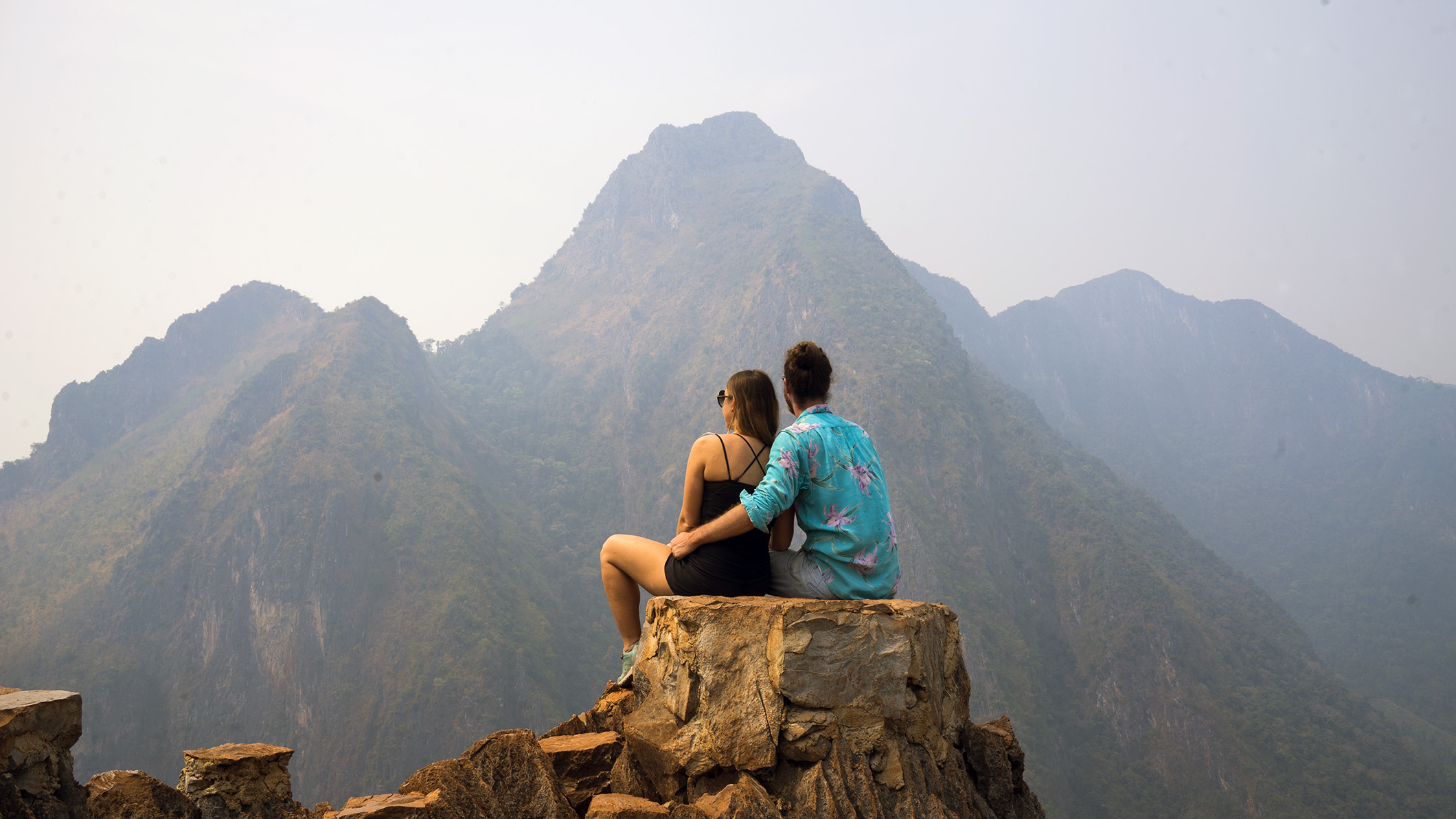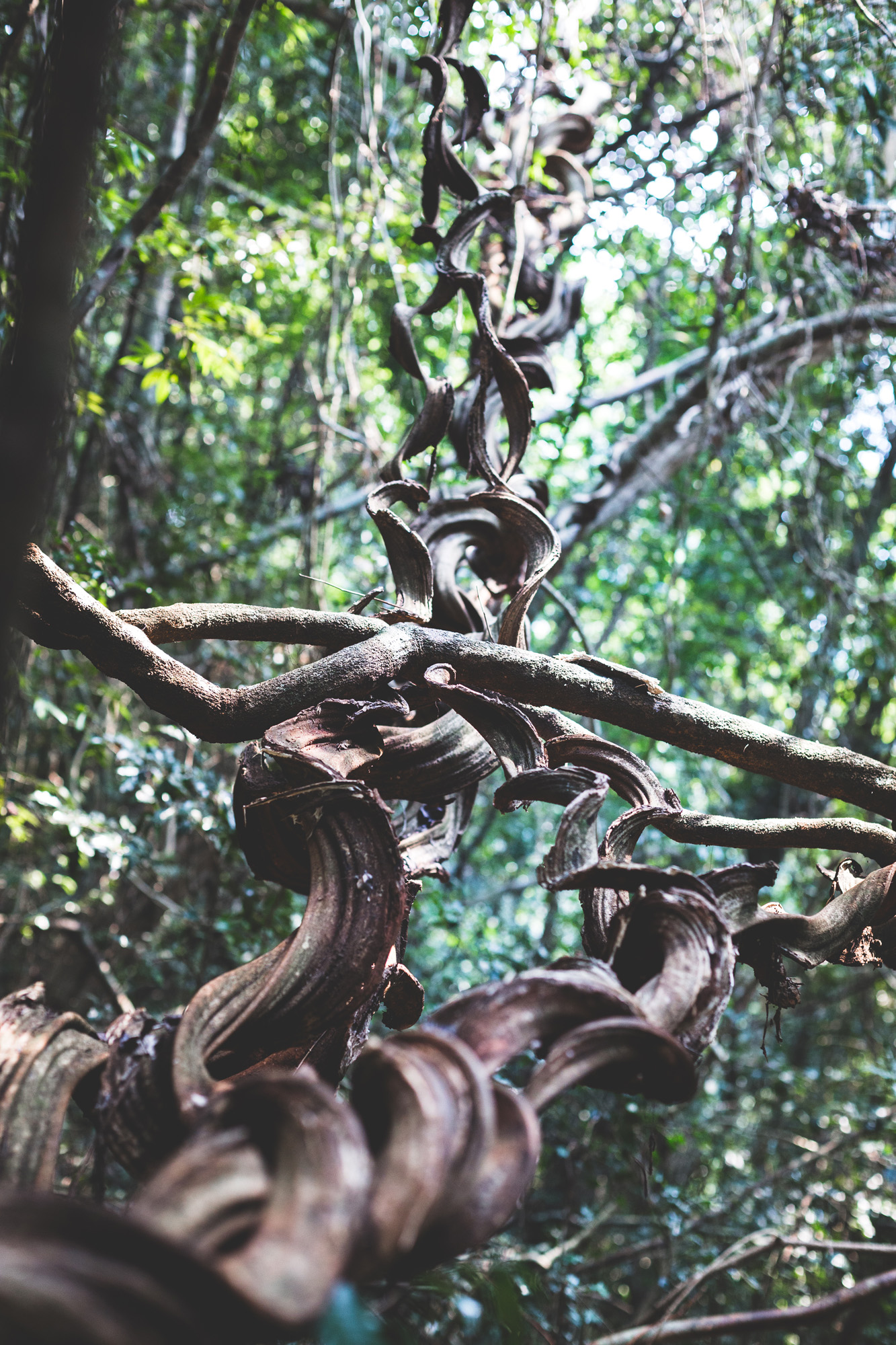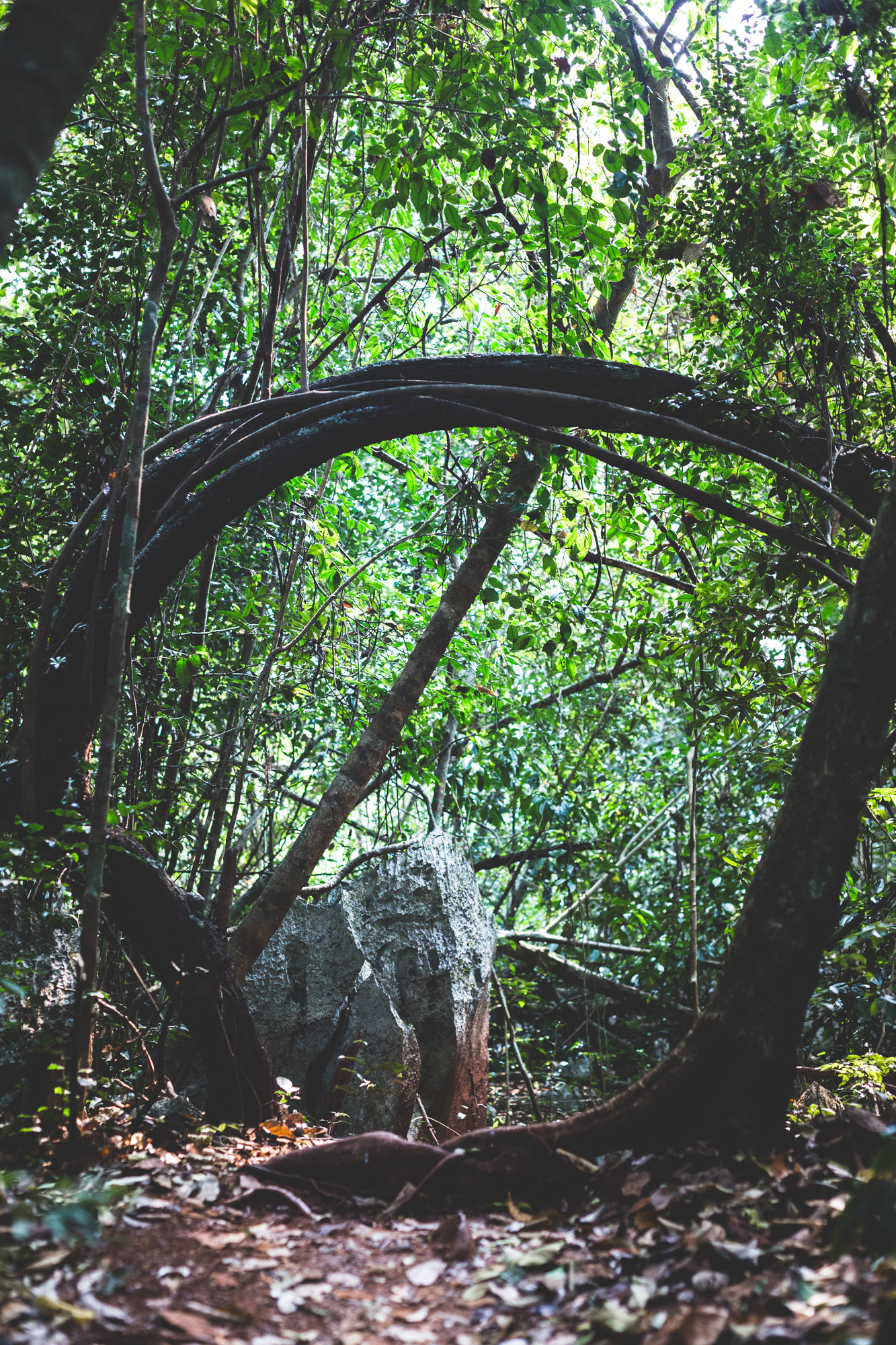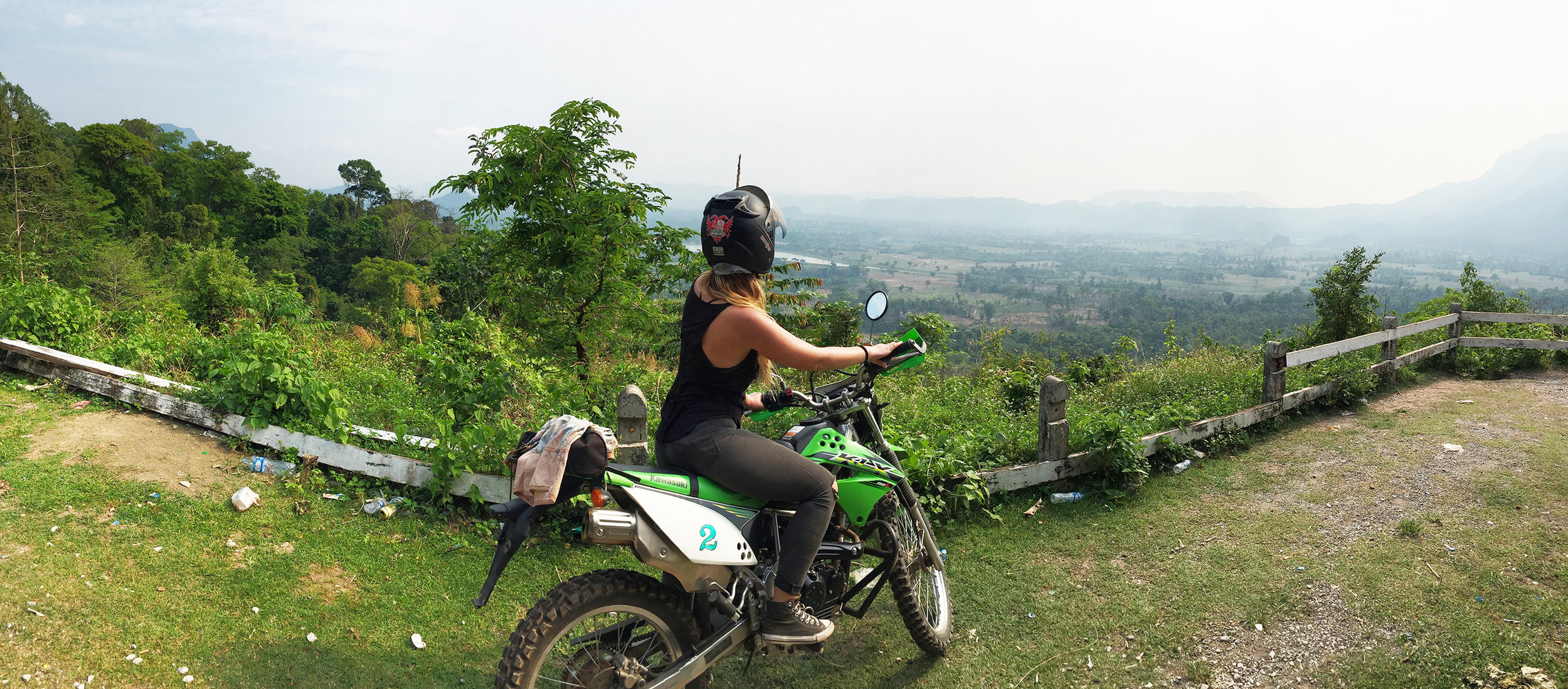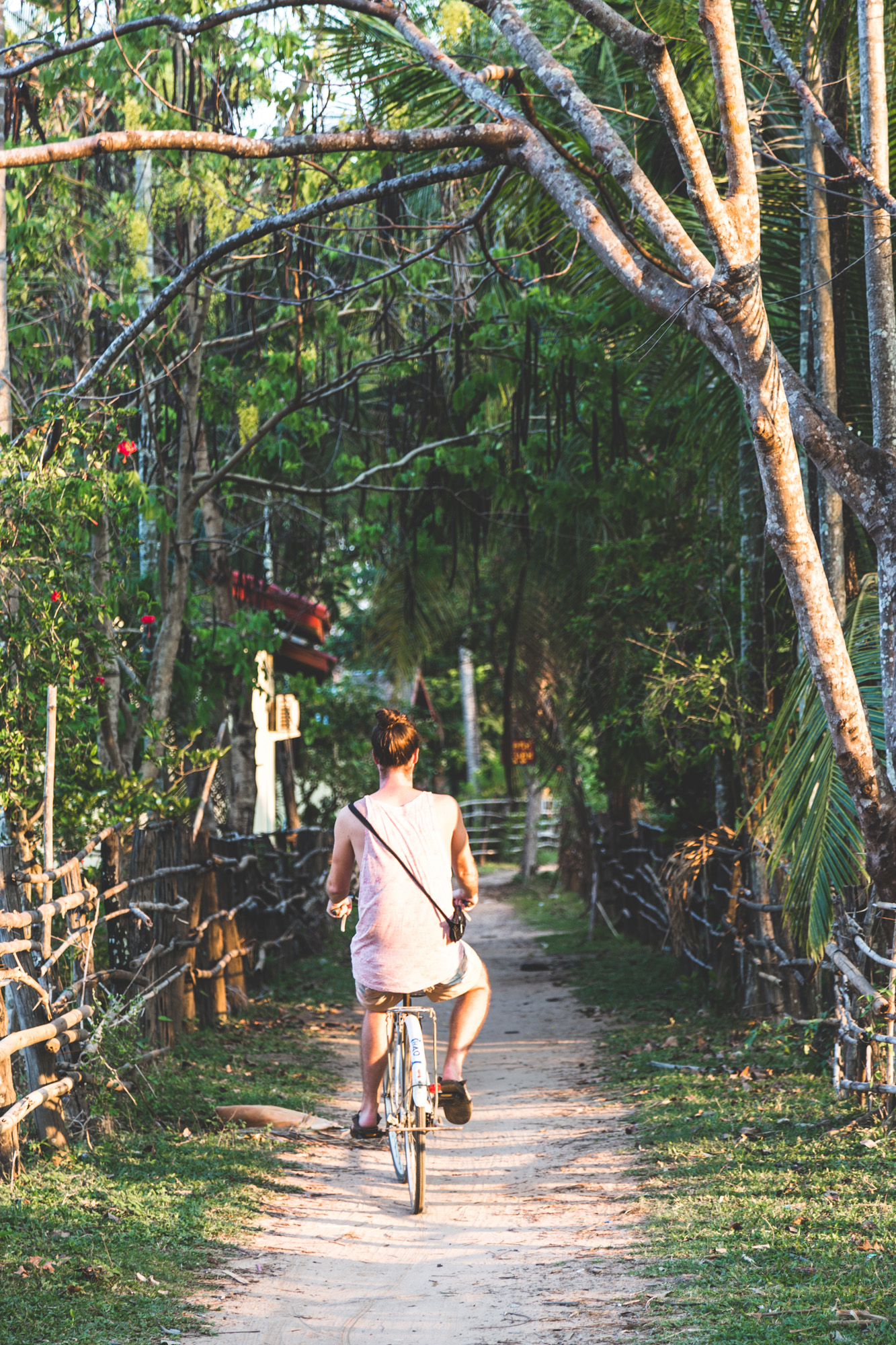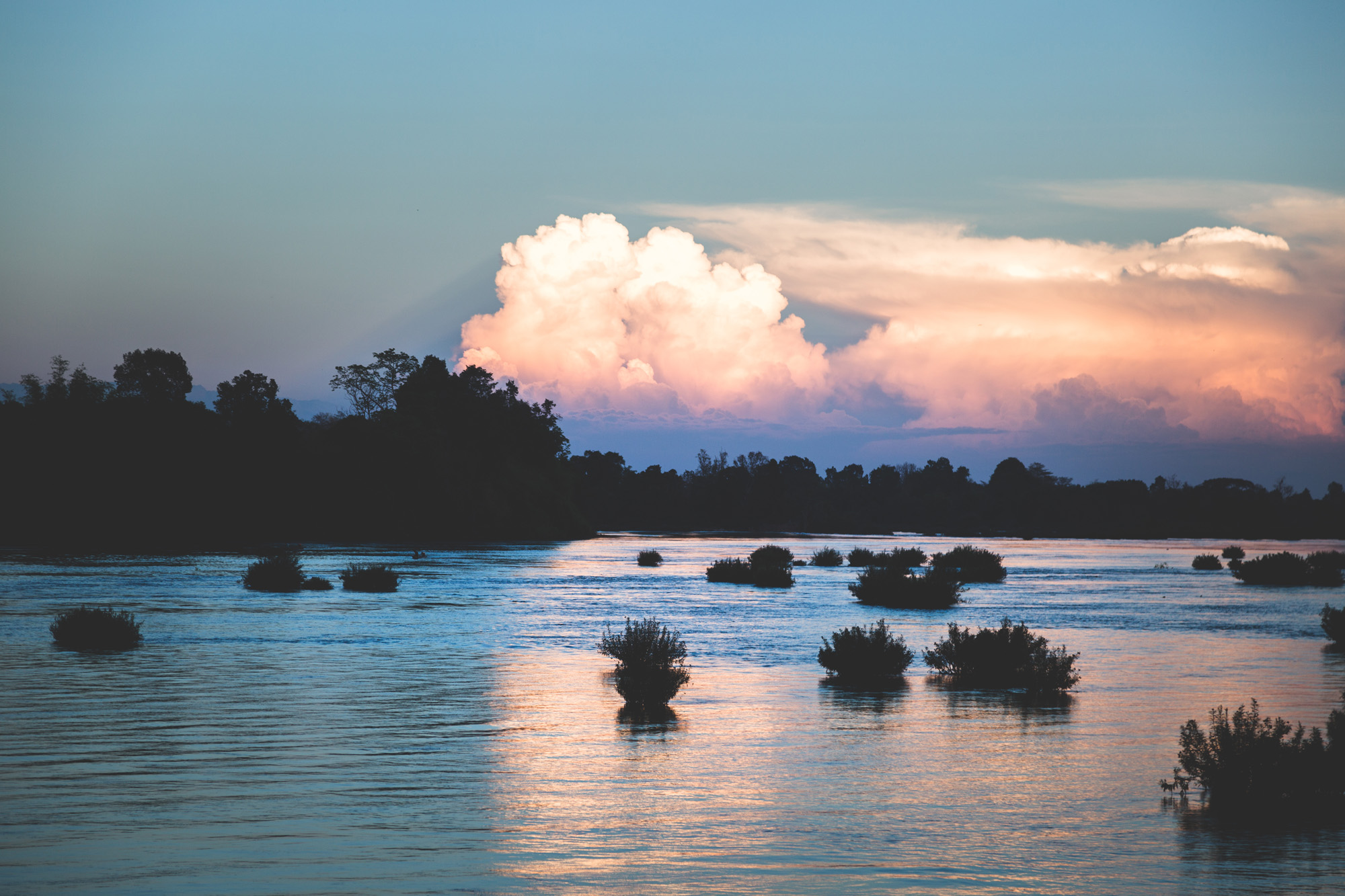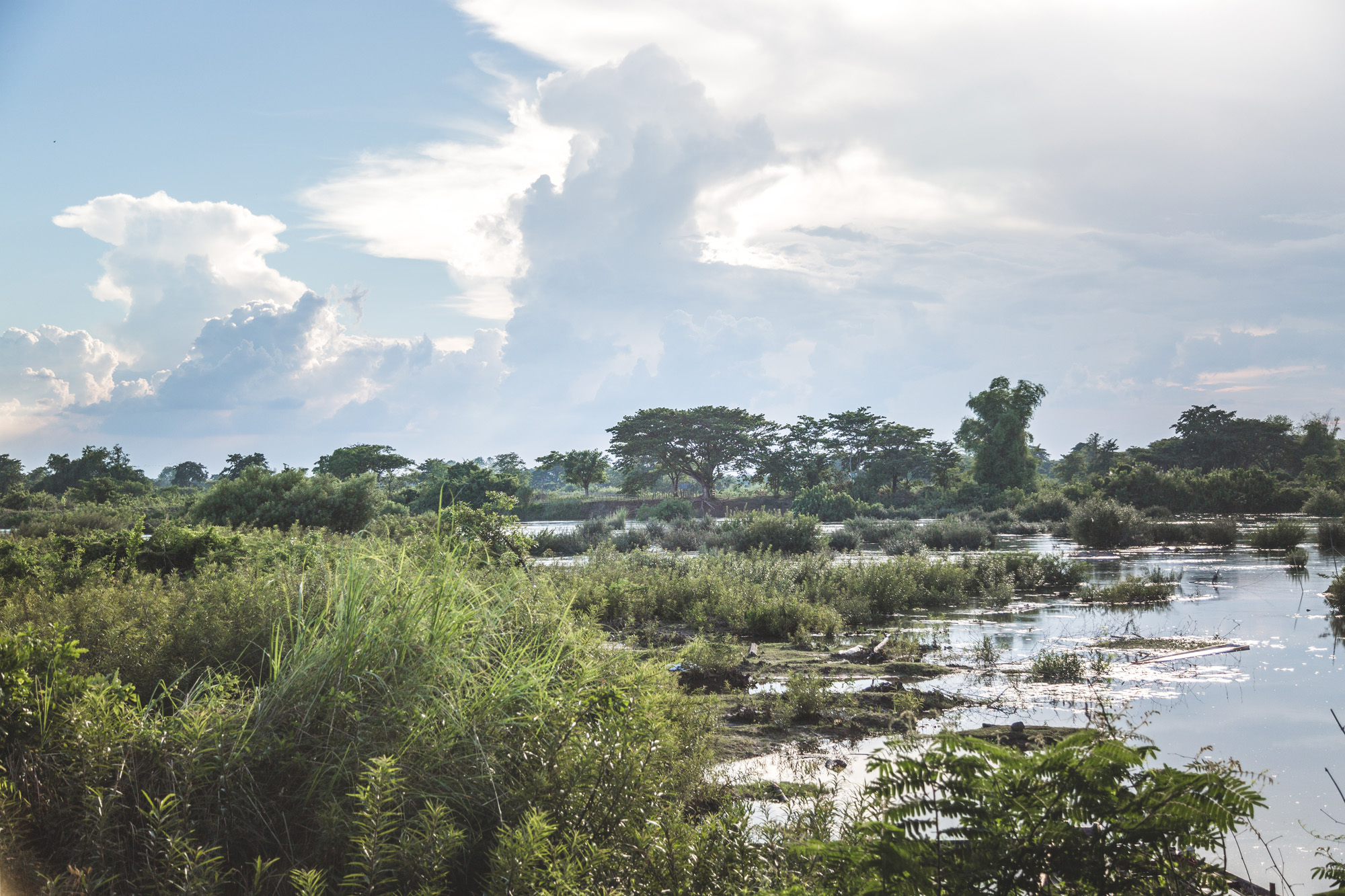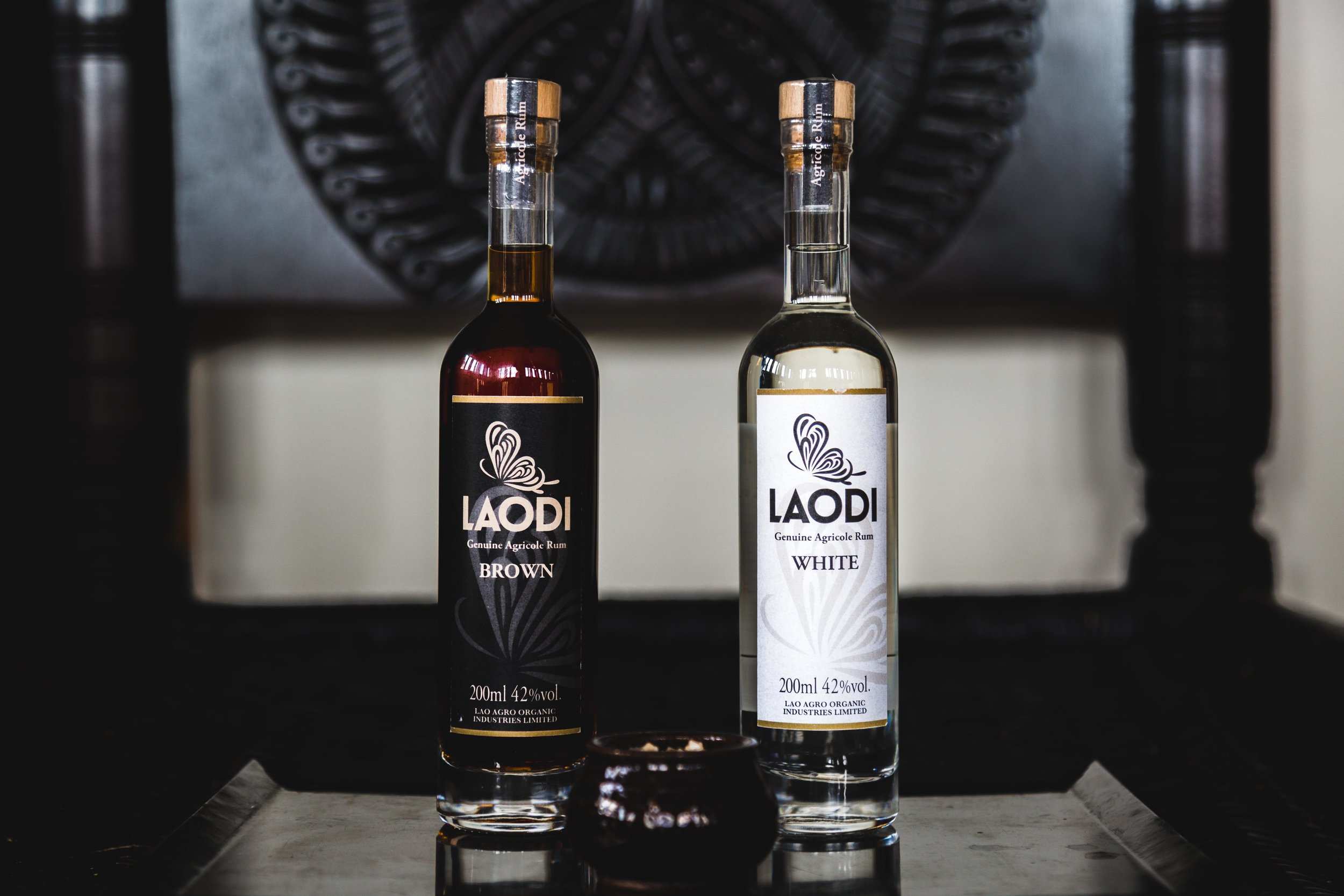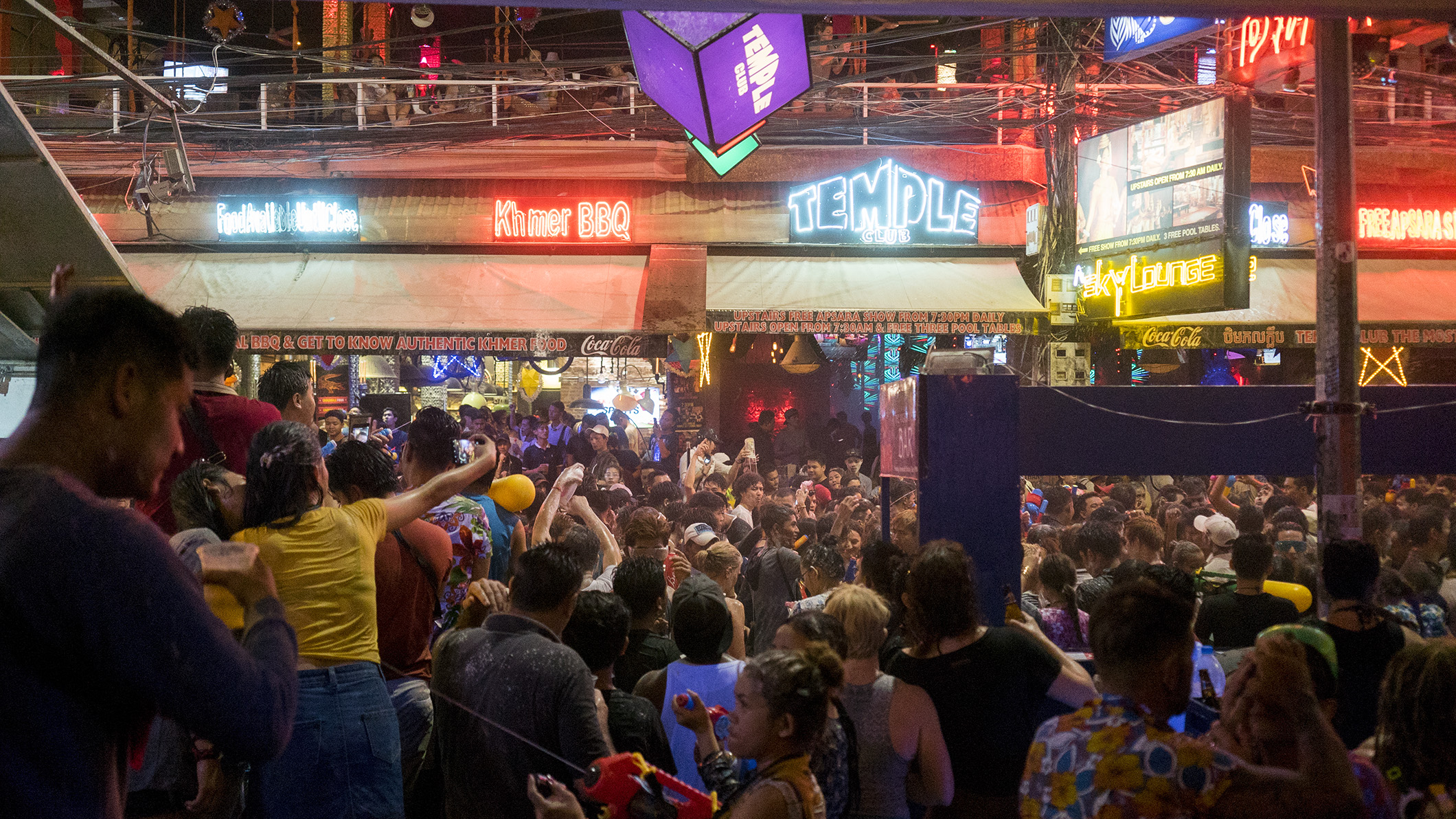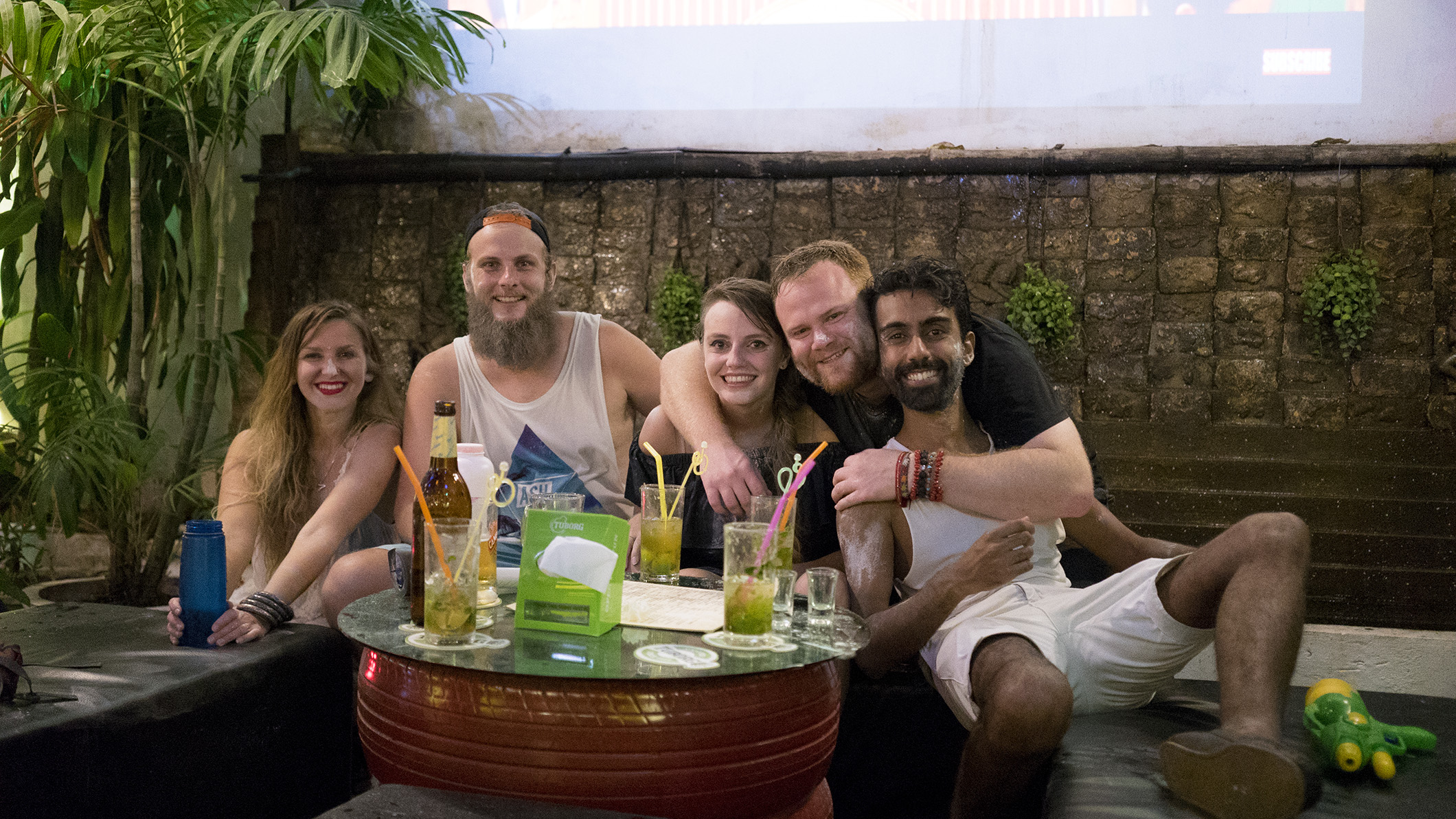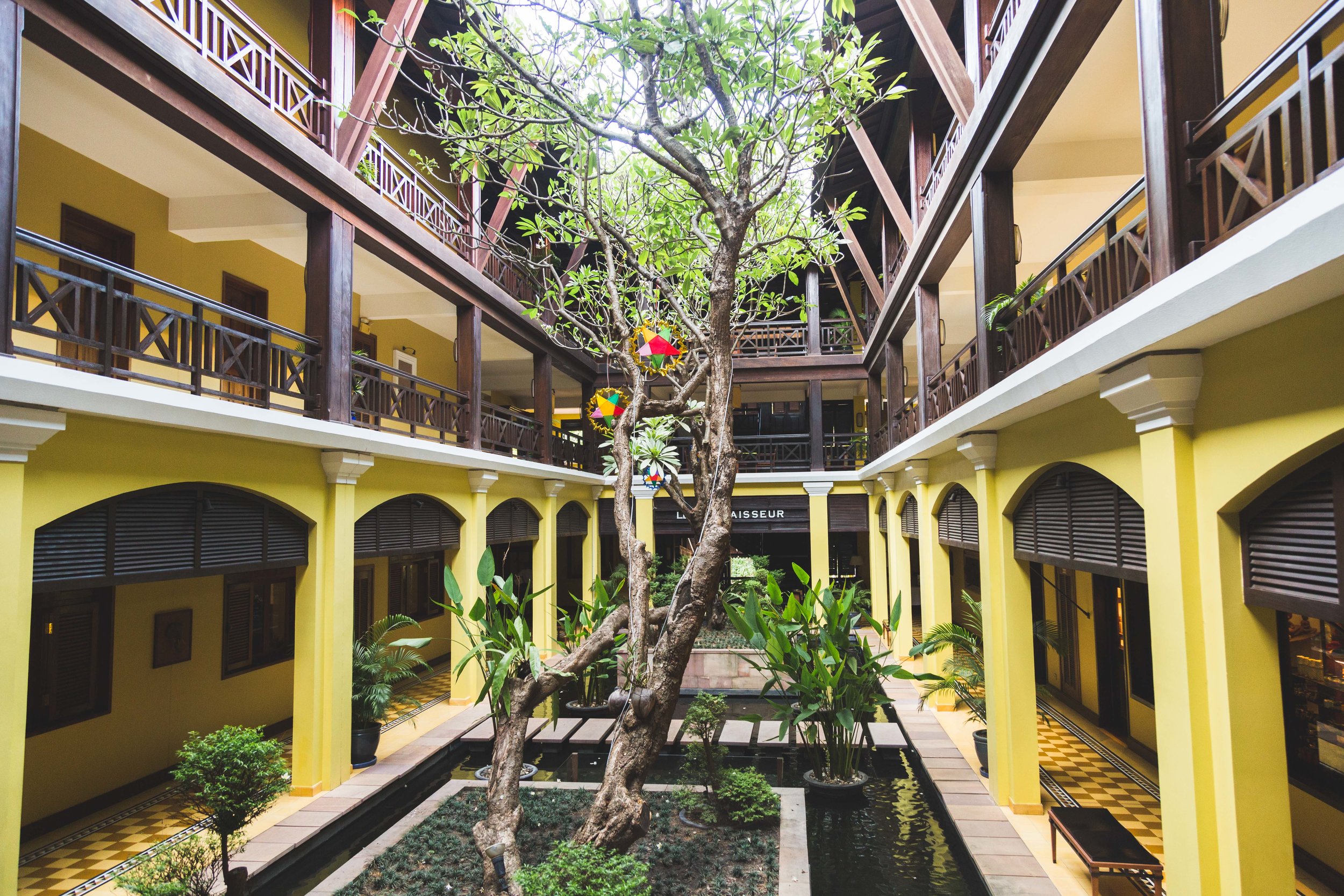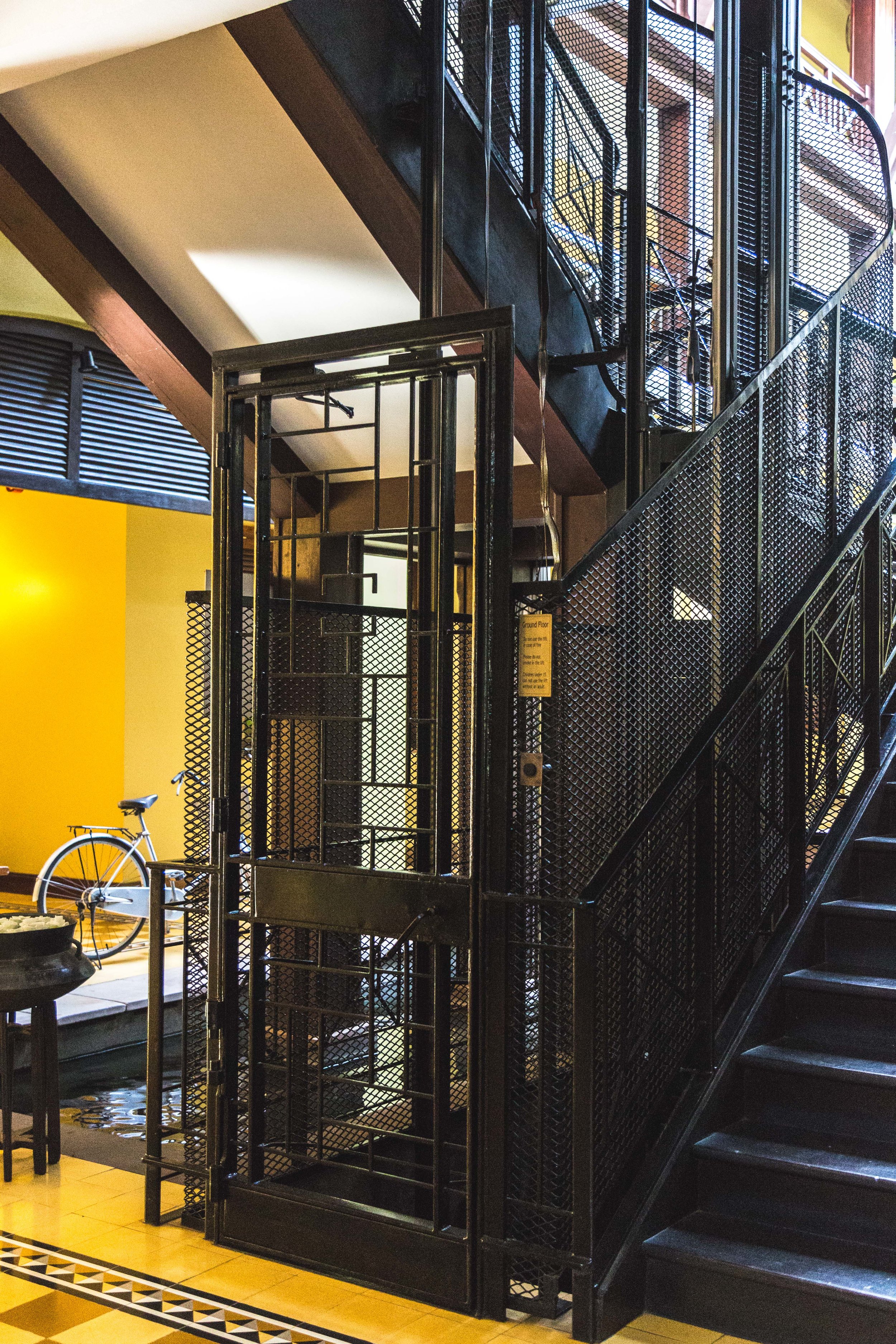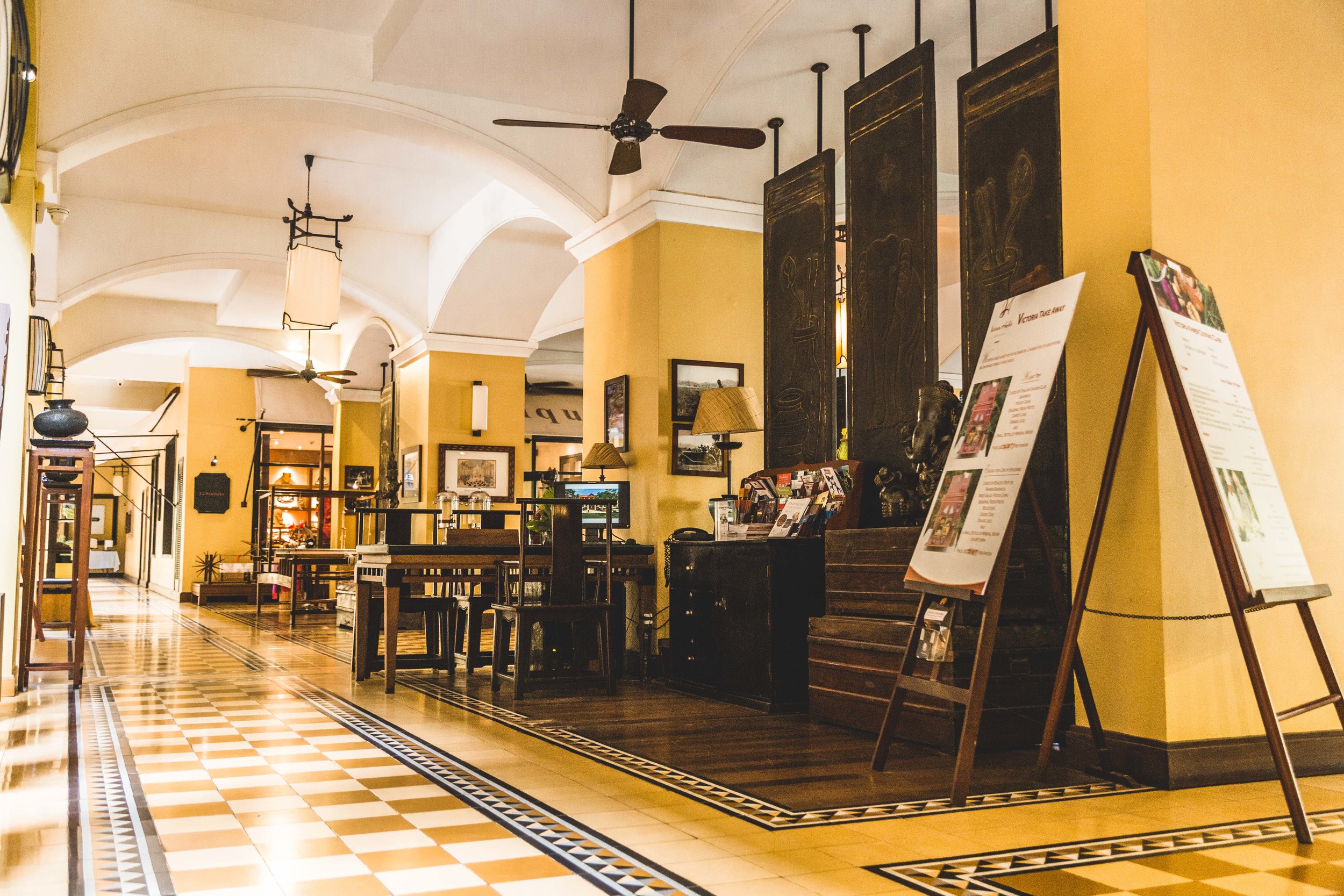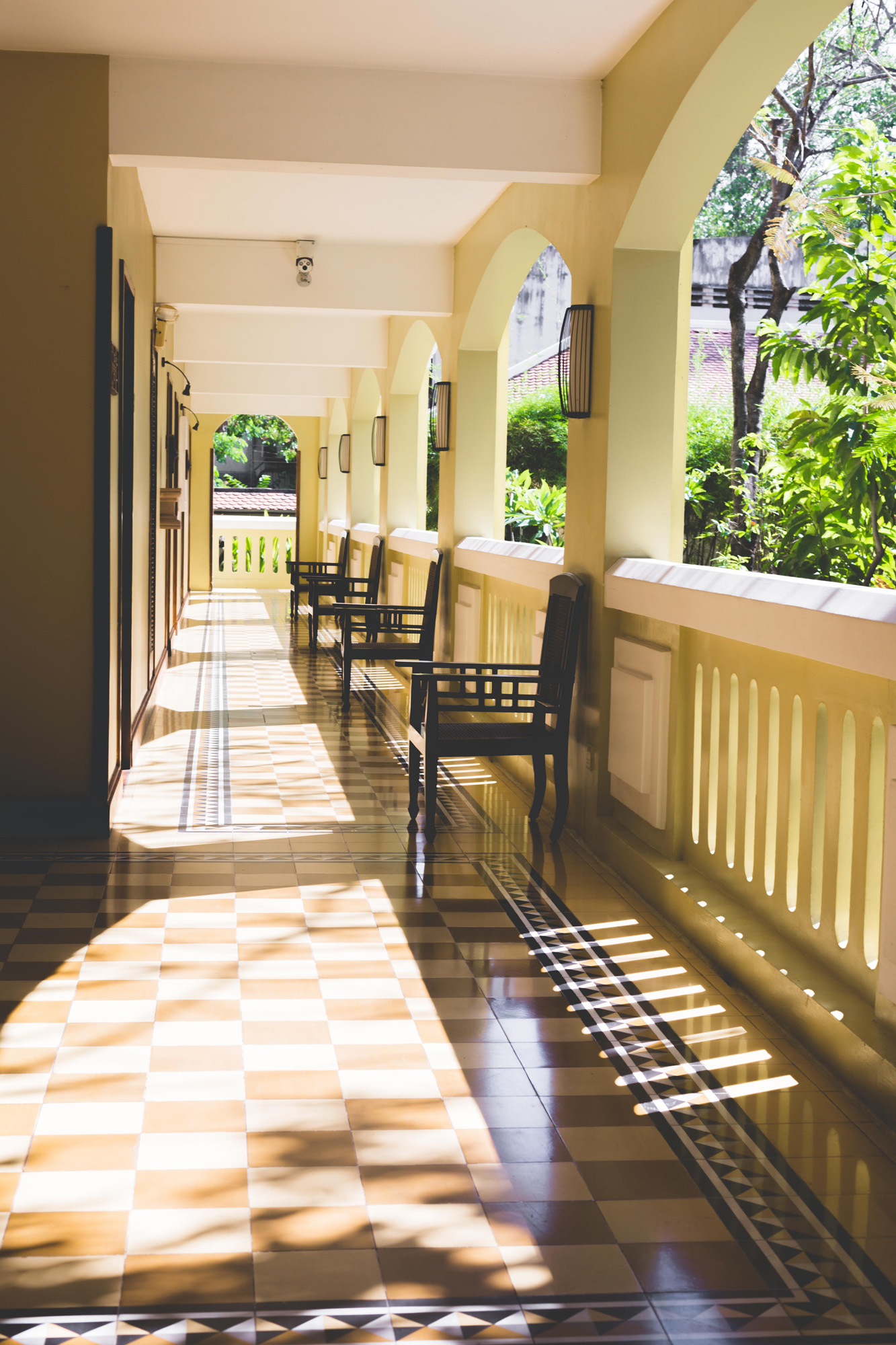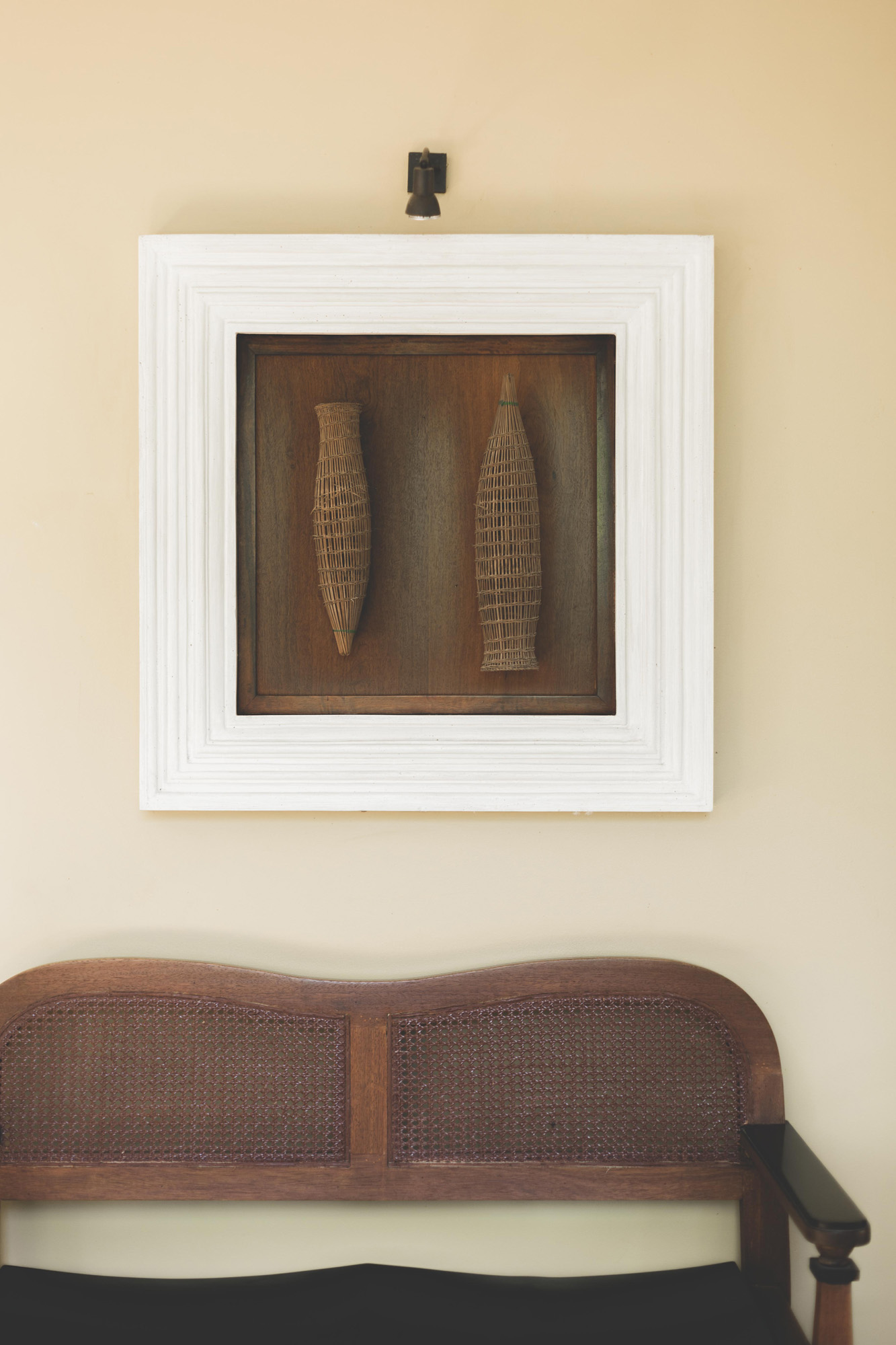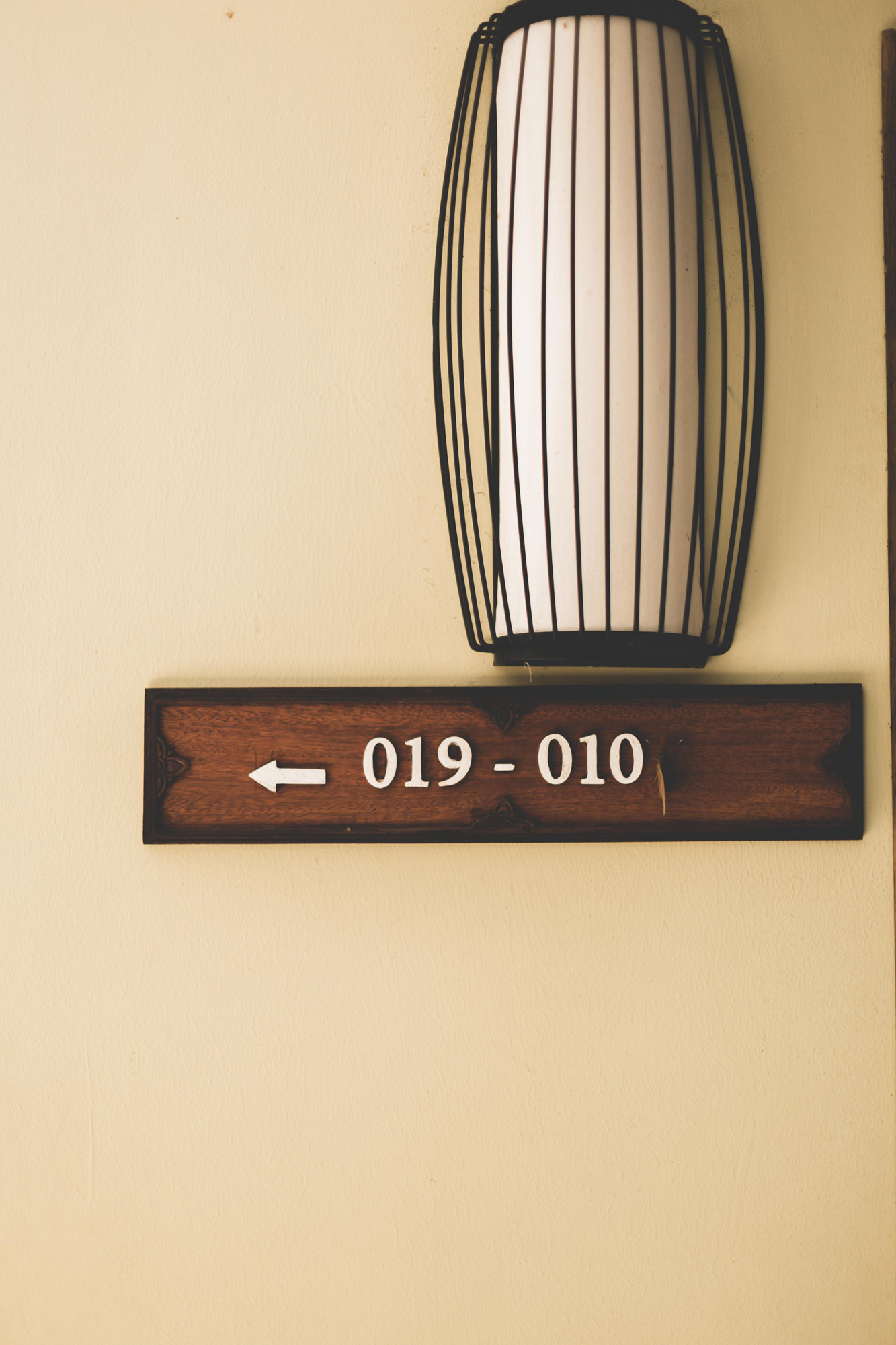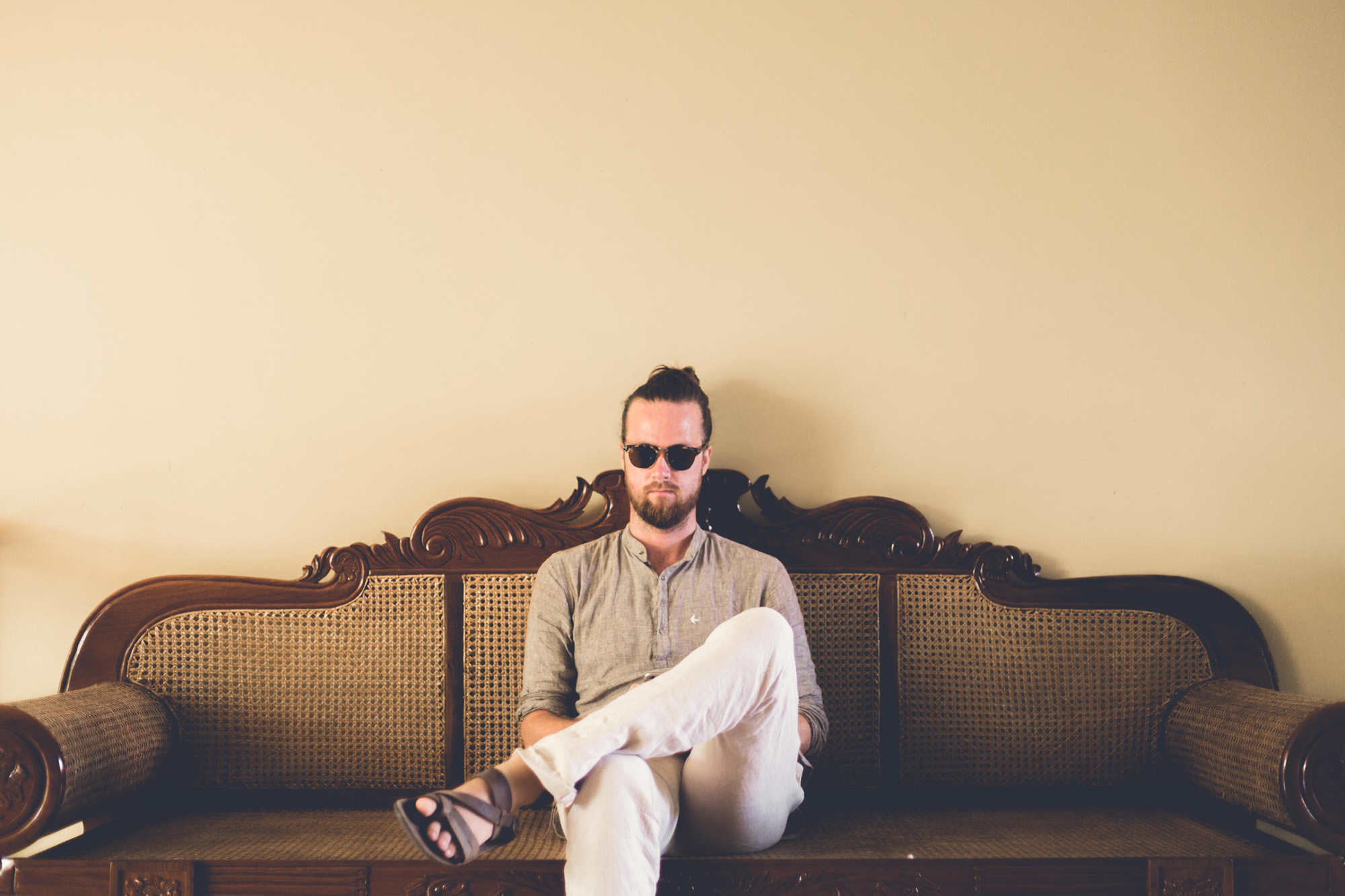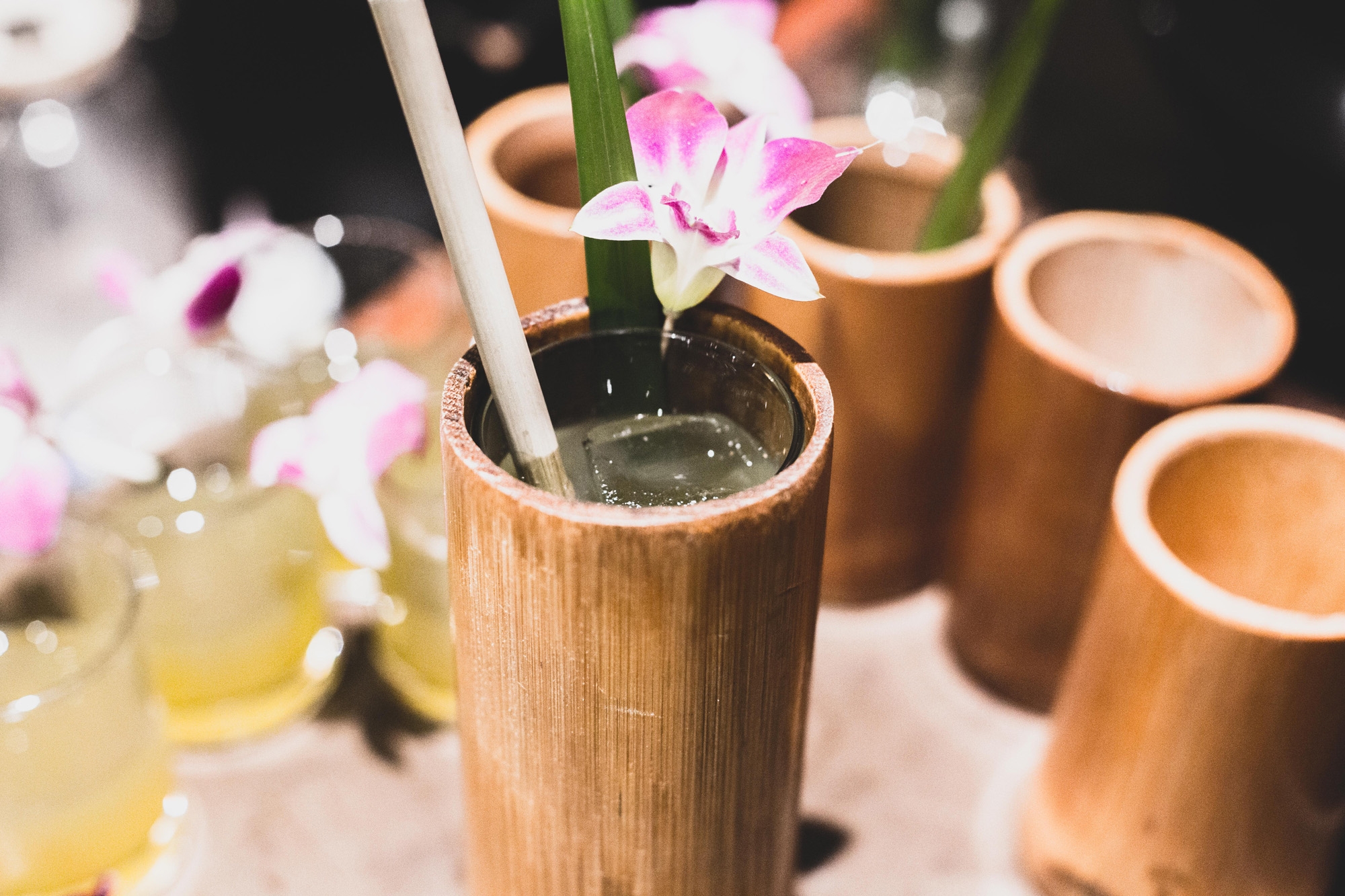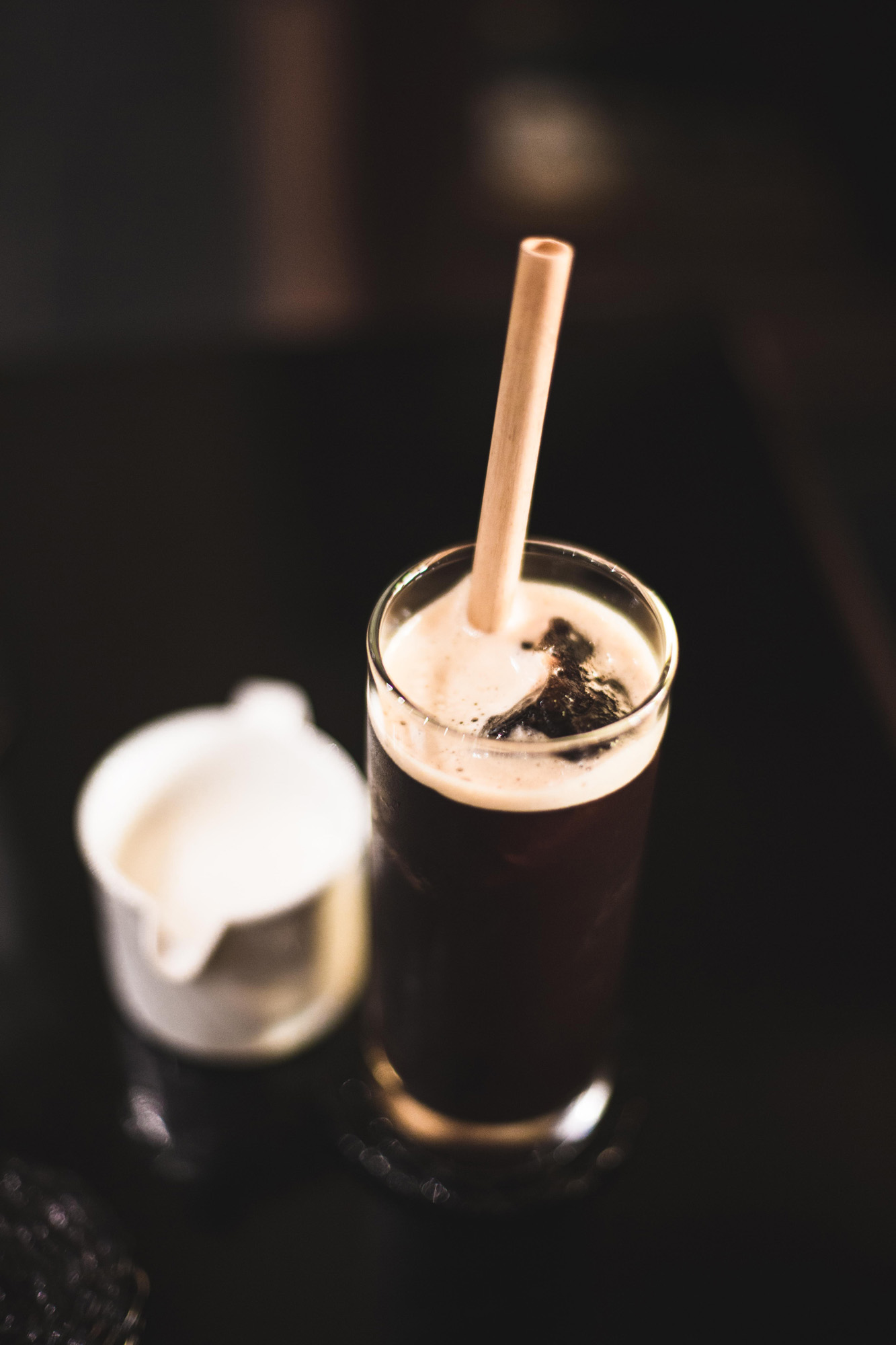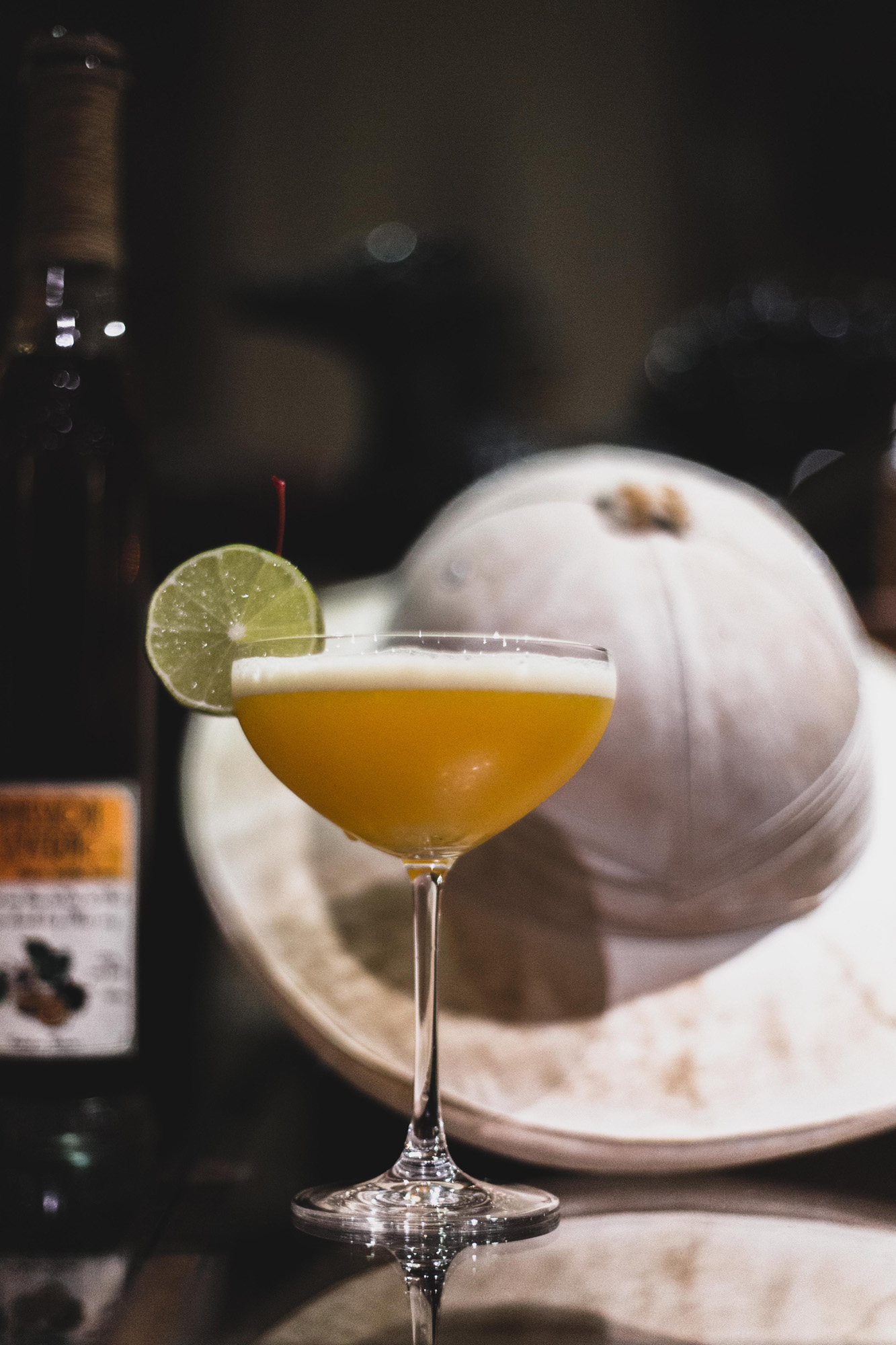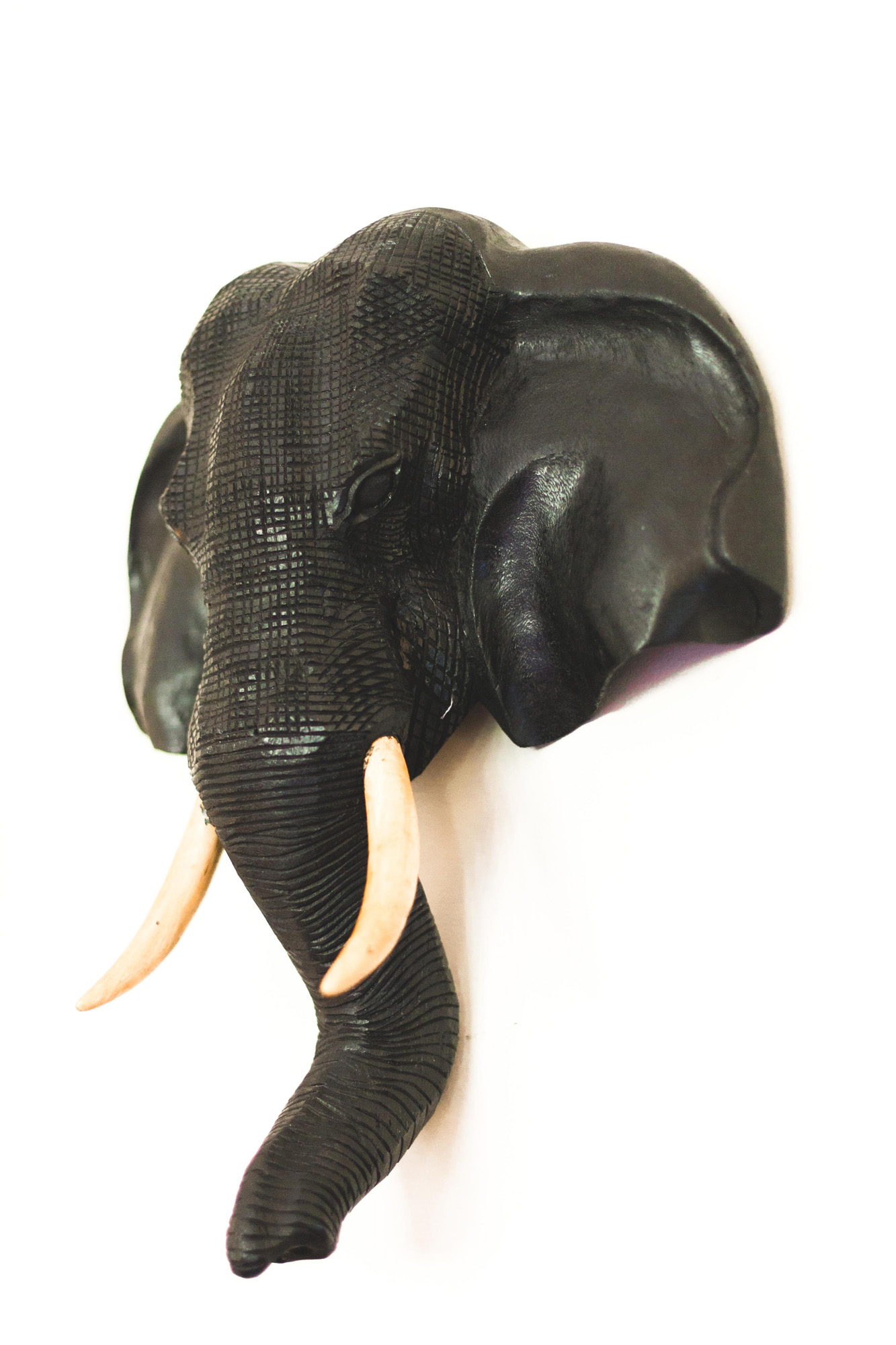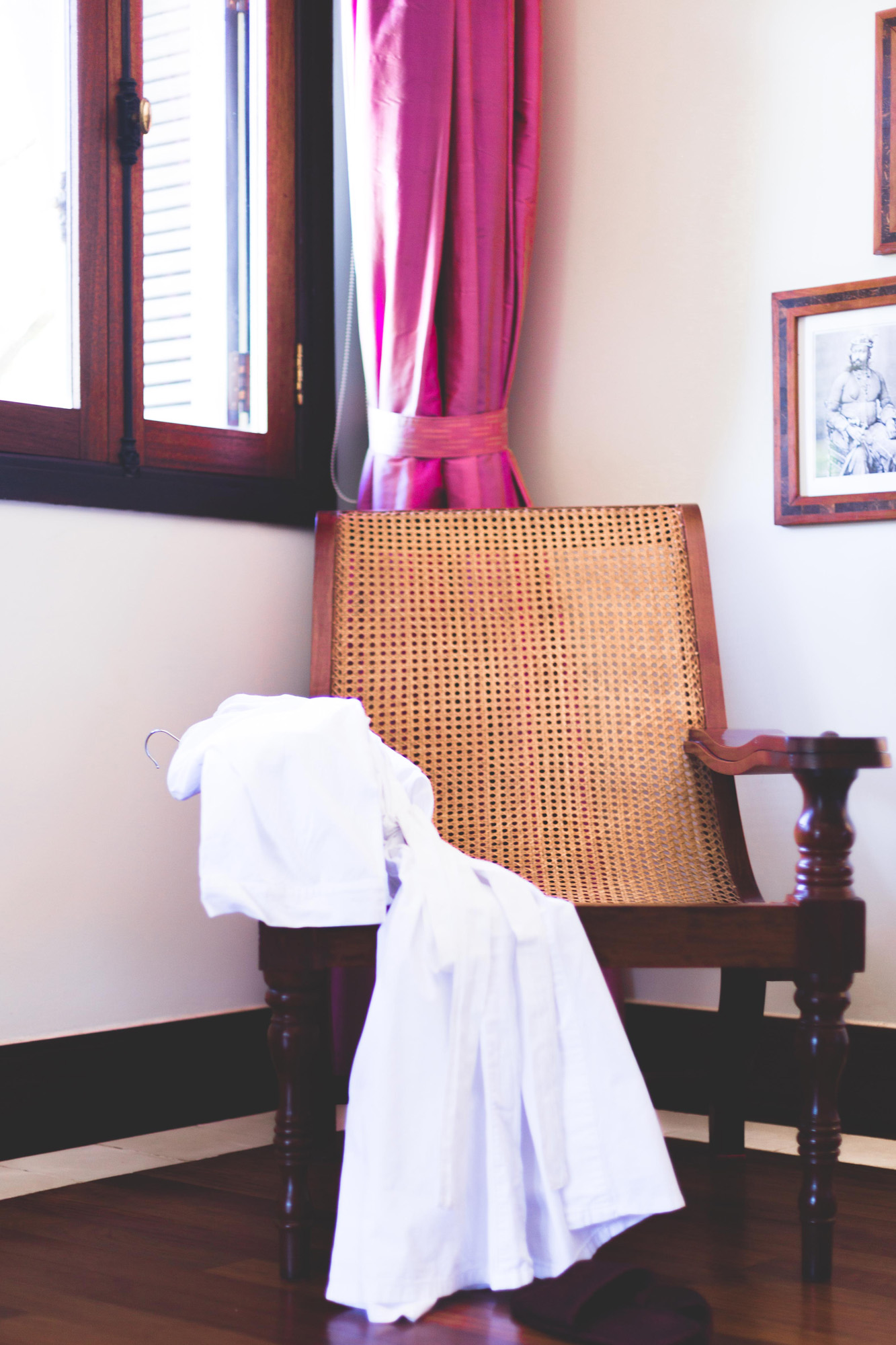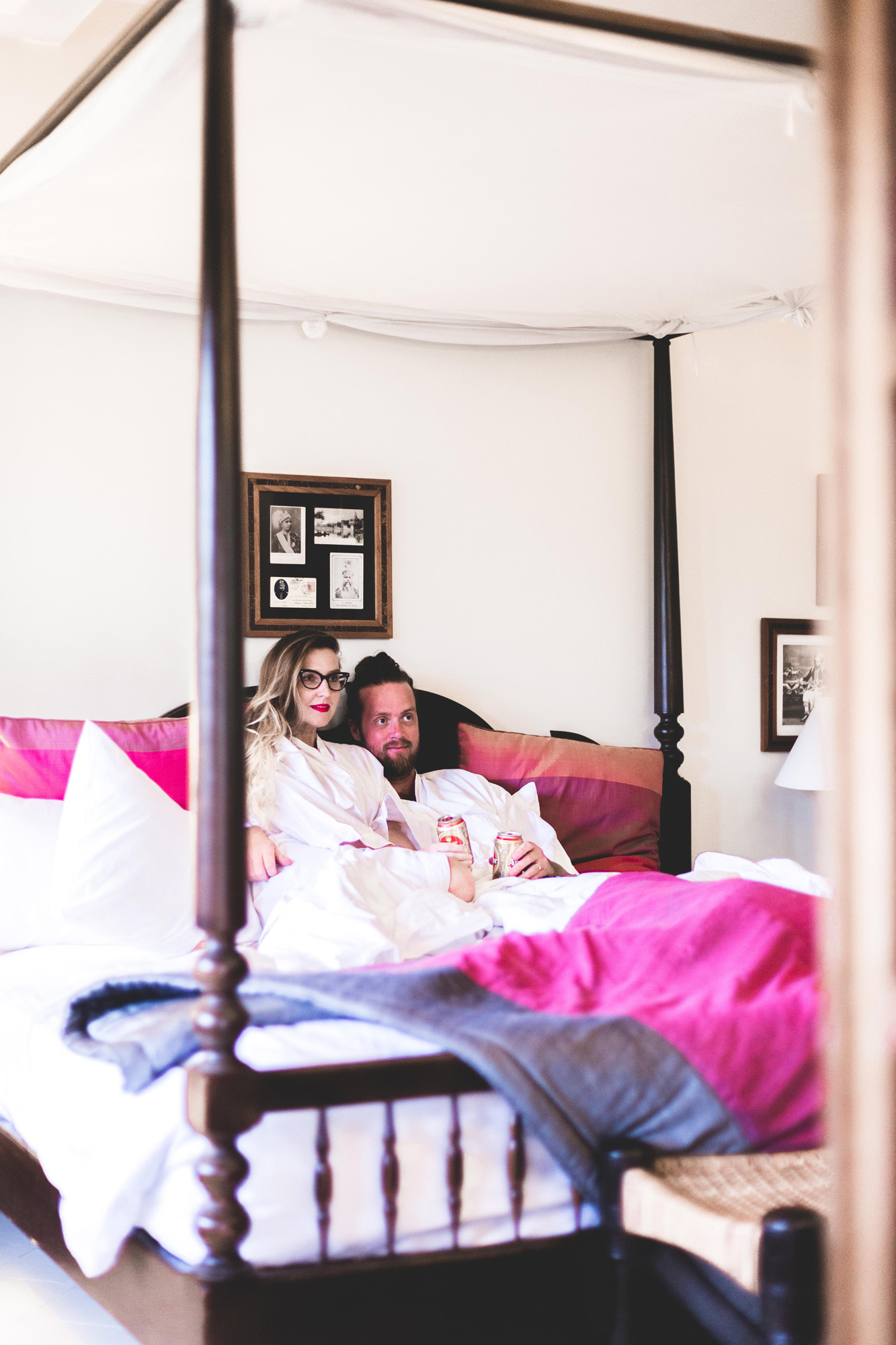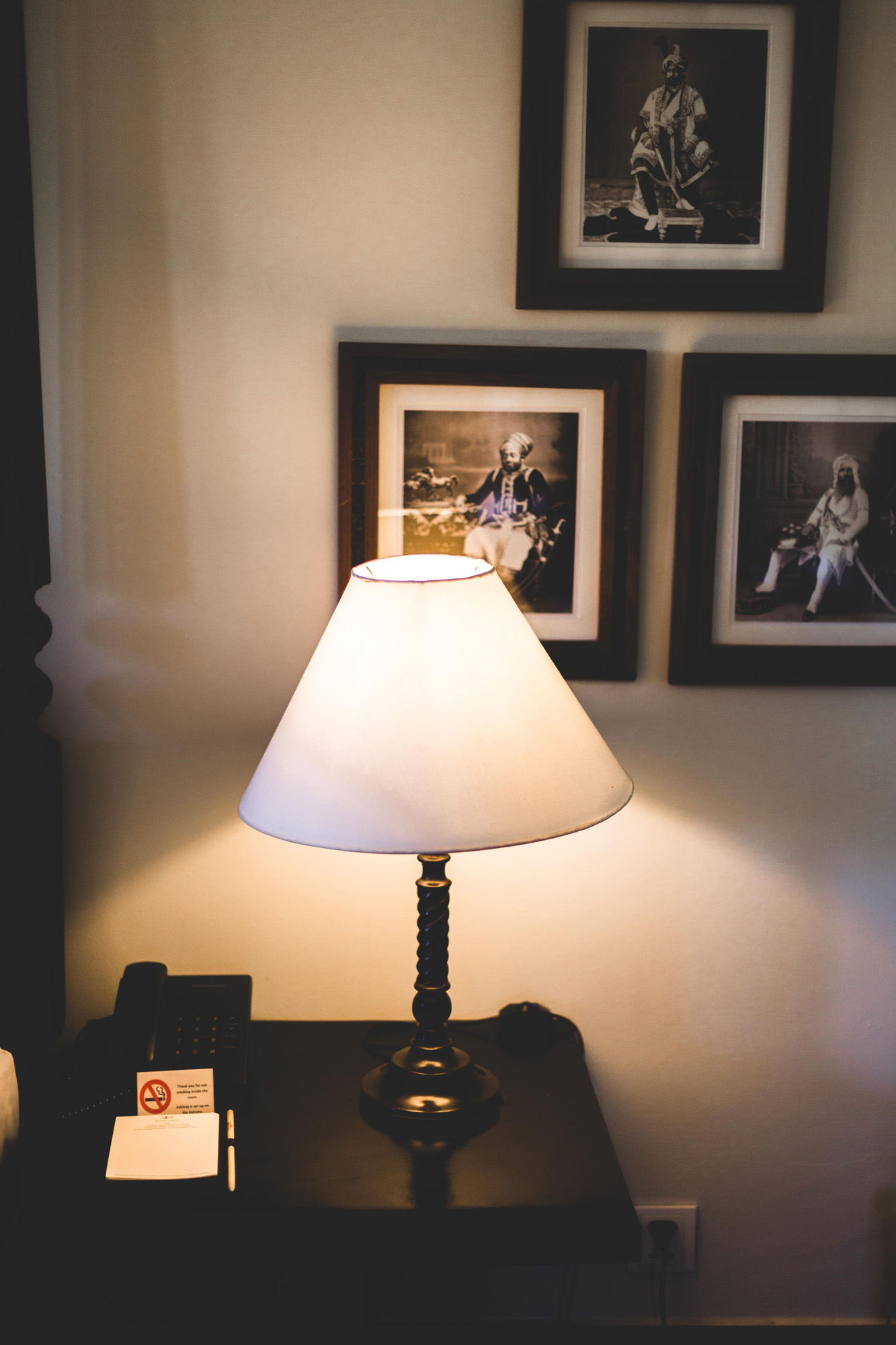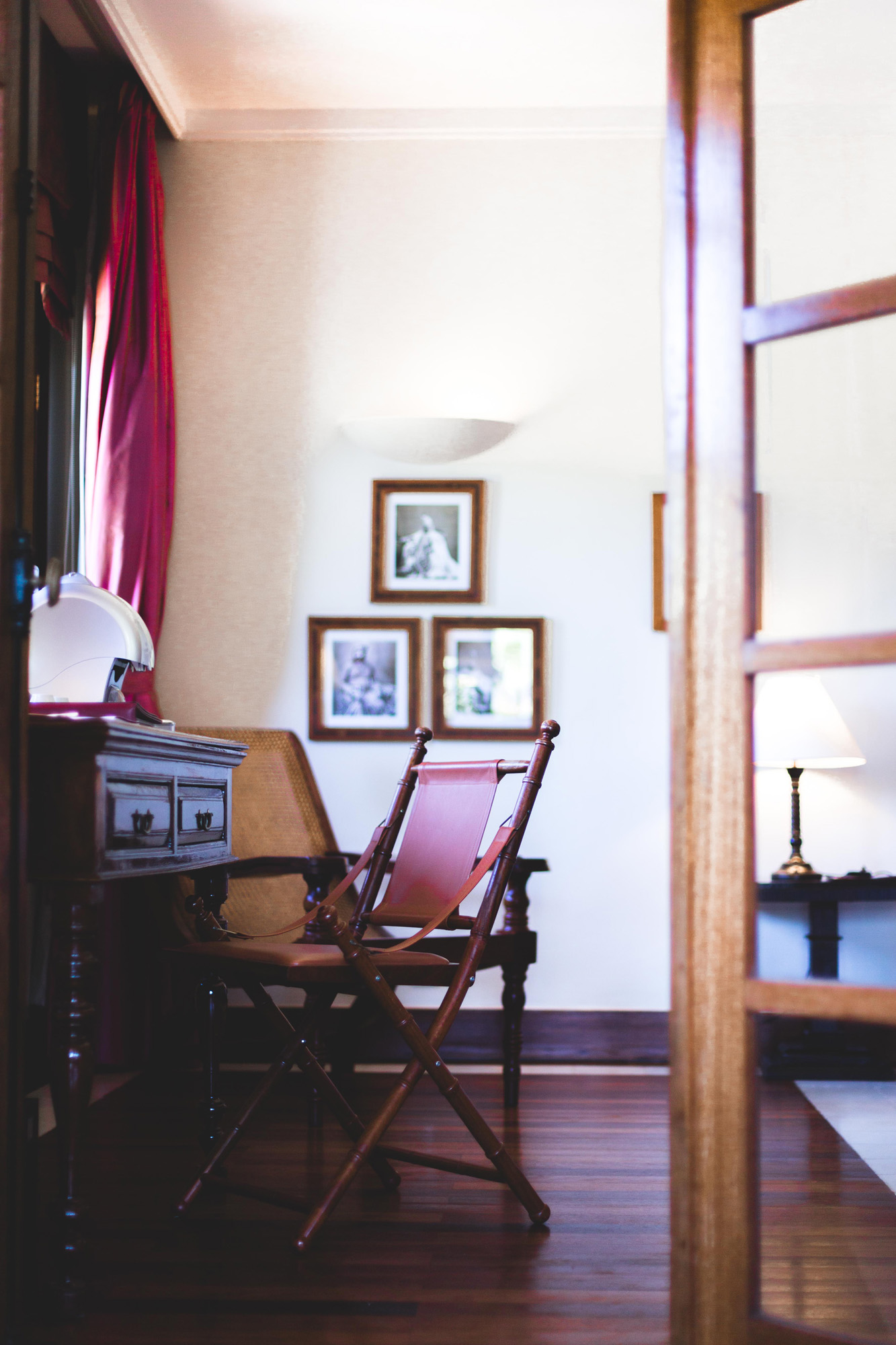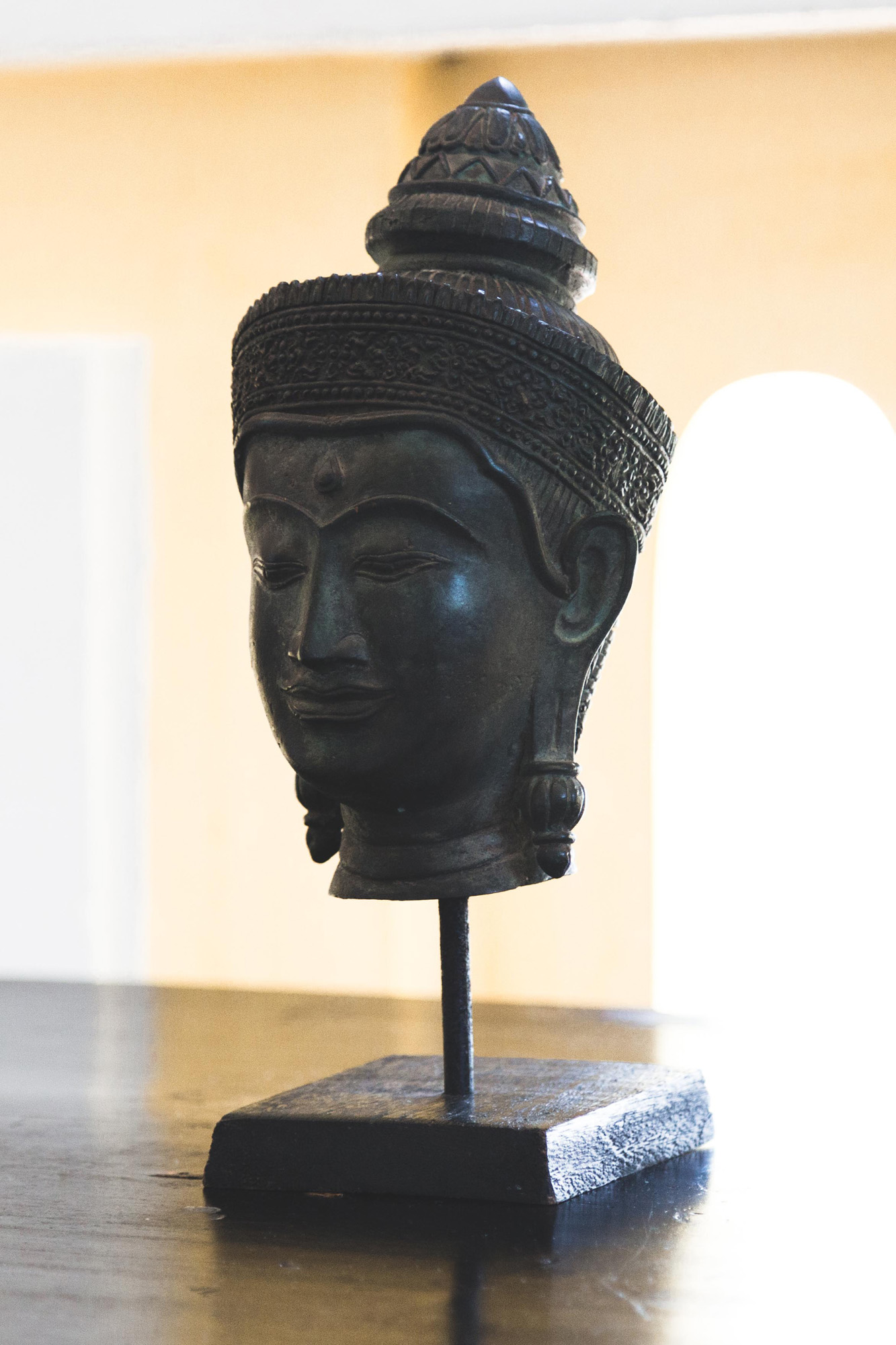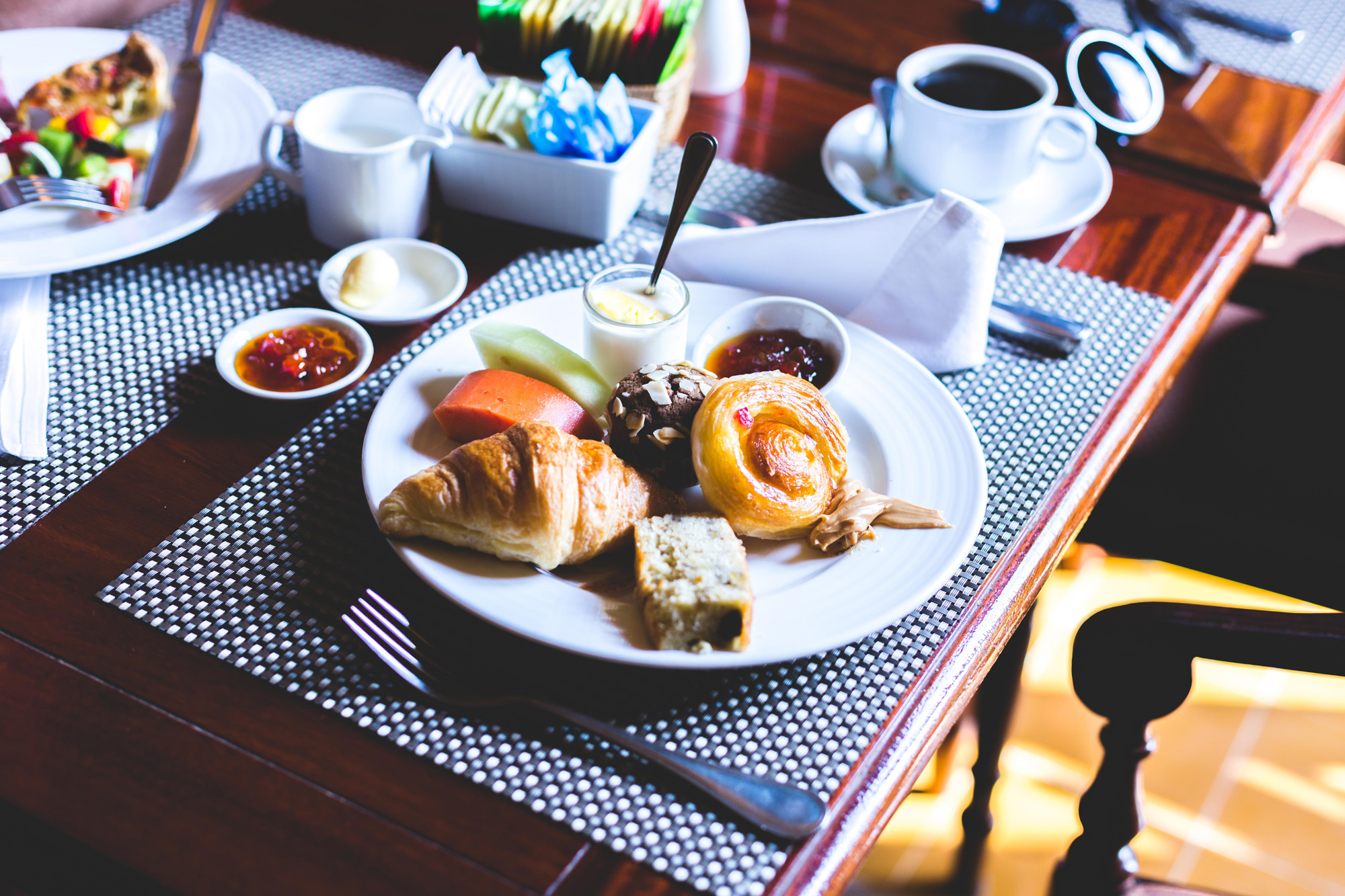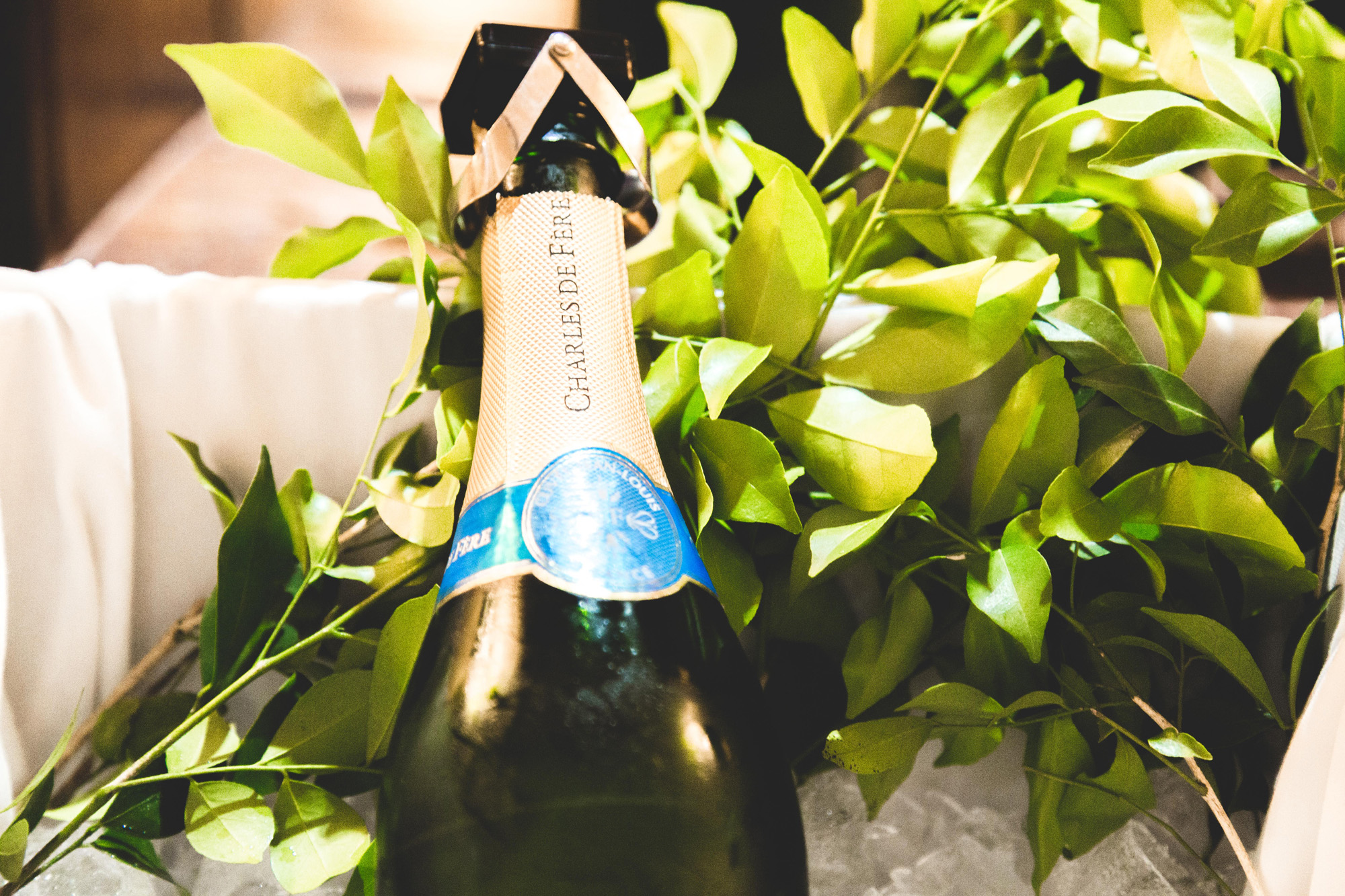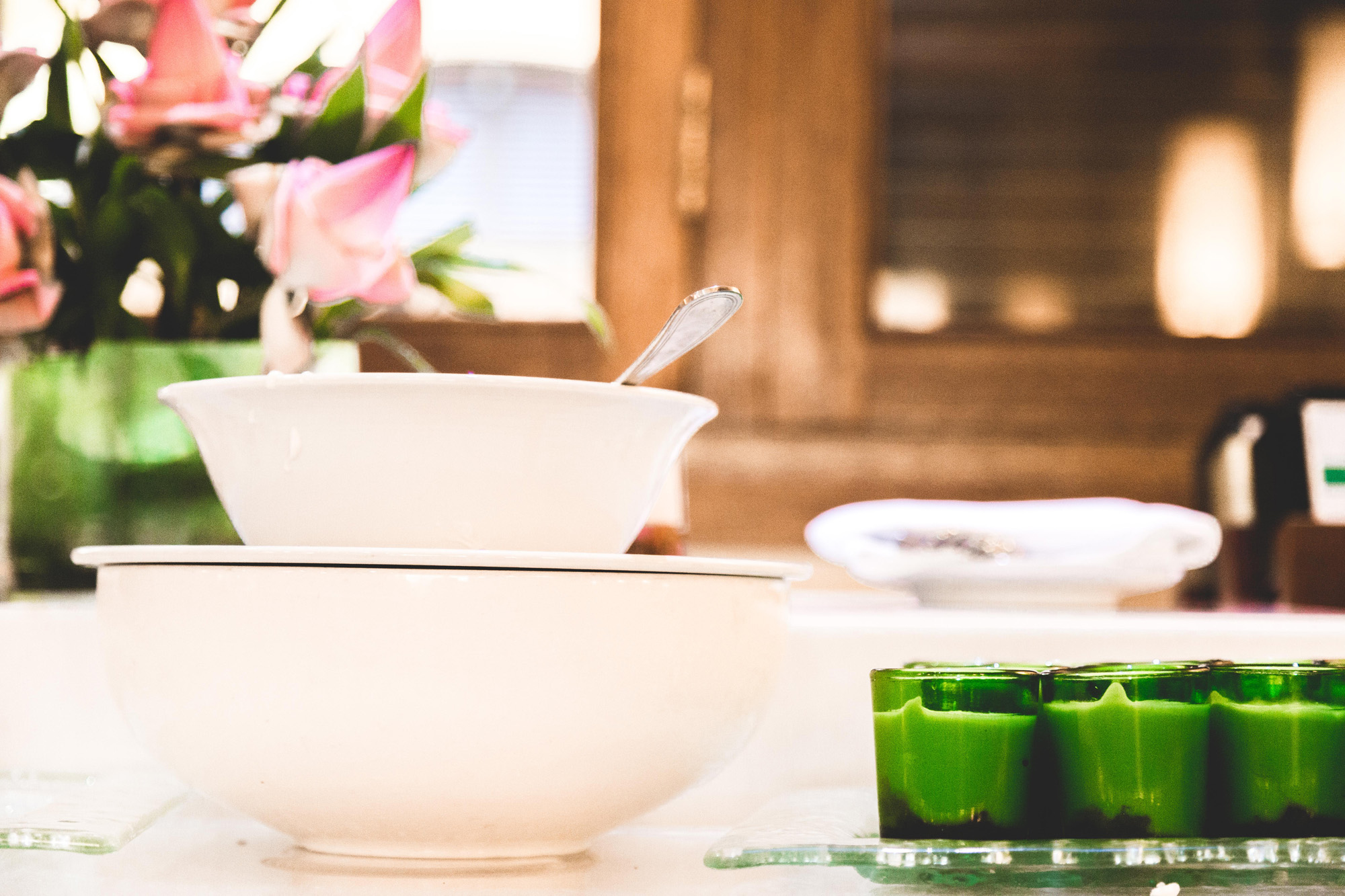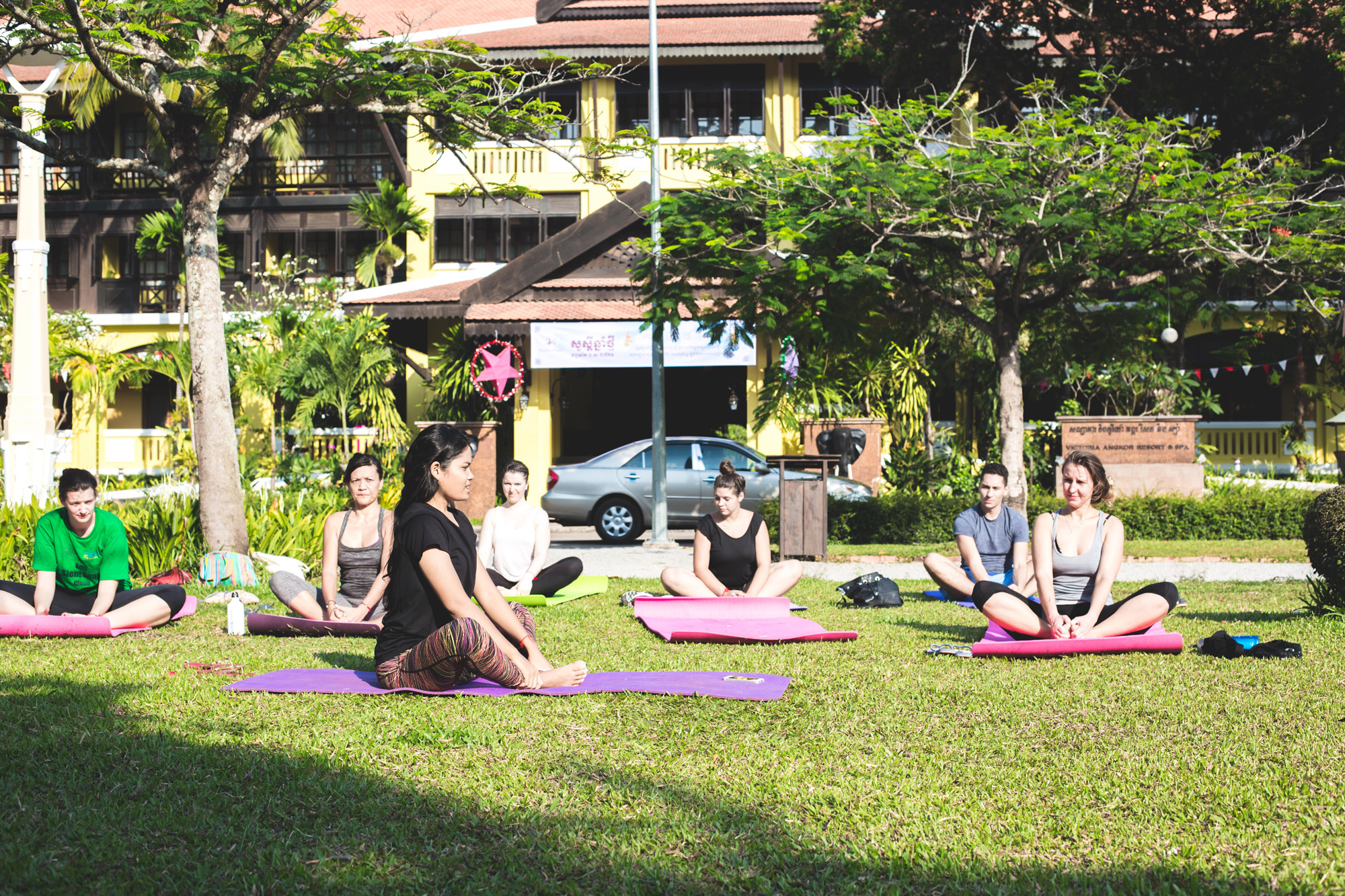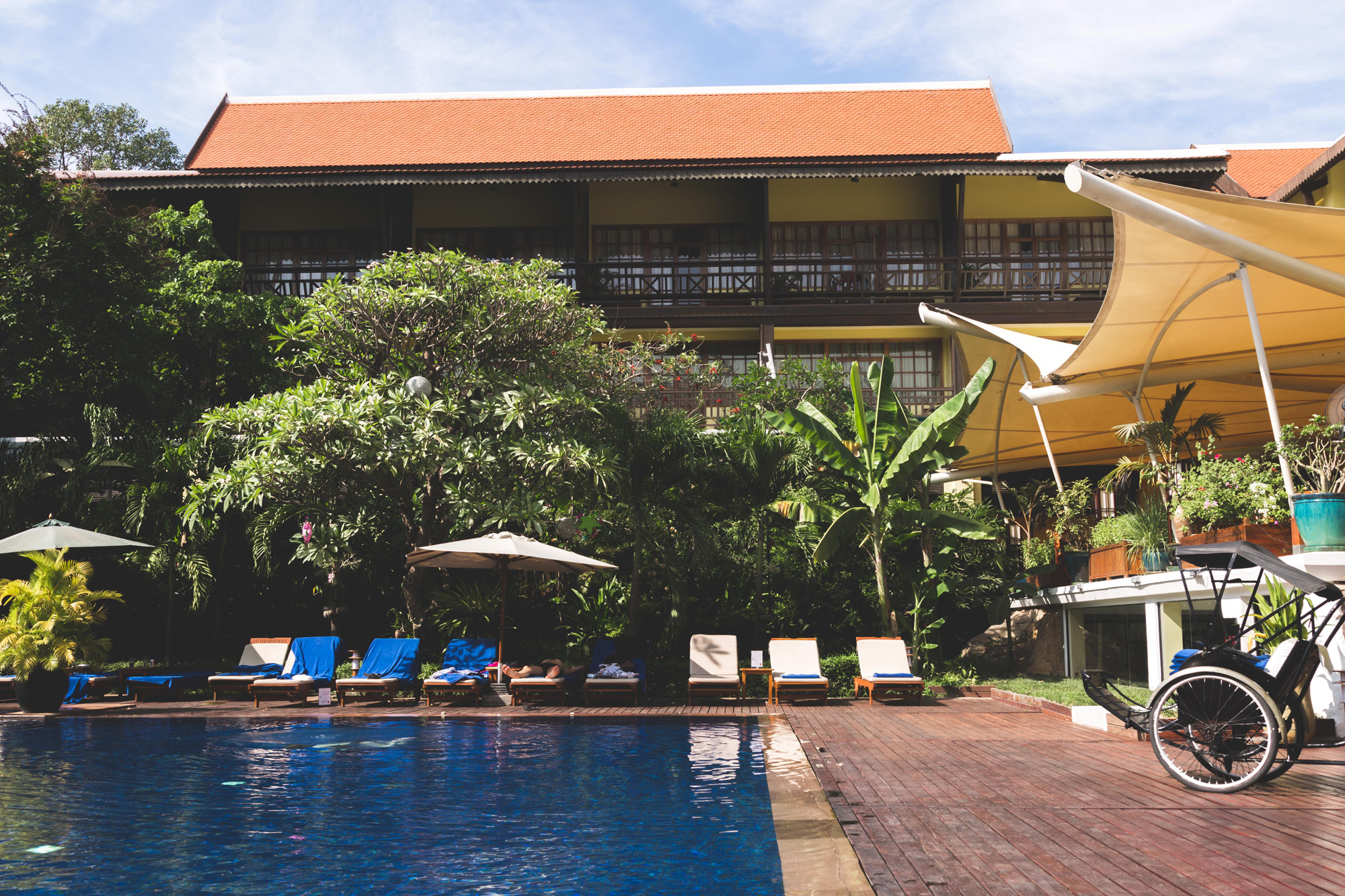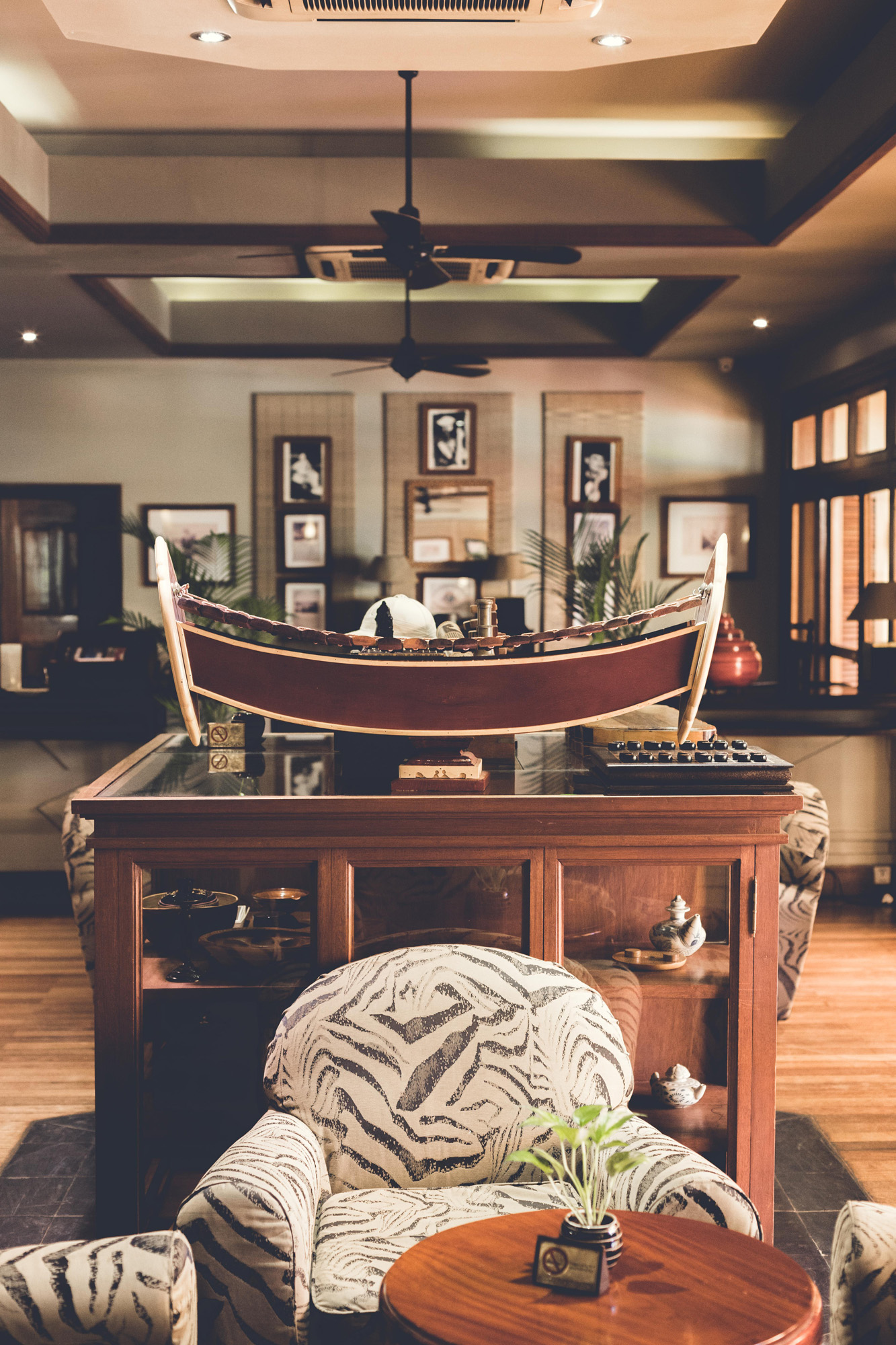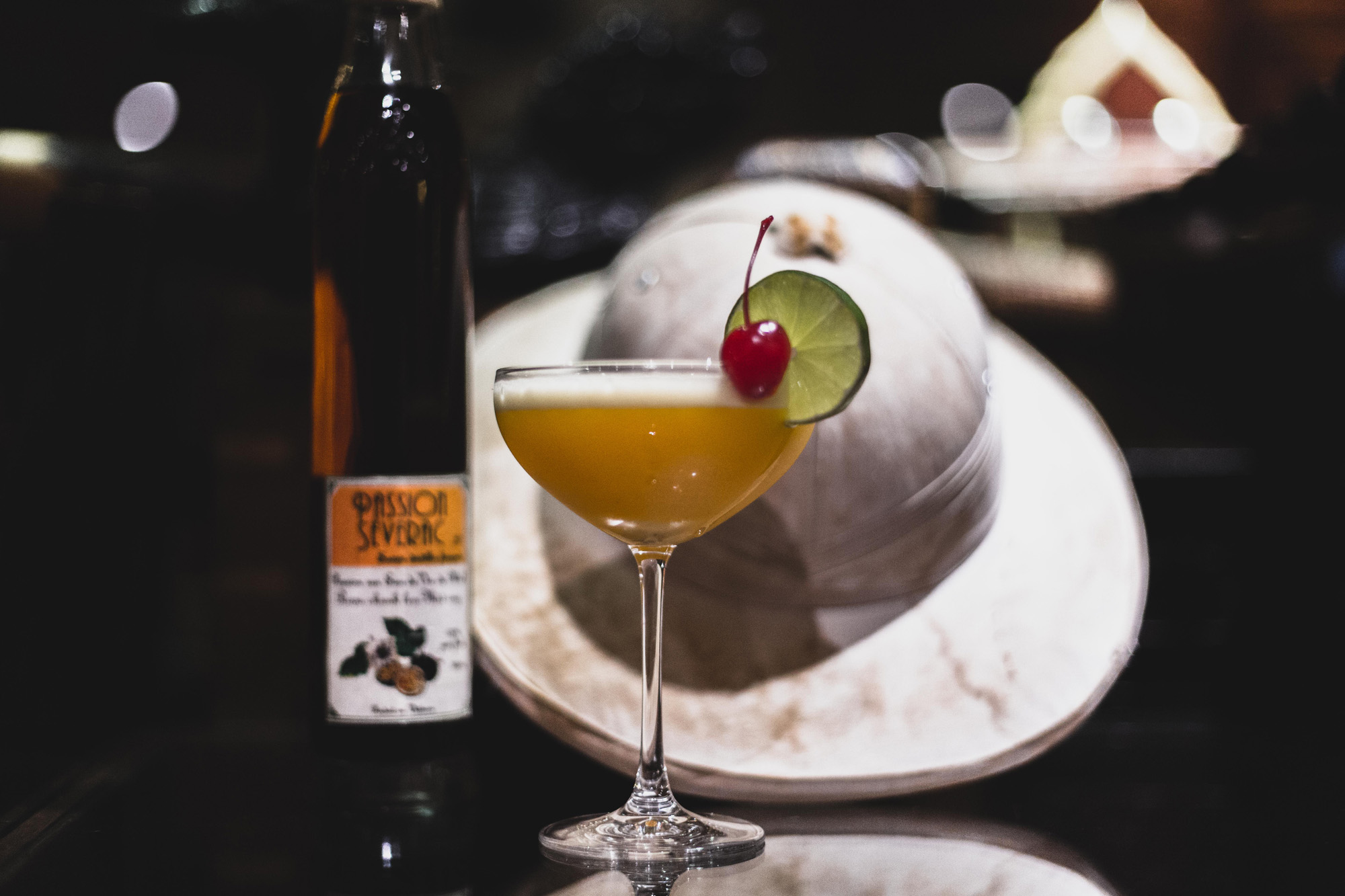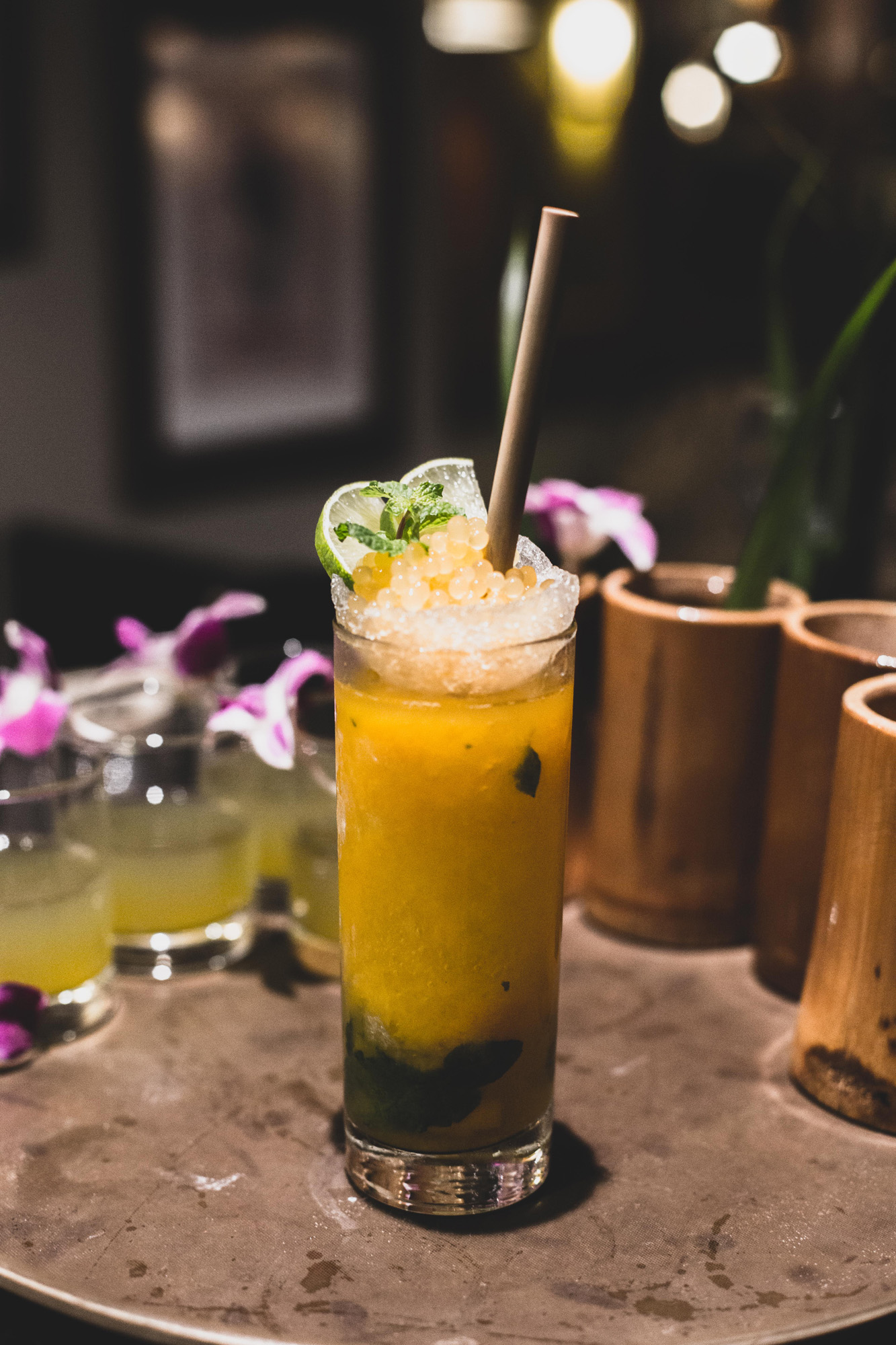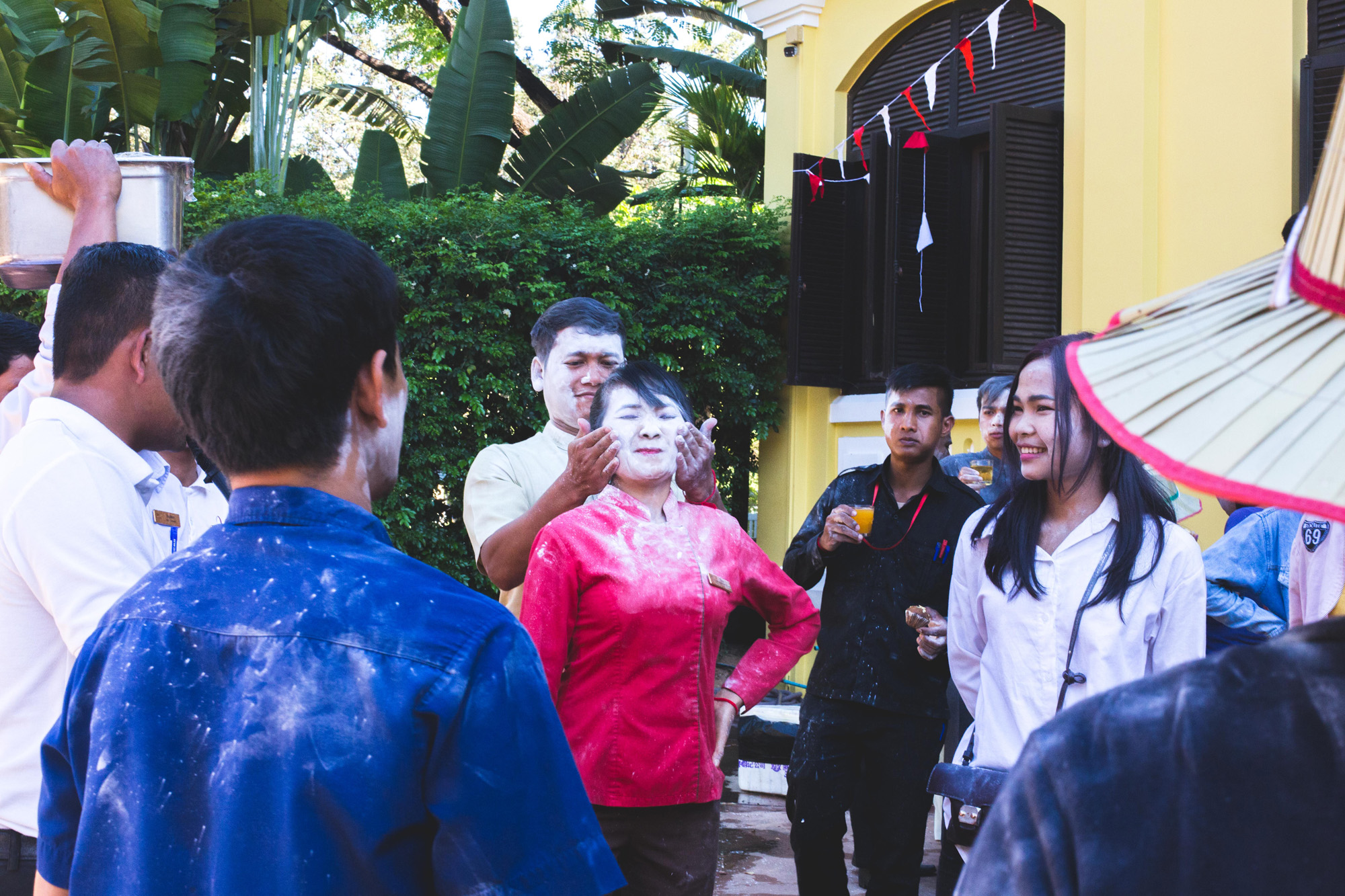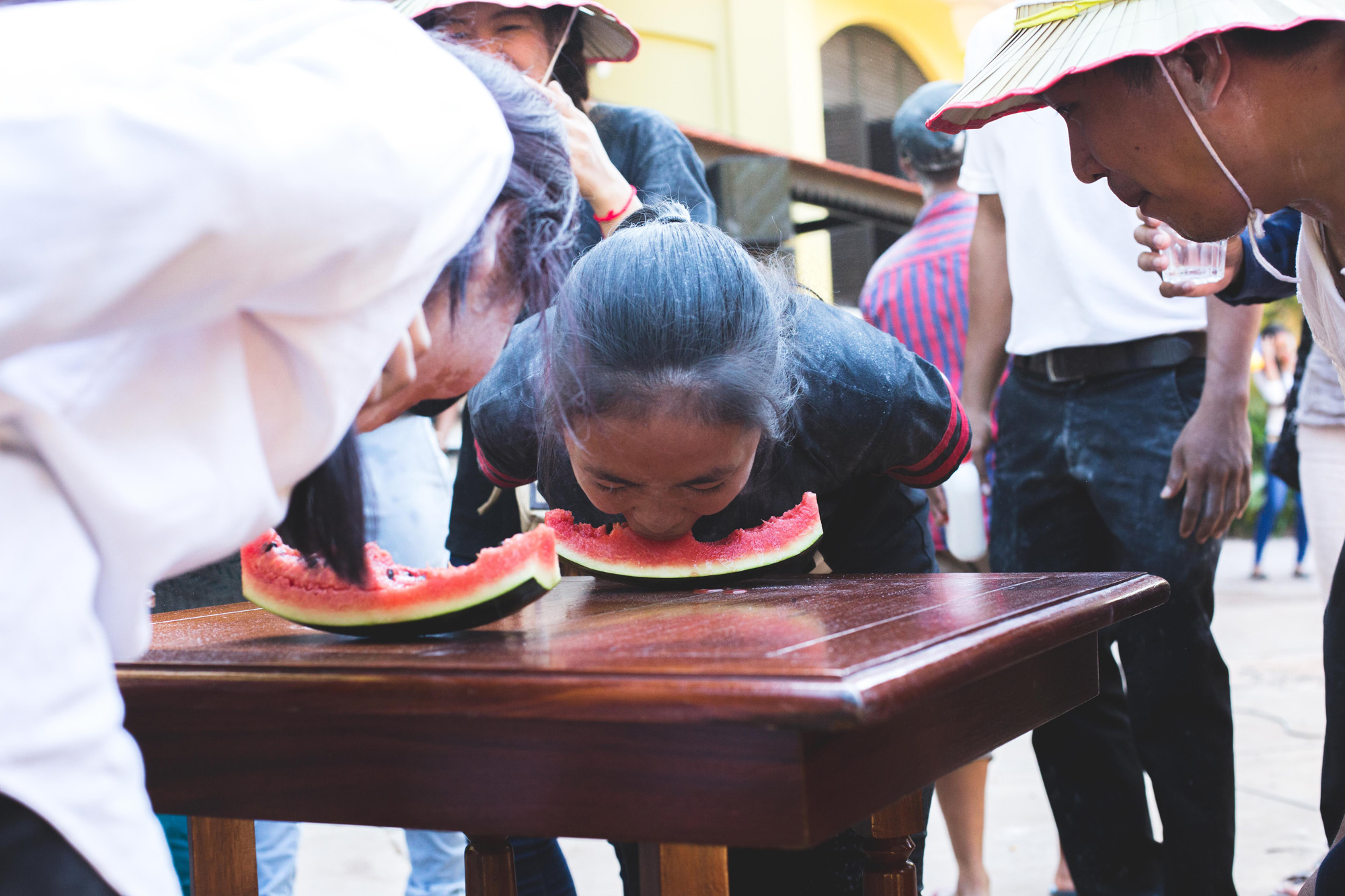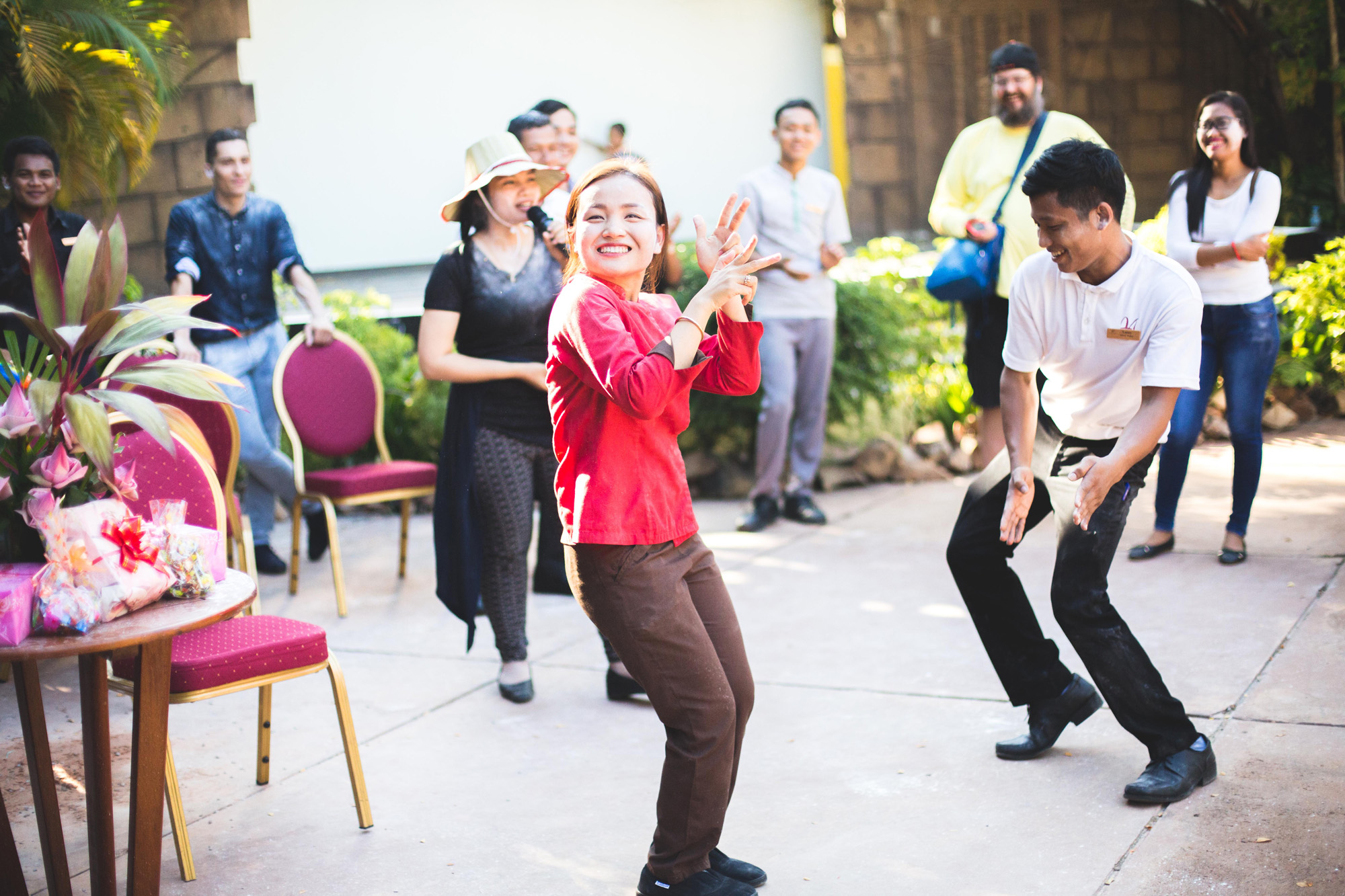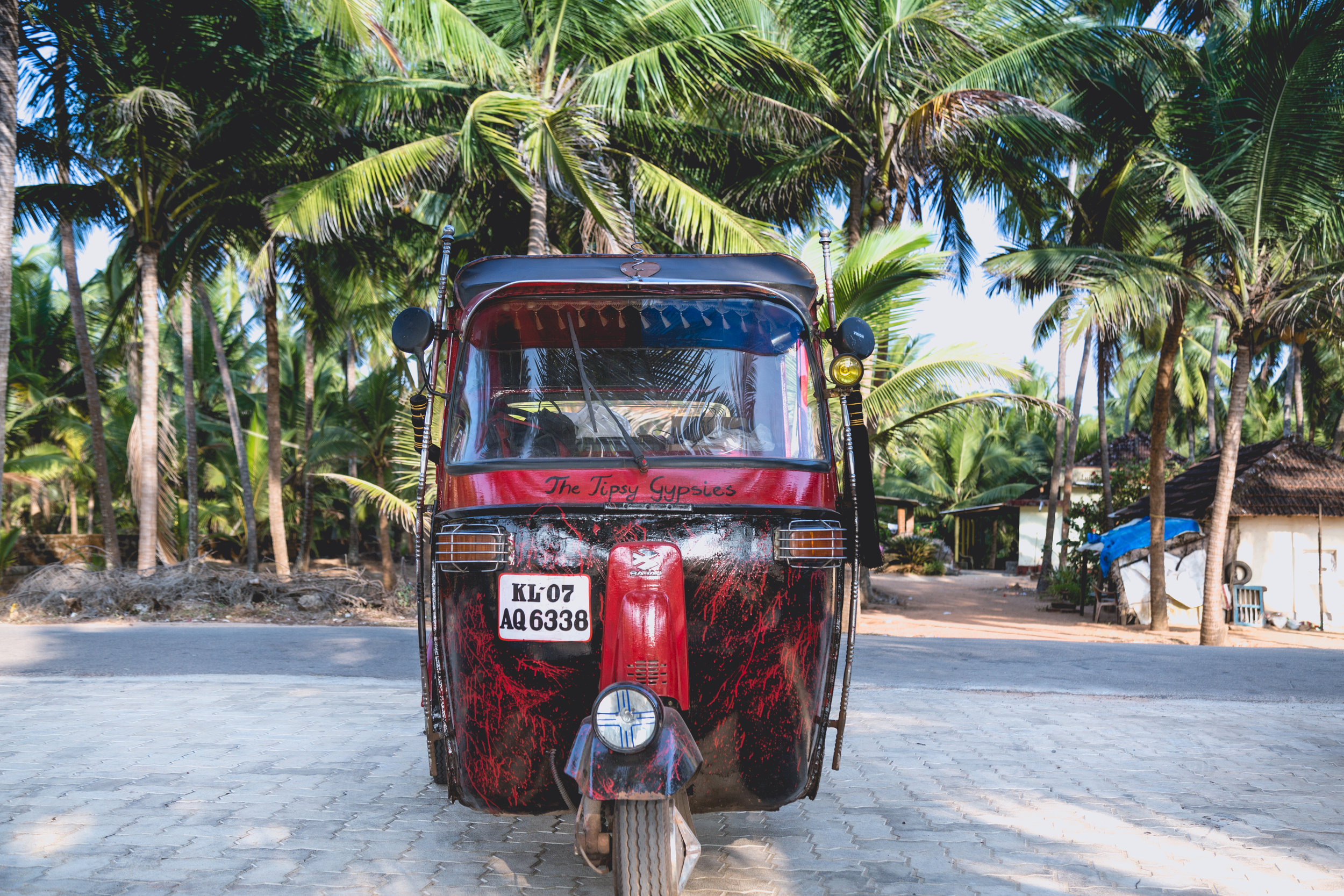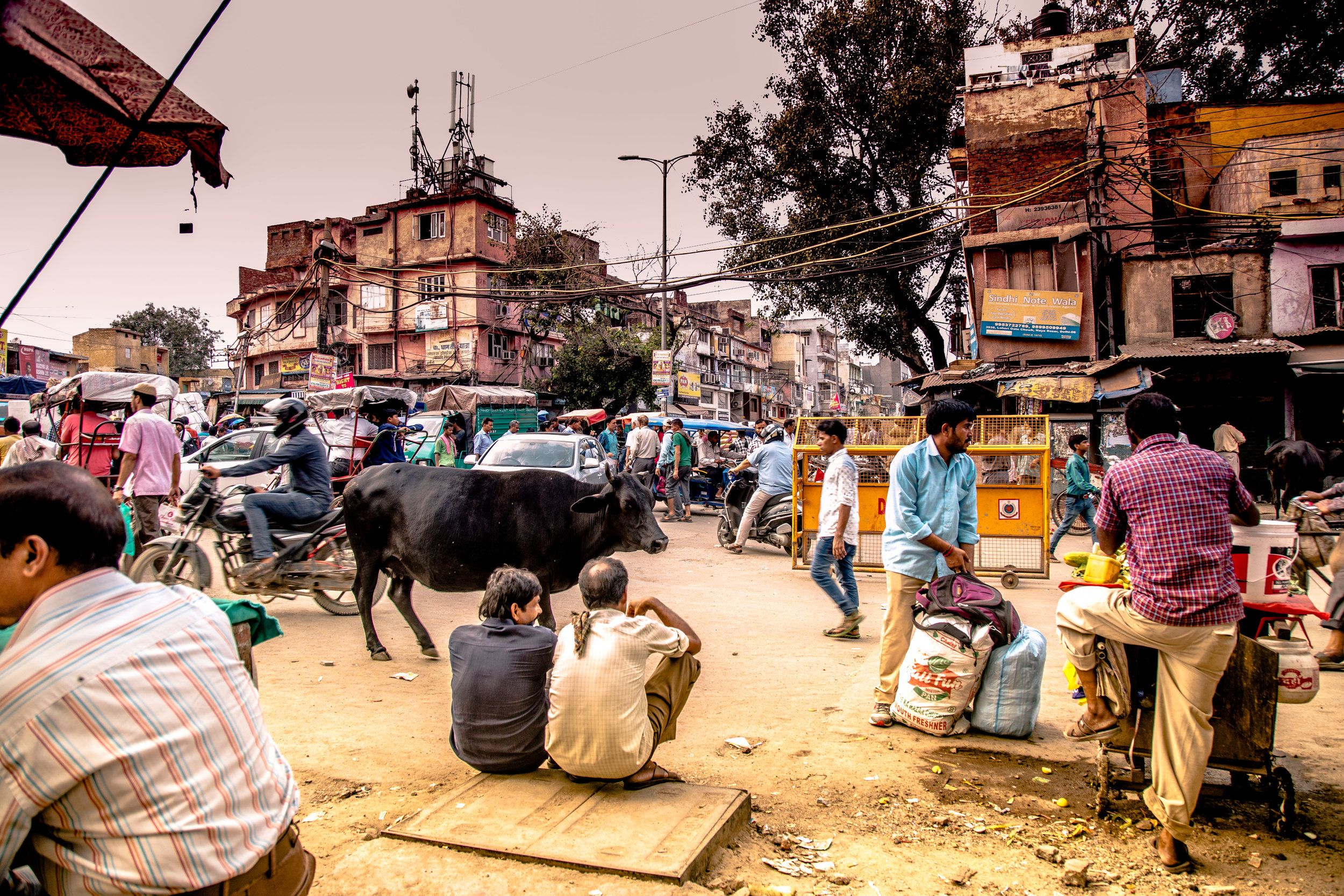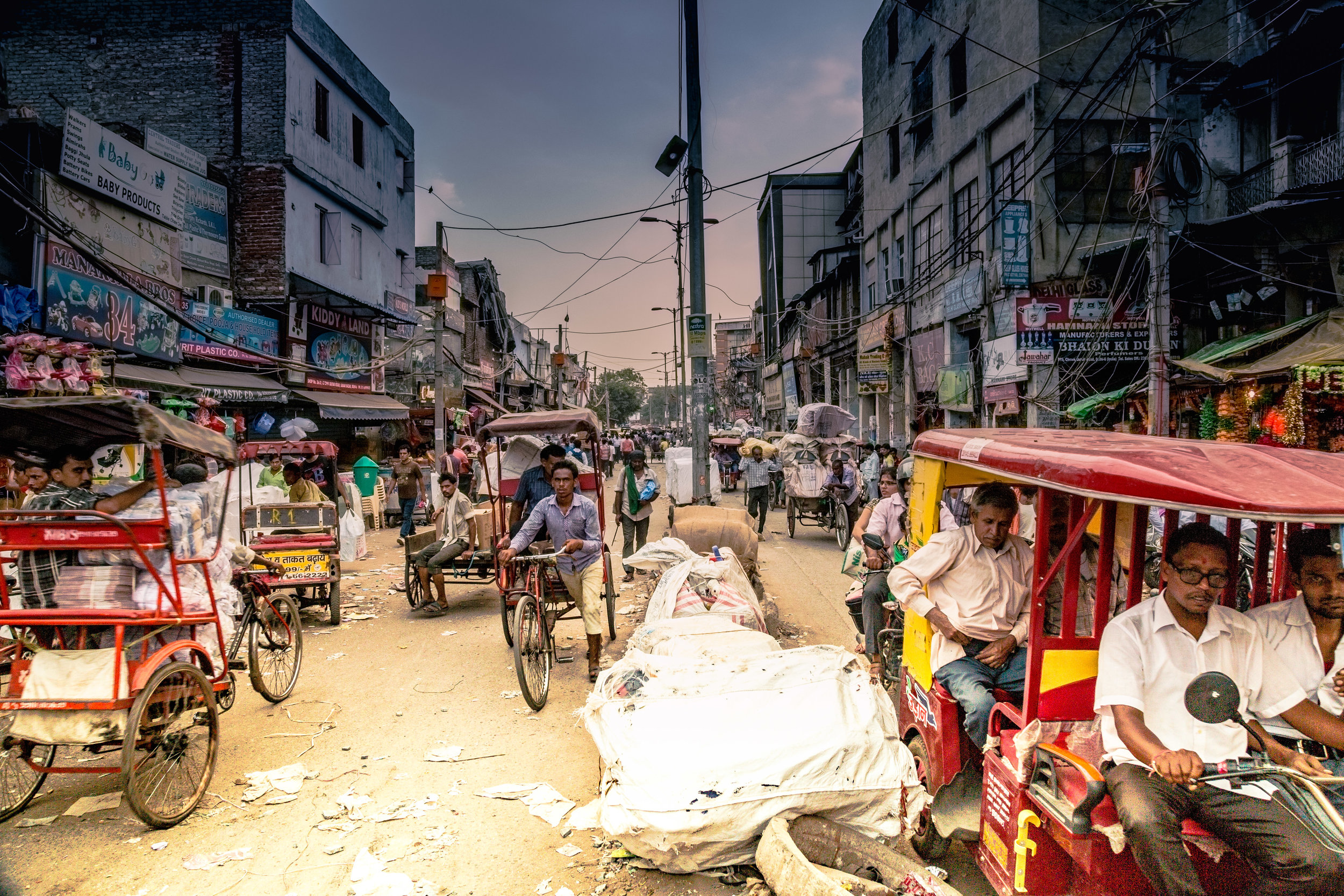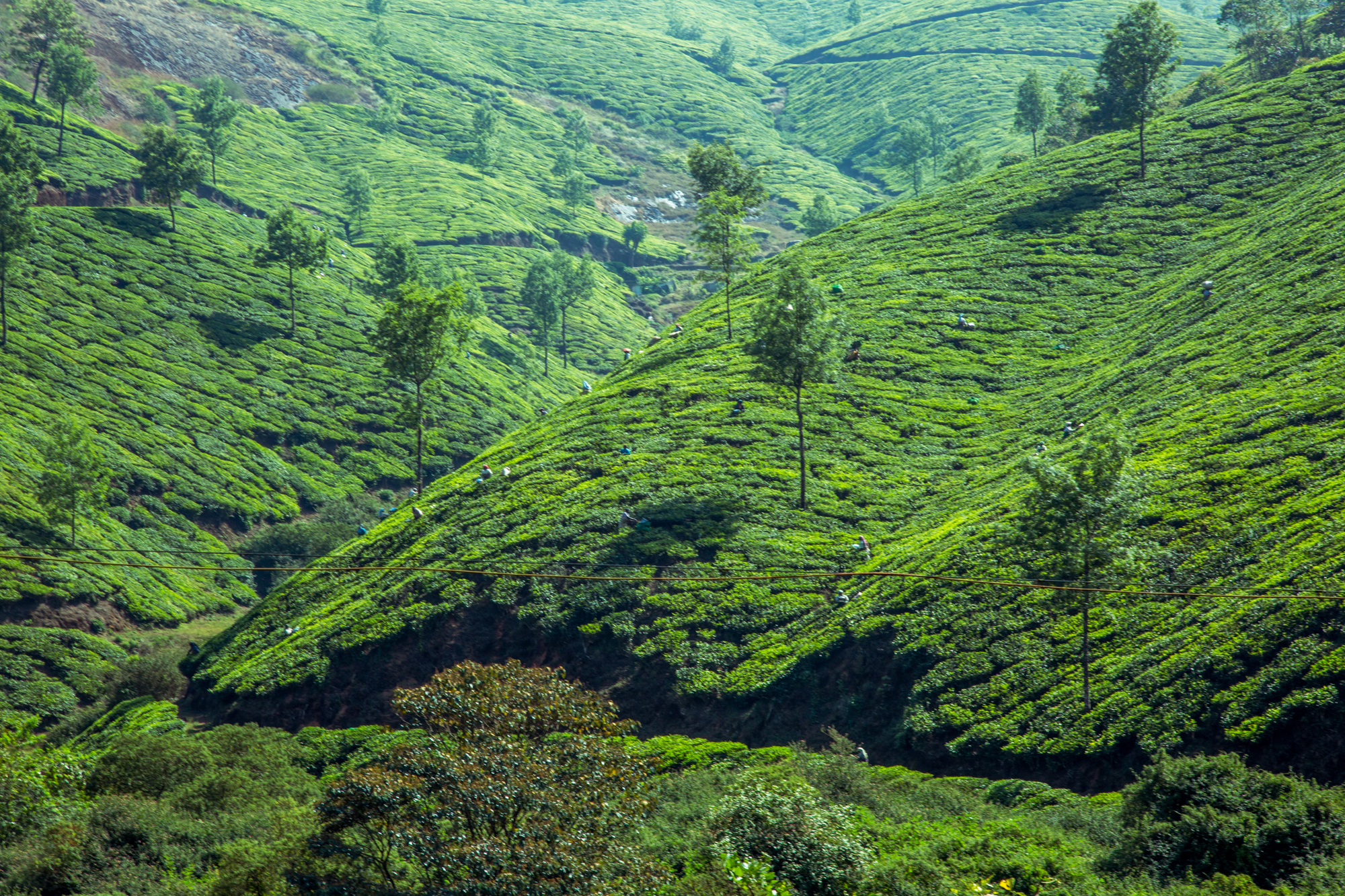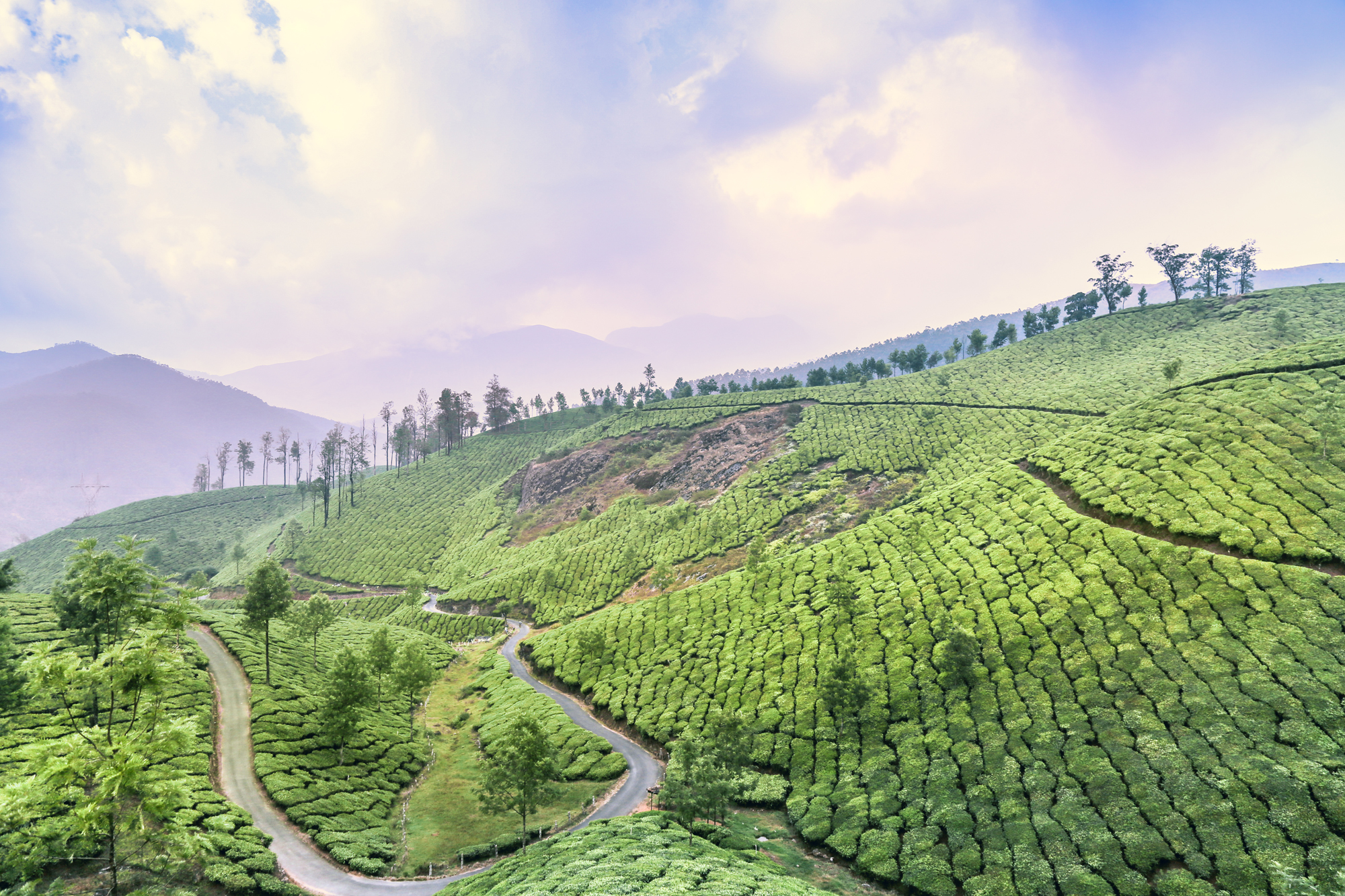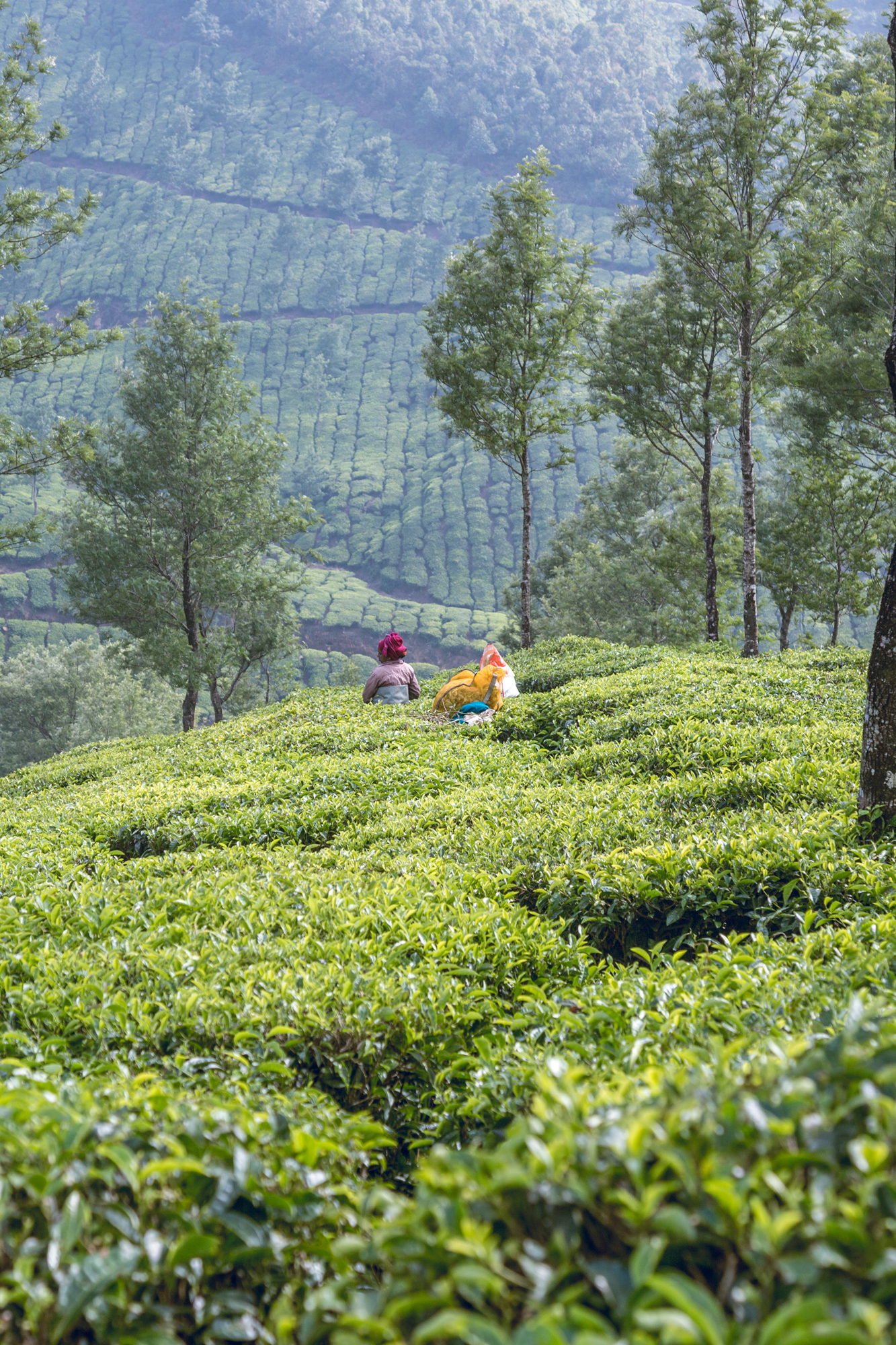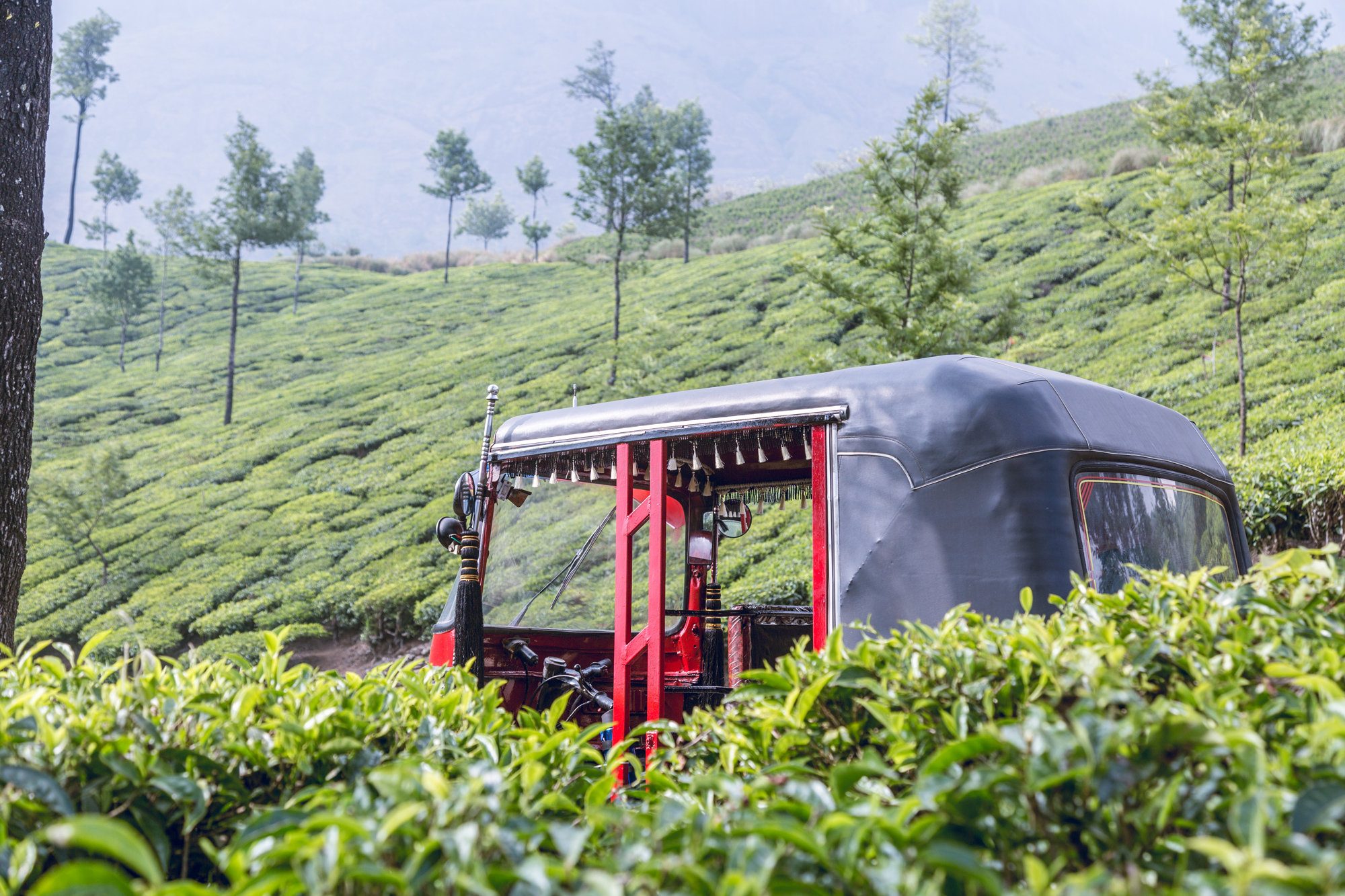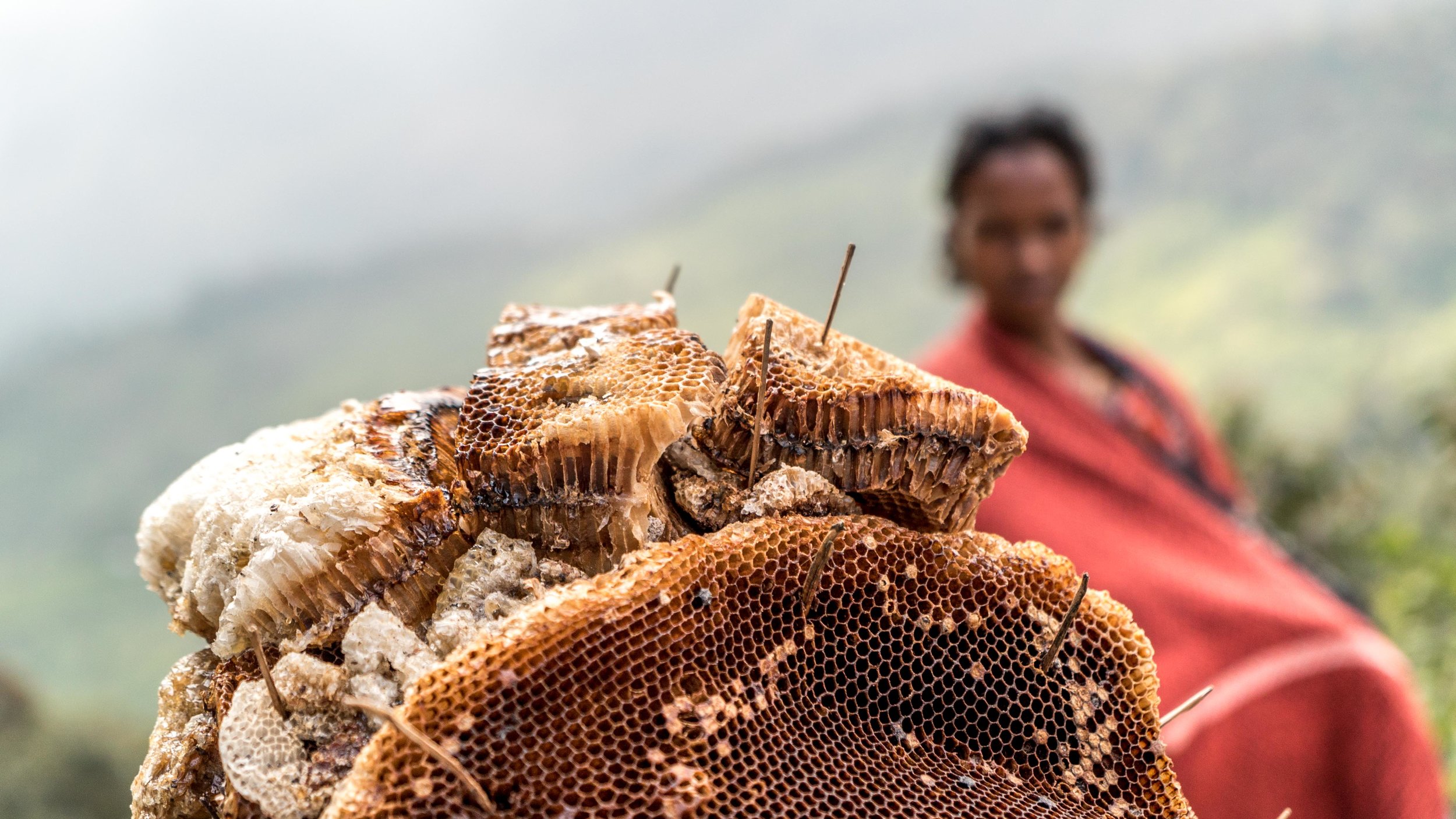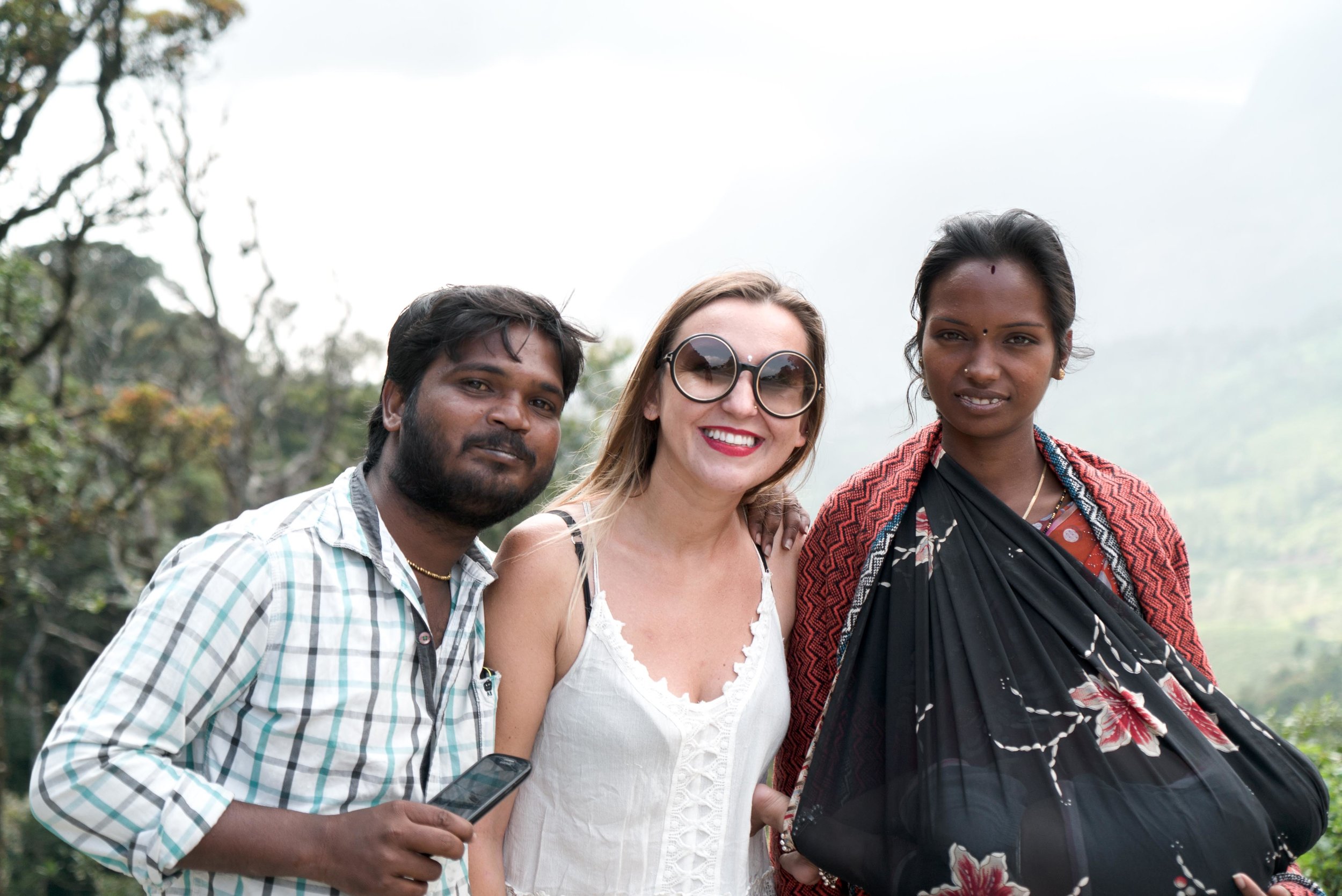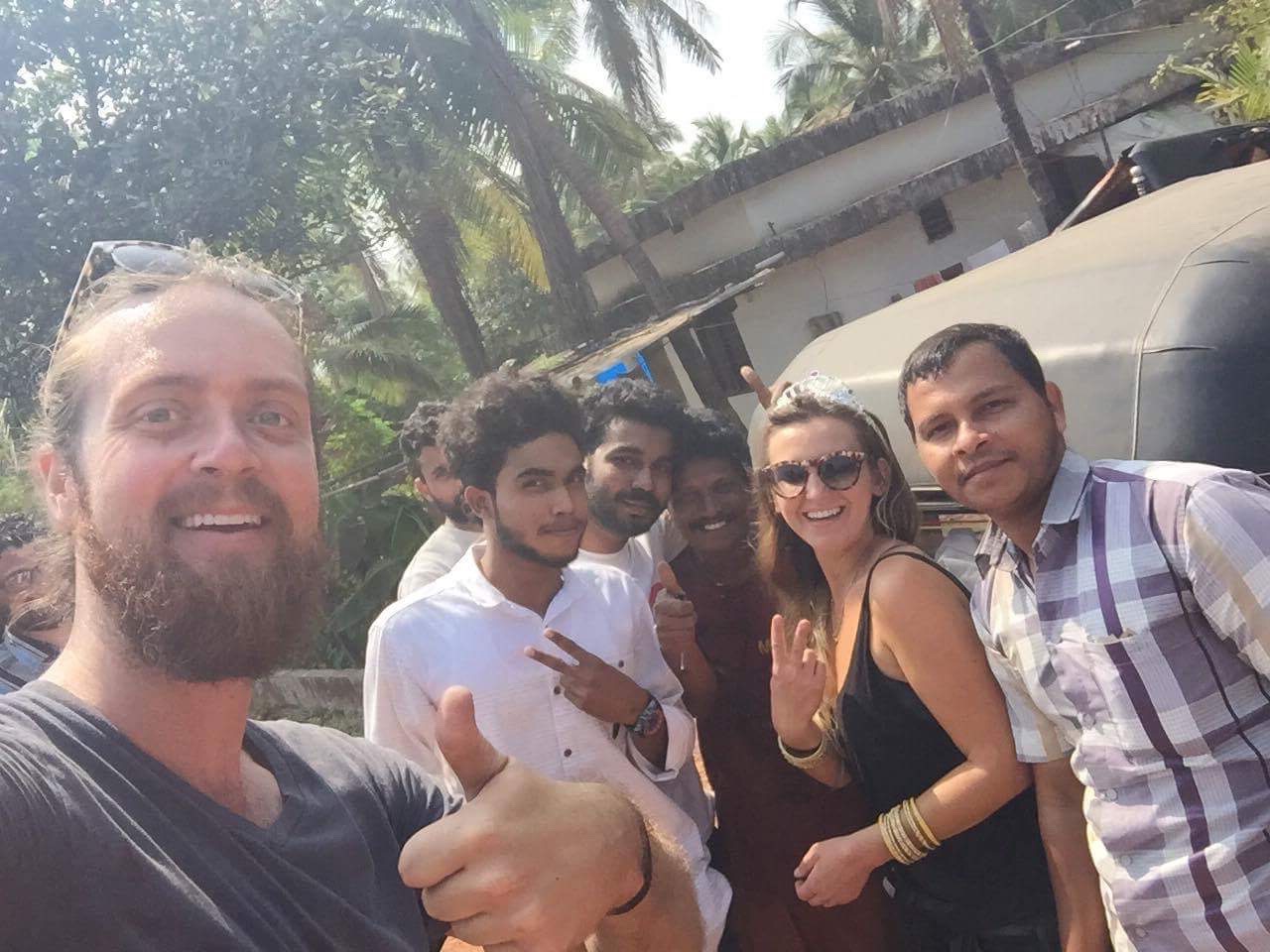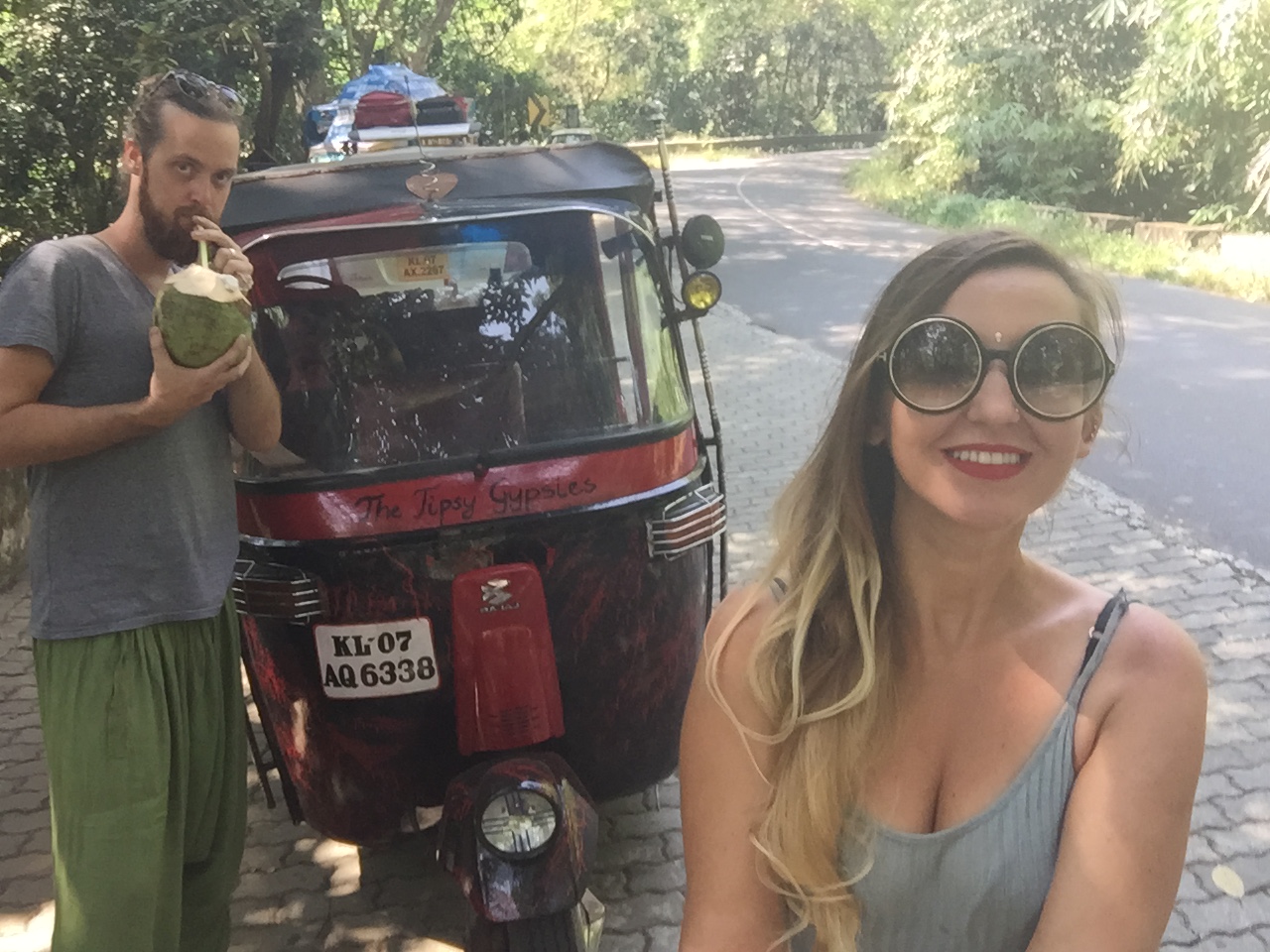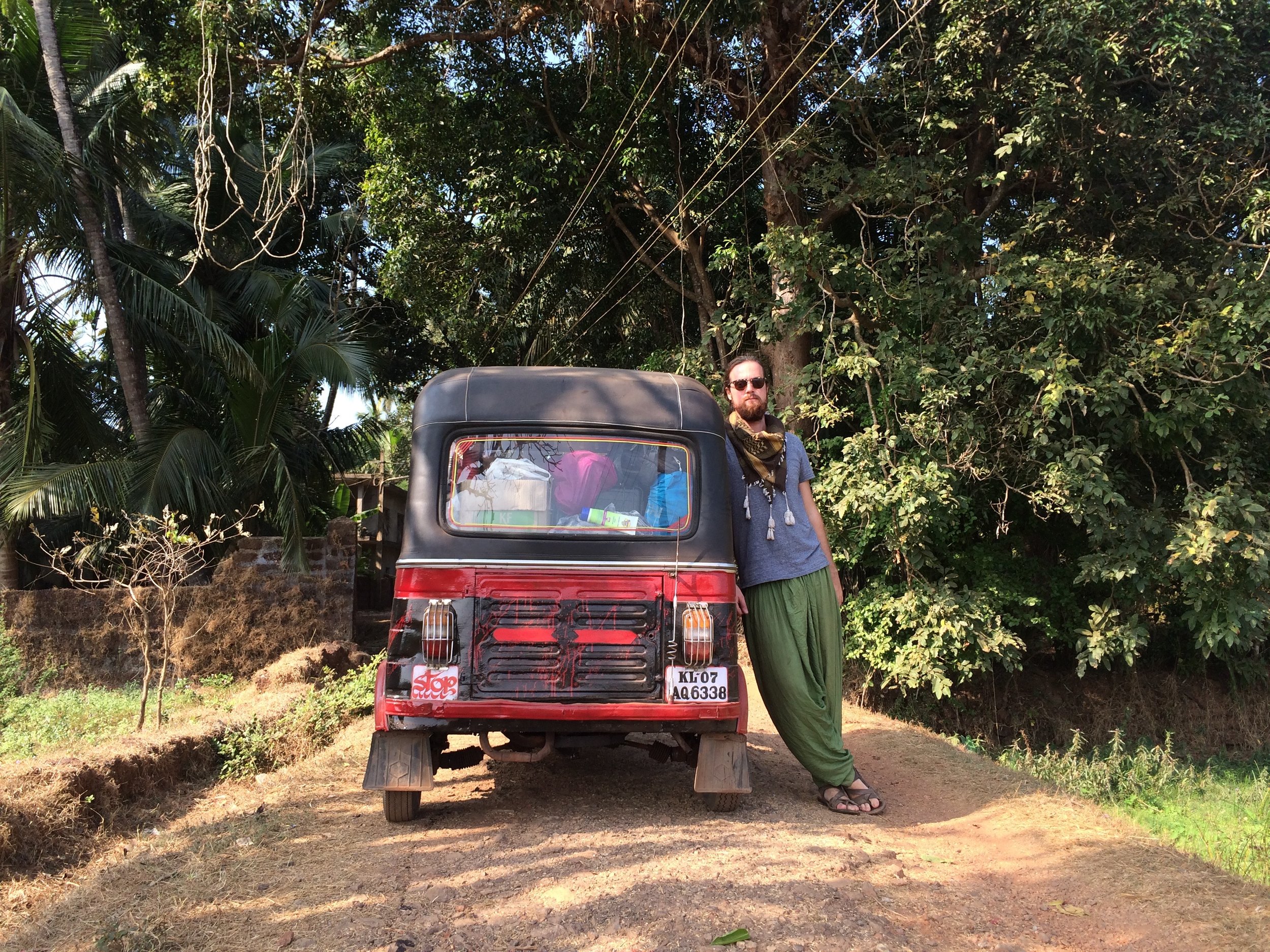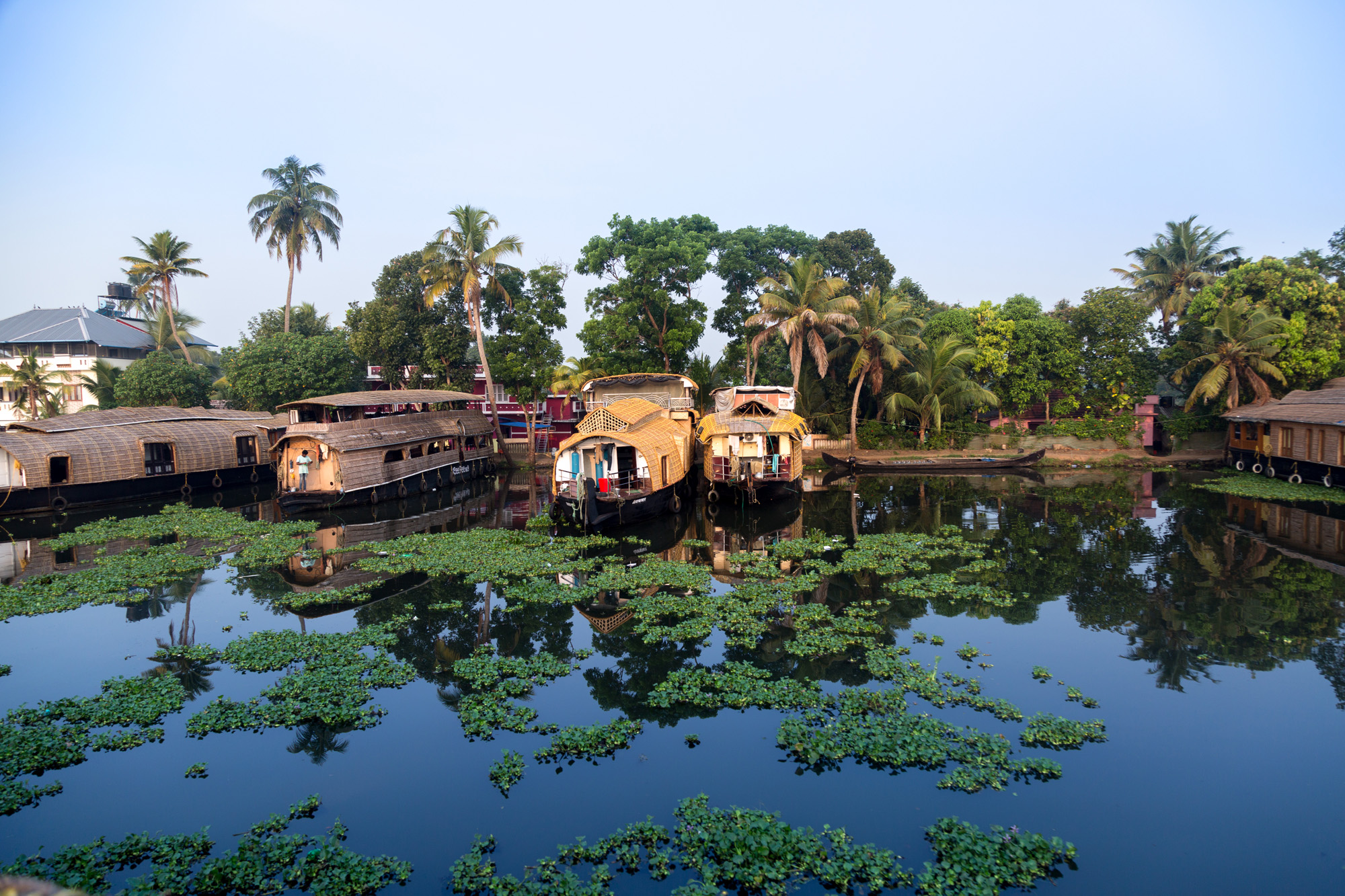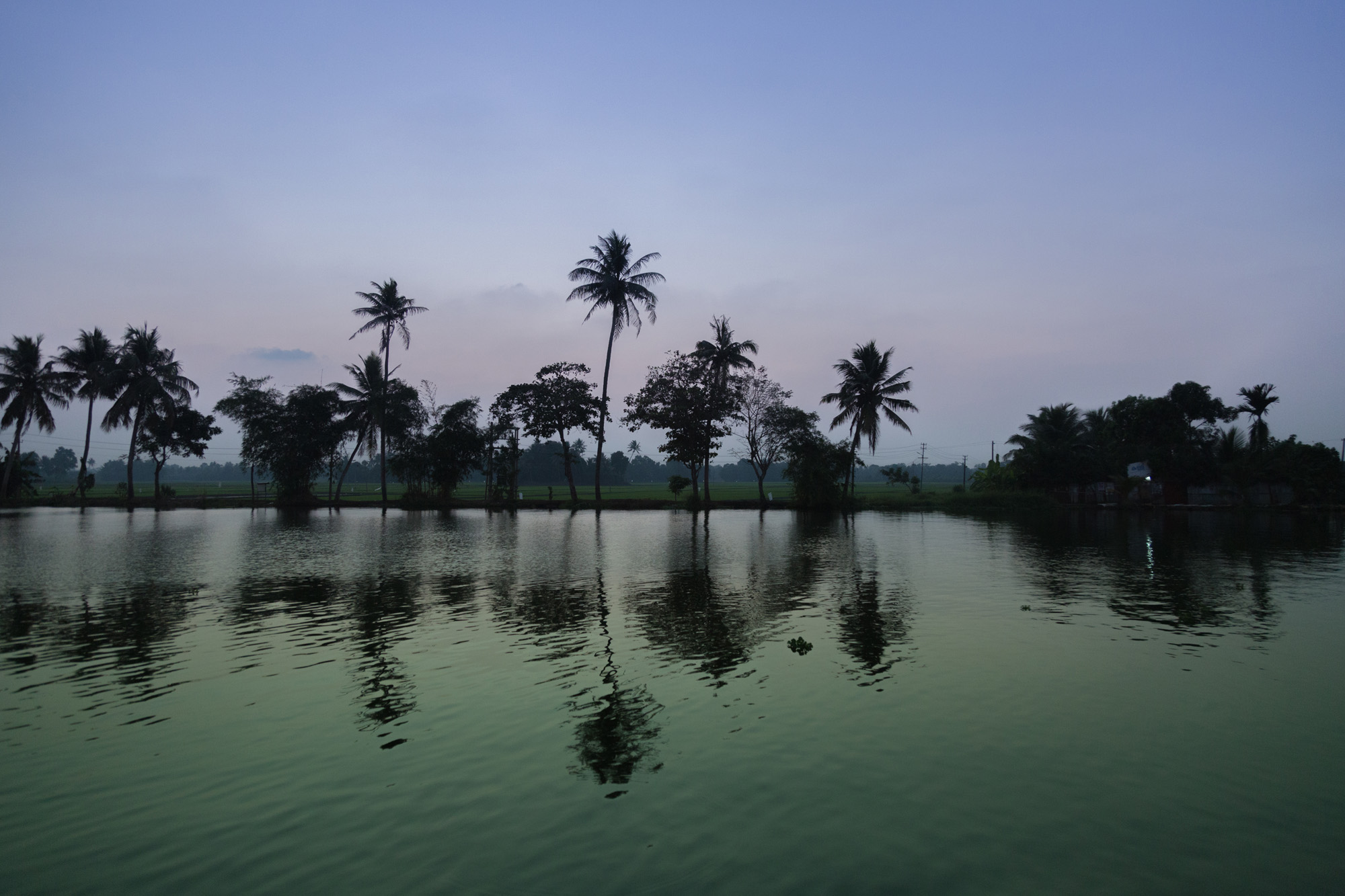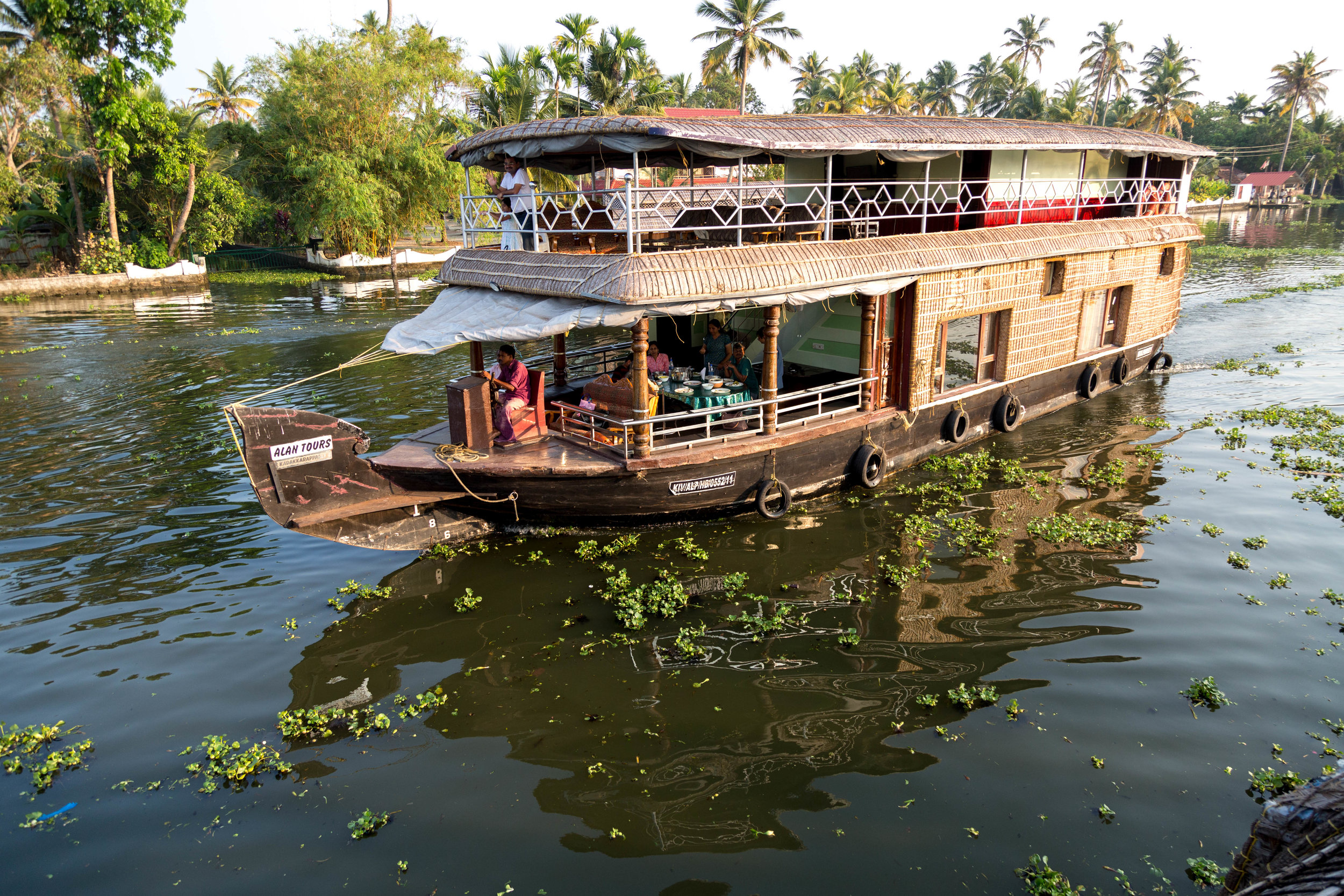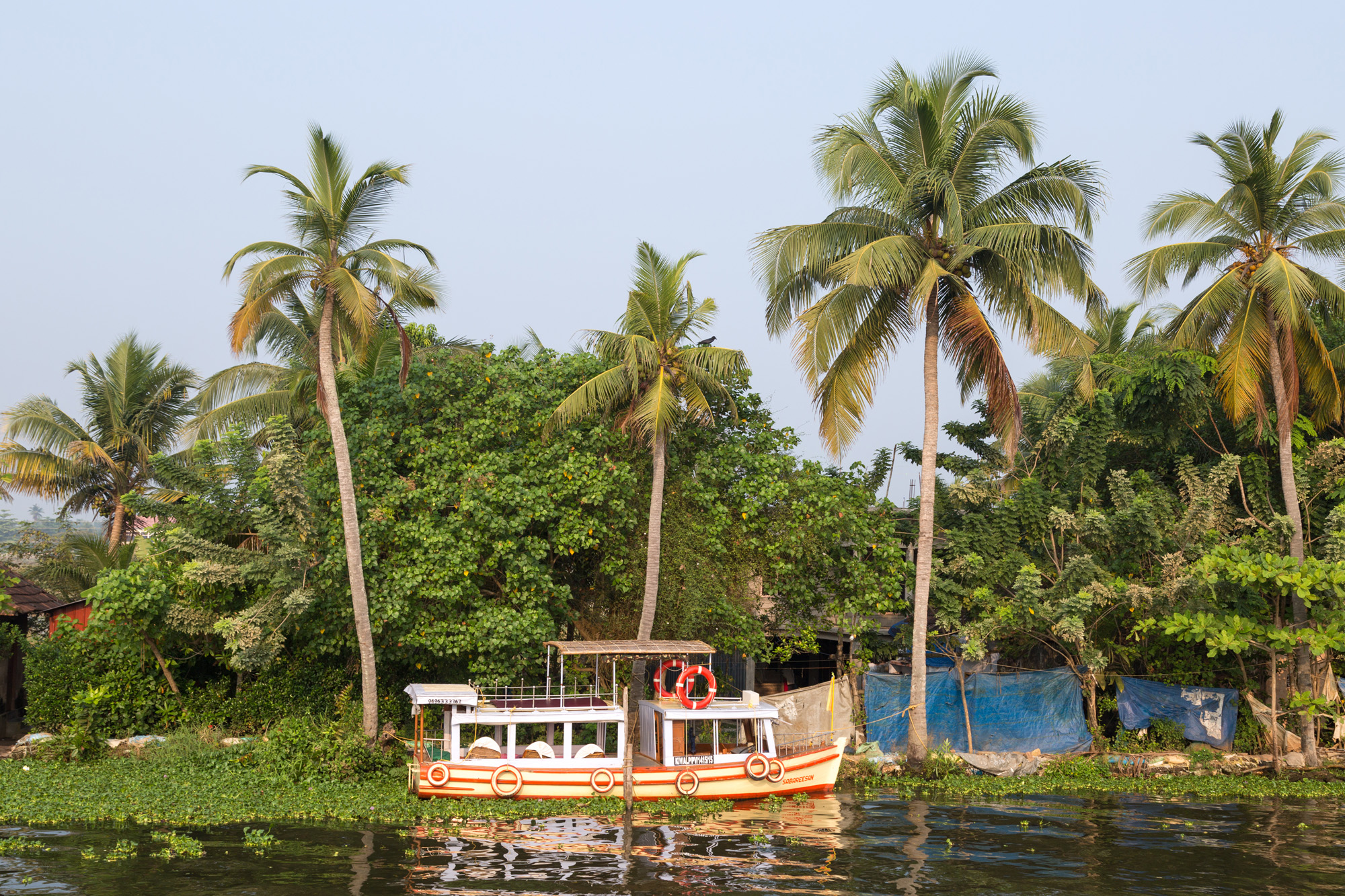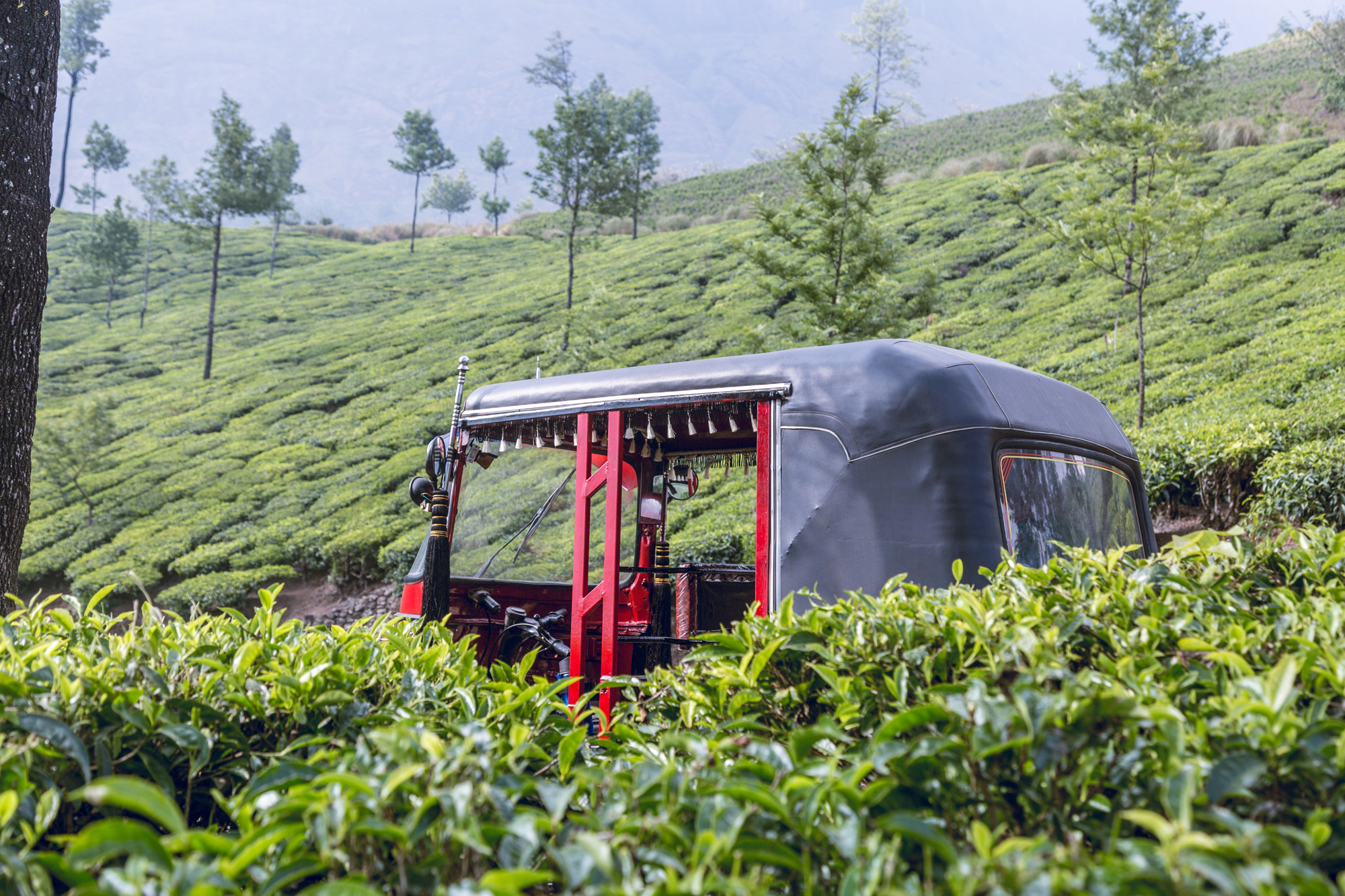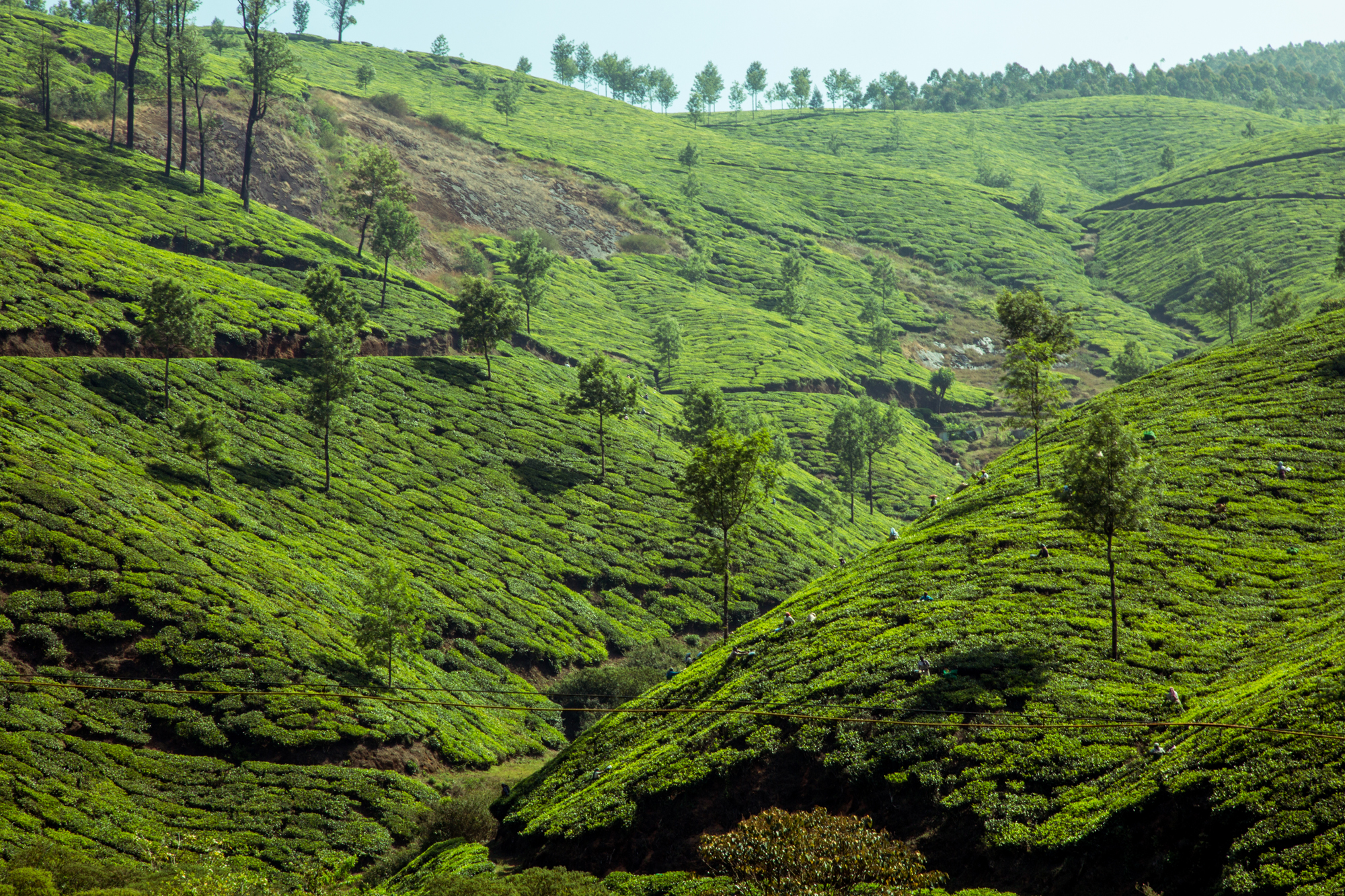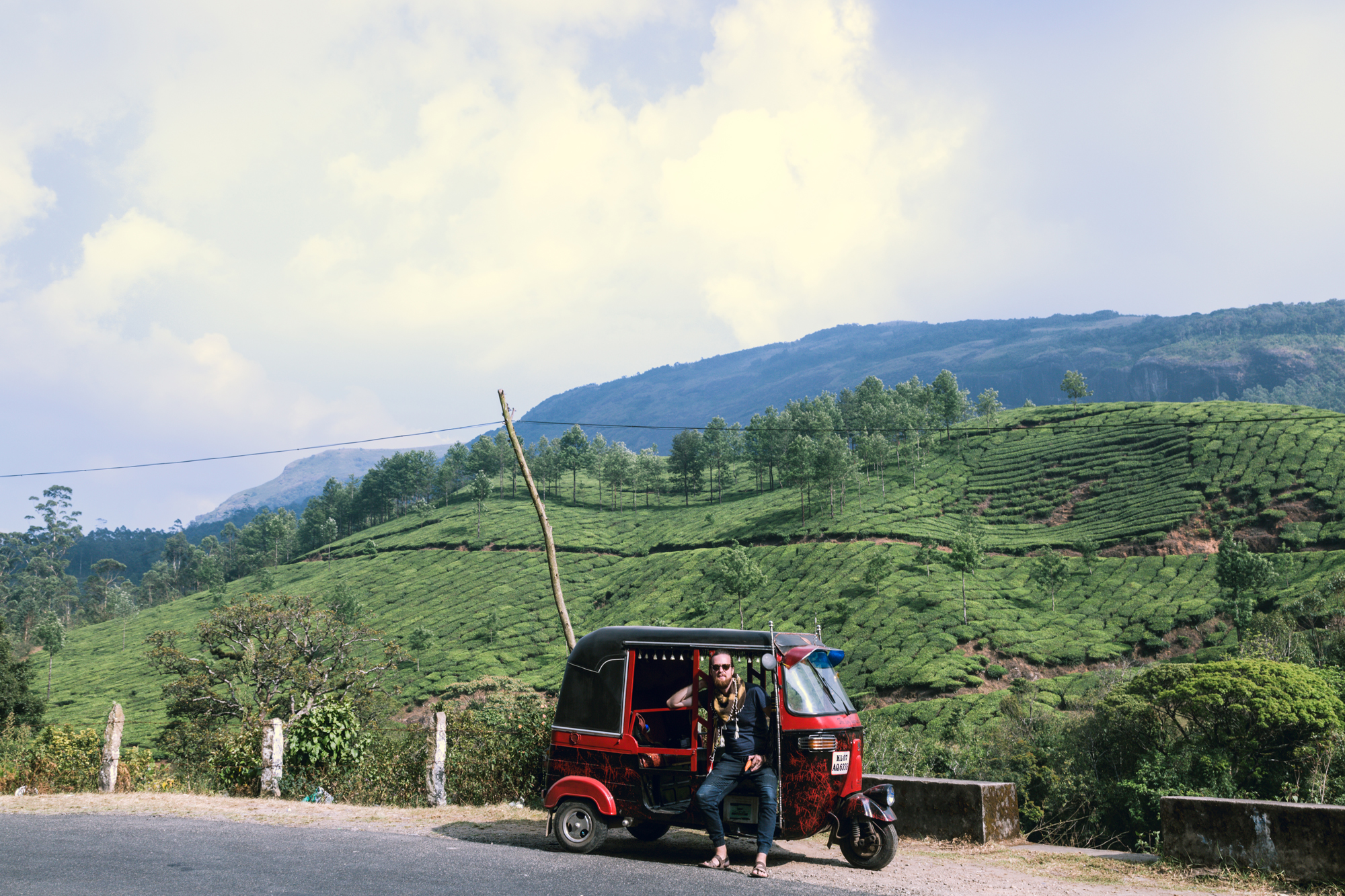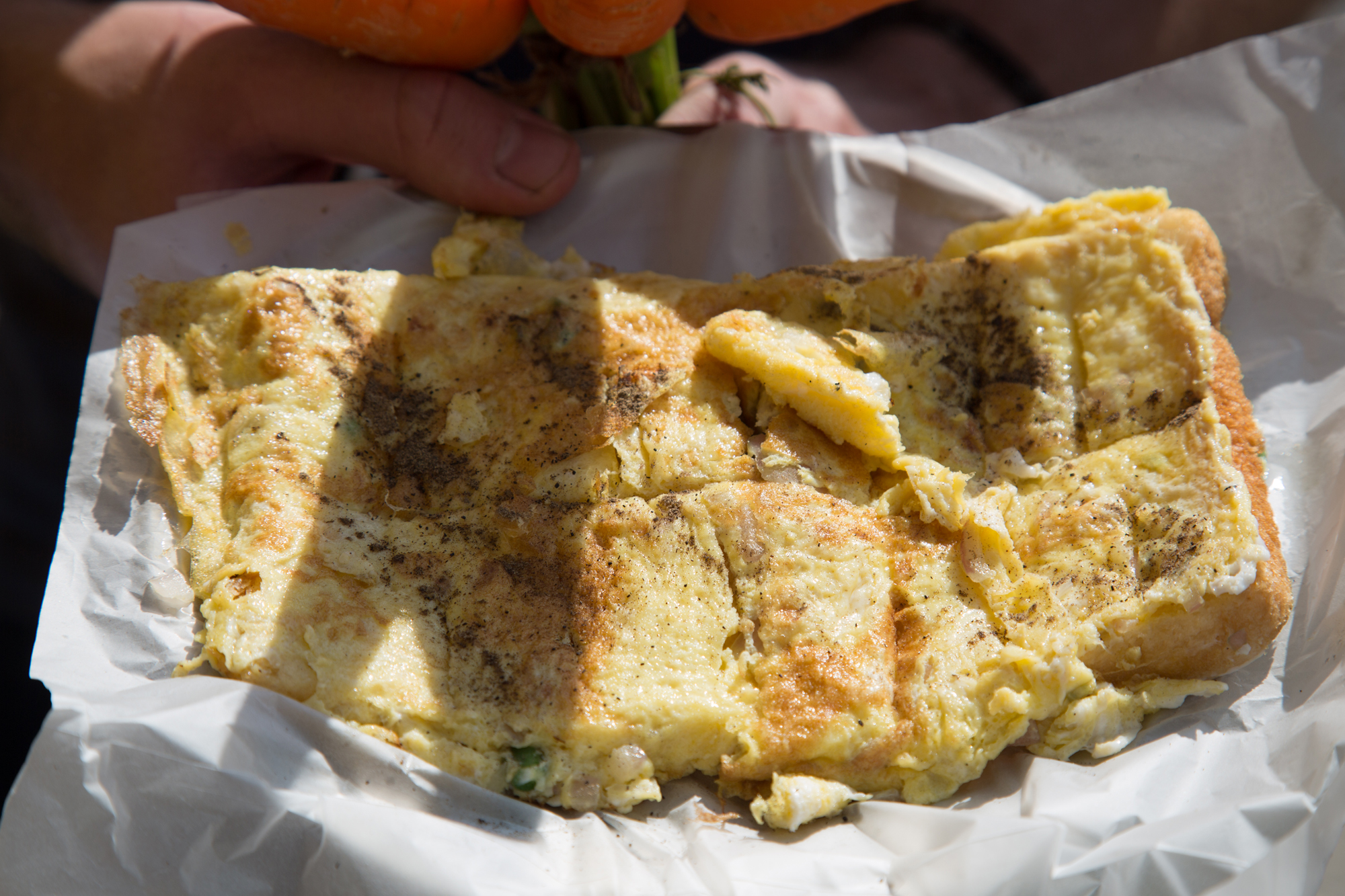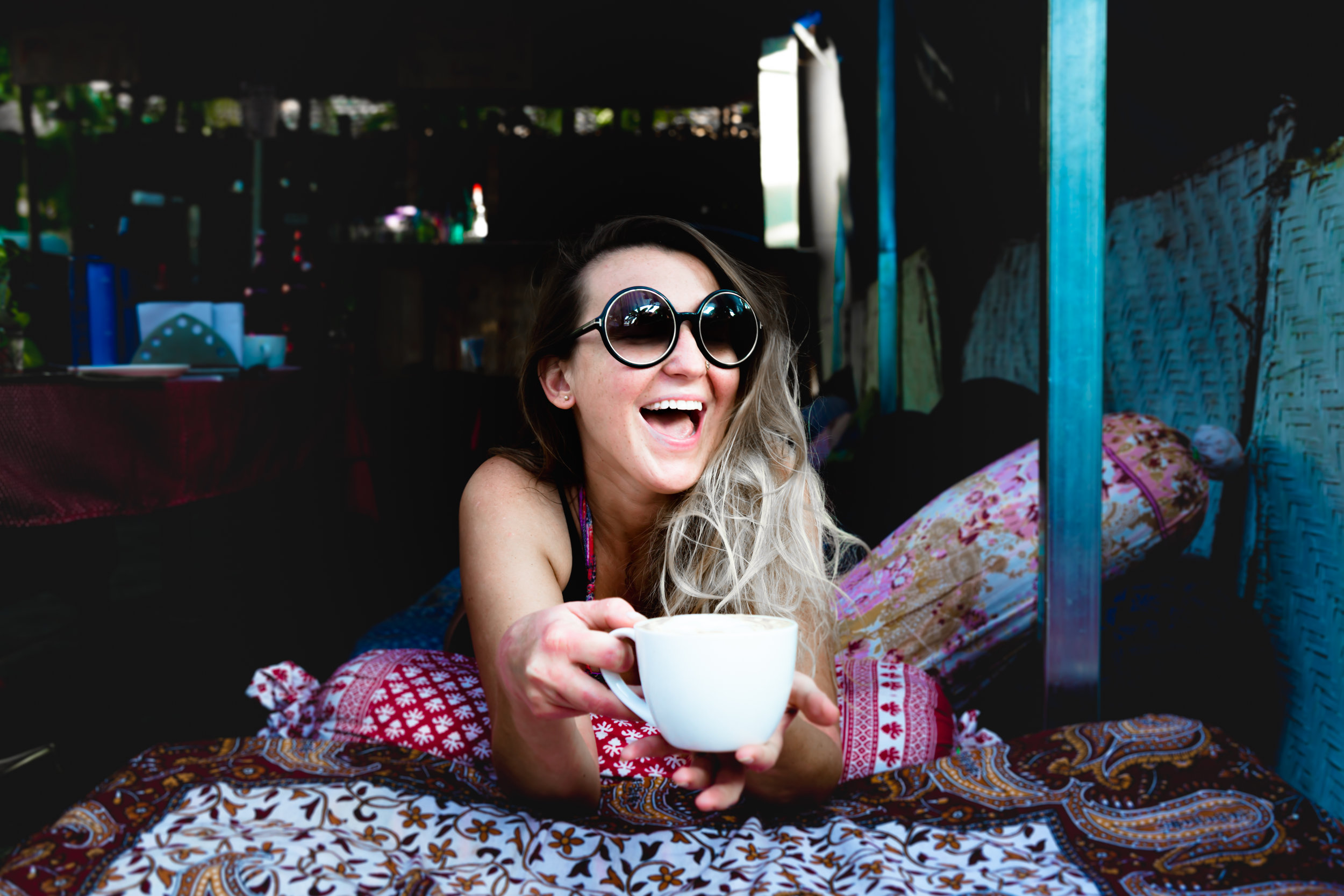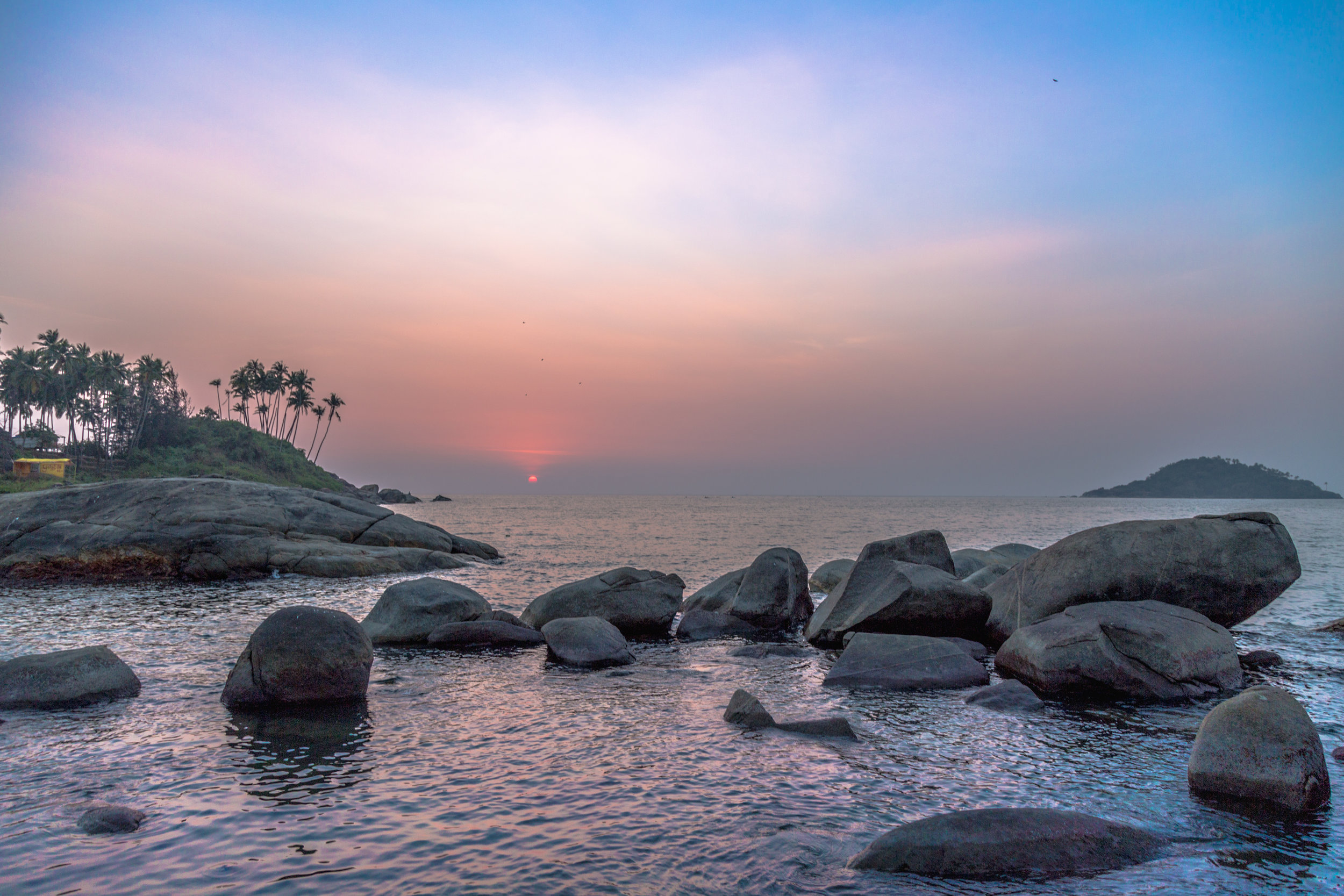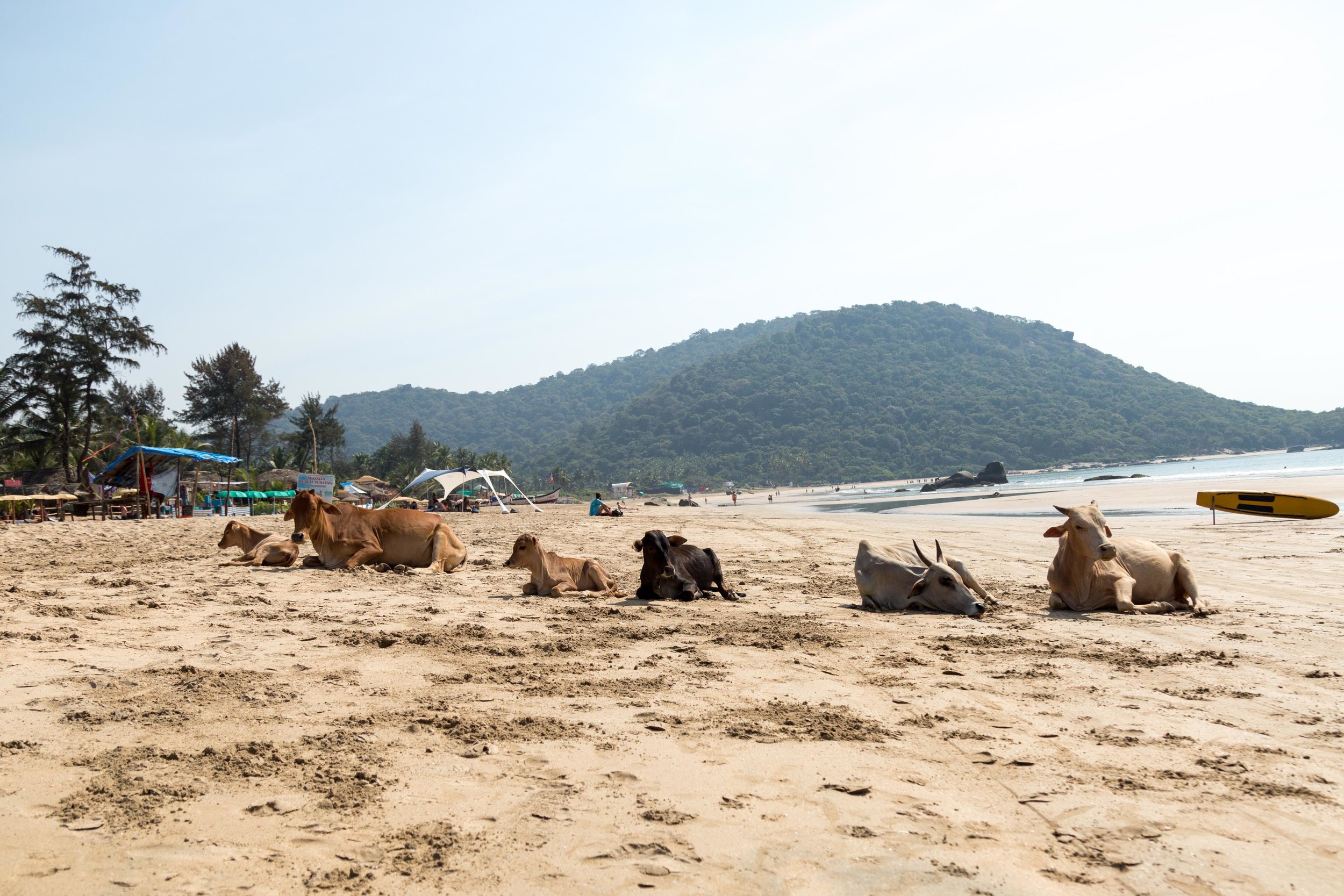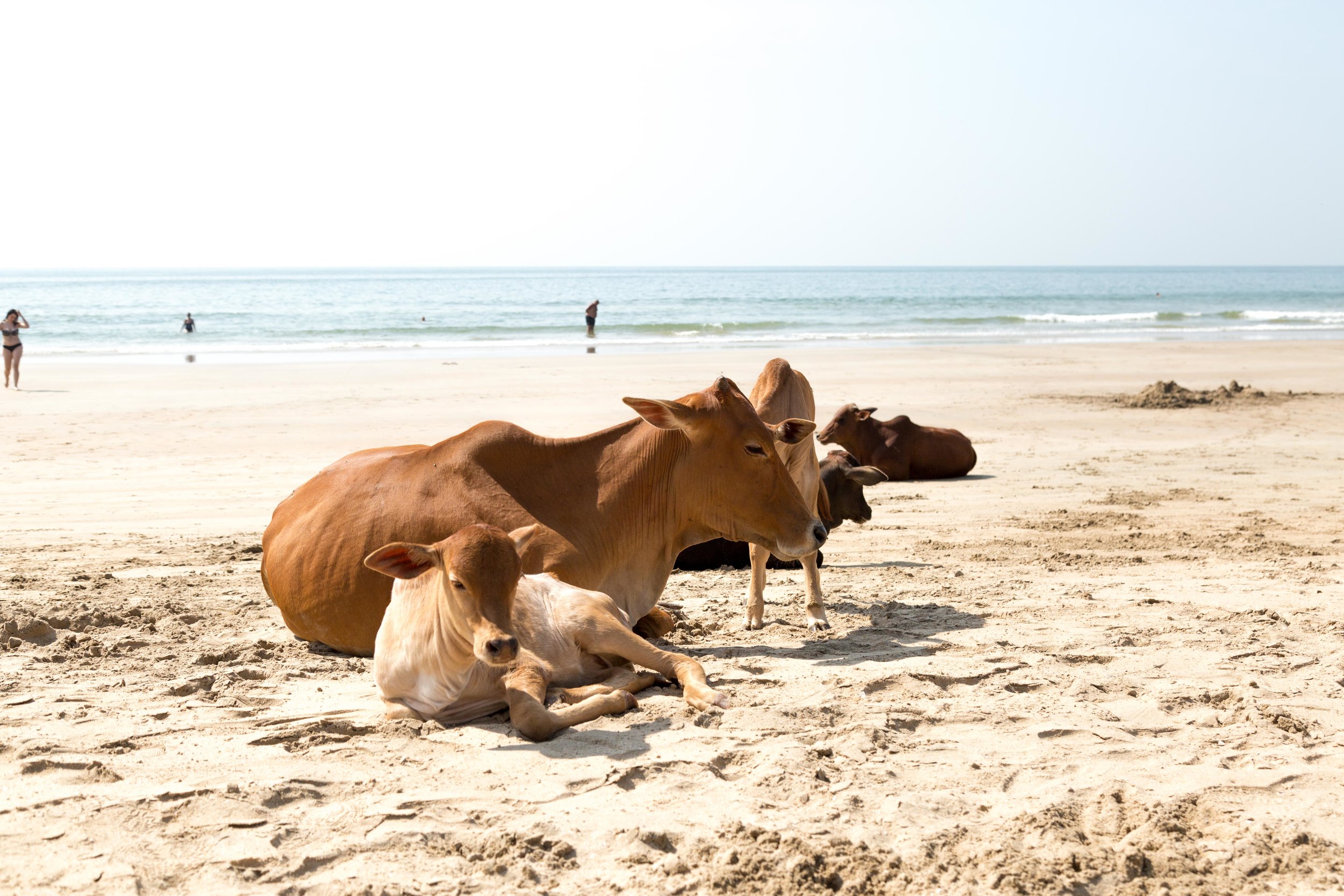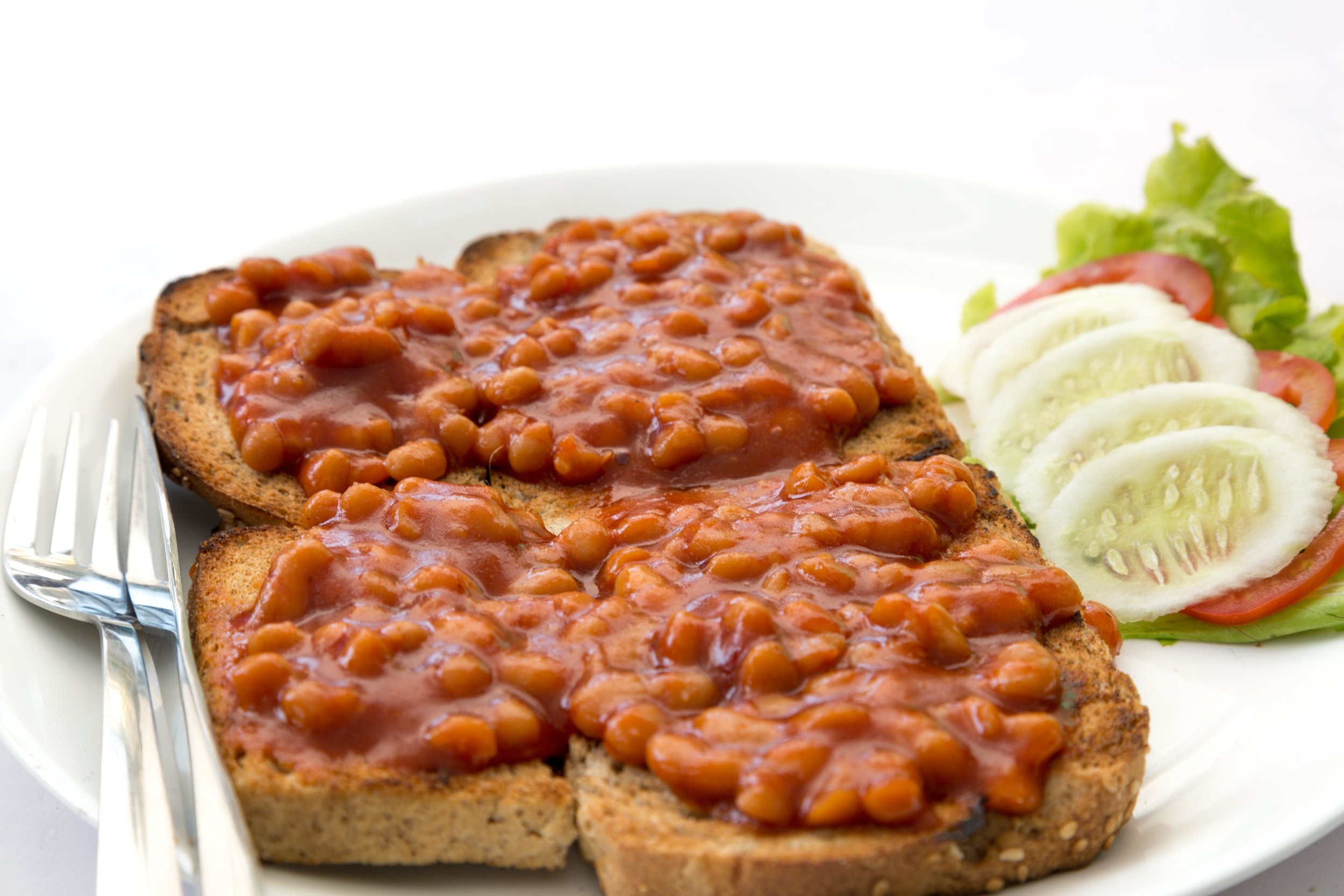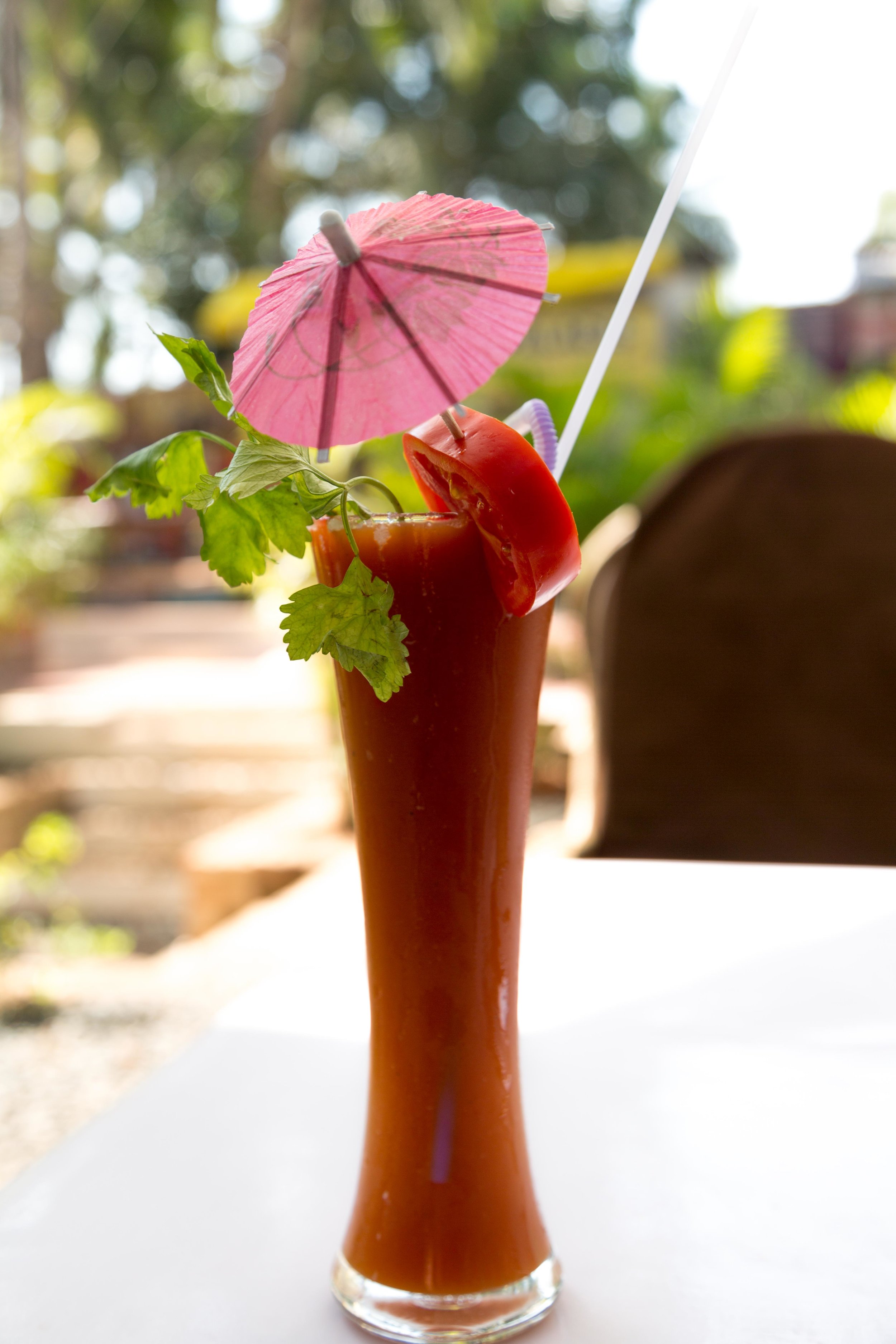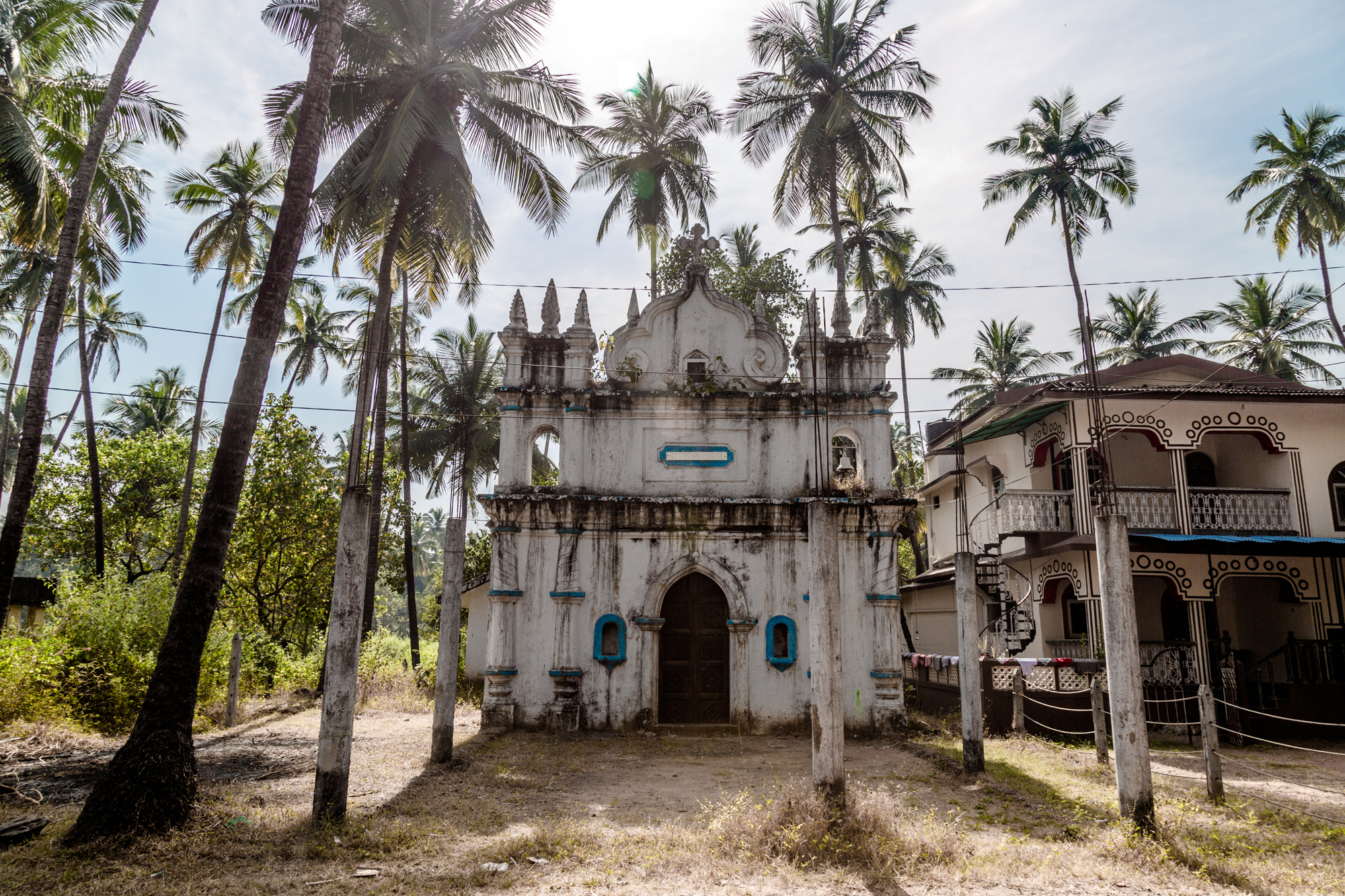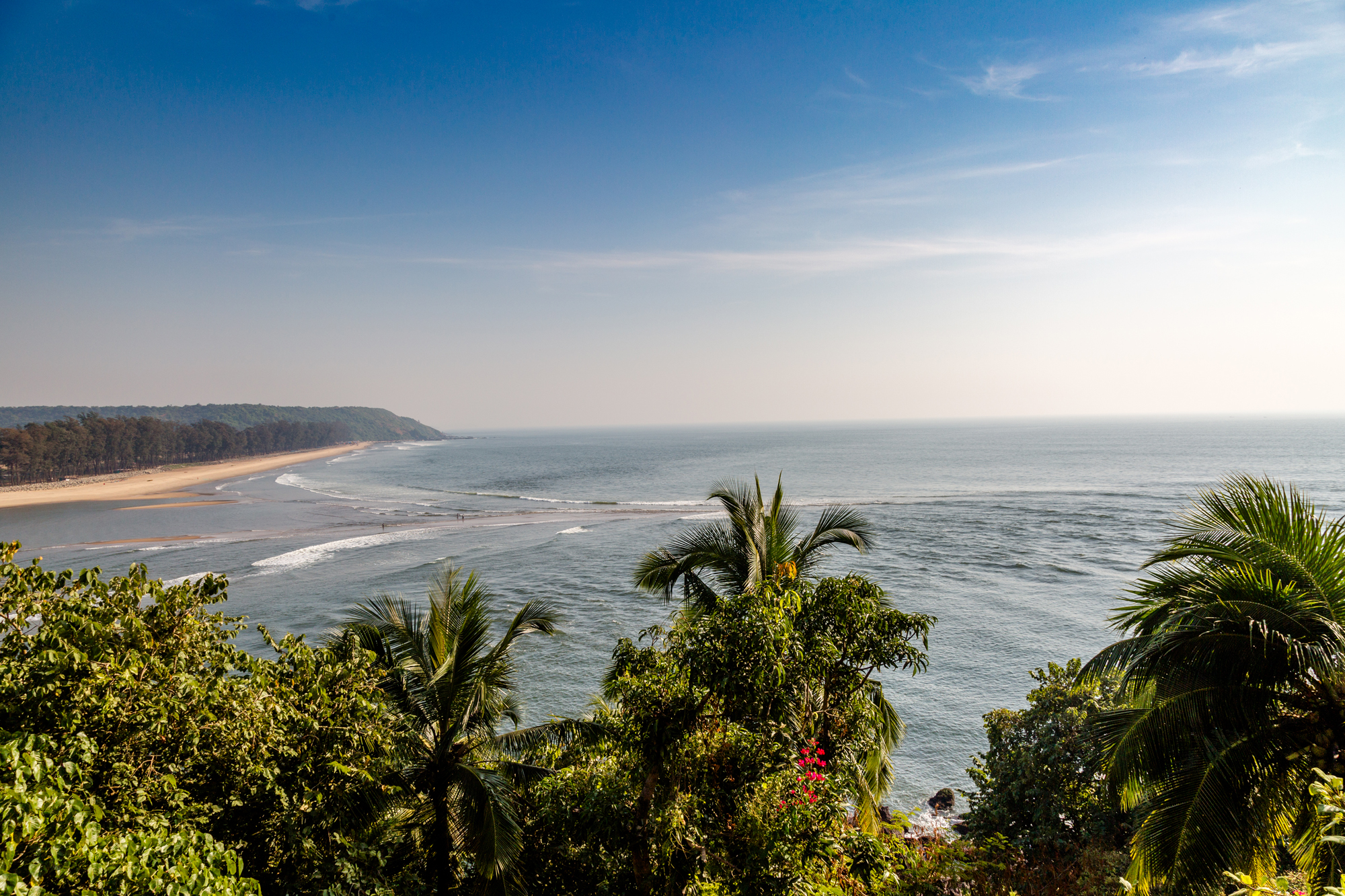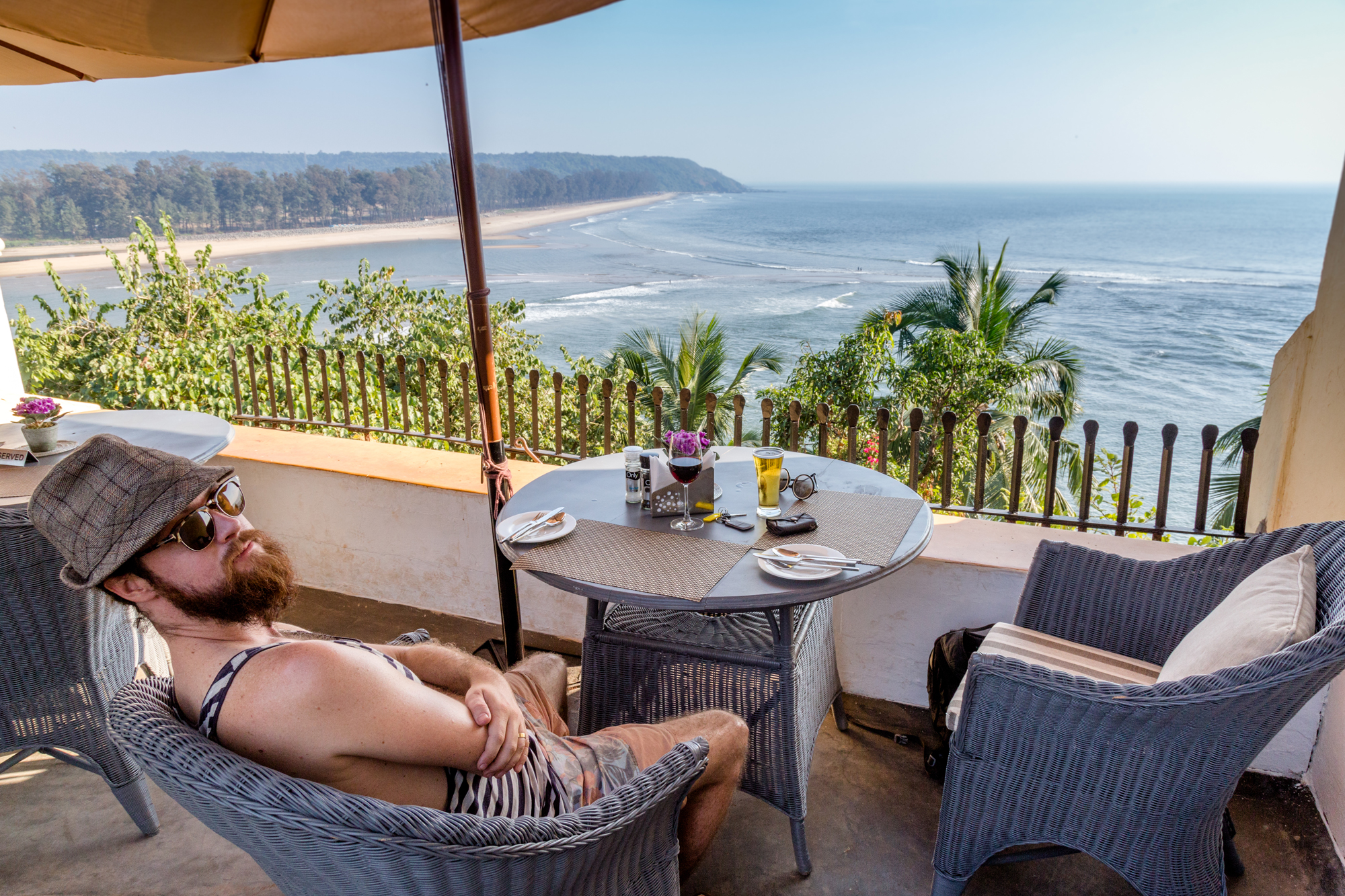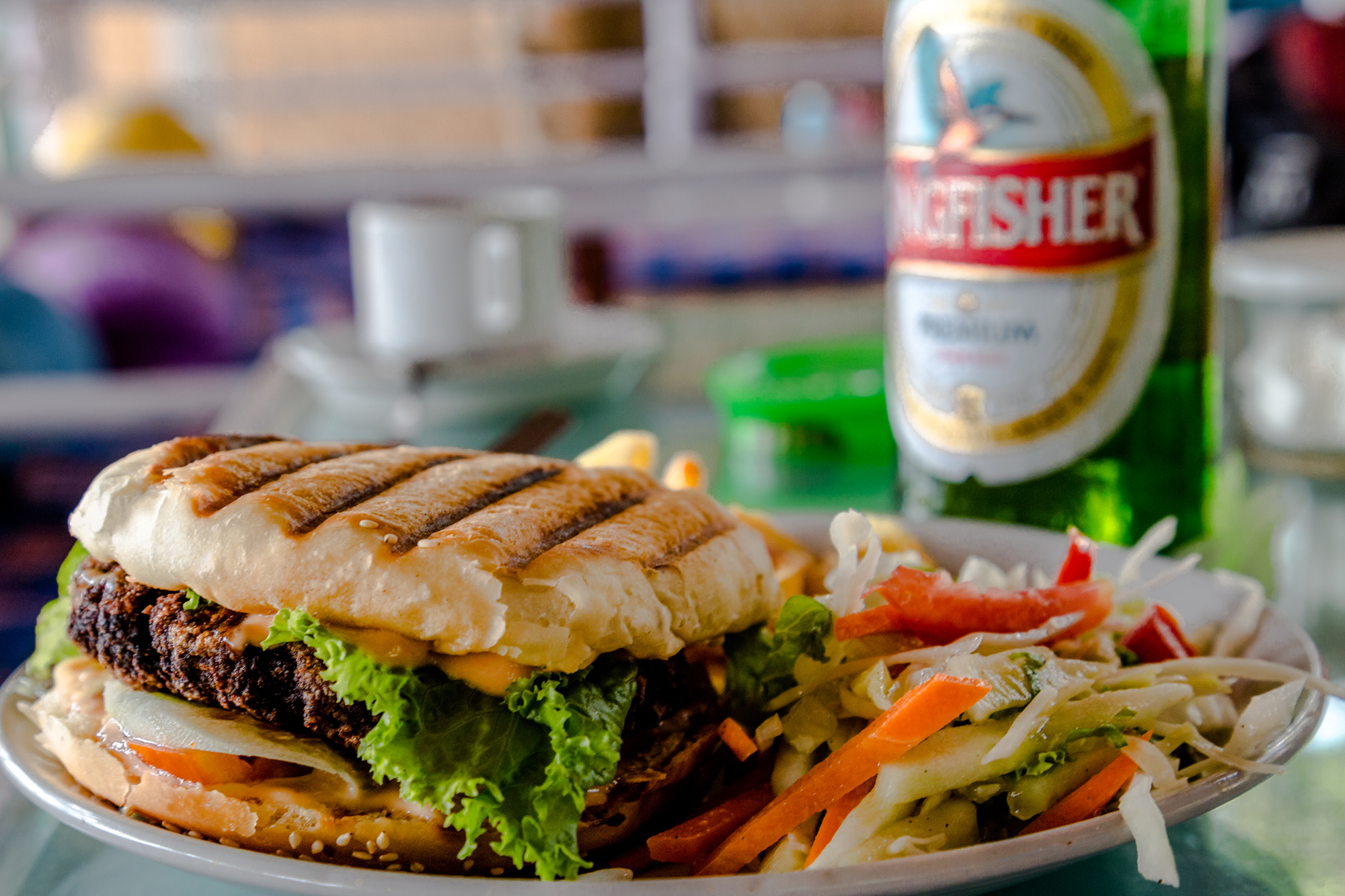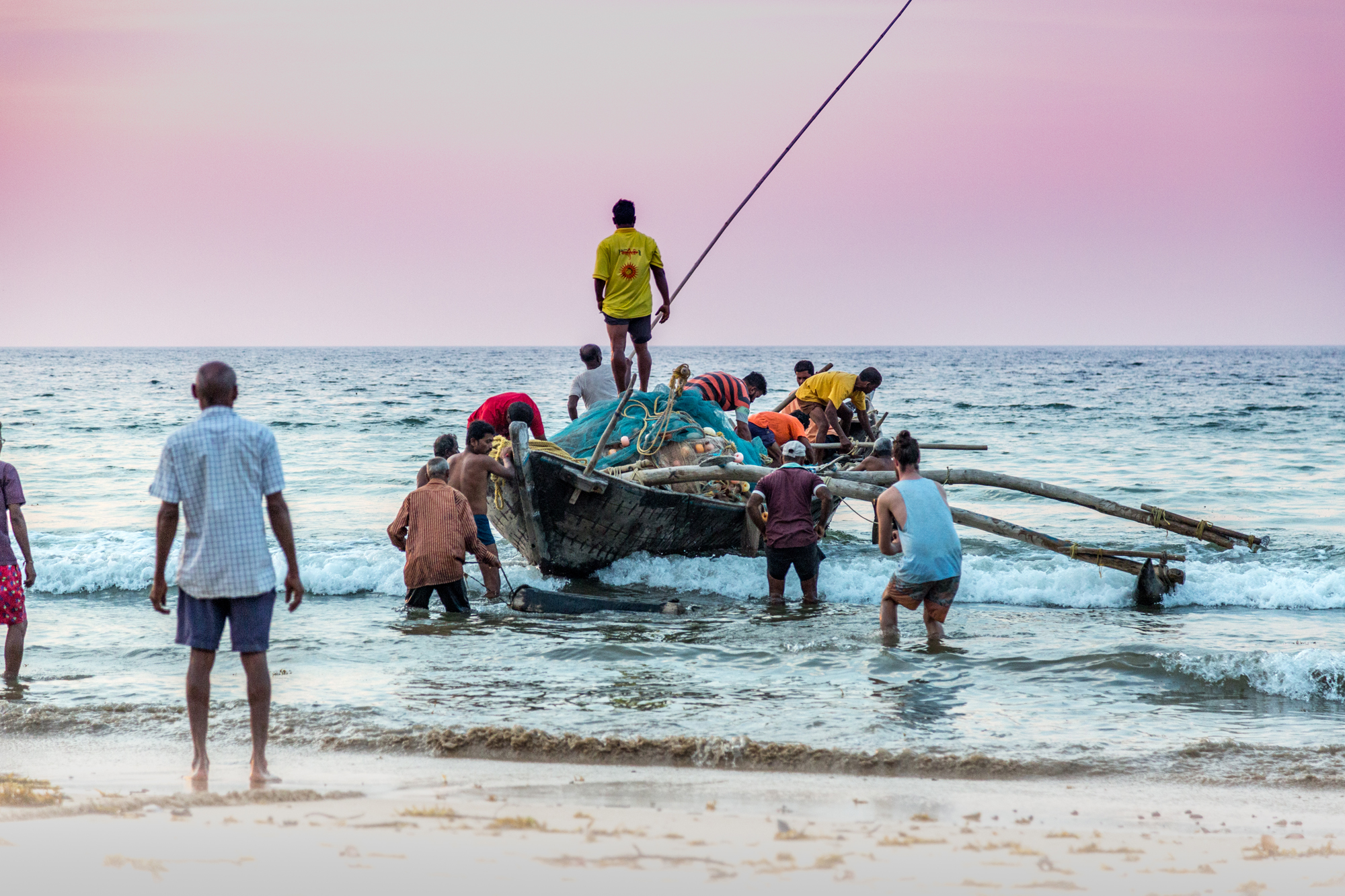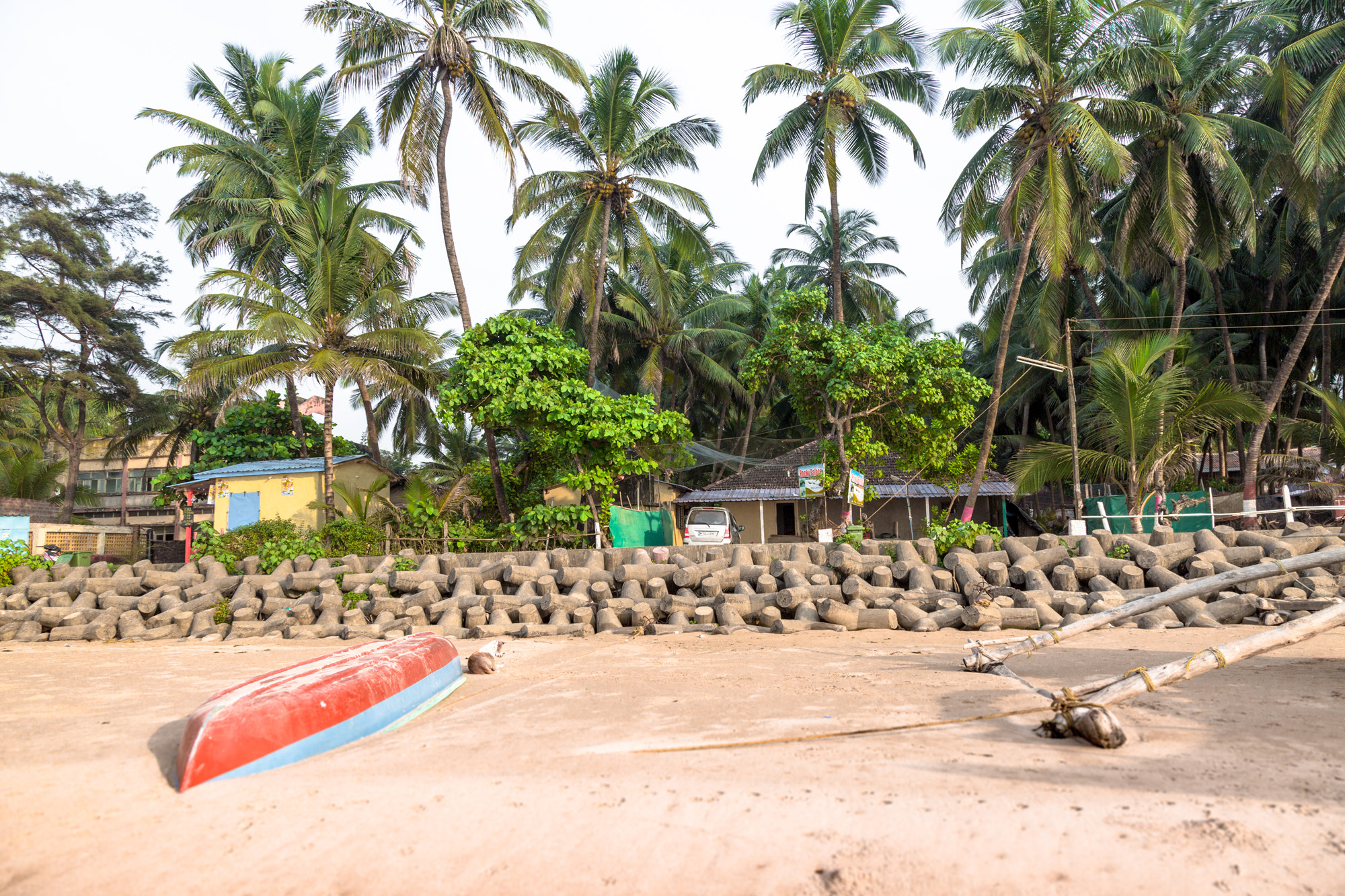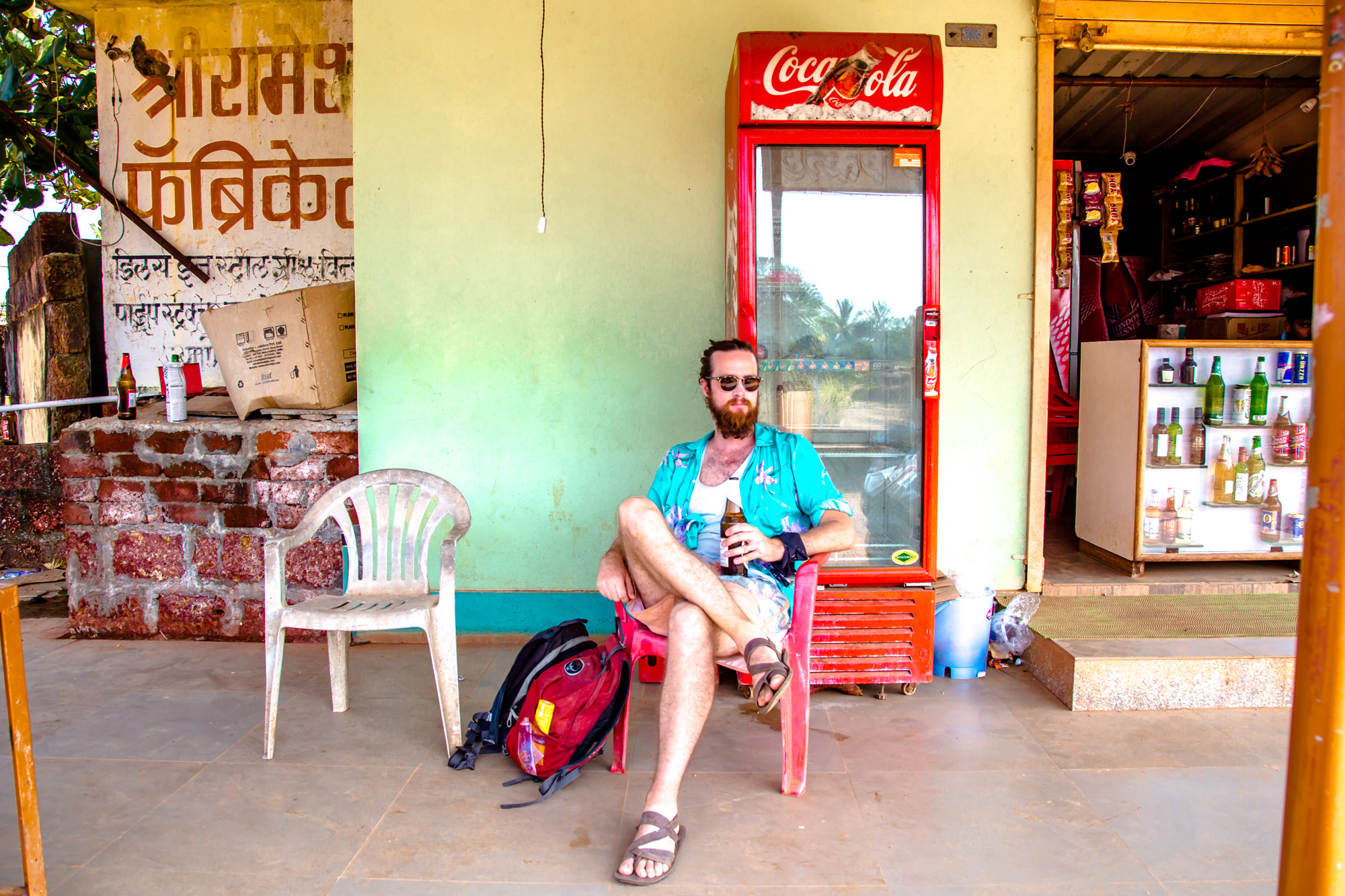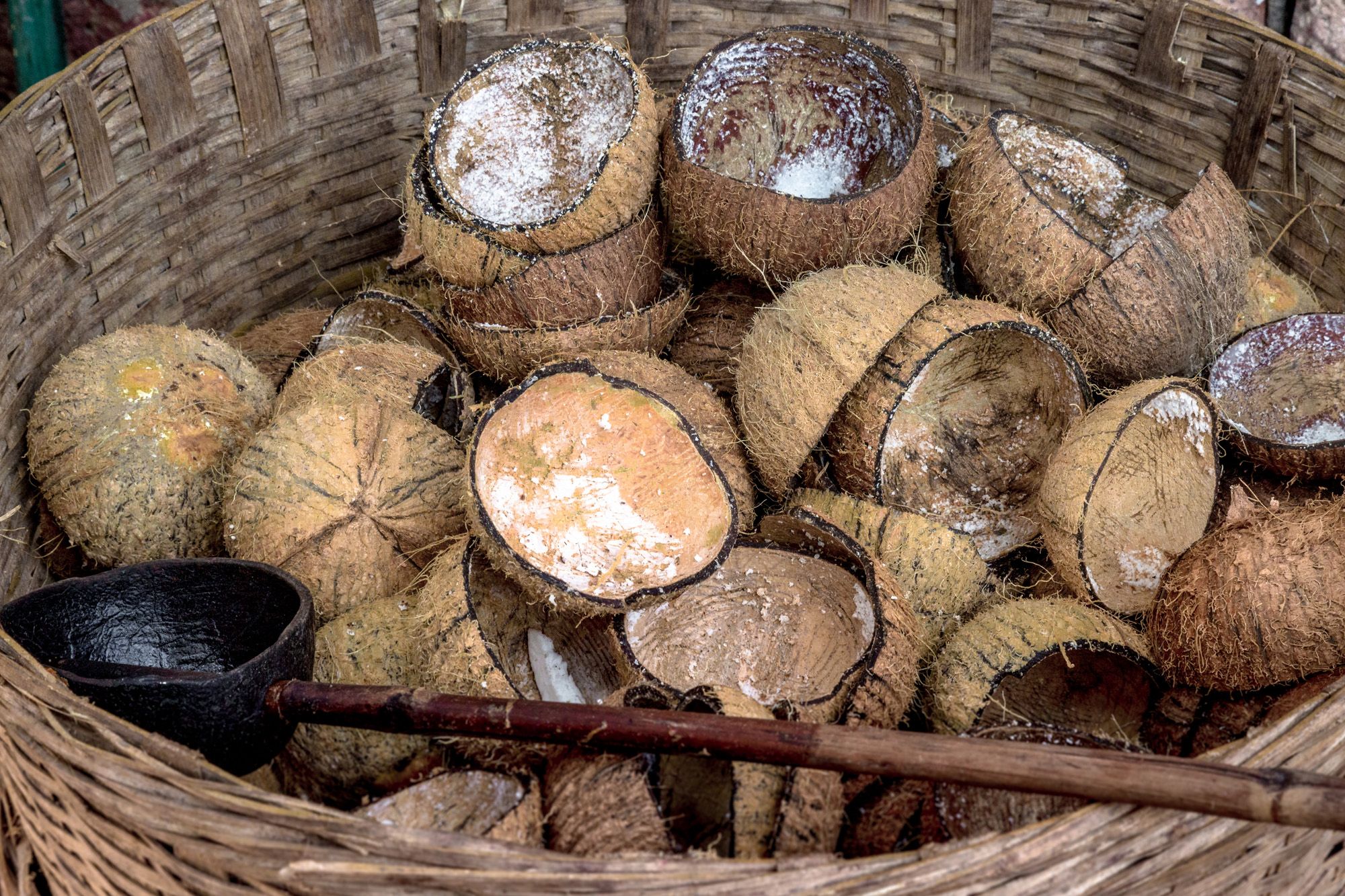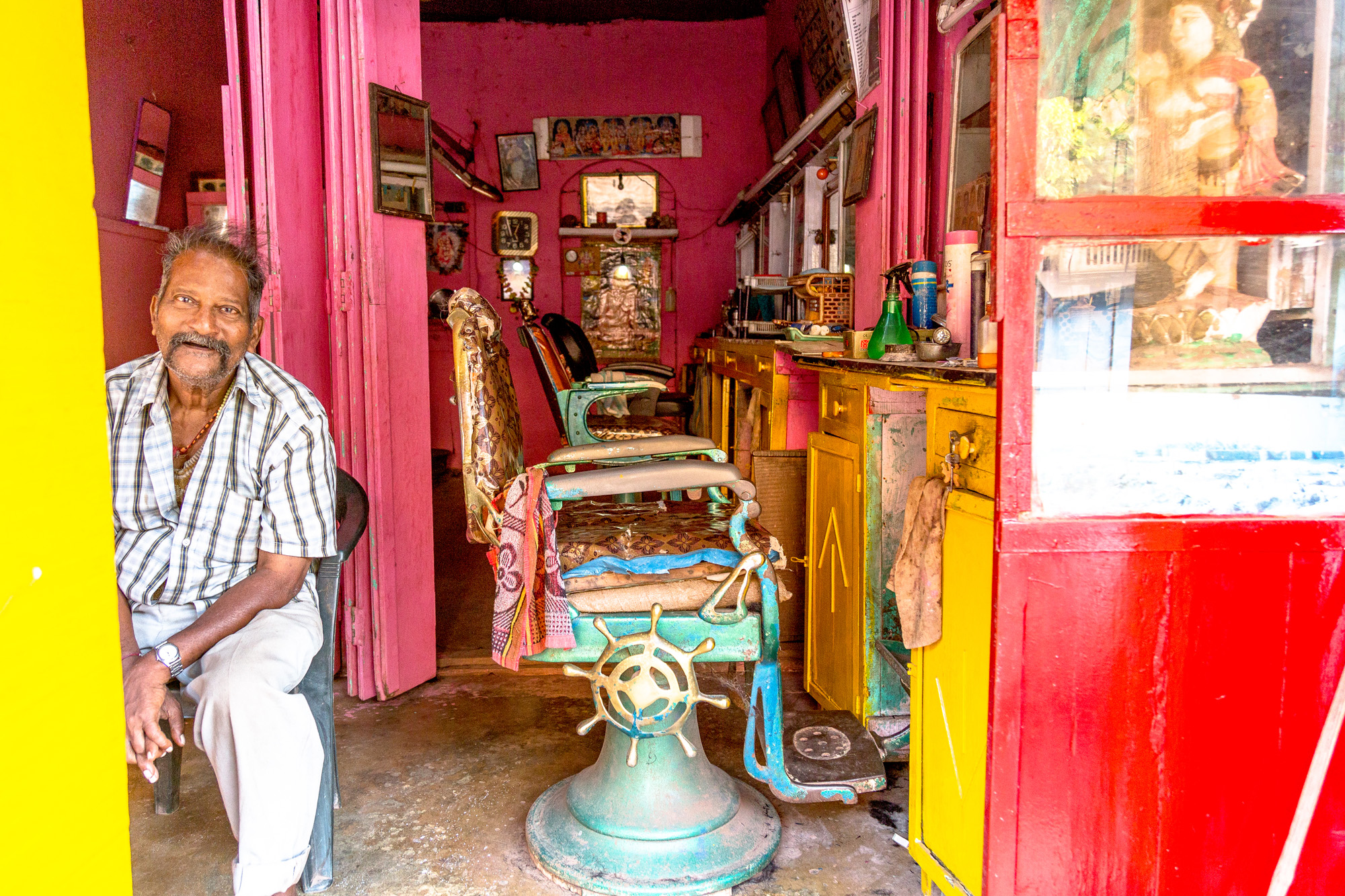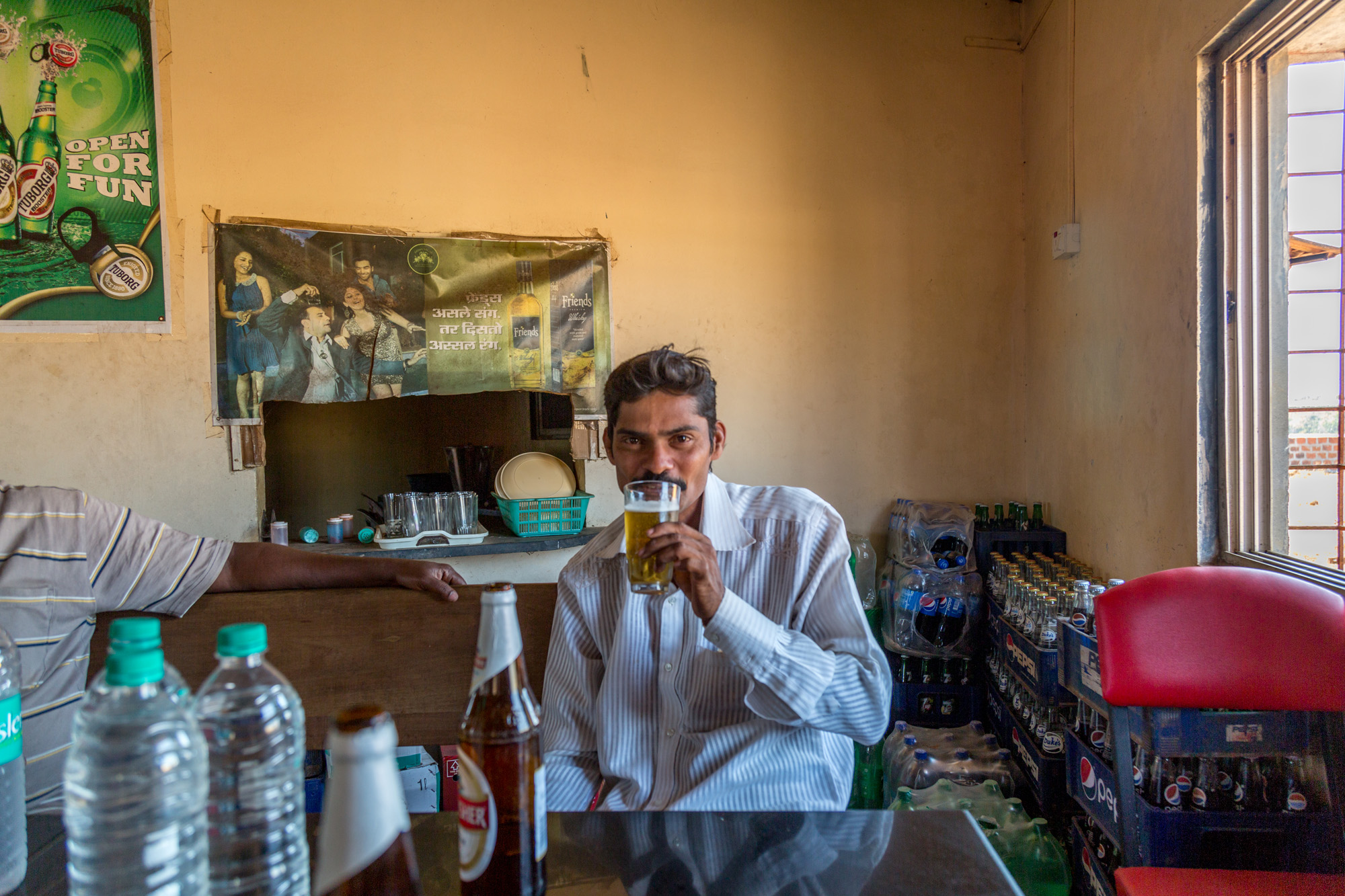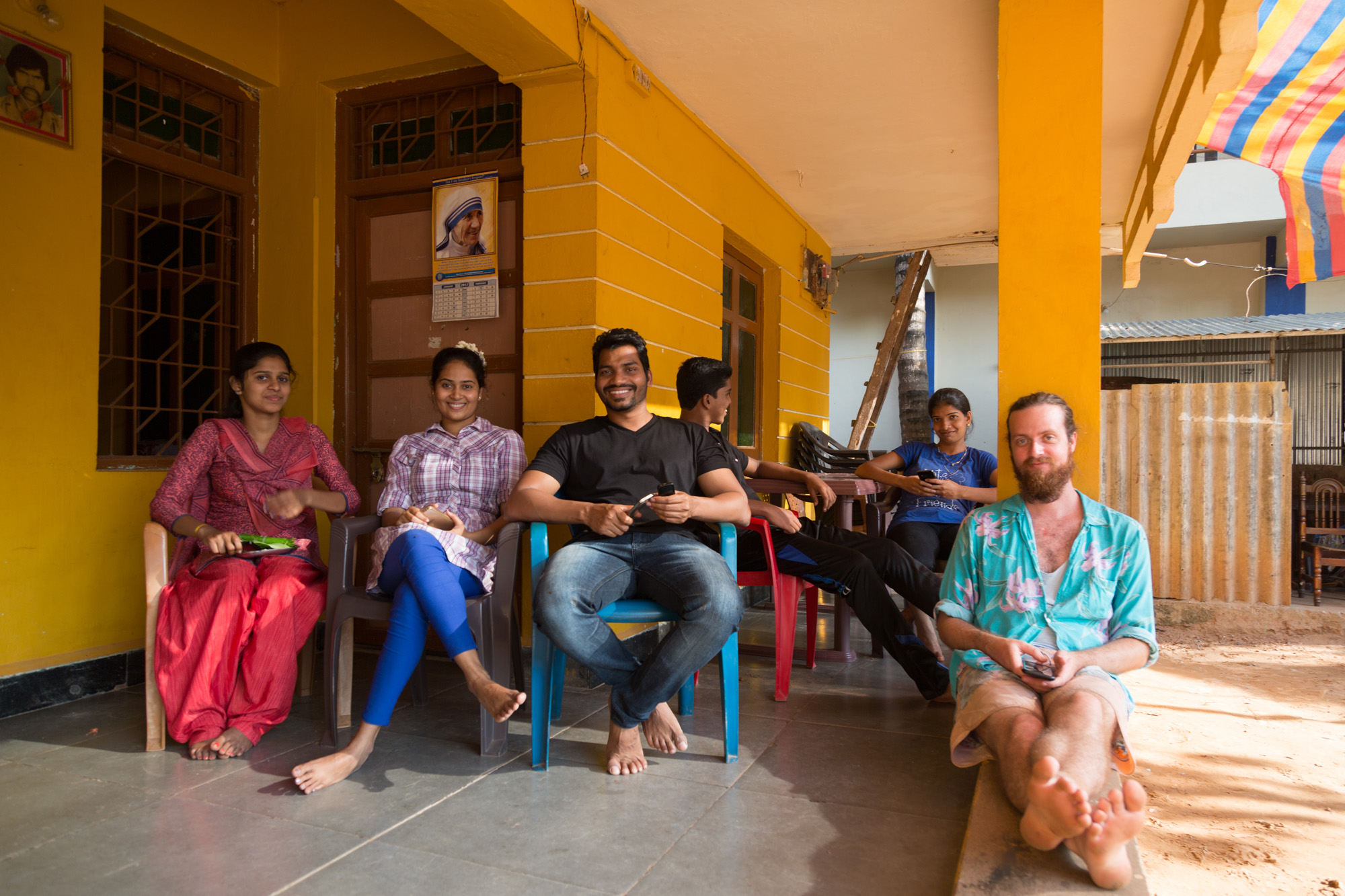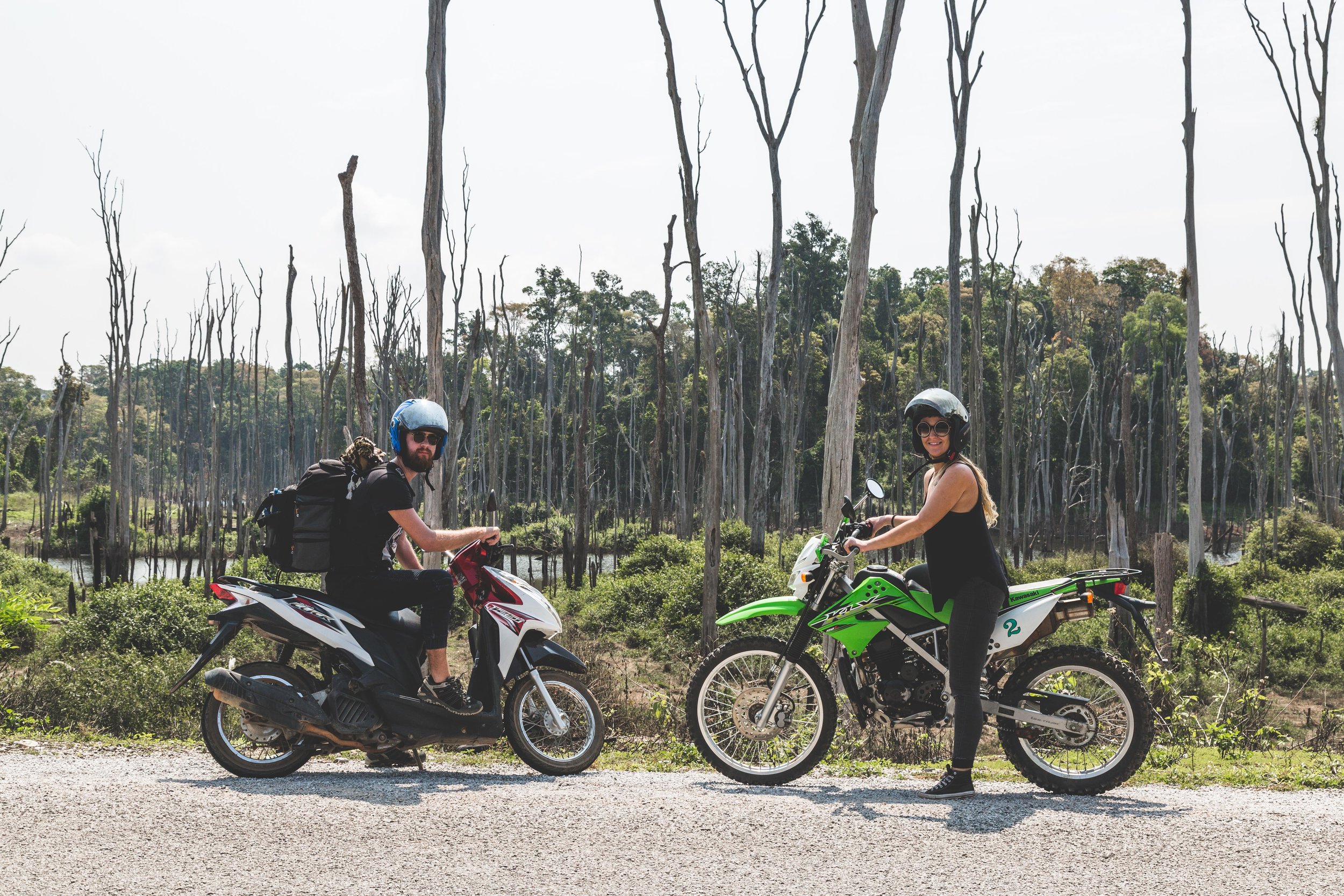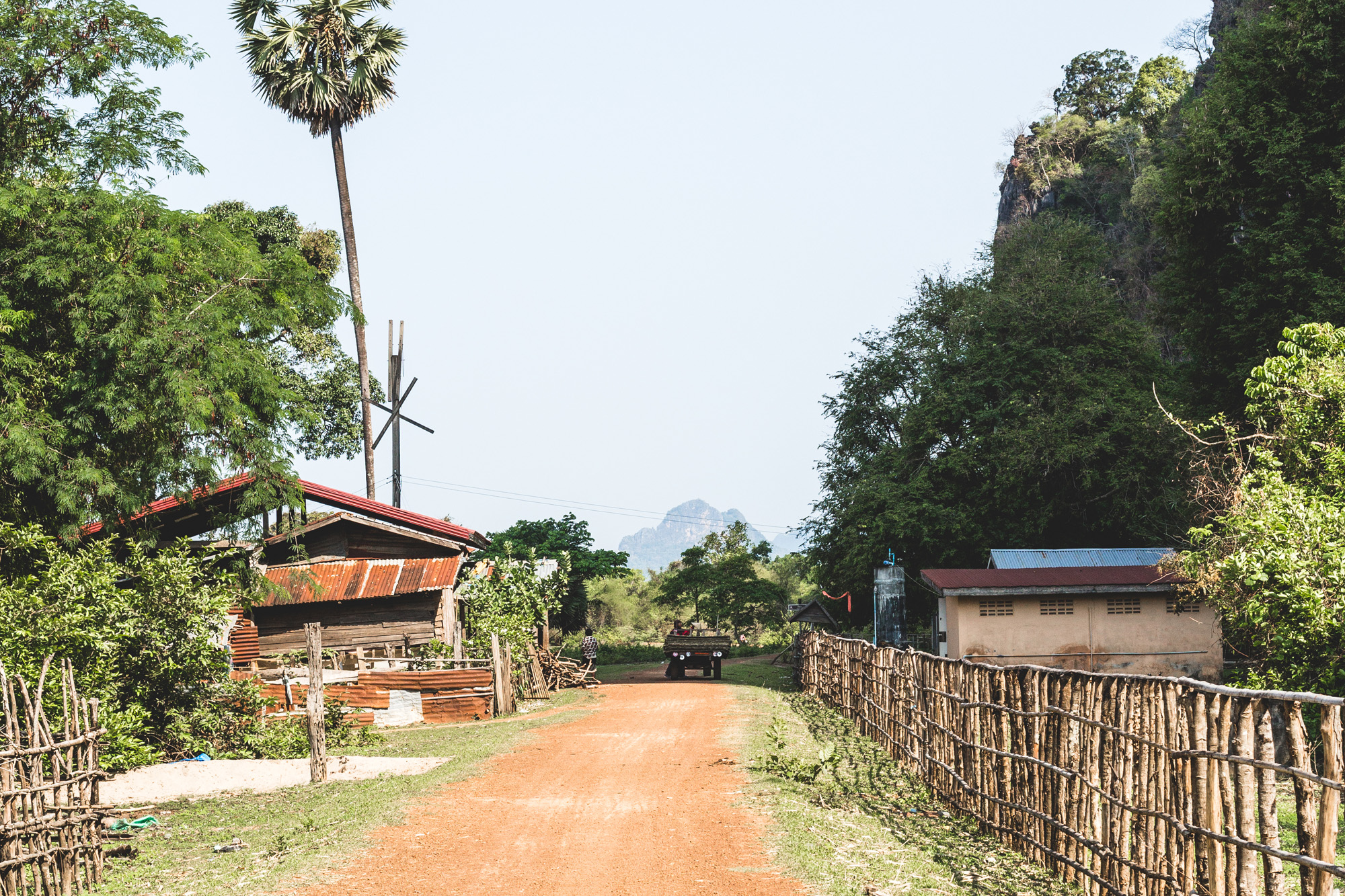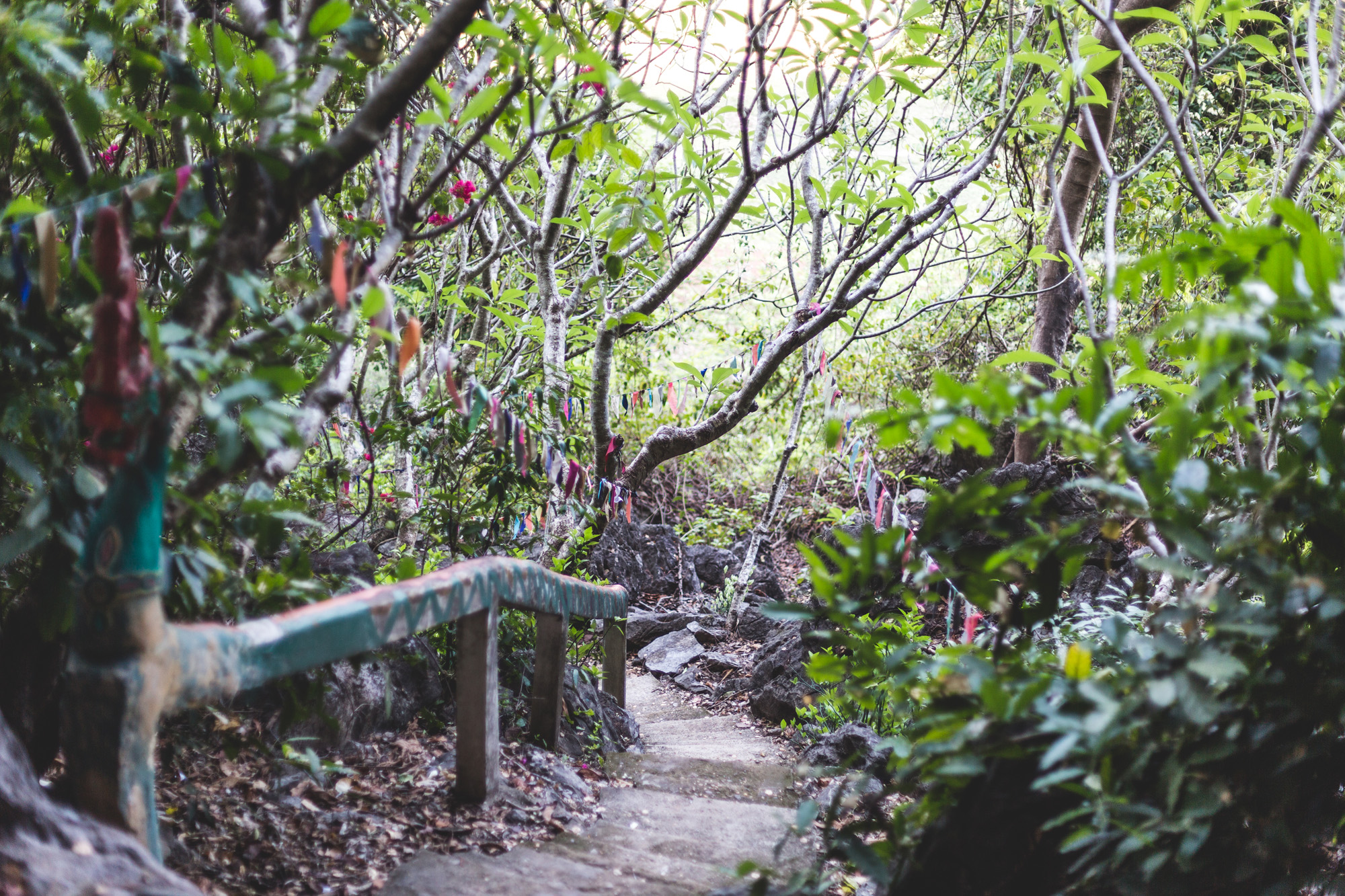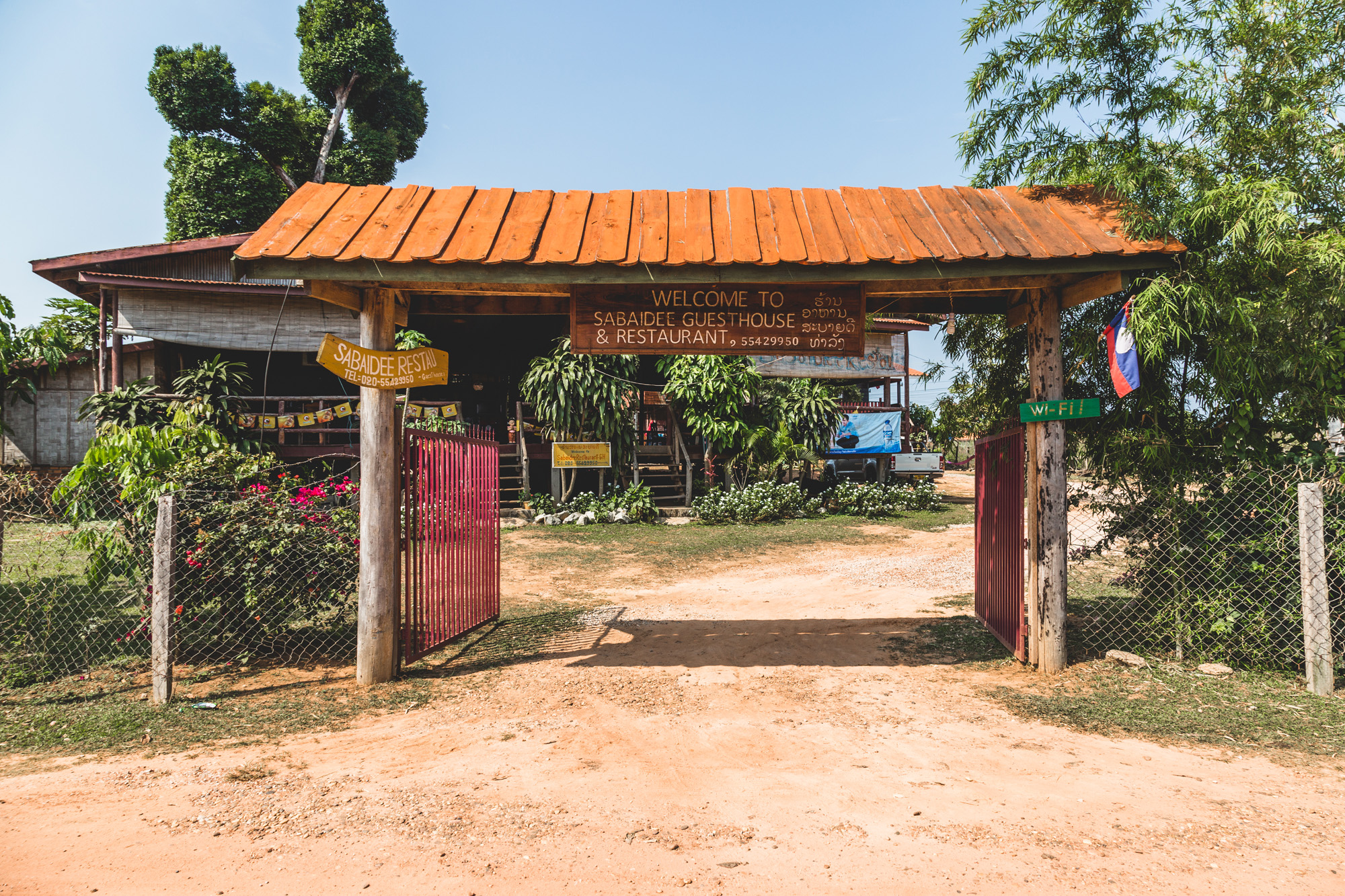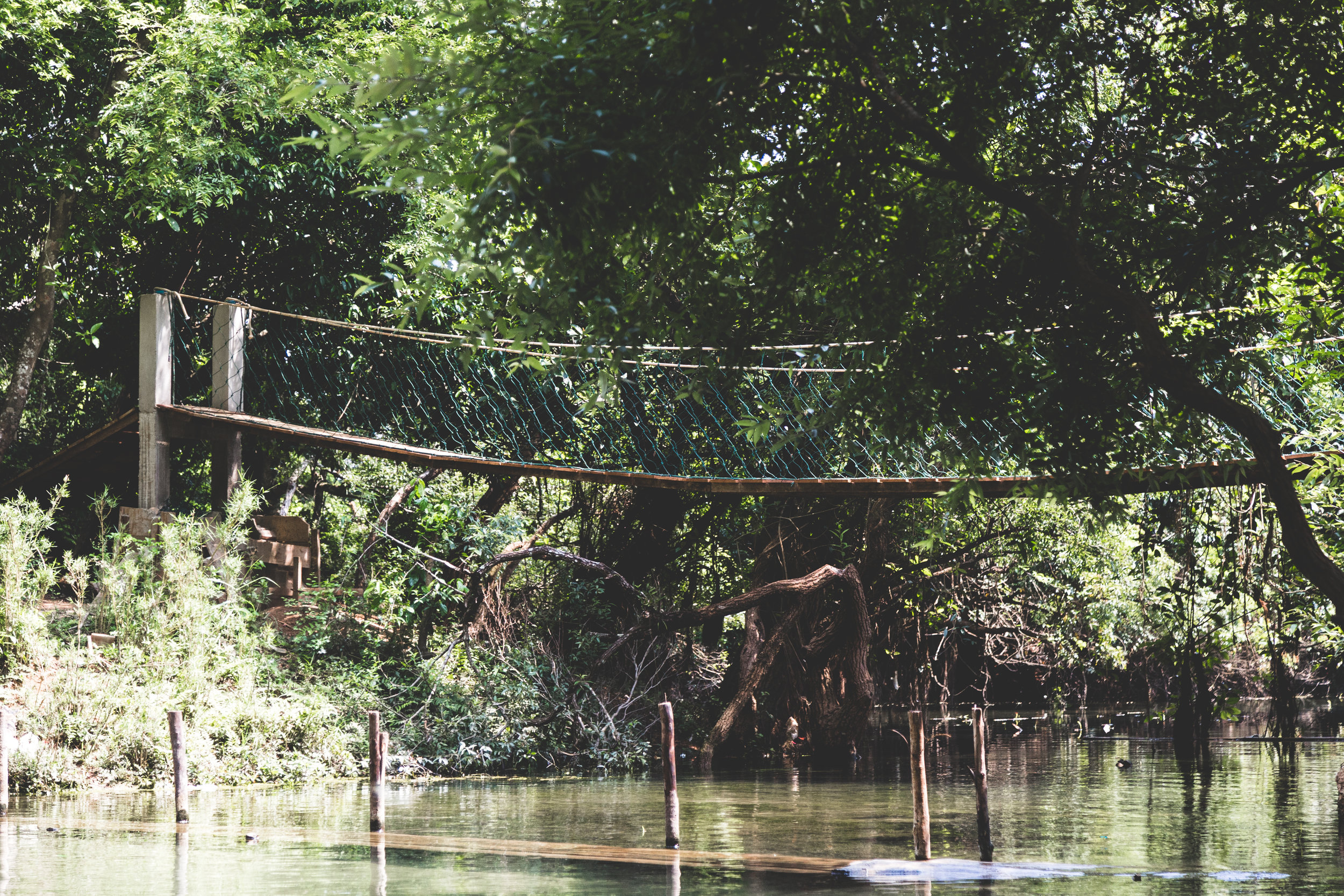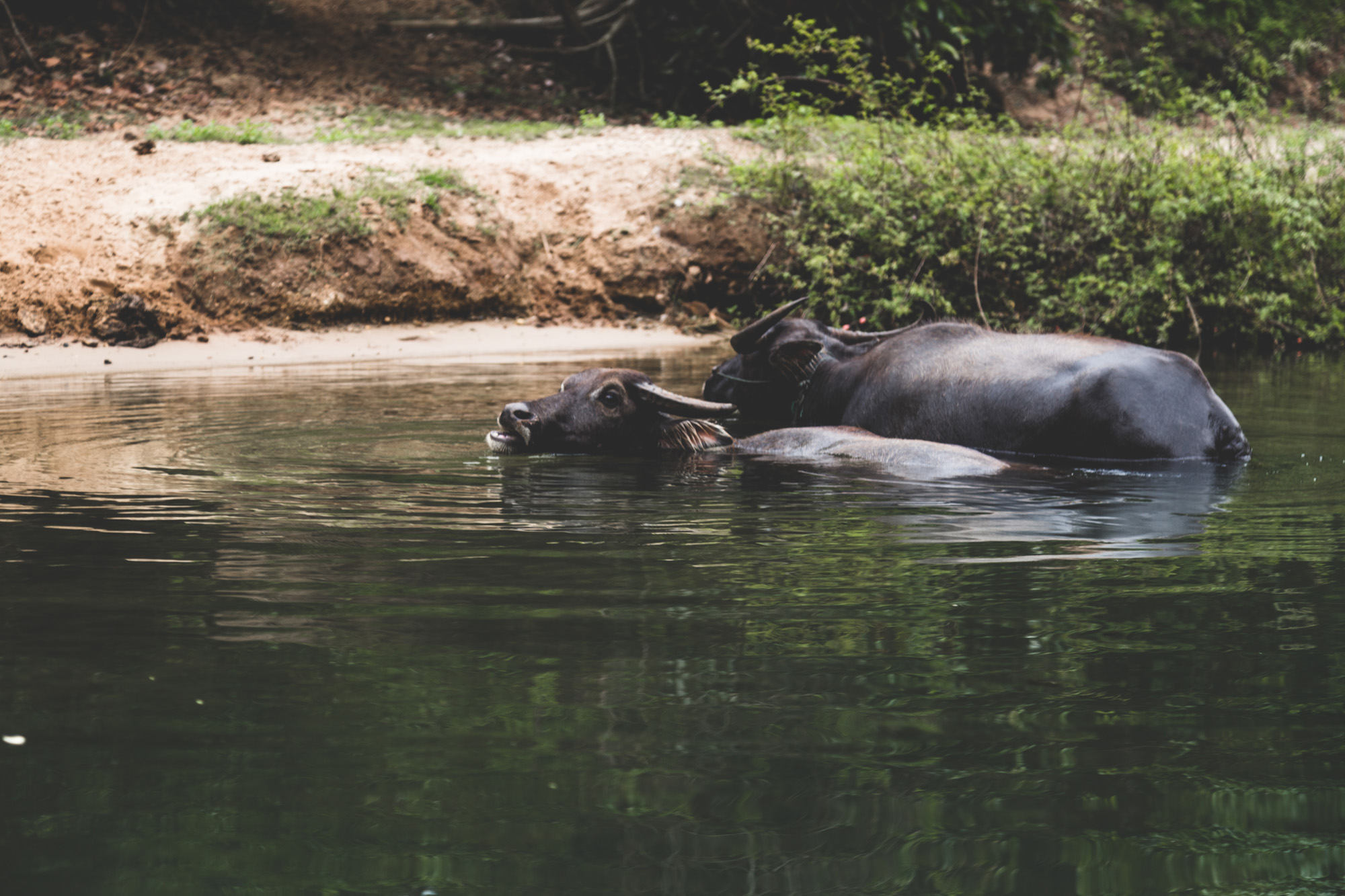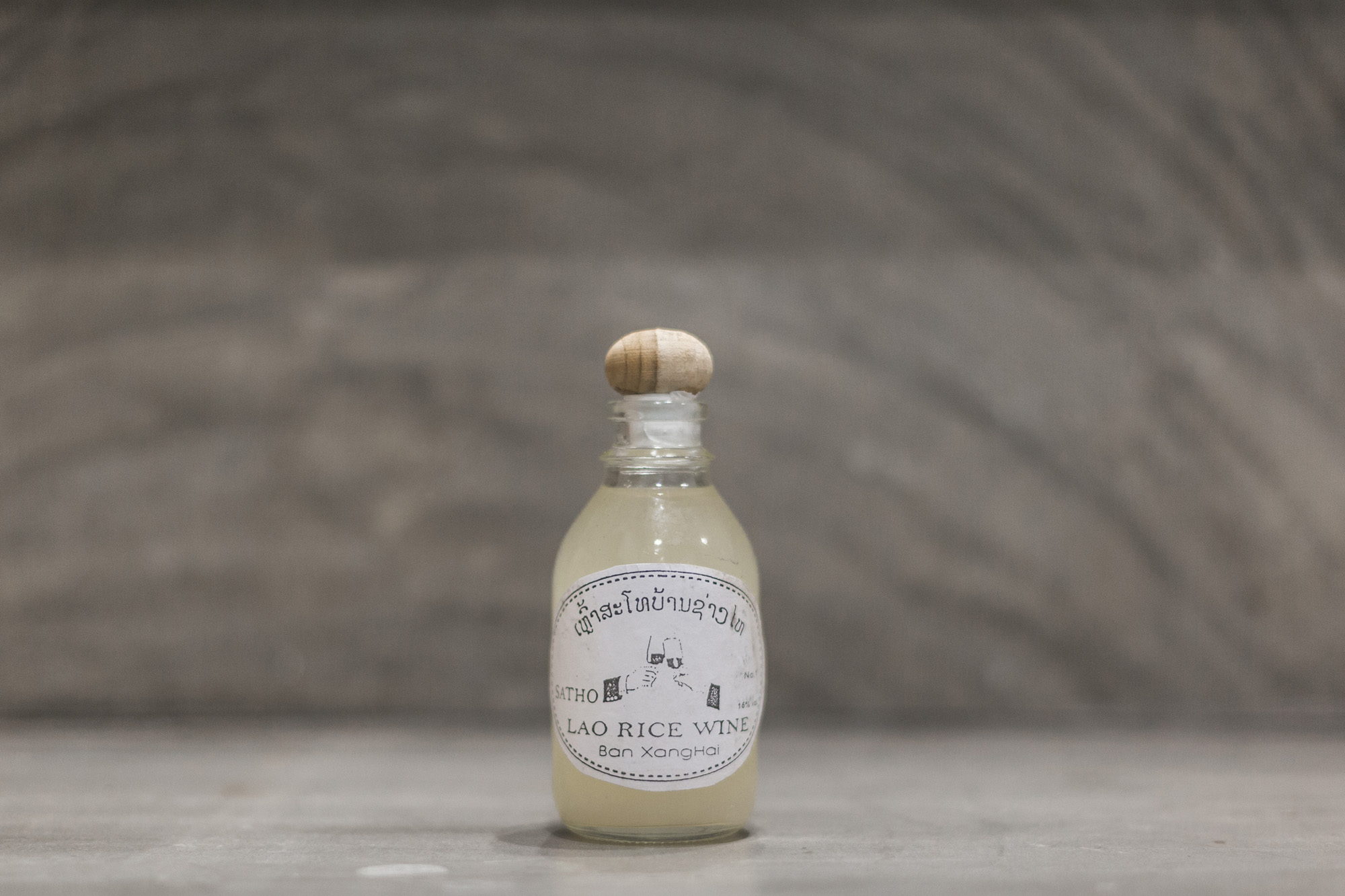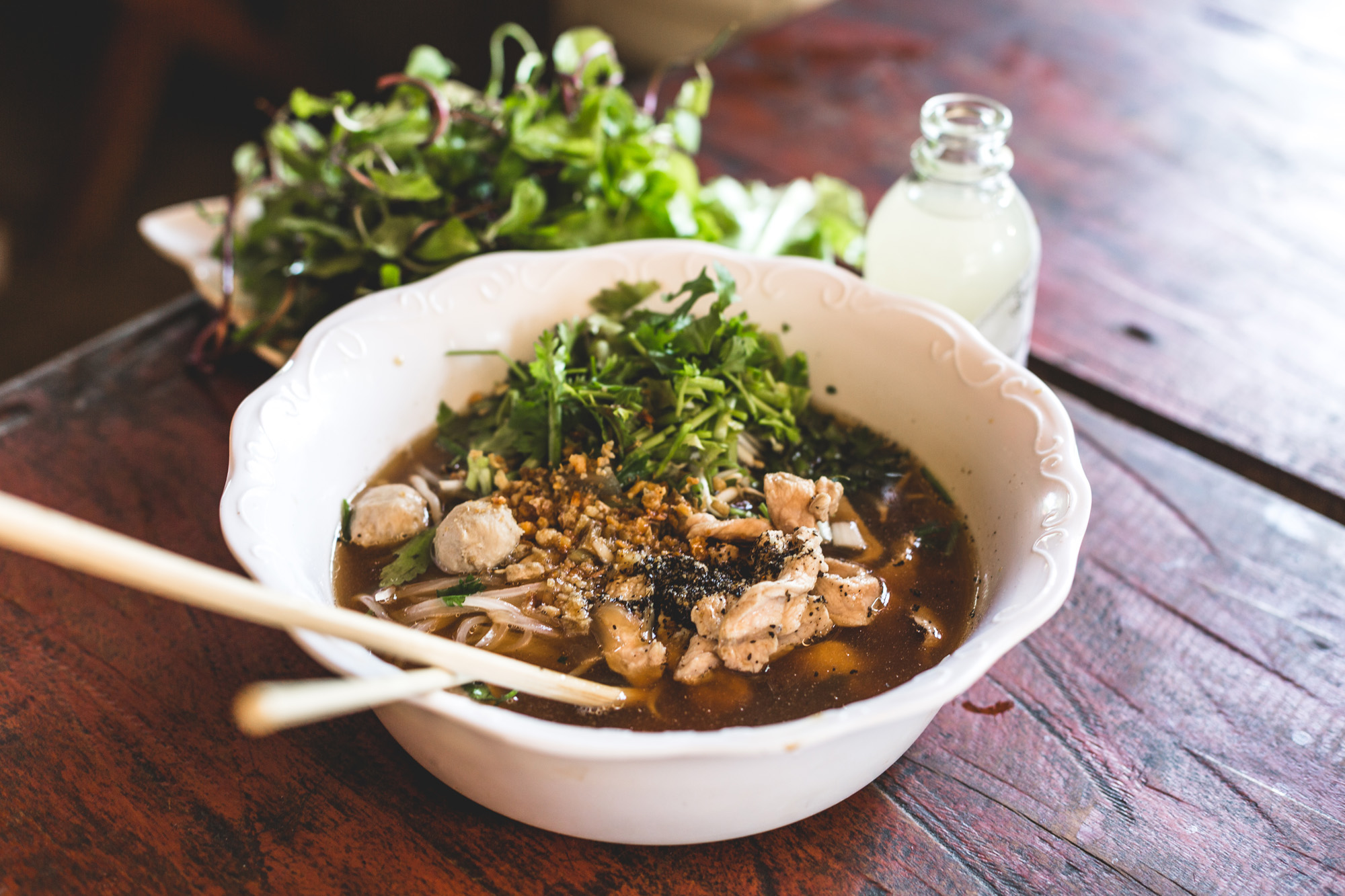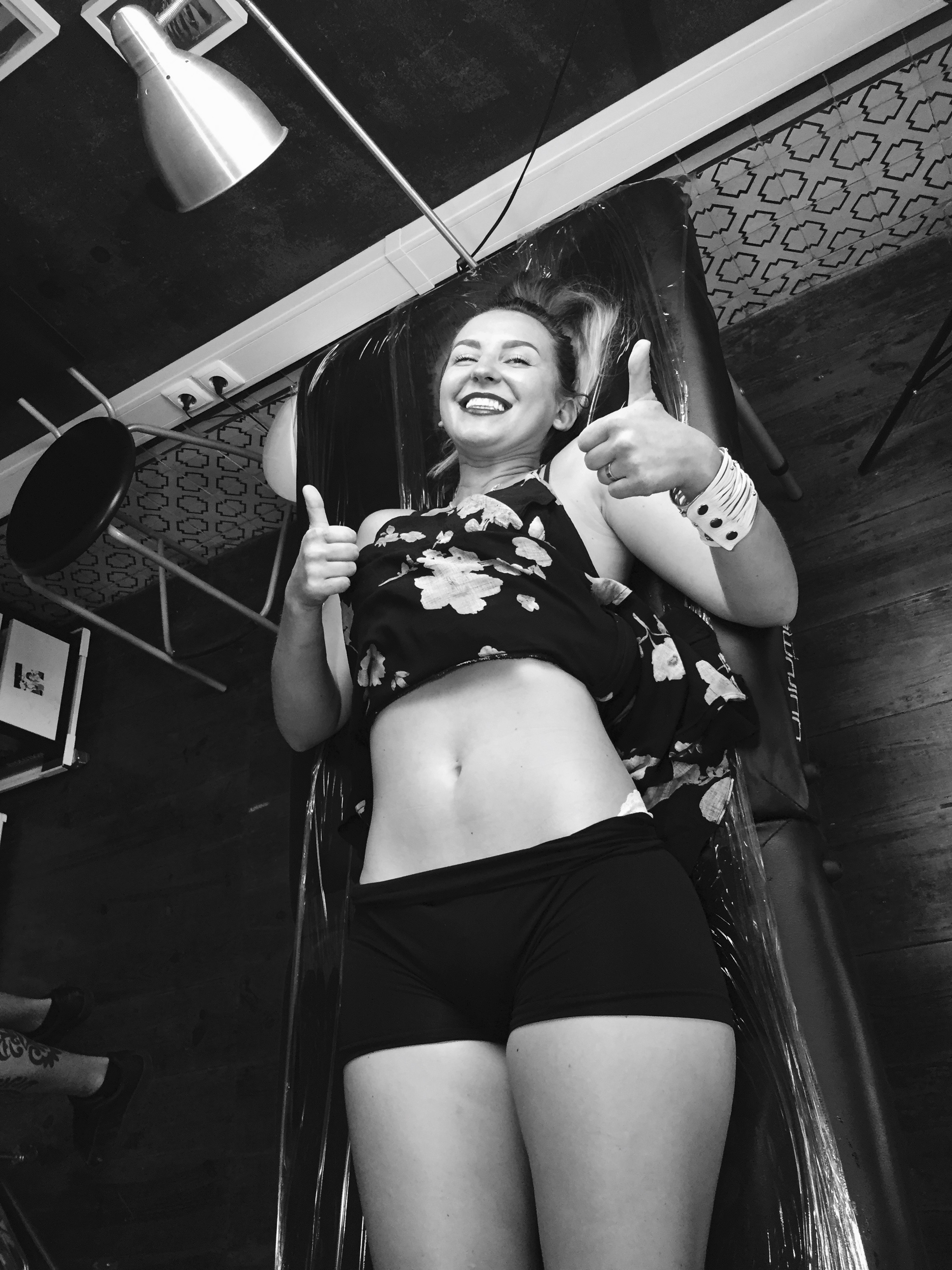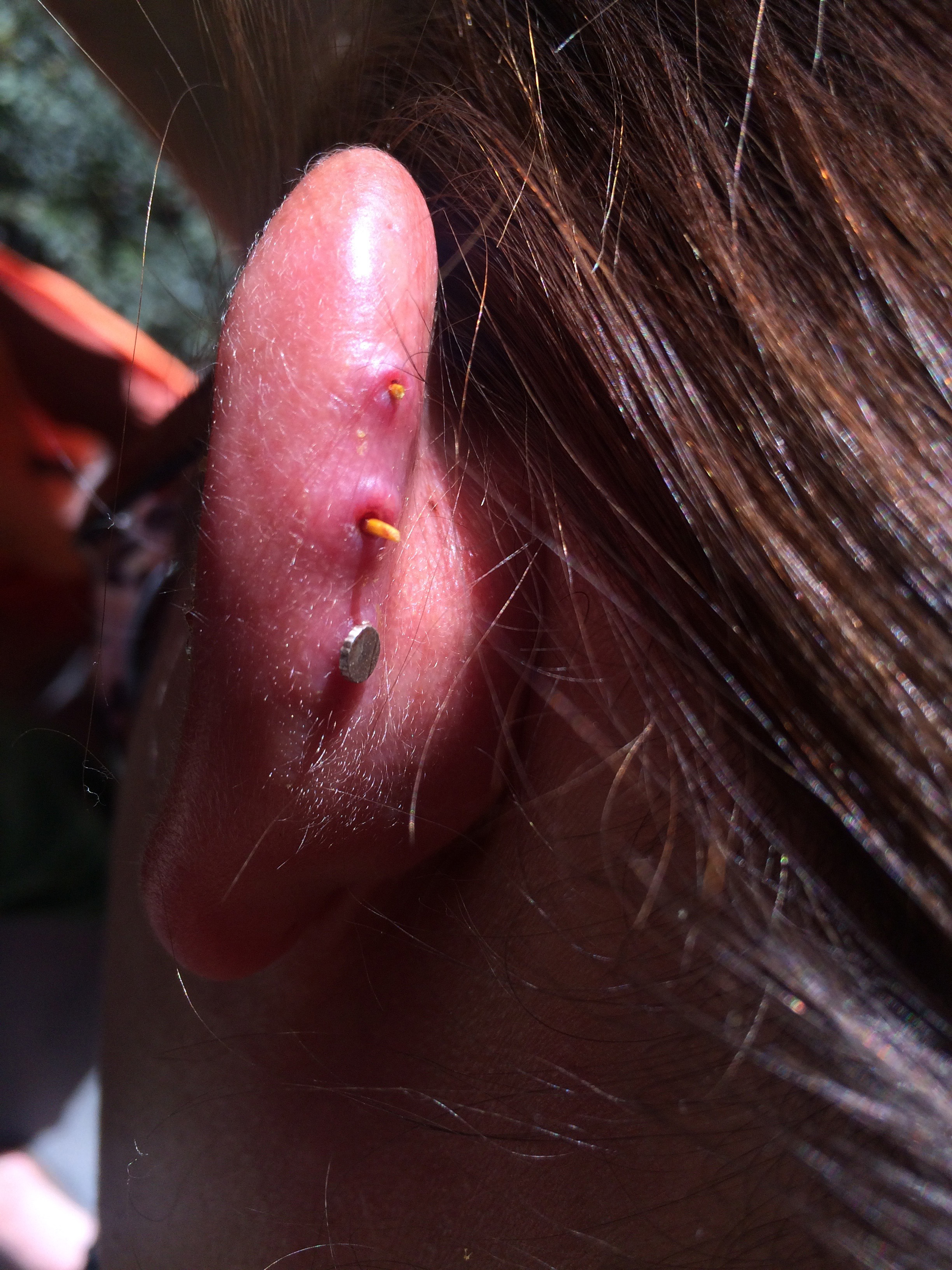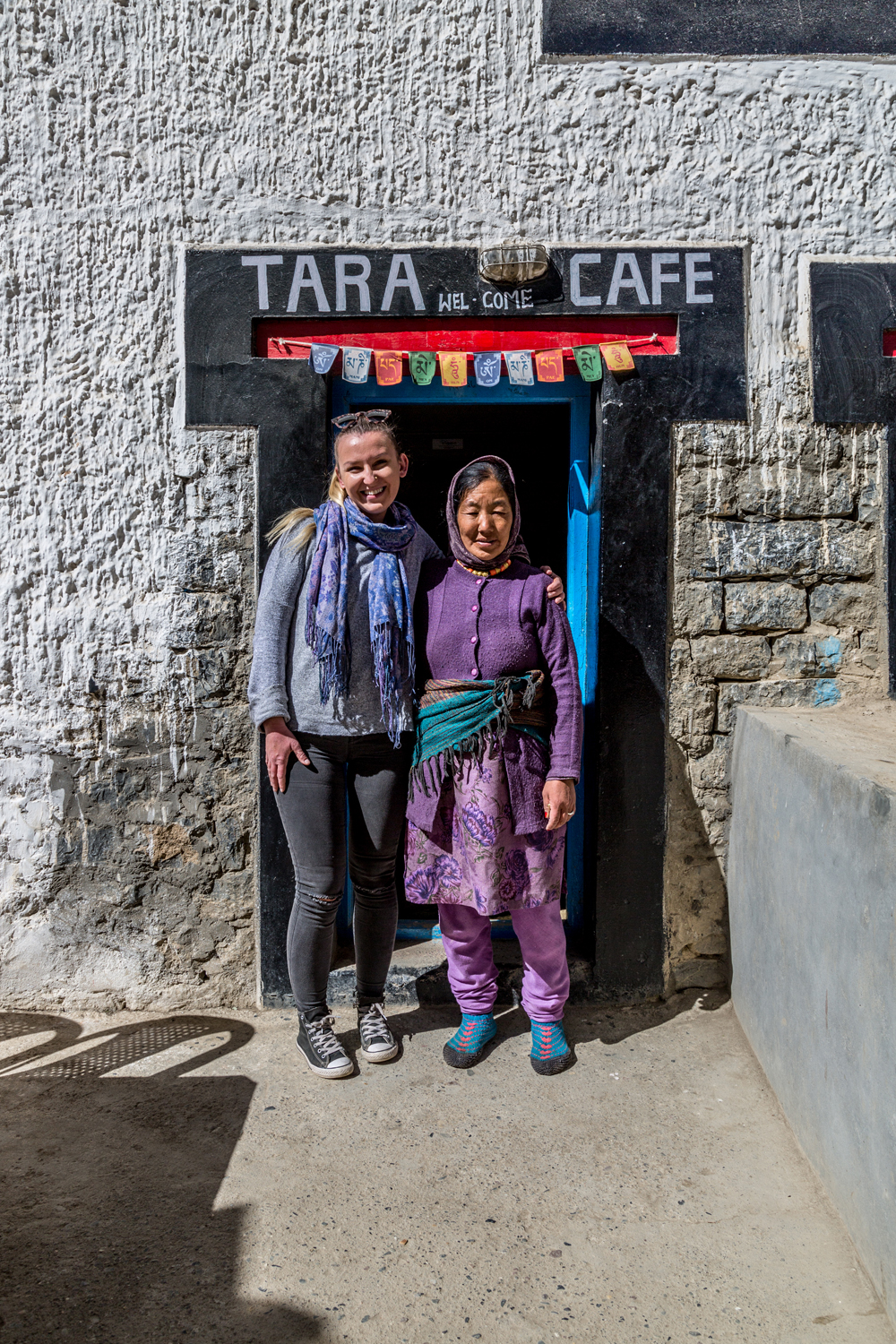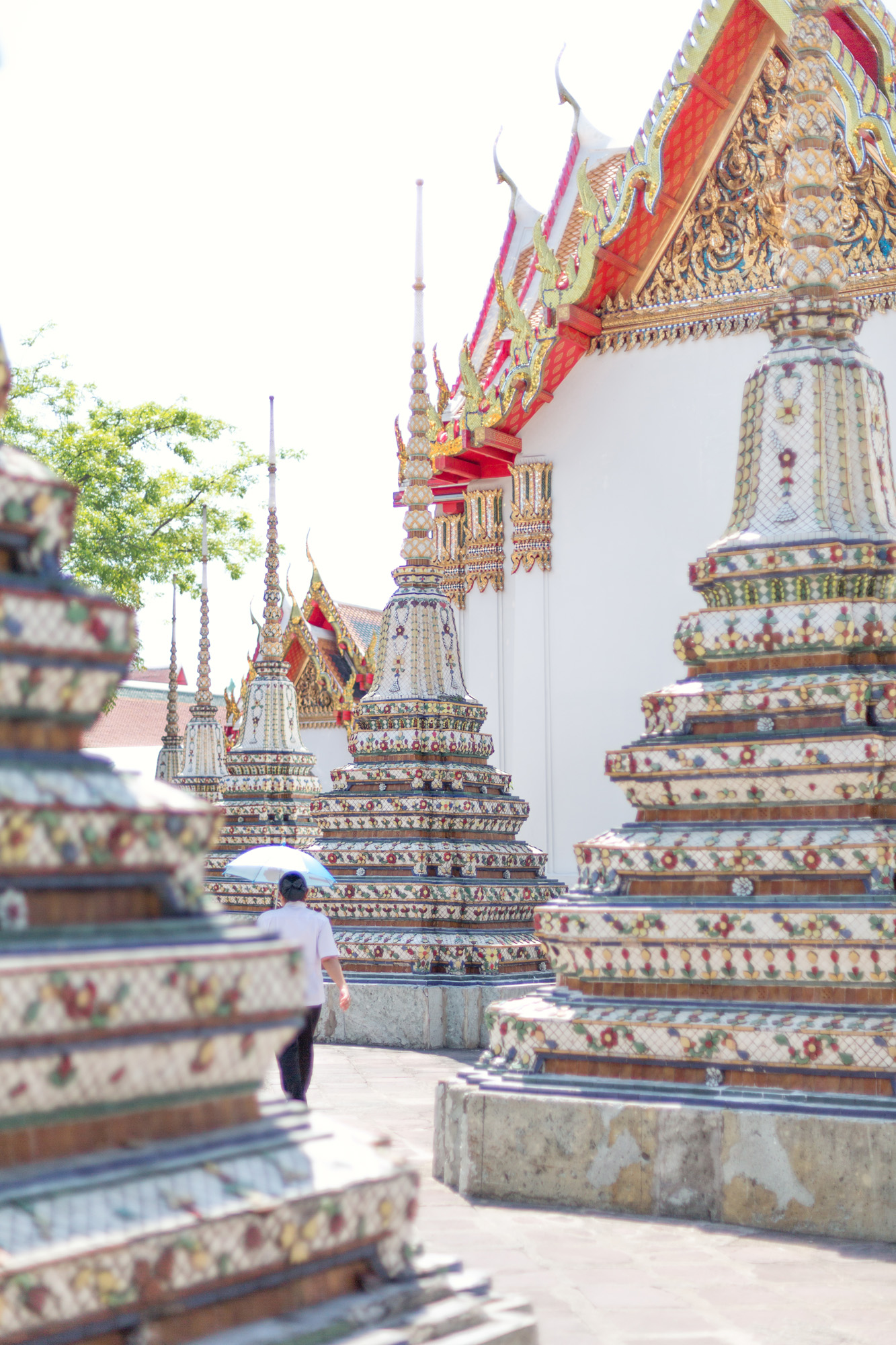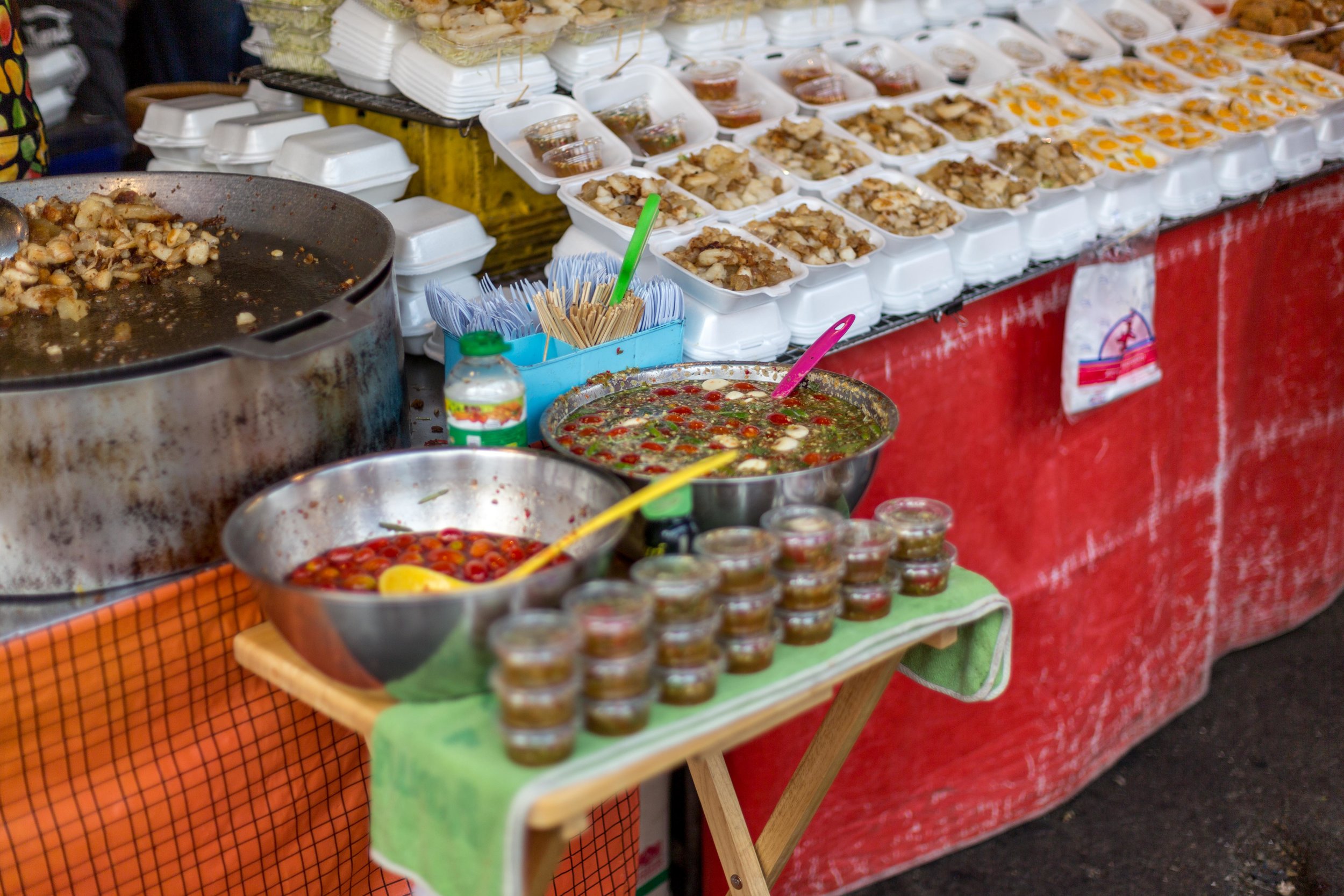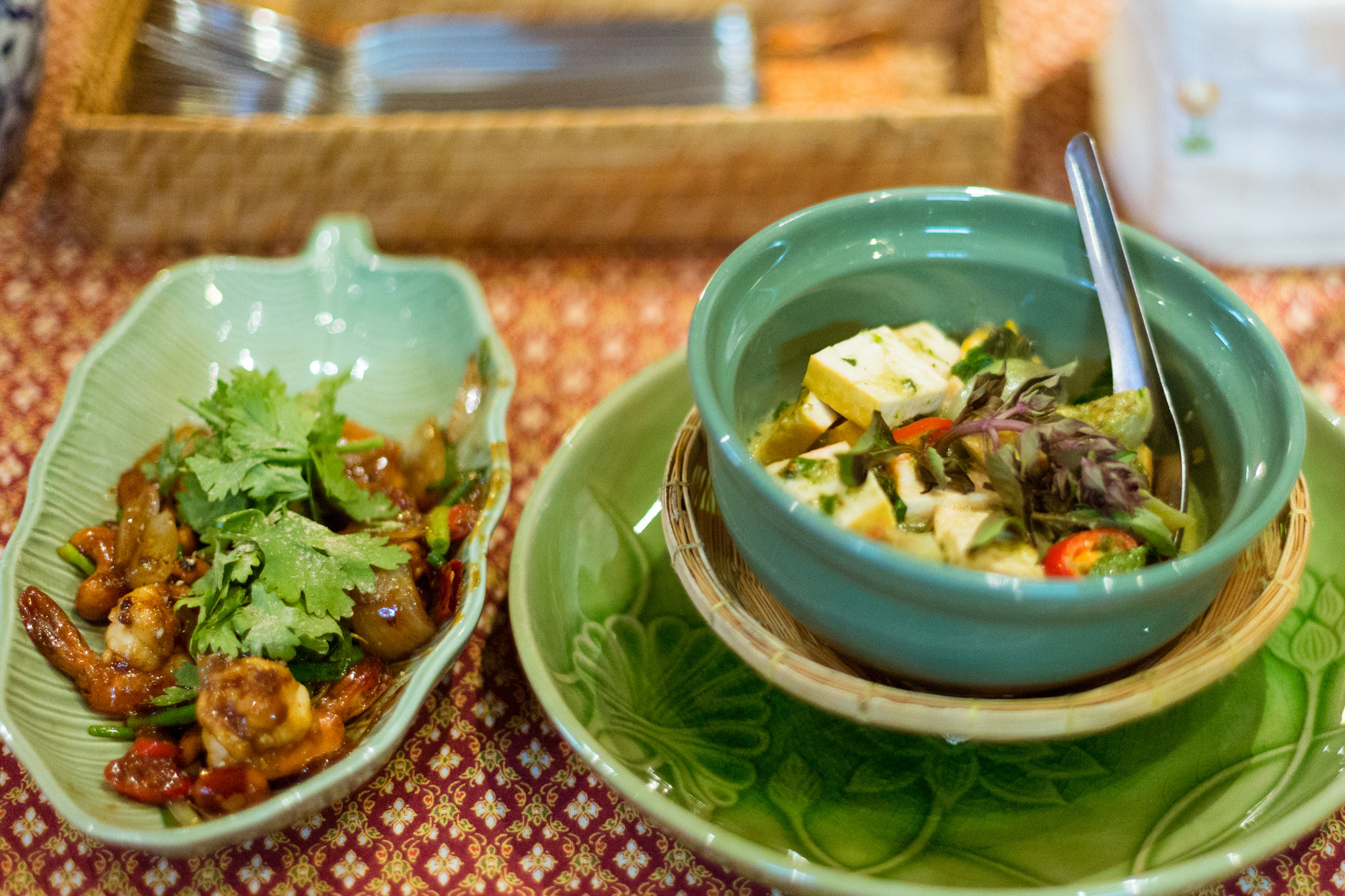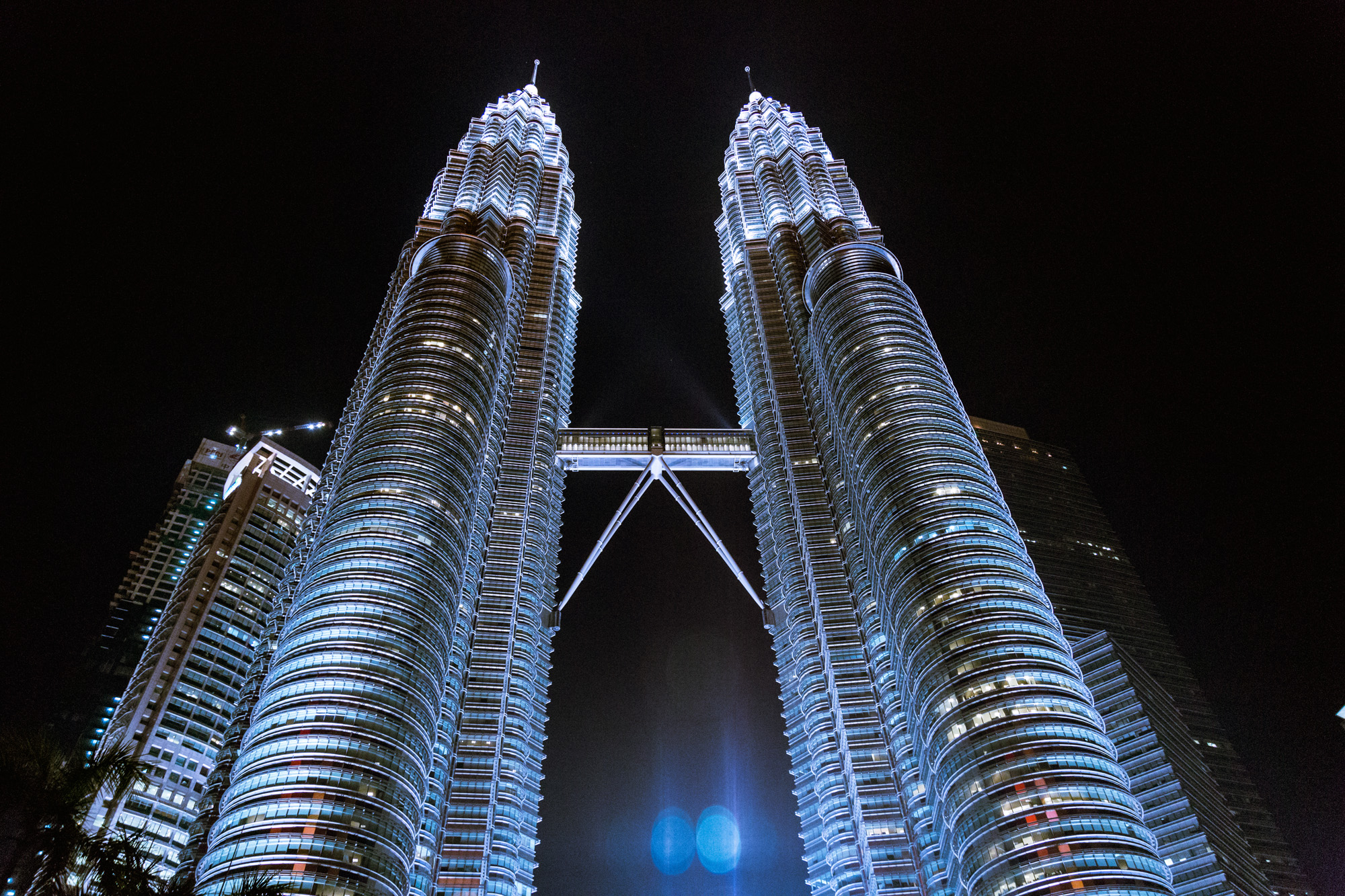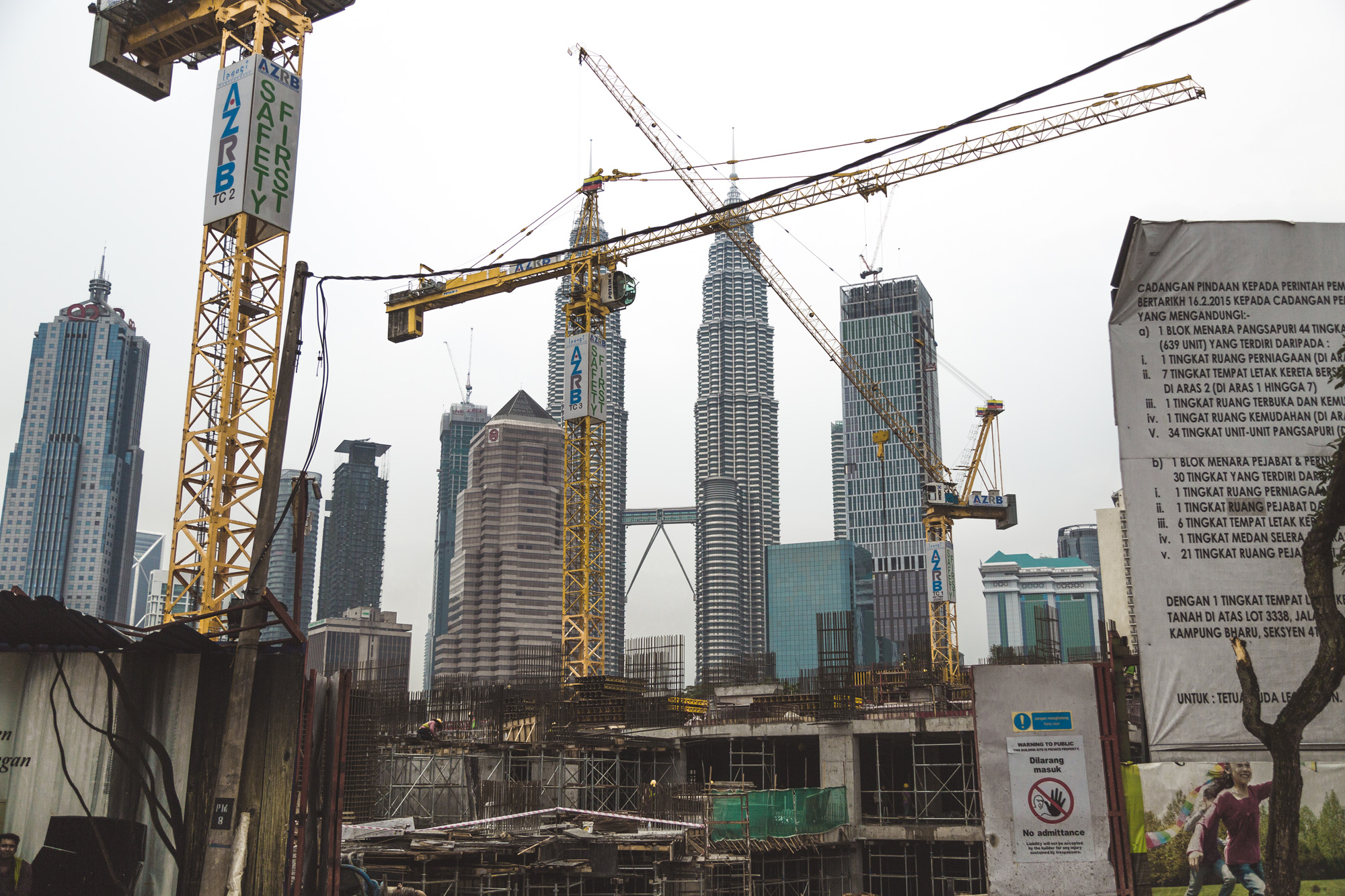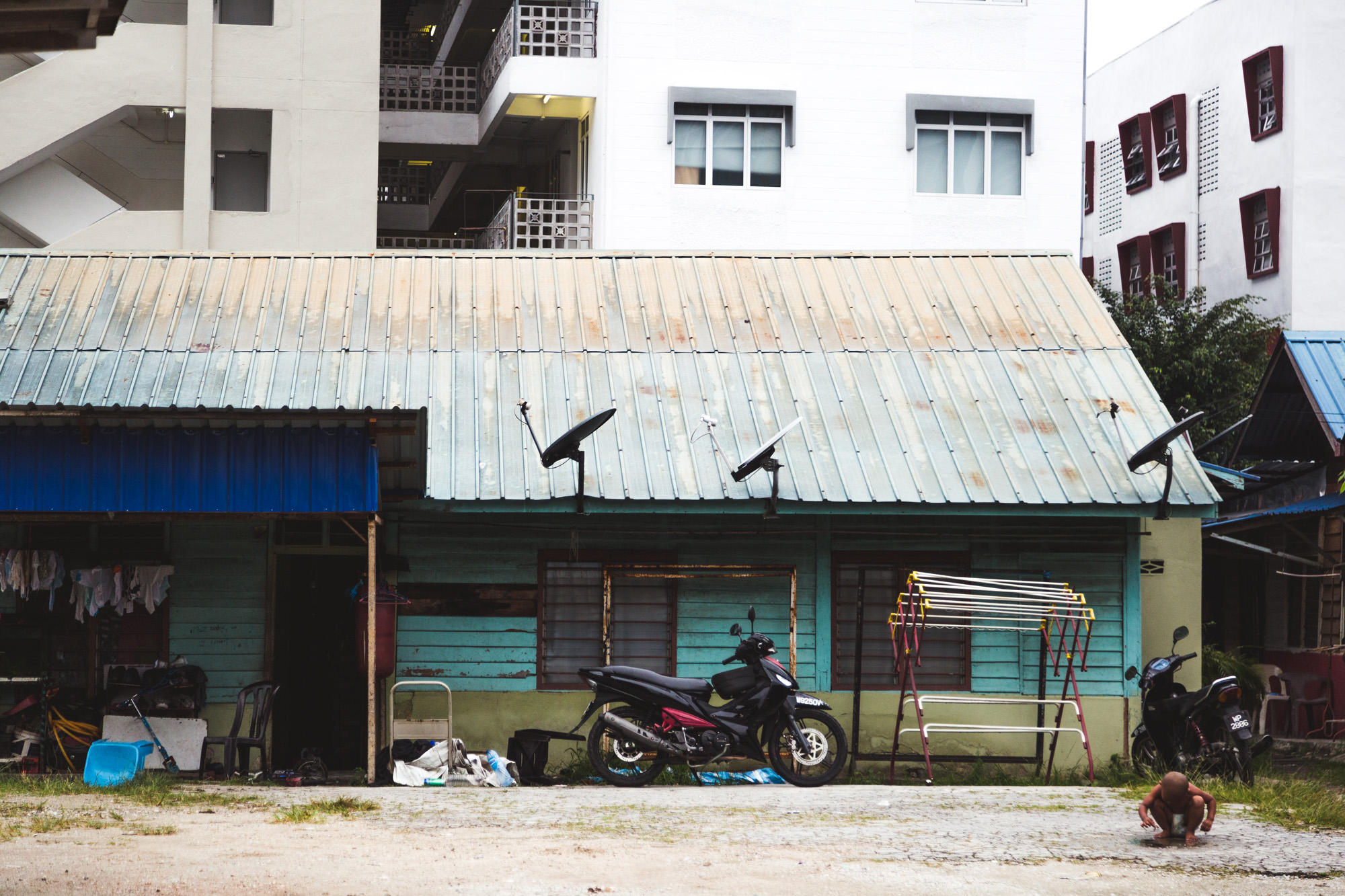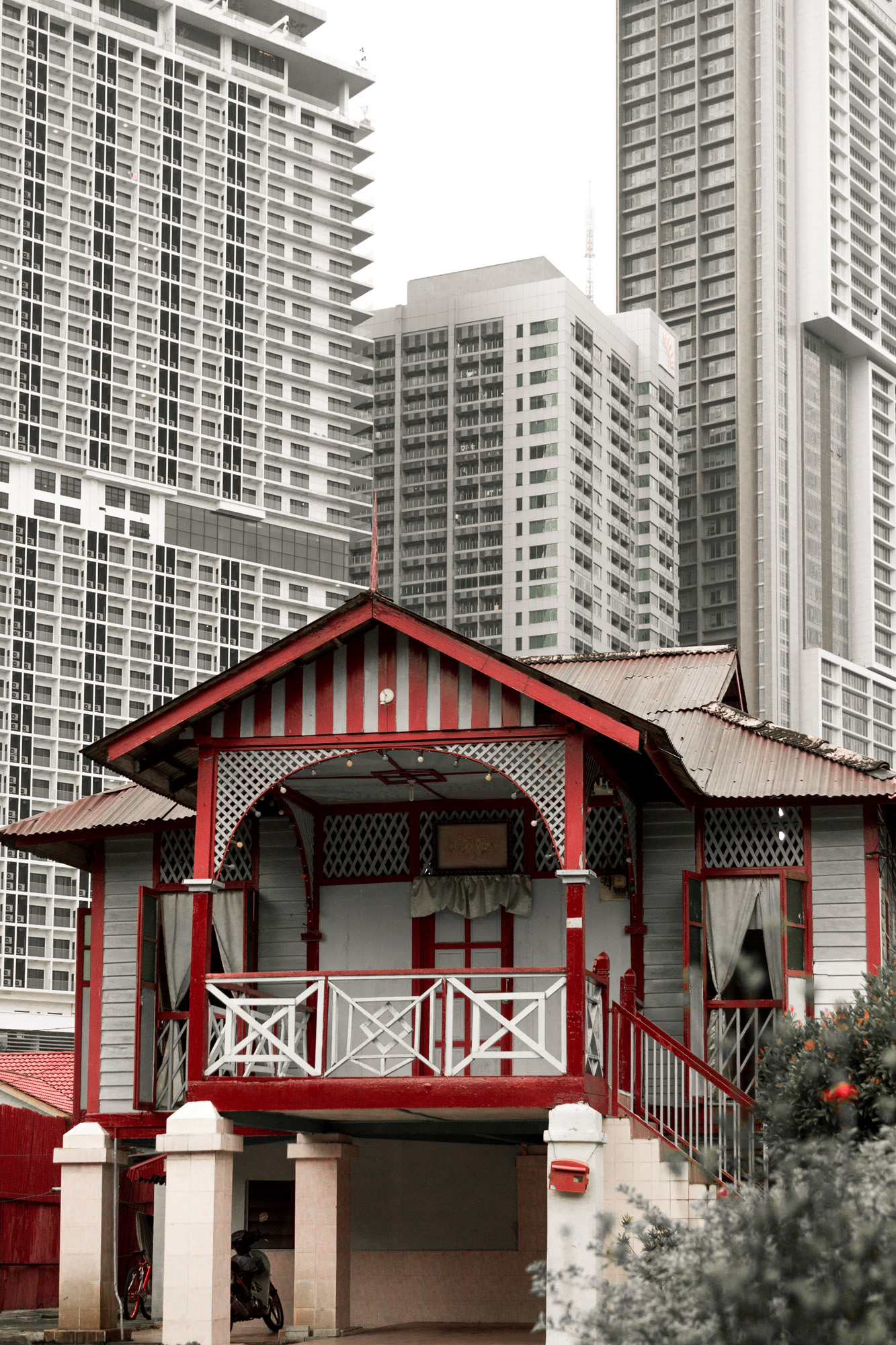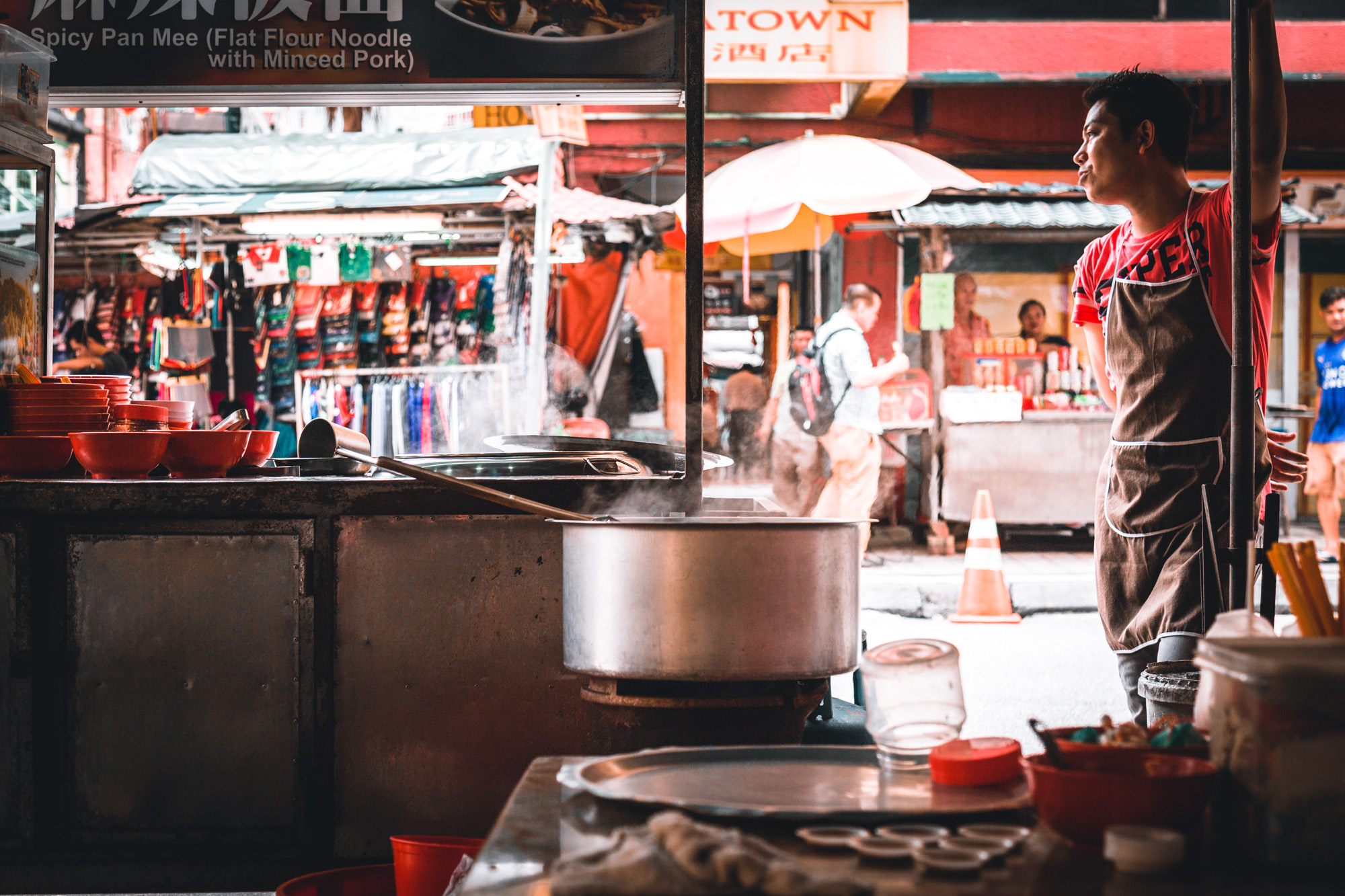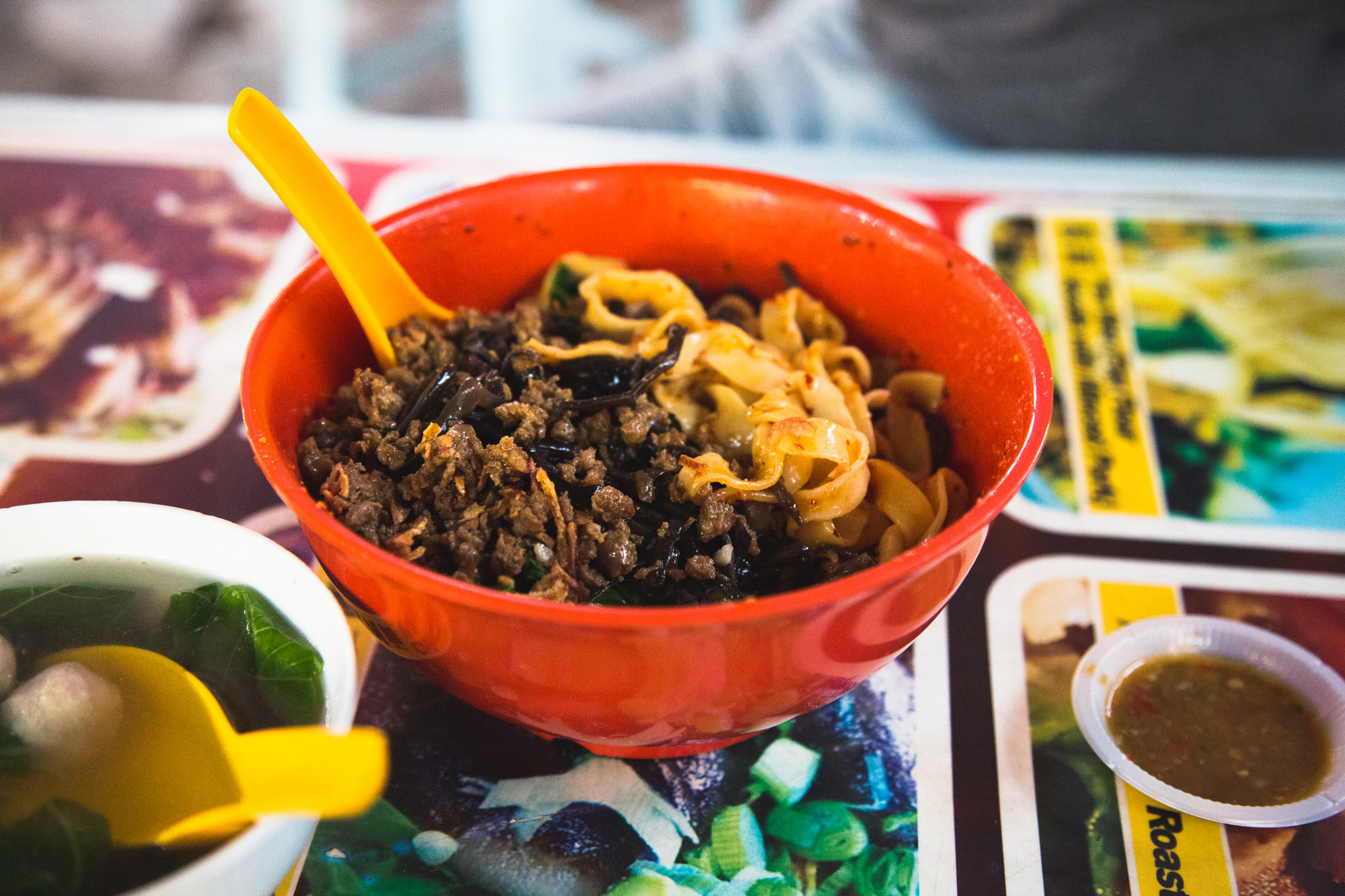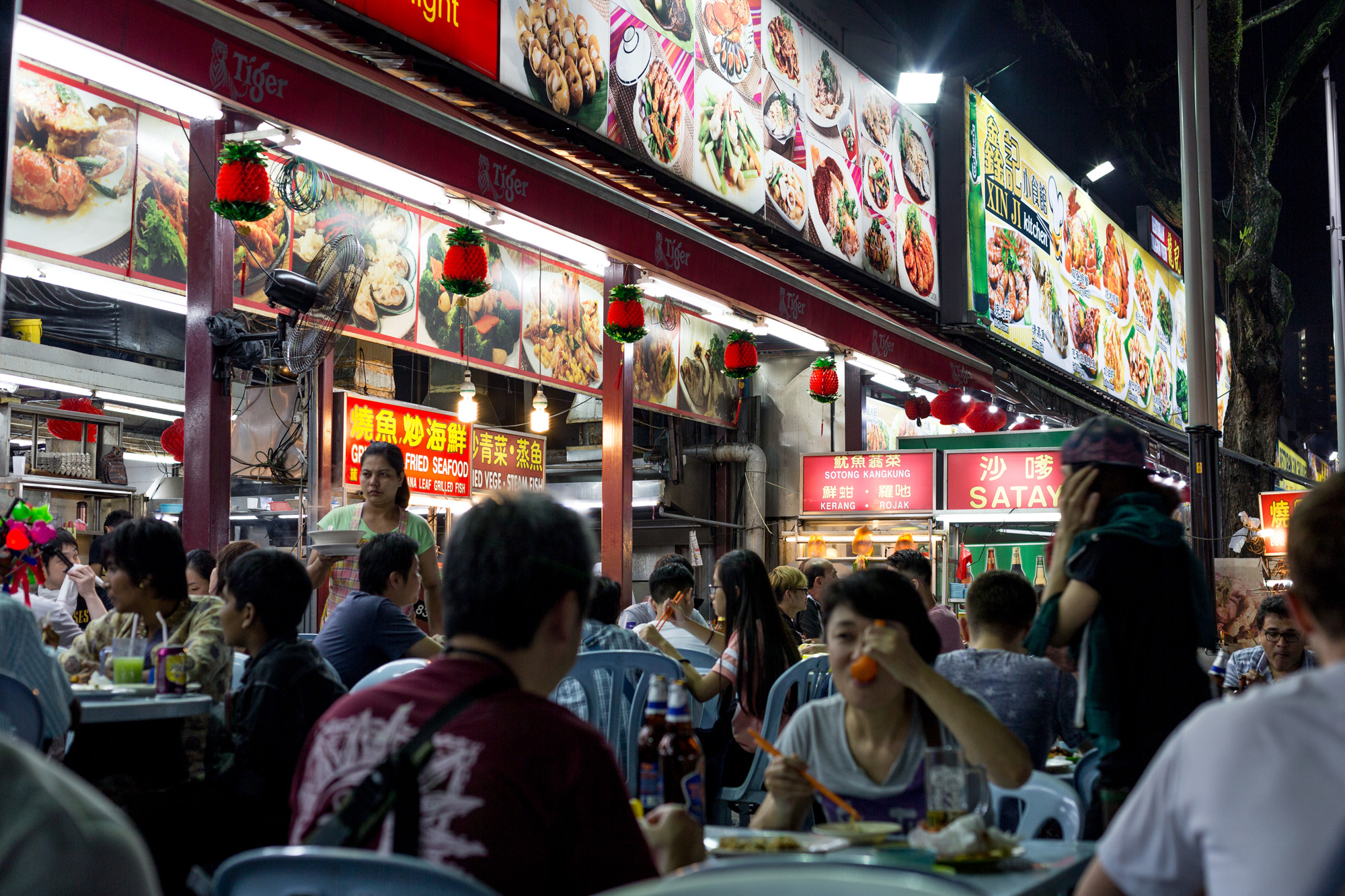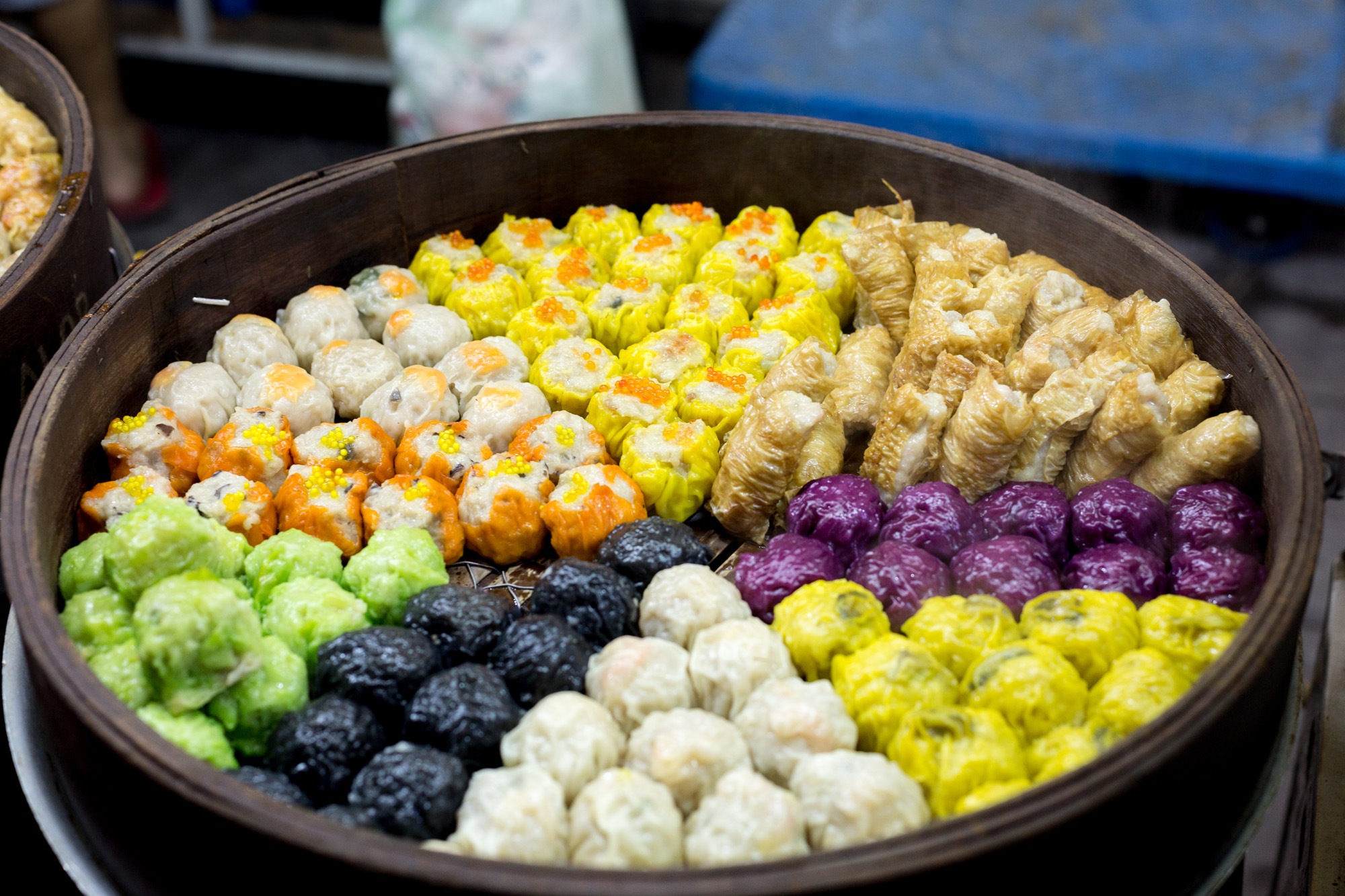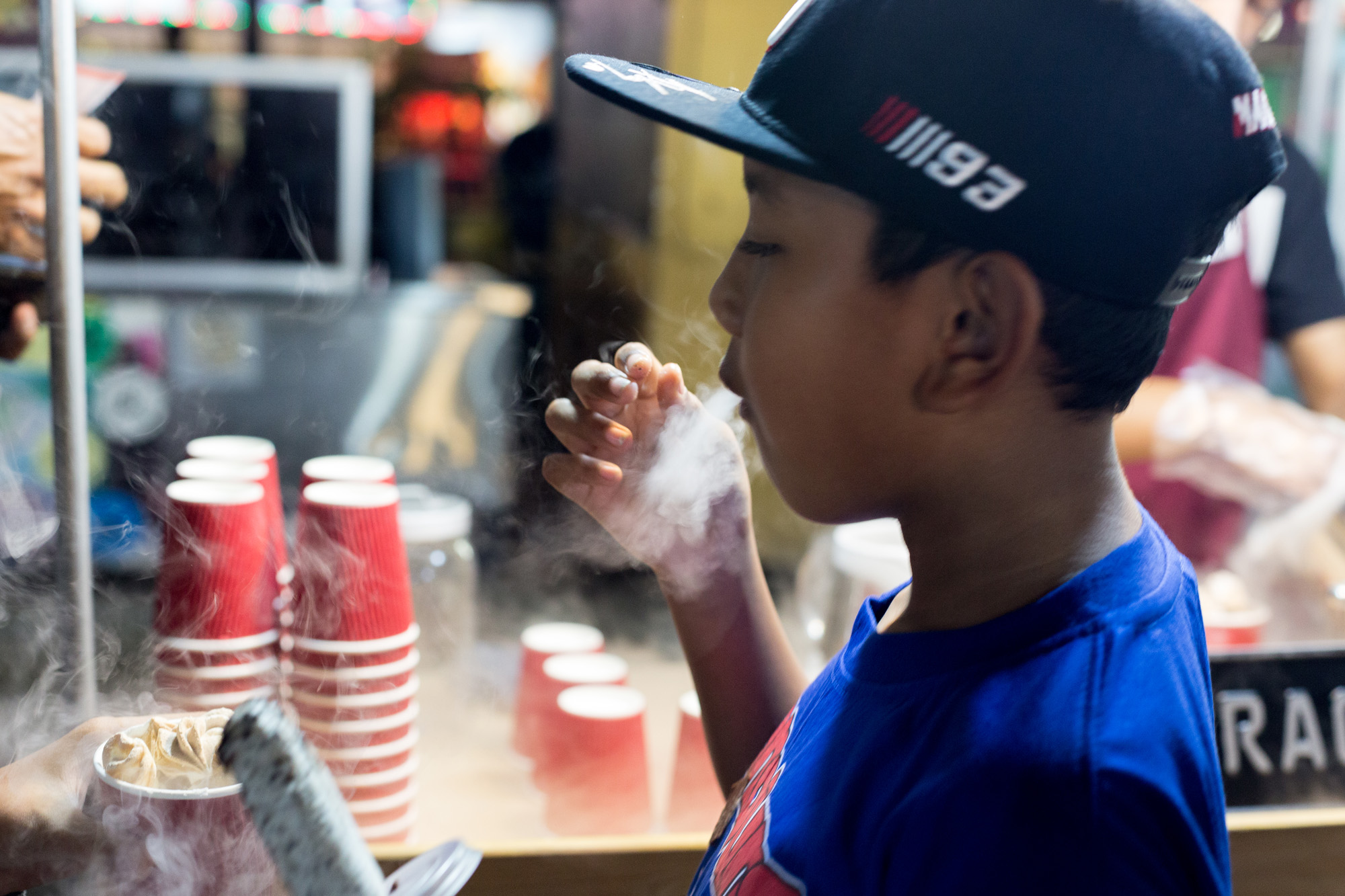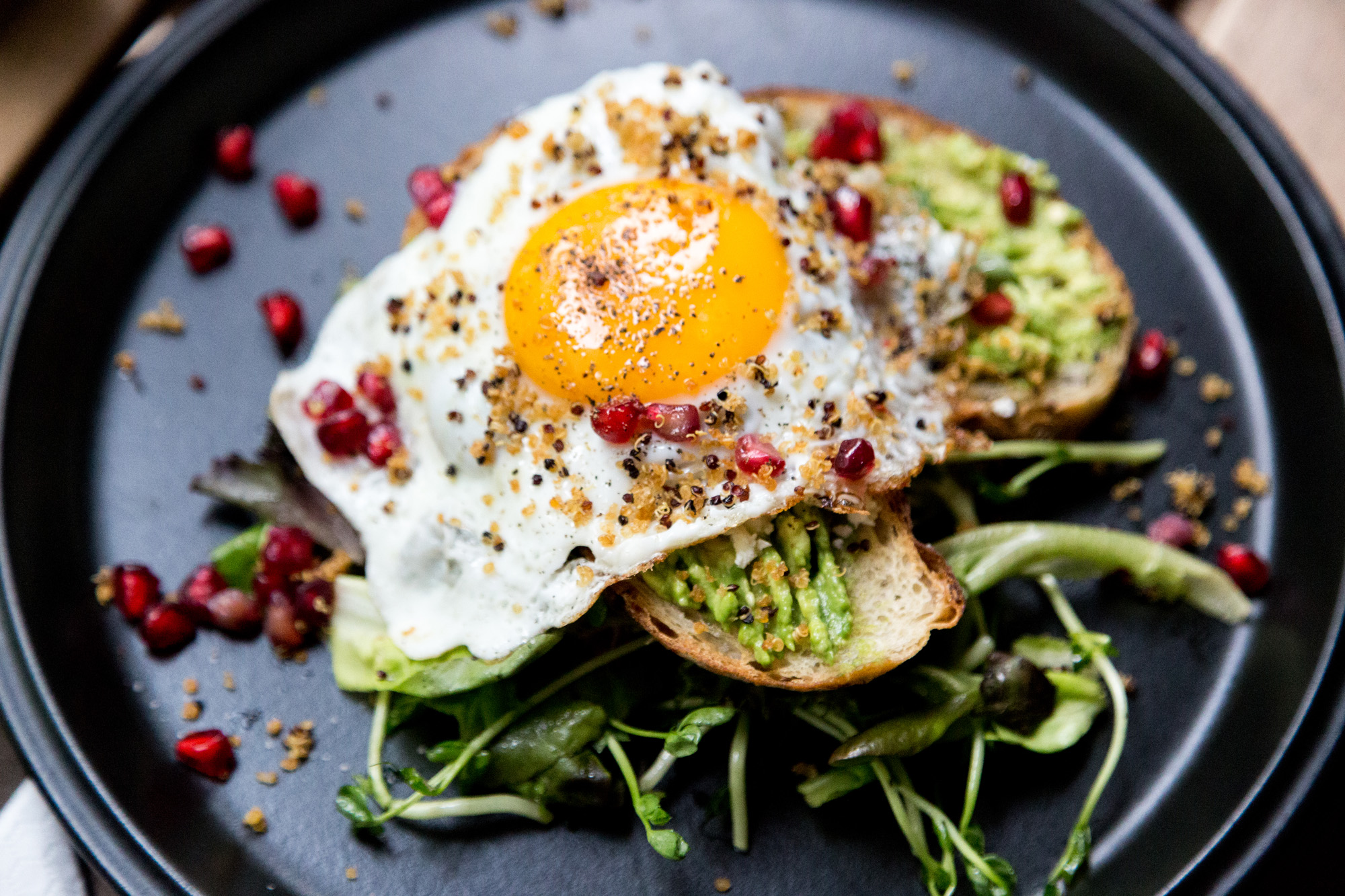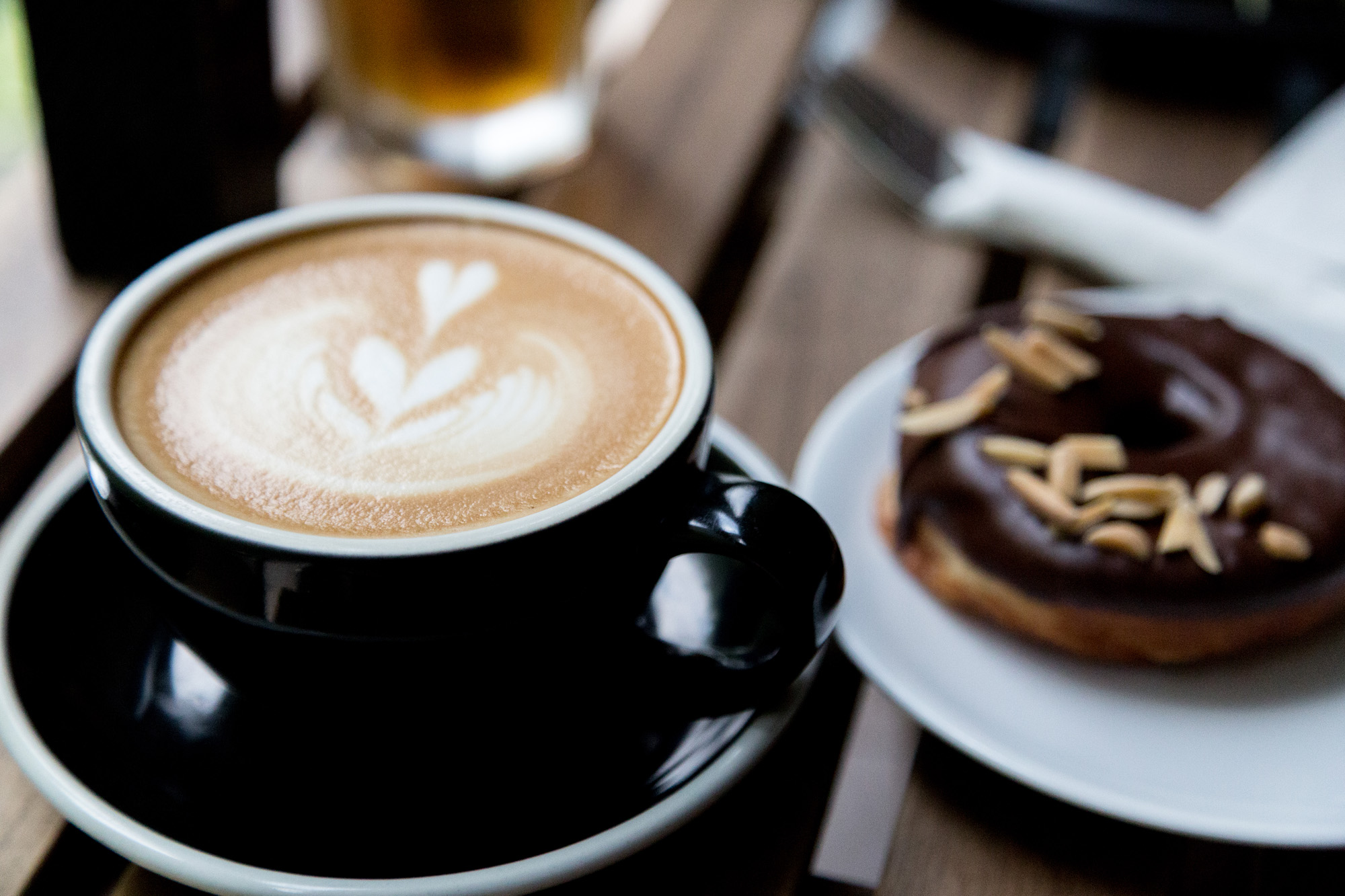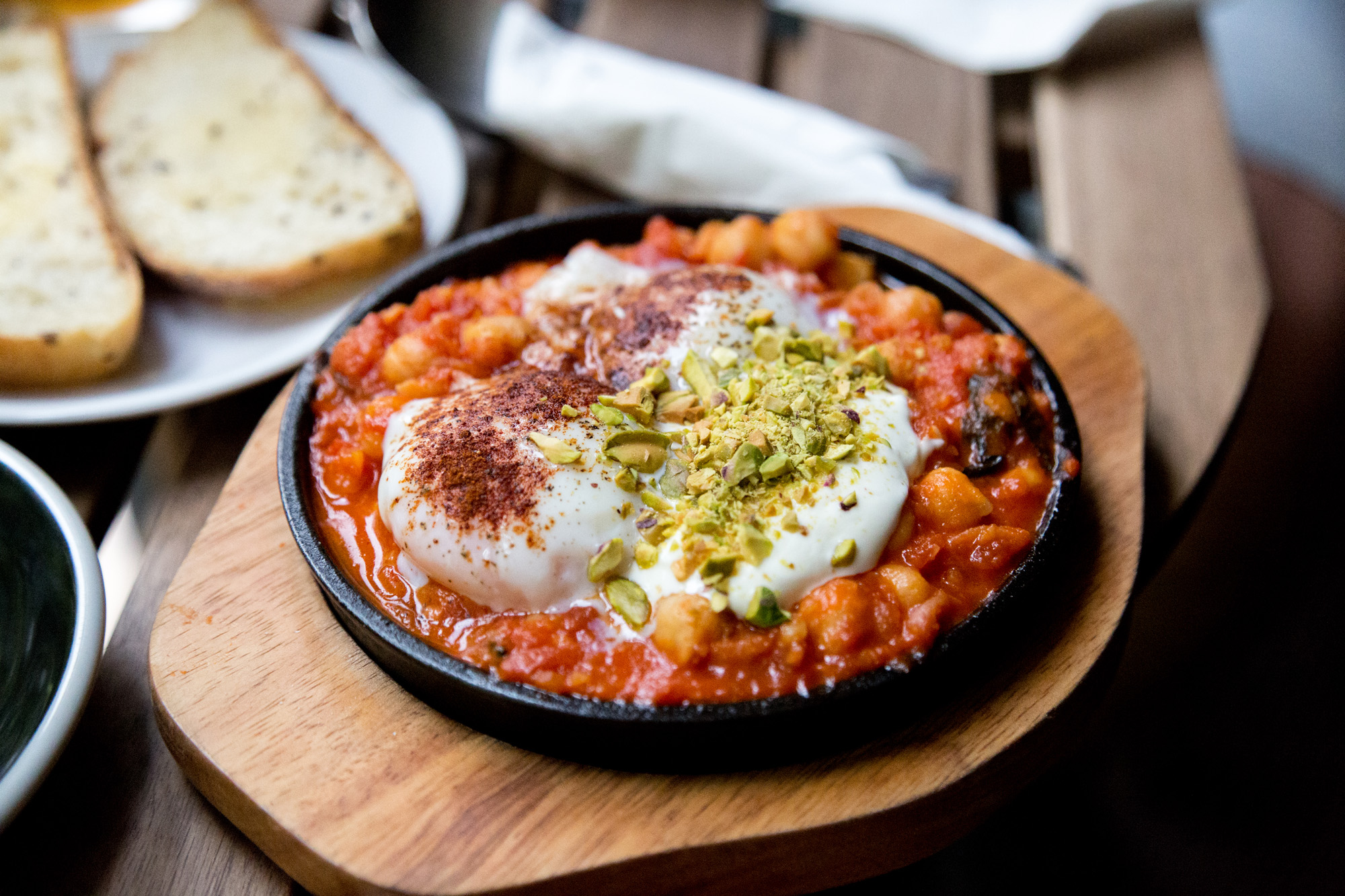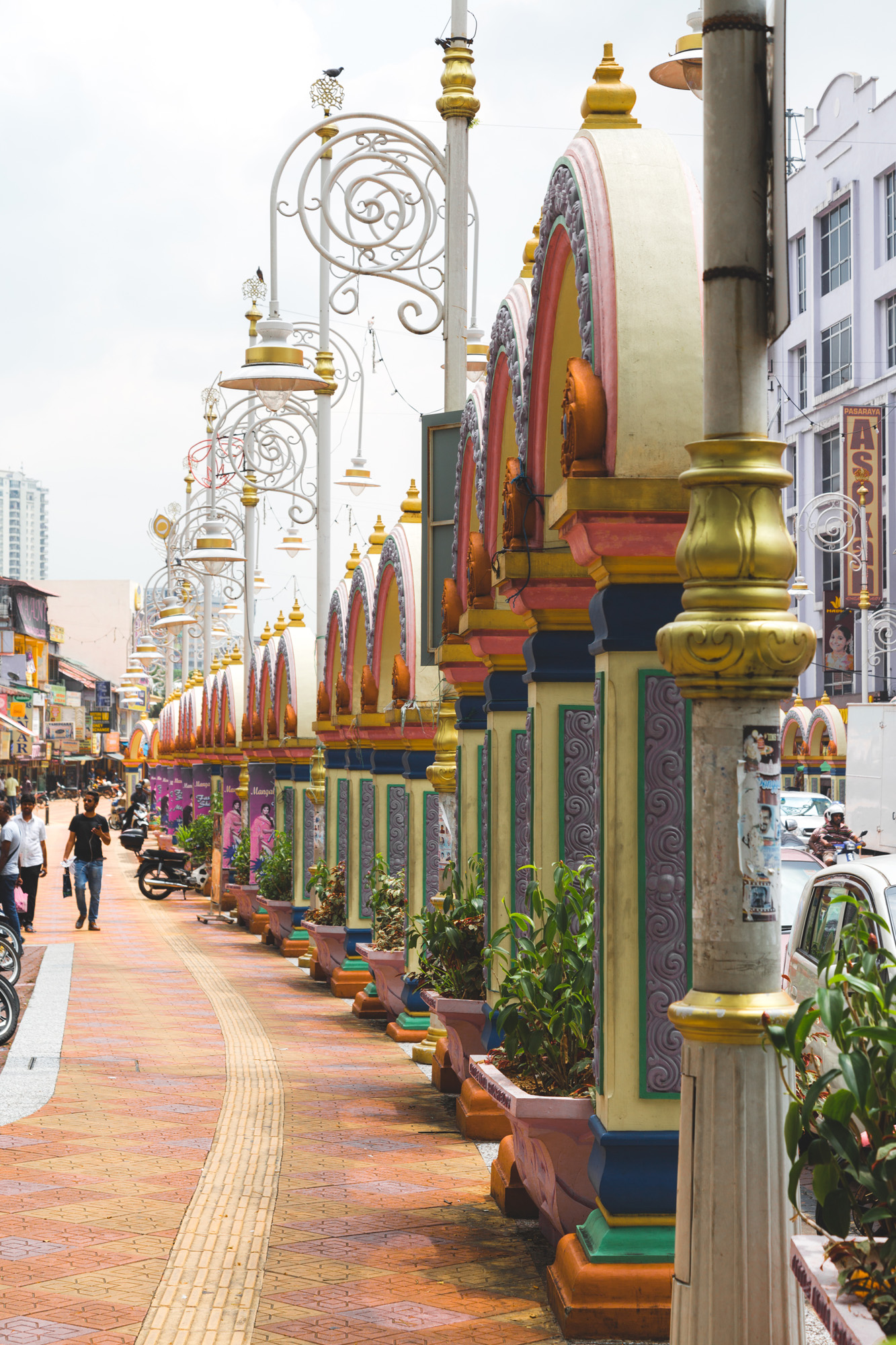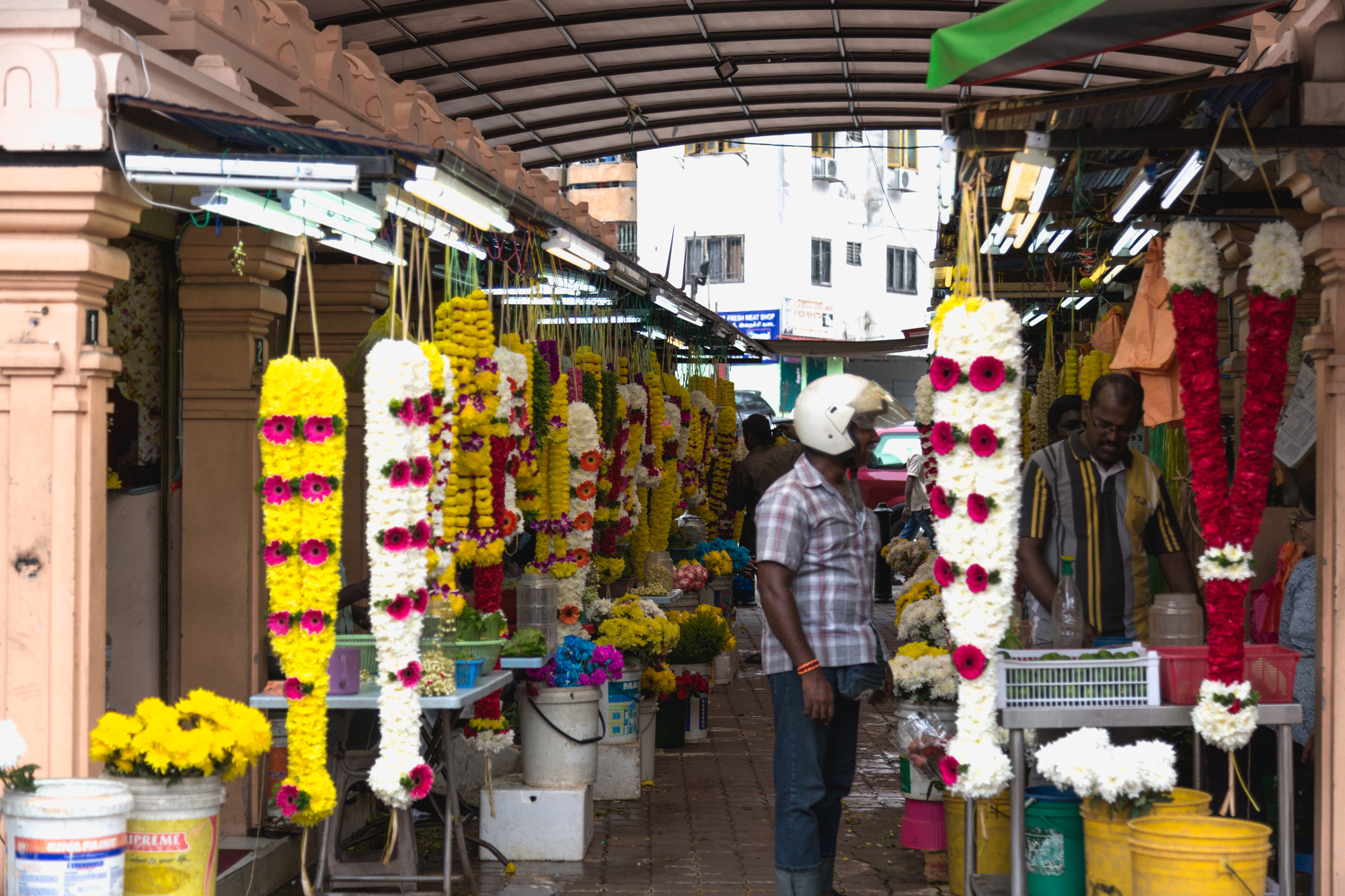"Muy Grande" is the first thing that comes to mind when describing Mexico city. Although, it can feel a bit intimidating at first, this is a very friendly tourist destination. Like any metropolis, Mexico City is filled with amazing art, museums and beautiful buildings, but somehow Mexico City feels different than every other city. Its streets are colorful, carrying the sound of cumbia and delicious smells of food from street carts. You will never see a place more dynamic and colorful than Mexico city!
The Tipsy Gypsies stayed in Mexico City about a week and there wasn't a day that we got bored. Check out our recommendations for Mexico City!
1. Centro Historico
The main plaza at the Centro Historico is the largest plaza in Latin America. It is surrounded by historical buildings as old as the 16th century. Unfortunately, Mexico city and it's beautiful buildings are sinking, due to the fact that this city was built on an ancient lake bed by the Aztecs. You can see the deterioration with your own eyes; some buildings have sunken more than a few feet on one side, leaving the structures looking crooked.
Perhaps the most fascinating site located in Centro Historico, is Templo Mayor. It's an ancient temple built by the Aztecs. When the Spanish arrived in Mexico in the 16th century, they tried to destroy the existing culture and one of the things the Spanish did was to build over of the aztec structures. The Temp Mayor was accidentally discovered by two workers in 1978, and it has been excavated since then. New discoveries to the site are constantly being made.
2. Palacio de Bellas Artes
We started our tour of Mexico city by visiting the Placio de Bellas Artes. It's hard to miss this grand, white marble building located near the historical center. Not only is the building itself gorgeous, but the museum inside is filled with beautiful murals, which are quintessential in Mexican art. Palacio de Bellas Artes is a good start to get aquatinted with the work of the great muralists like Diego Rivera, Siqueiros and many others. We are not going to link any pictures of the murals here because we feel like the pictures don't do justice for expressing the scale and beauty of these masterpieces. If you are interested you can also attend dance and music performances at the Palacio de Bellas Artes.
3. Chapultepec Castle
We visited this castle as per many guide books recommendations. We don't regret visiting this castle, but we were a bit frustrated to learn on arrival, that all the historical information was written in Spanish only. So if you love history like us, and would like to learn about this place, we recommend hiring a tour guide before going into this museum. The castle itself is very beautiful and well preserved. Since we couldn't understand any of the descriptions, we walked around enjoying the gardens and massive murals.
4. Xochimilco
This place is a lot of fun and is popular not only amongst tourists but locals also like coming here, especially on the weekends. What is Xochimilco? It's a series of canals where you can rent a boat and cruise around. It's not quite as glamorous as the Venice canals and gondolas in Italy, but in our opinion it's more fun. Where else can you get a giant 1.5L Michelada, buy food from vendors, and listen to the Mariachis on a boat? Only in Xochimilco!
We paid 500 pesos/per hour for the whole boat. Even though we came here during the week, and the place was dead we couldn't get a lower price. The best option is split the cost with other tourists around. Even thought this activity was a bit expensive, we enjoyed the whole experience.
The Tipsy Gypsies Tips: If you come to Xochimilco be sure to visit the nearby market Mercado de Xochimilco and try some of the local specialties, like grilled corn with cheese (Elotes) or tacos. This is the spot if you are hungry!
5. Try Pulque
Let's start with explaining what Pulque is. Pulque is an alcoholic drink made from a fermented agave plant. The consistency is a bit thick/viscous, but if you can get pass that, the taste is actually quite nice. Apparently, this drink had a bad reputation for a while and many traditional Pulquerias (a bar that serves Pulque) disappeared, but luckily it is making a come back!
Pulque comes in many different flavors: from the natural, white in color, to fruity like mango, coconut, savory like celery and even pistachio. Our friend told us that it's hard to get drunk from Pulque because the drink is almost like a meal itself, but we had 2 and fell asleep in our uber ride back home.
The best Pulqueria in Mexico City, in our opinion, is El Temple de Diana located in Xochimilco. This place is a true local's hangout. There is a very small sign on the building, and if you didn't know what this place was you would most likely walk by it. It's like a speakeasy, but its not trying to be one. You enter the bar through some very nondescript glass doors. The floor is covered with saw dust, which apparently helps to create extra absorption against the spit on the floor, and it is easier to clean the tiled floor underneath.
As we were drinking the Pulque, a three amigos band came into the Pulqueria. We paid them to sing a few songs for us an they were great!
We left the Pulqueria feeling happy and drunk.
6. Coyoacán Free walking Tour
We highly recommend signing up for the free walking tour of Coyoacan with Estacion Mexico. Our guide spoke perfect English, was very knowledgeable and took us to some cool spots that otherwise we would have not found on our own. The tour was about 10 people and we got to ask as many questions as we wanted. We loved it!
7. Hang out at Cafe Breria. Coffee shop and bookstore combined
These bookstores/coffee houses can be found all over Mexico city, and are very popular amongst the locals. We don't understand why this great concept is not trending anywhere else in the world.
The atmosphere is more relaxed than your typical restaurant. People come here to enjoy a quick snack or like us, a full meal. You will see couples on dates, business people and singles reading books. You are not obligated to buy any books but it is very tempting.
The Tipsy Gypsies Tips: Try their Pozole, a vegetarian chickpea soup. It's the best thing on the menu!
8. La Casa Azul Frida Kaho Museum
The Tipsy Gypsies are big fans of Frida Kahlo, and it was sort of a dream to visit La Casa Azul. The famous blue house, where the artist grew up and now it serves as a museum.
We tried to purchase the tickets online, but our US credit card was declined, therefore we had to wait about 30 minutes in line to buy the tickets at the museum. We arrived at the museum around noon, which was a bit late hence the long line to get in.
Although the museum was a bit crowded, it was very informative, inspirational and totally worth every penny and the wait. We also paid a bit more for the audio guide, so that we could learn more about the art, house and the fascinating life of Frida and Diego.
9. Museo Dolores Olmedo
Have we already mentioned how much we love Frida's work? There is another great museum, that not only features Frida's work but also her husband's Diego impressive art collection. At this museum you can view a private art collection that belonged to a wealthy woman, Dolores Olmedo. Dolores was an art collector and one of many Diego's lovers.
You can find many paintings here by the famous artist couple, Frida and Diego. One of the best features of this museum is the surrounding property. There are peacocks roaming around the gardens and you can see the "strange looking" hairless dogs here too. The museum it a bit outside the city, but it is an easy and cheap uber ride. Since it is a bit outside the city, you also won't find many tourists here.
Cameras are not allowed inside the museum, but you can take as many pictures as you wish of the gardens.
10. Visit the Art University
Academy of San Carlos, located near the historical center, is a great way to see what the talented art students are up too. When we got to the university there happened to be a nude drawing session, right in the middle of the courtyard near the entrance. We stayed till they kicked us out (just kidding nobody cared). Maybe you will get lucky to experience that too. The replicas of the famous sculptures displayed in the courtyard are all made by the students were very impressive!
There is a great free museum on the 2nd floor that you must visit here as well.
We want to say big thanks to our friend Rodrigo Nieto, whom we have met in Mexico city, and was our local guide. Thank you for showing us so many great places, taking your time and making our experience in Mexico City so amazing!!!
Muchas Gracias!!

